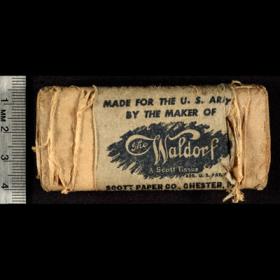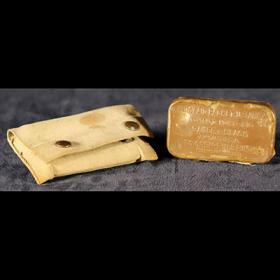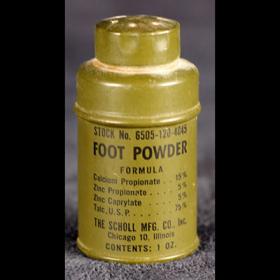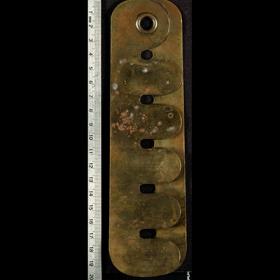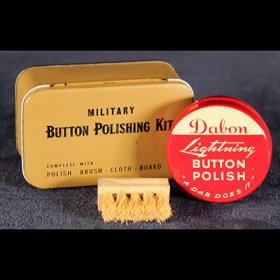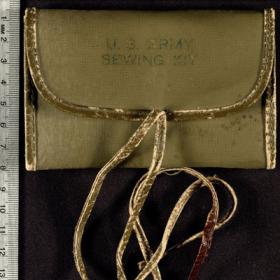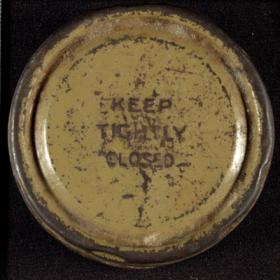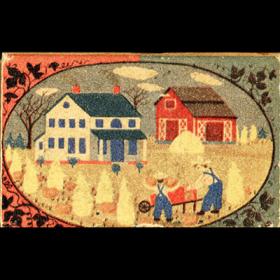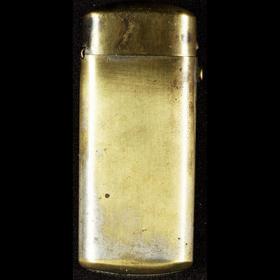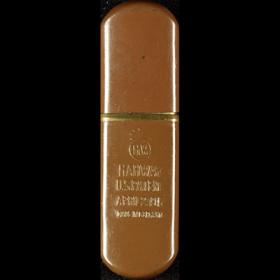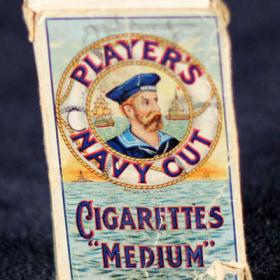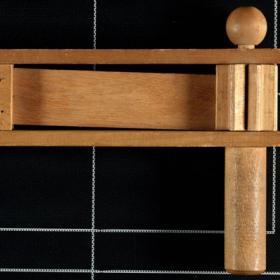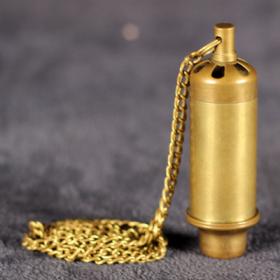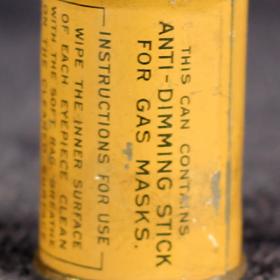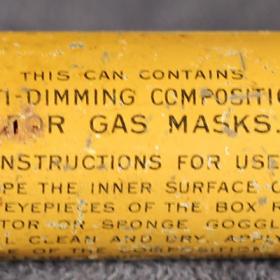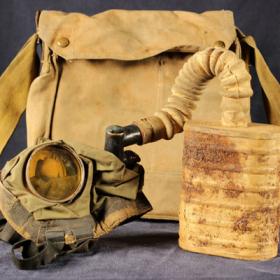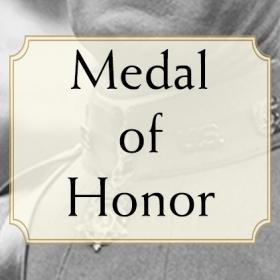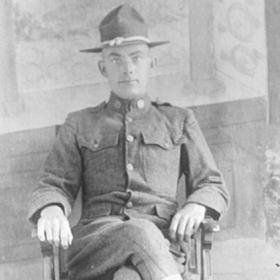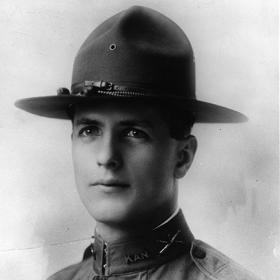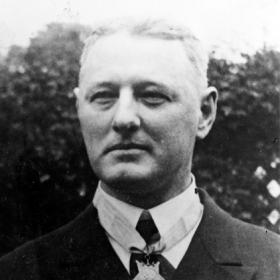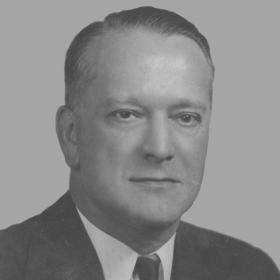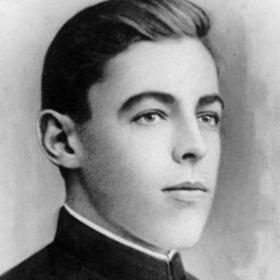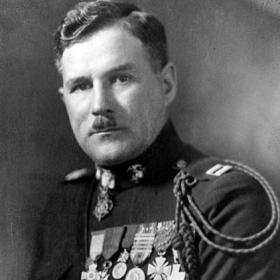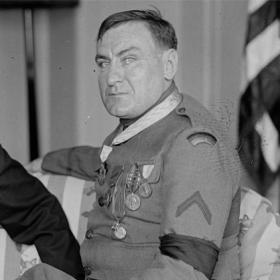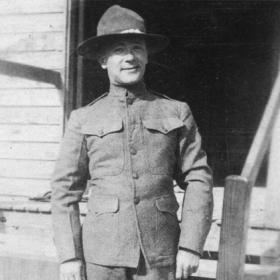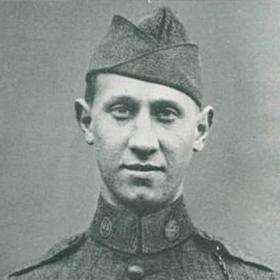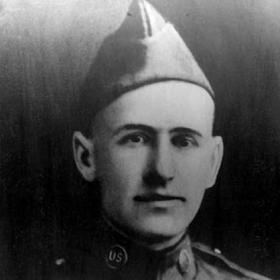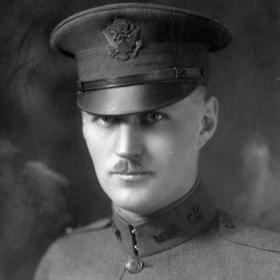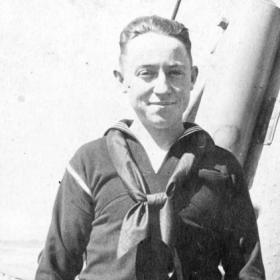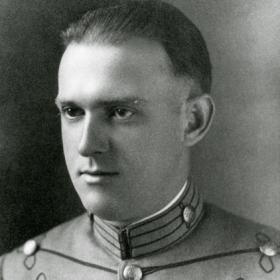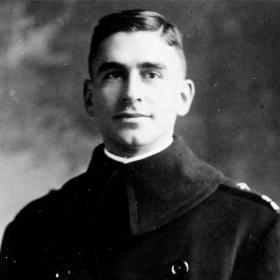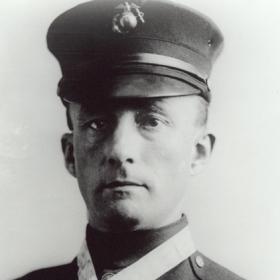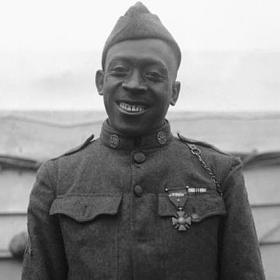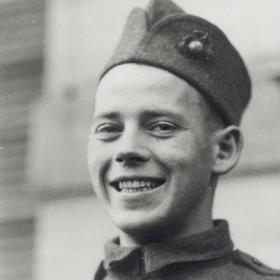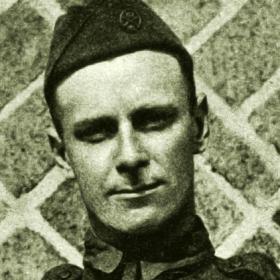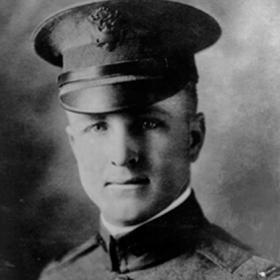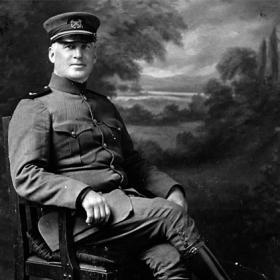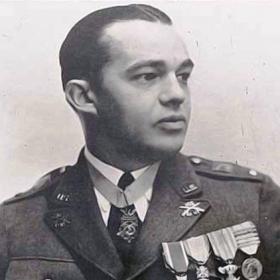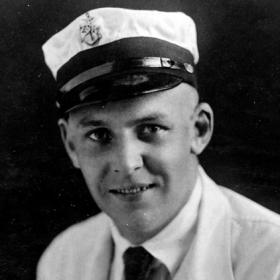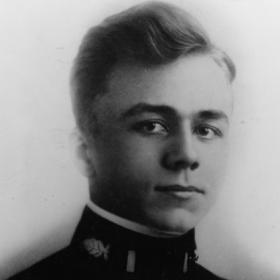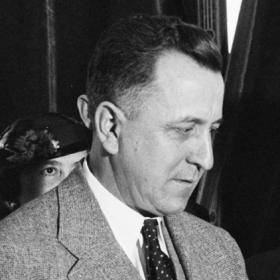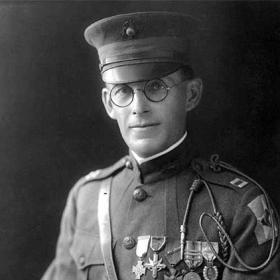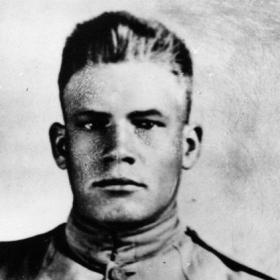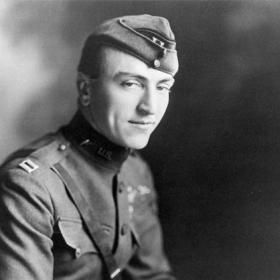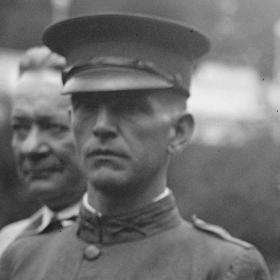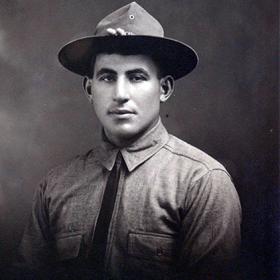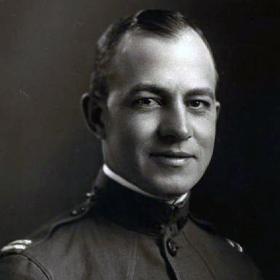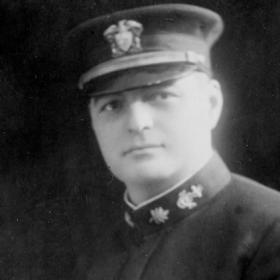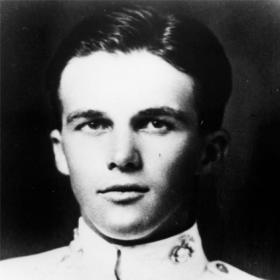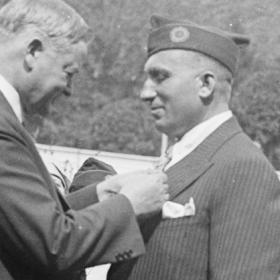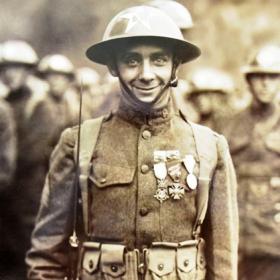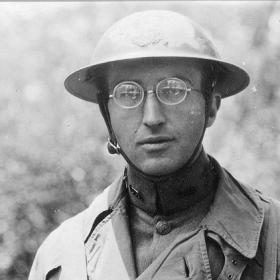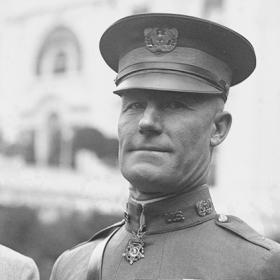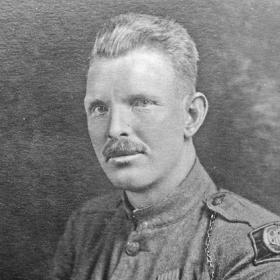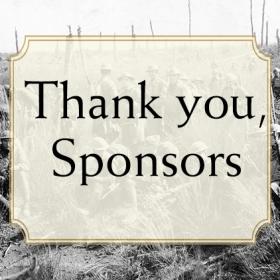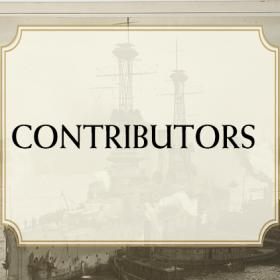Lest We Forget: Sailors, Sammies and Doughboys Over There in World War I
The Pritzker Military Museum & Library’s original exhibit, Lest We Forget: Sailors, Sammies and Doughboys Over There in World War I, explored the experiences of those who served in World War I and the role the United States played in ending the first global conflict. The exhibit featured photographs, maps, posters, rare books, artifacts and footage from the era. An audio tour provided greater context to the war as well as feature readings from the letters and journal entries from soldiers who served.
Illinois in the War
Learn about the various ways Illinois contributed to the war effort. Learn more
WWI Music
Listen to and learn more about the scores created during the Great War. Listen
Medal of Honor
Learn about some of the men who were awarded the highest award for valor for their actions in WWI. Learn more
Trench Art
Explore trench art from World War I. More
Rare Books
Explore rare books from World War I, from the collections. Explore
Artifacts
Explore artifacts from World War I. More
WWI Collections
Explore the thousands of books, artifacts, and programs about WWI in our collections and learn more about the war in the WWI microsite. Visit the microsite

Lest We Forget
Learn more about the Museum & Library's latest exhibit, Lest We Forget: Sailors, Sammies and Doughboys Over There in World War I.
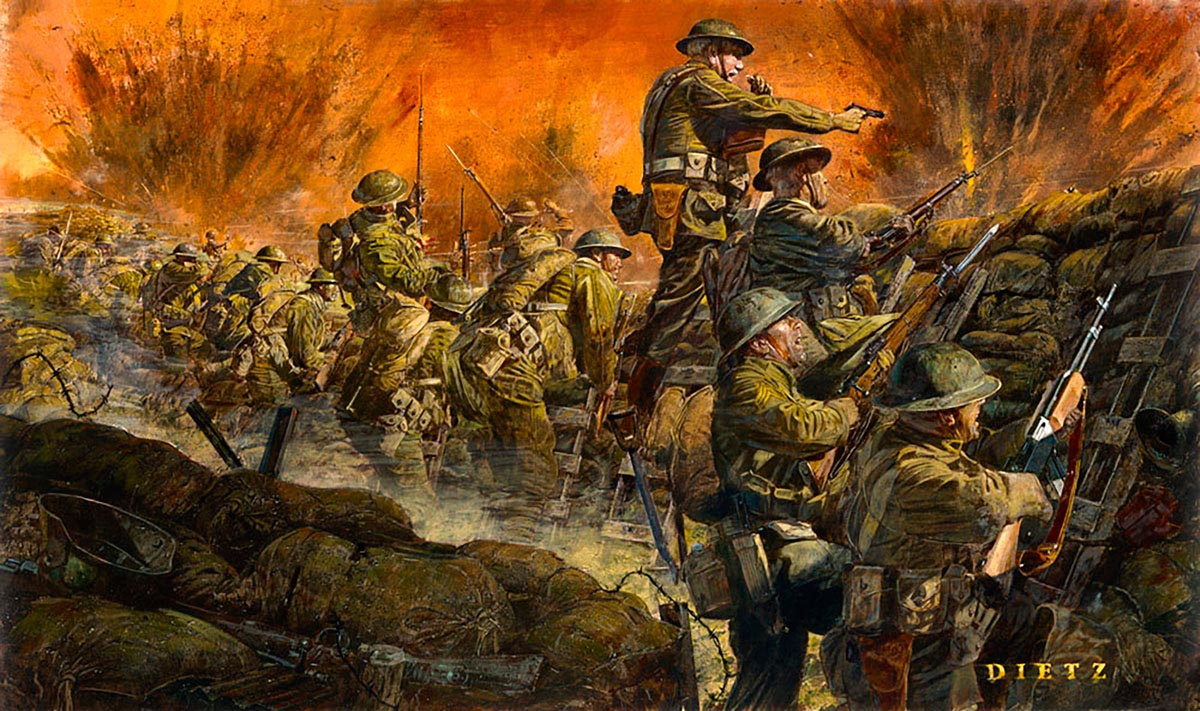
On The Step: The 131st U.S. Infantry at Chipilly Ridge
On August 9, 1918, the 131st United States Infantry’s commanding officer Colonel Joseph B. Sanborn, age 62, led his men to victory at Chipilly Ridge, France, against seasoned German soldiers.
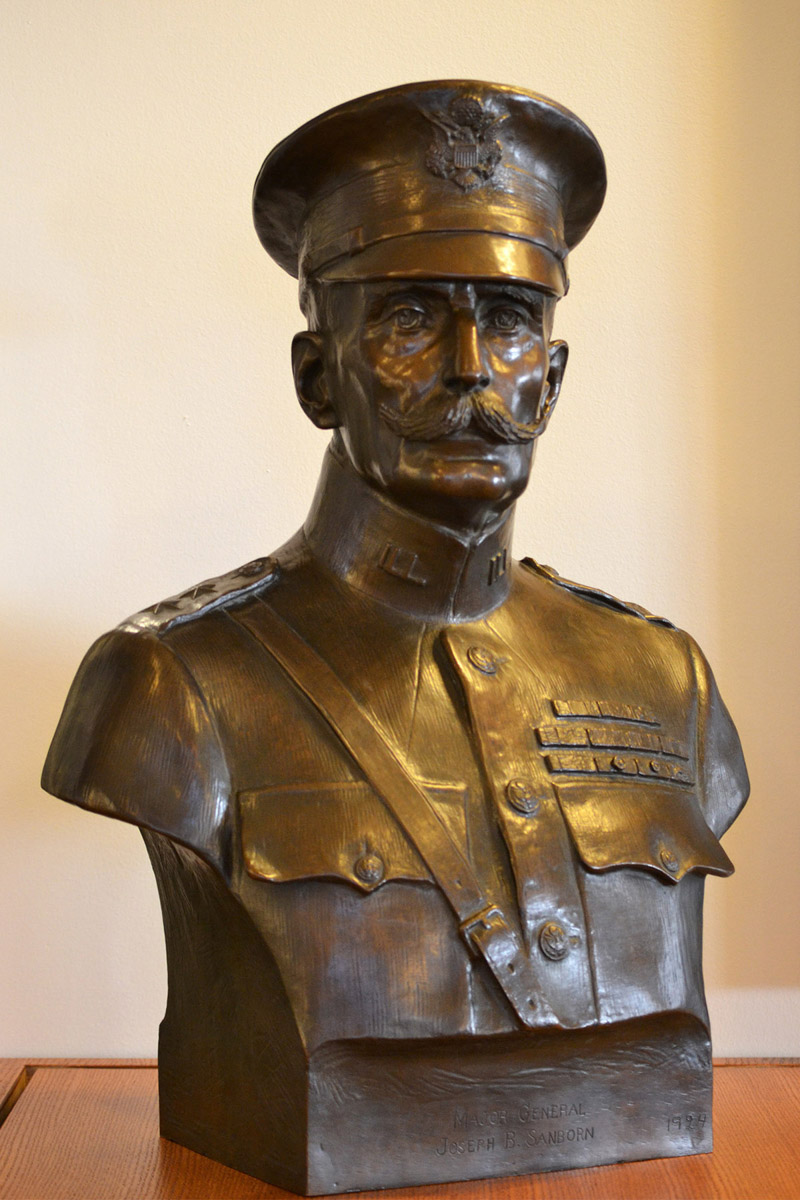
Bust of Major General Joseph B. Sanborn
This bust of then Major General Joseph Sanborn is on loan from the Illinois State Military Museum.
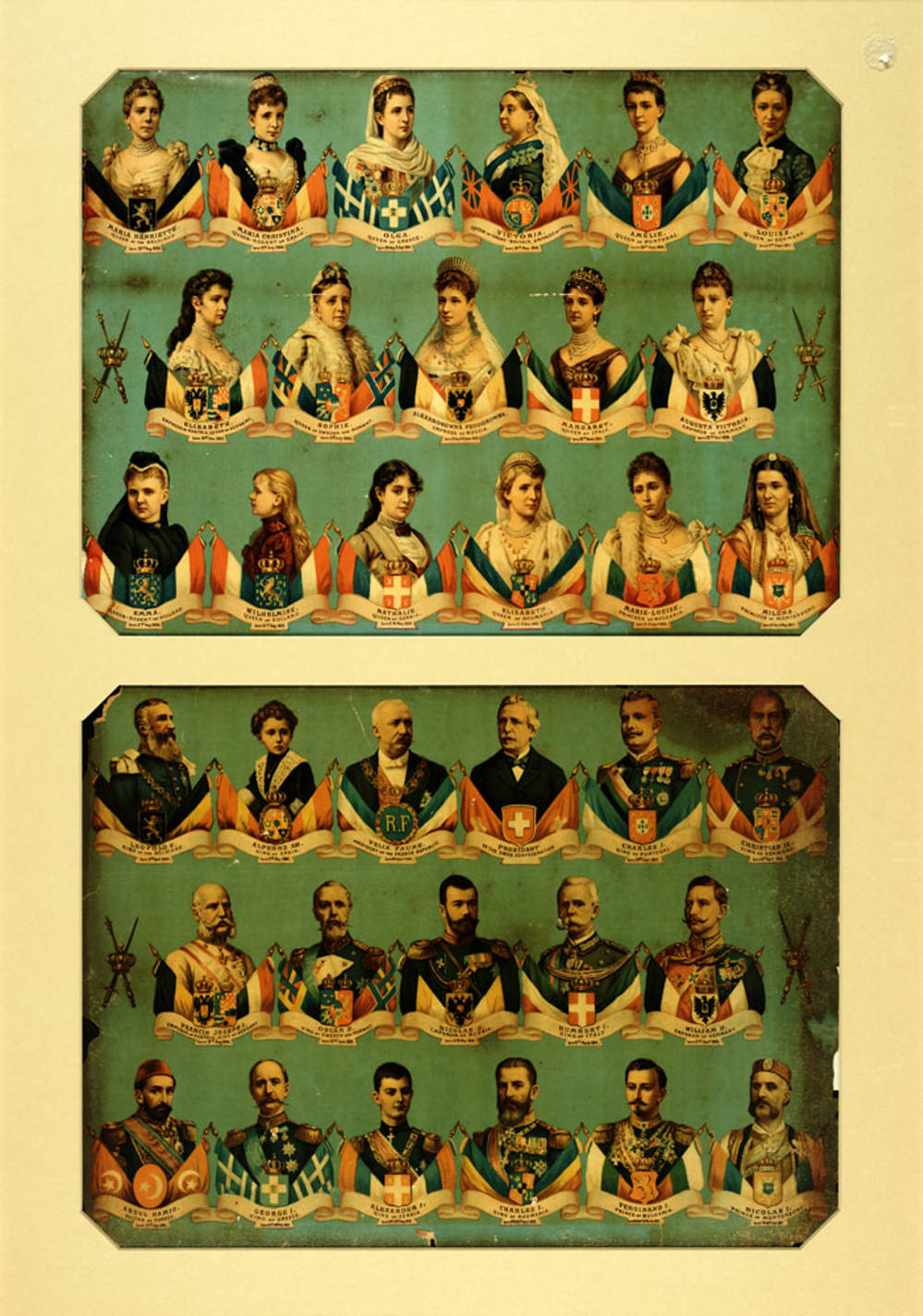
European Royalty ca. 1895
Many monarchs of countries in both alliances were closely related as dependence from either Queen Victoria of England, King Christian IX of Denmark, or both. Kaiser Wilhelm II of Germany, Czar Alexander I of Russia, and King George V of England were cousins.
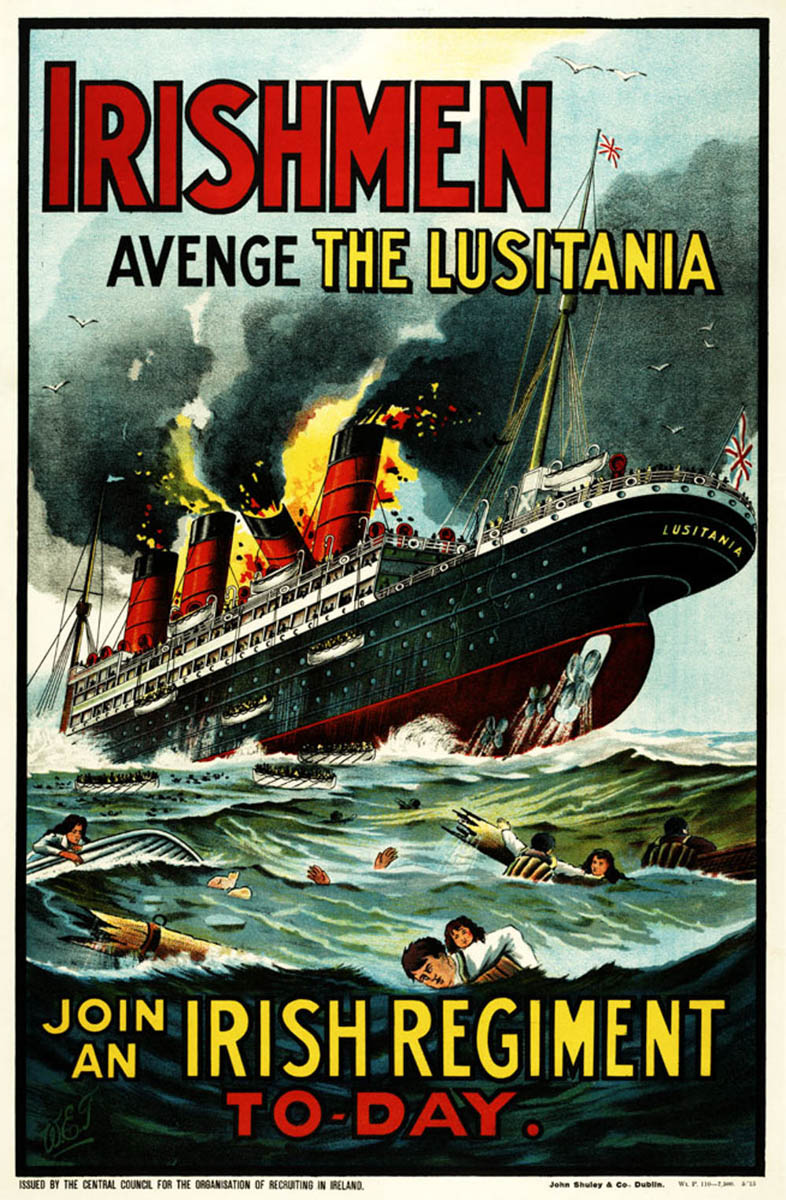
Irishmen Avenge the Lusitania
On May 7, 1915, German submarine, SM U-20 sank the British ocean liner RMS Lusitania off the coast of Ireland.
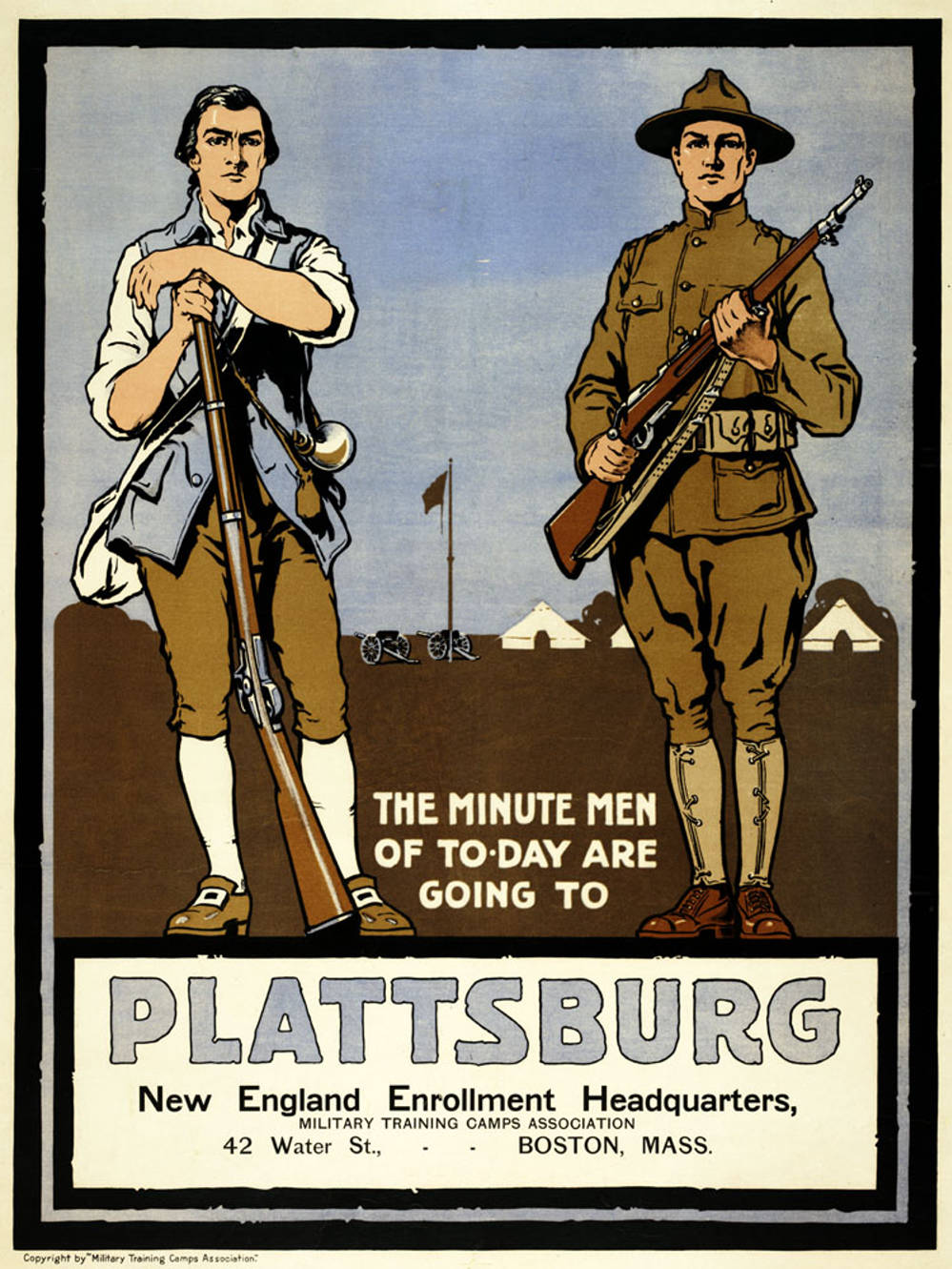
The Minute Men of To-Day are Going to Plattsburg
The Preparedness Movement began with a series of summer training camps in 1915 including one at Plattsburg, New York and culminated in the National Defense Act of 1916.
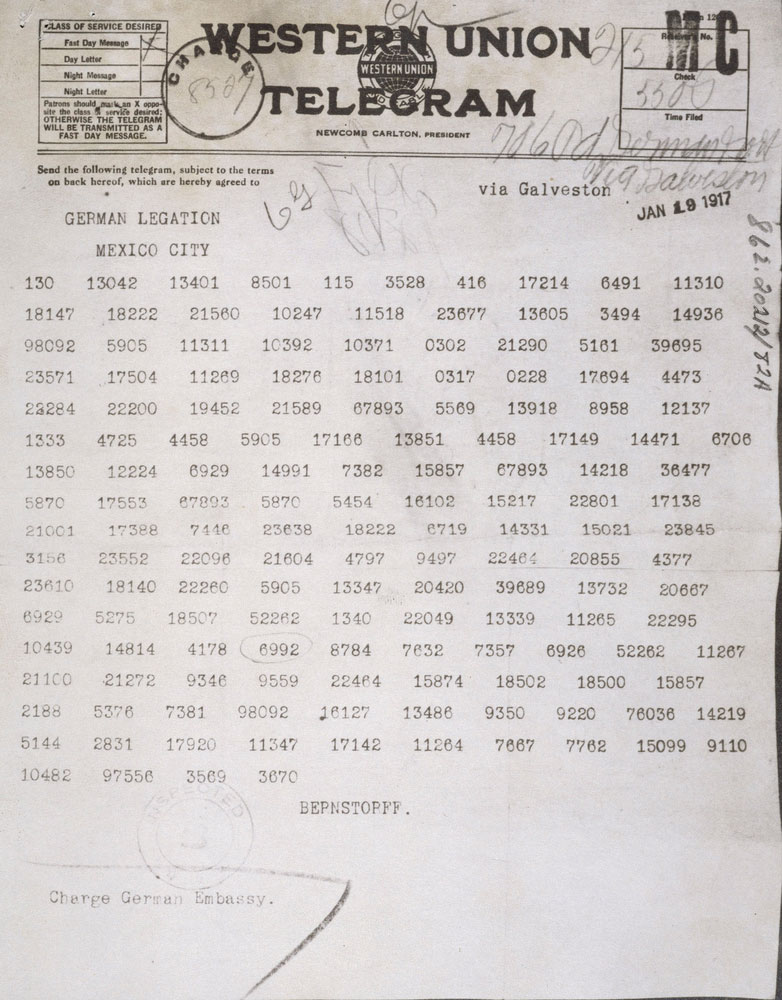
Zimmermann Telegram
The Zimmermann Telegram refers to a telegram sent by German foreign secretary, Arthur Zimmermann to the German ambassador to Mexico, Count Johann von Bernstorff.
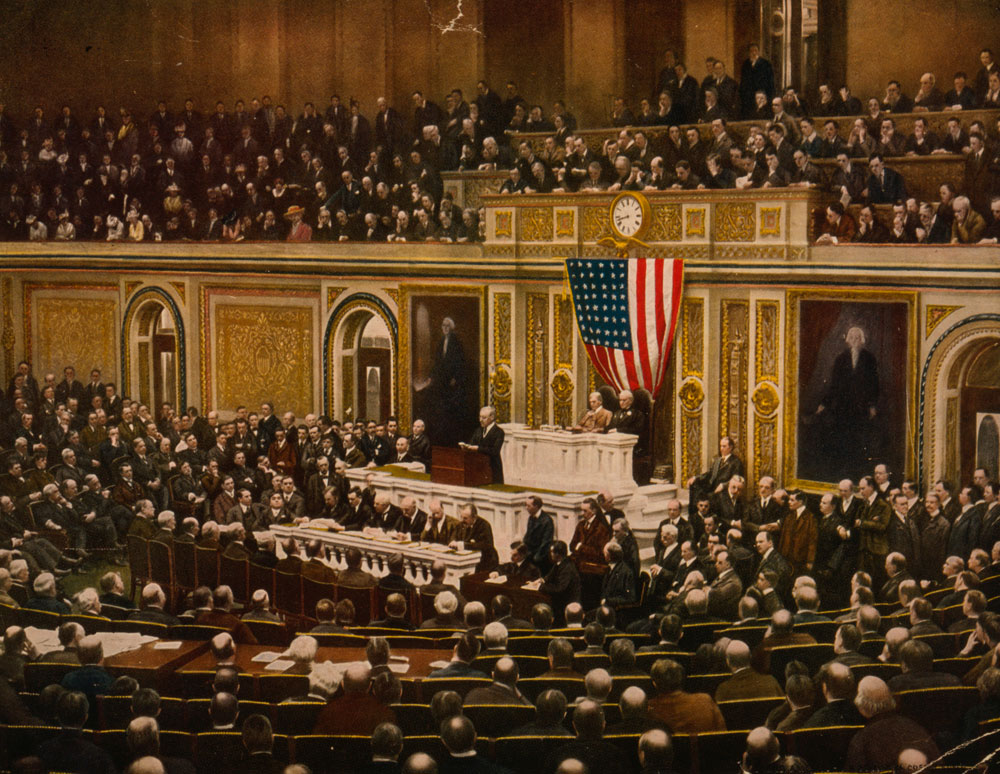
President Woodrow Wilson Addressing Congress
On April 2, 1917, President Woodrow Wilson stood before a special joint session of Congress to deliver a speech asking for a declaration of war against Germany.
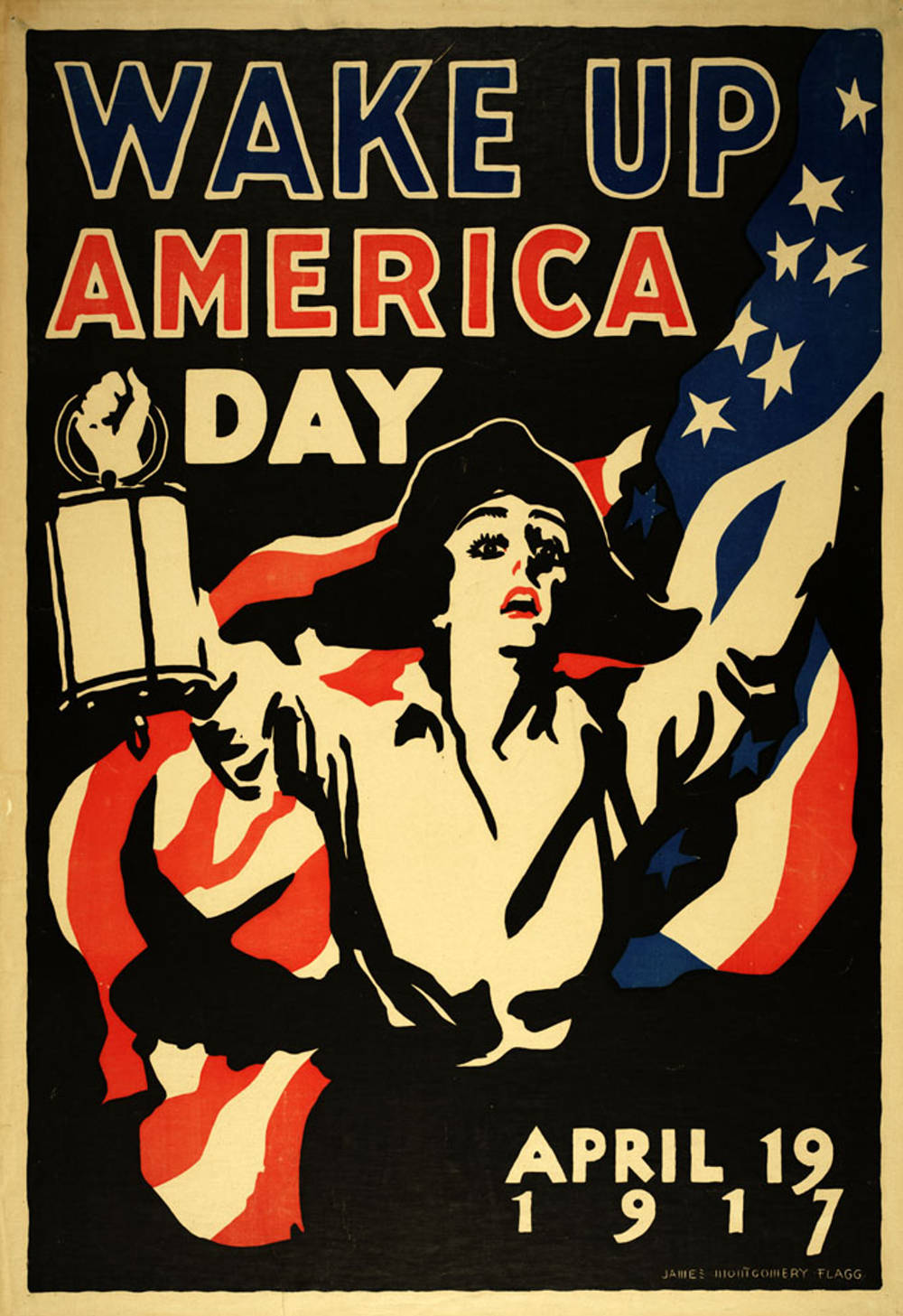
Wake Up America Day
Created by the Mayor’s Committee for National Defense of New York City, Wake Up America Day was designed to encourage enlistment in the military for World War I.
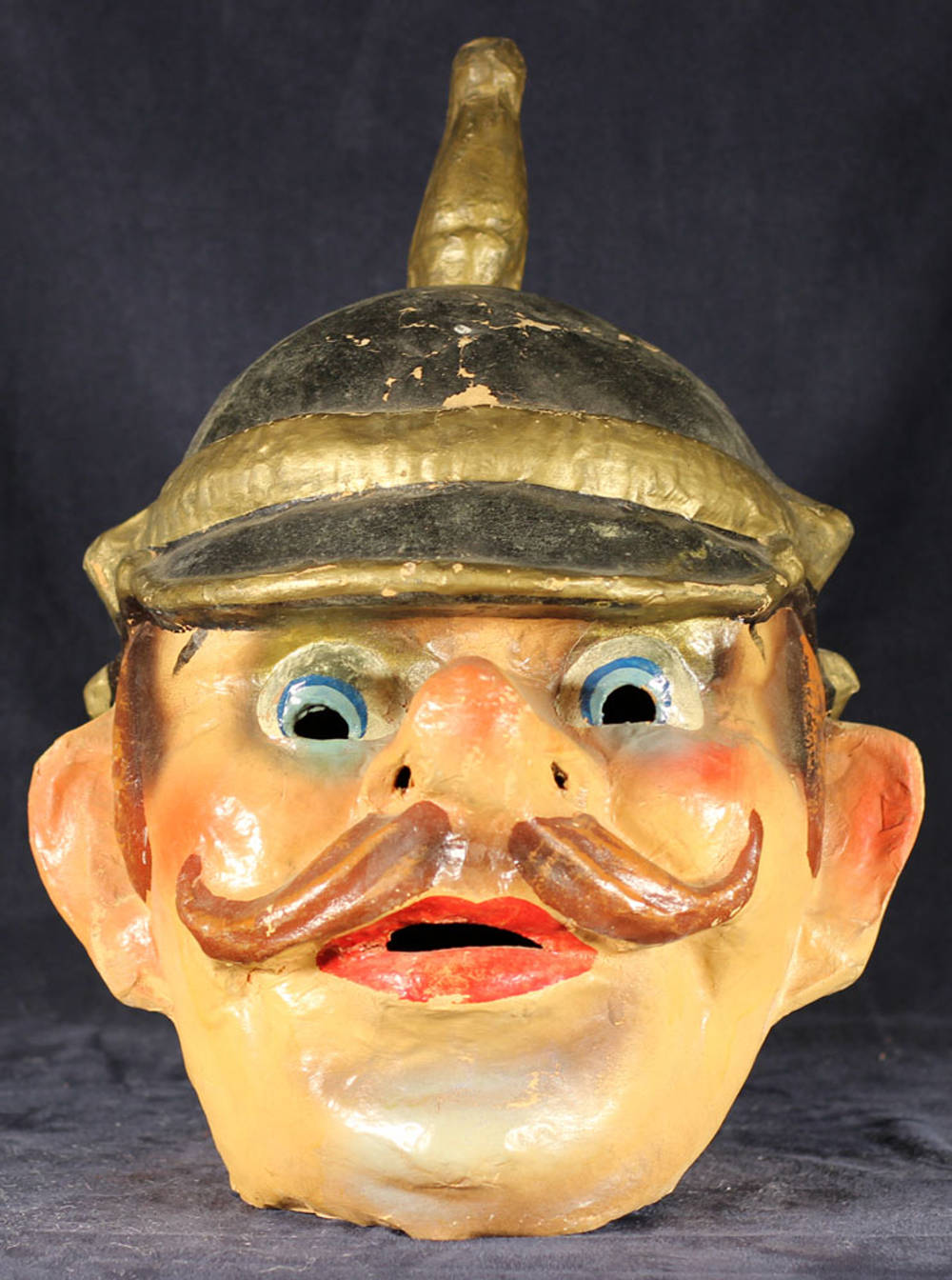
Mask of Kaiser Wilhelm II
A mask like this one of Kaiser Wilhelm II might have been worn on a float or during a play as a way to mock the German monarch.
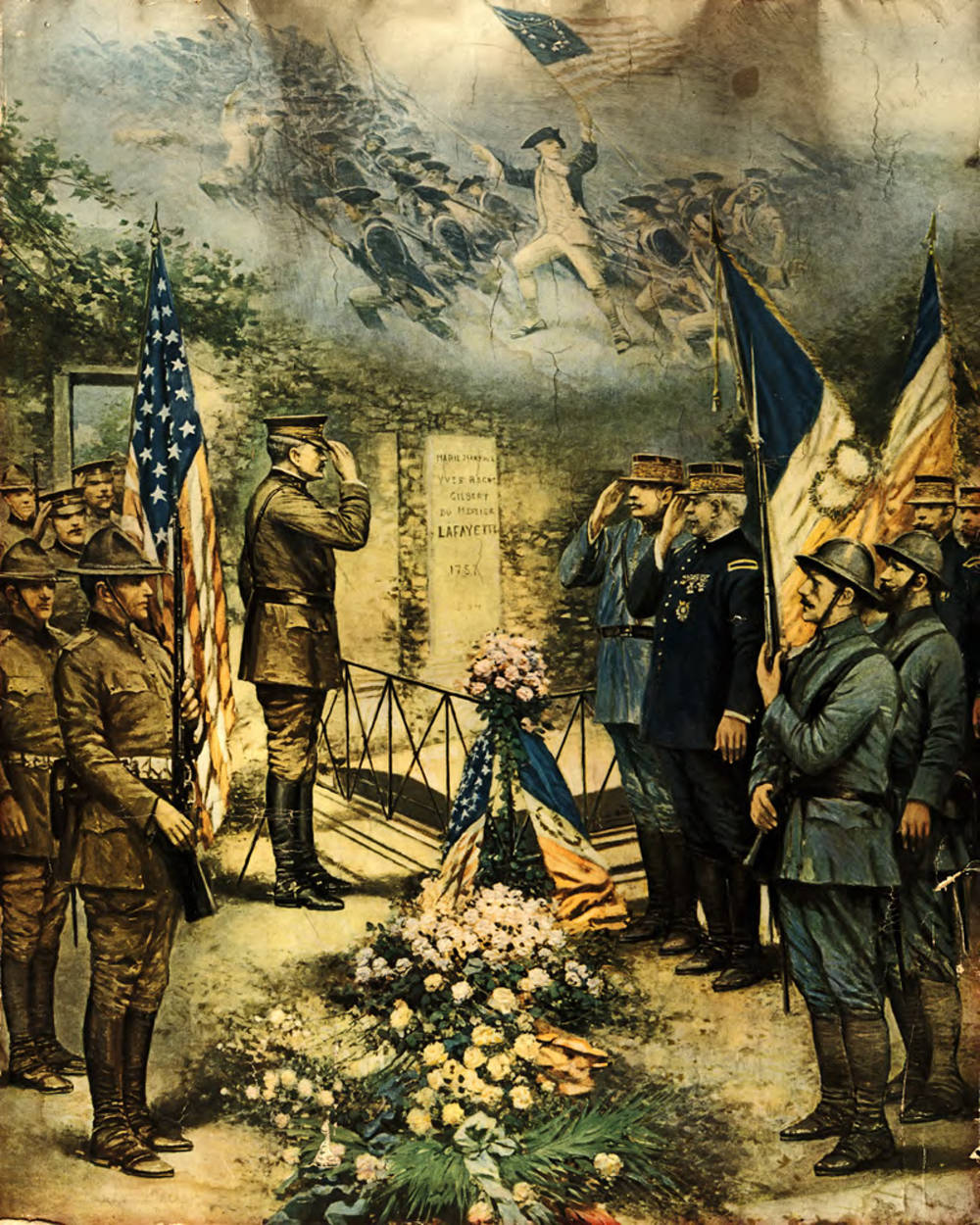
Lafayette, We are Here
On July 2, 1917, United States troops made a symbolic march through Paris ending at the grave of the Marquis de Lafayette, who had convinced the French to aid in the American Revolution.
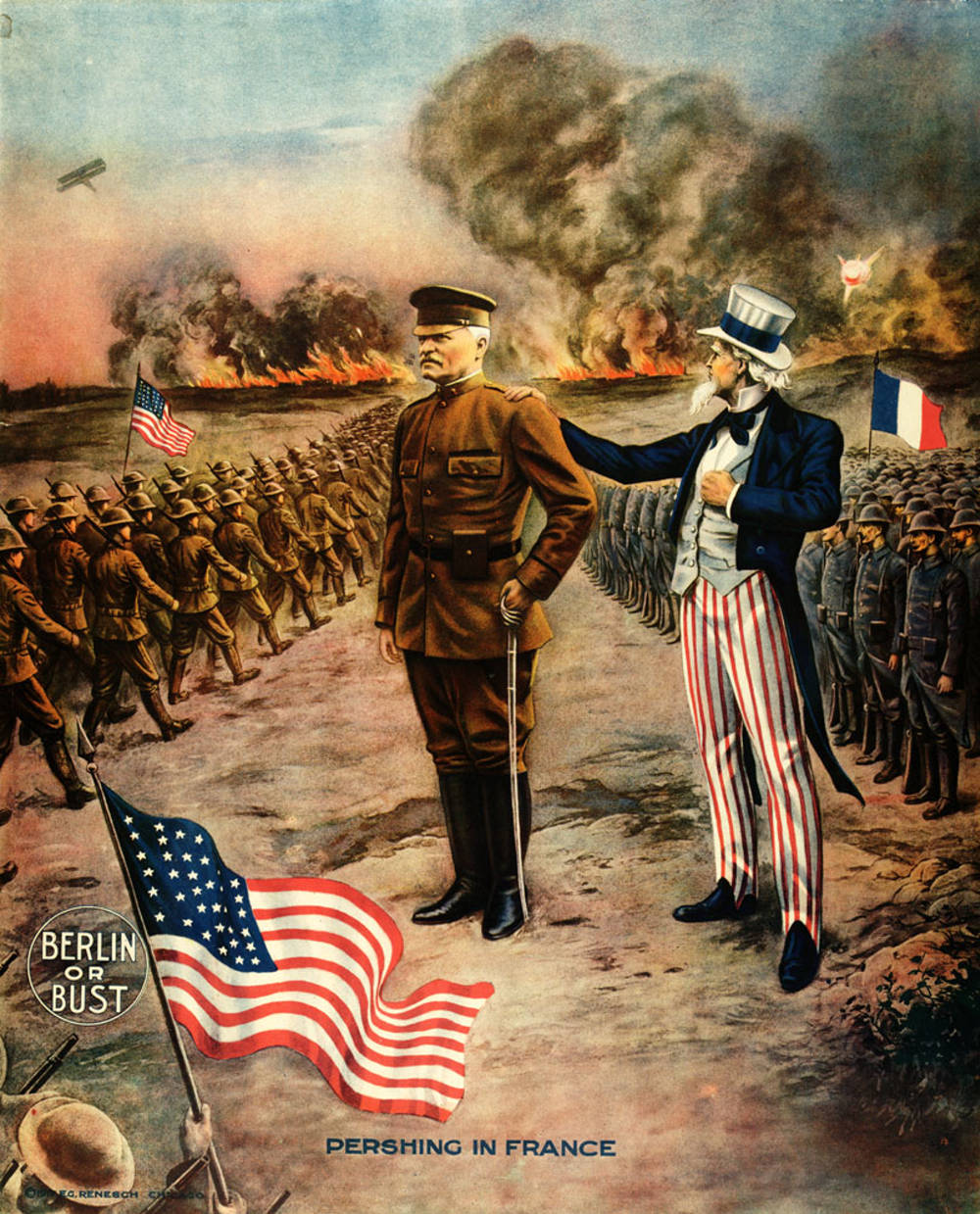
Pershing in France: Berlin or Bust
On May 10, 1917, President Woodrow Wilson appointed General John J. Pershing the Commander of the American Expeditionary Forces.
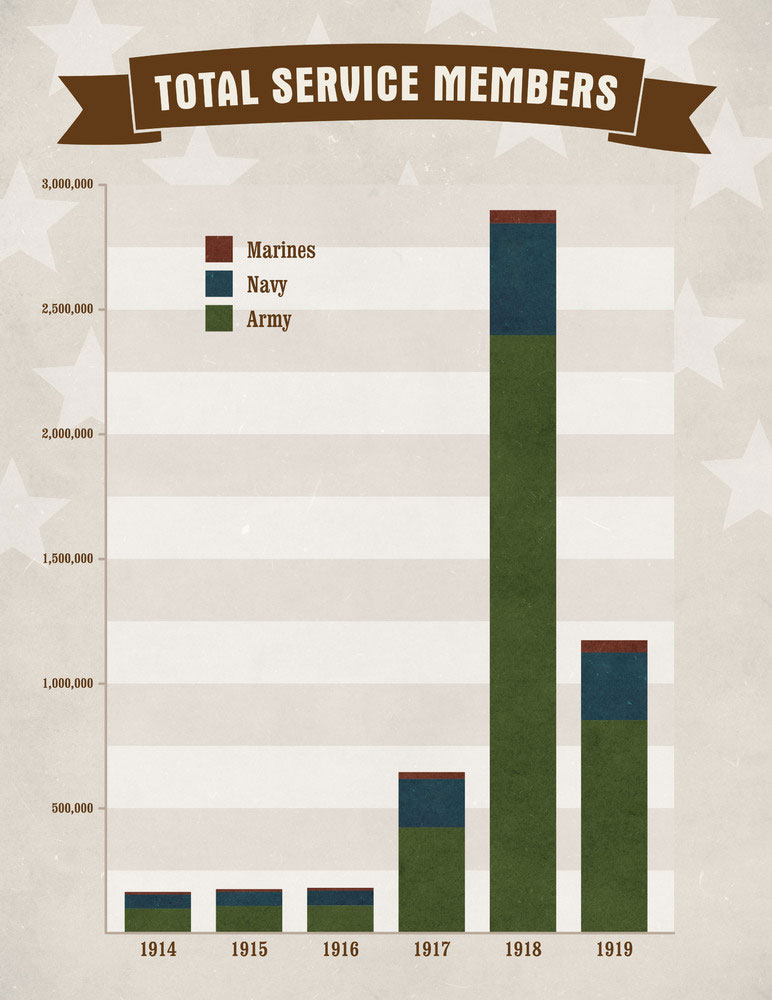
Troop Levels
Prior to entry into World War I, the United States had a small standing army.
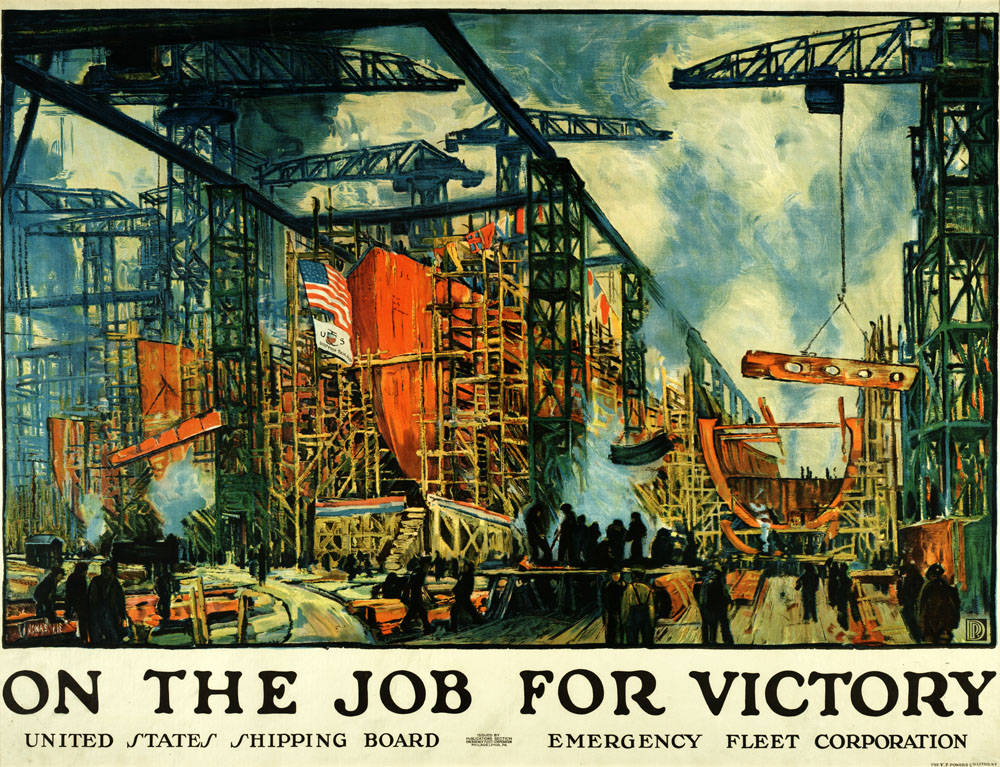
On the Job for Victory
The Emergency Fleet Corporation requisitioned shipyards and ships under construction for the war effort.
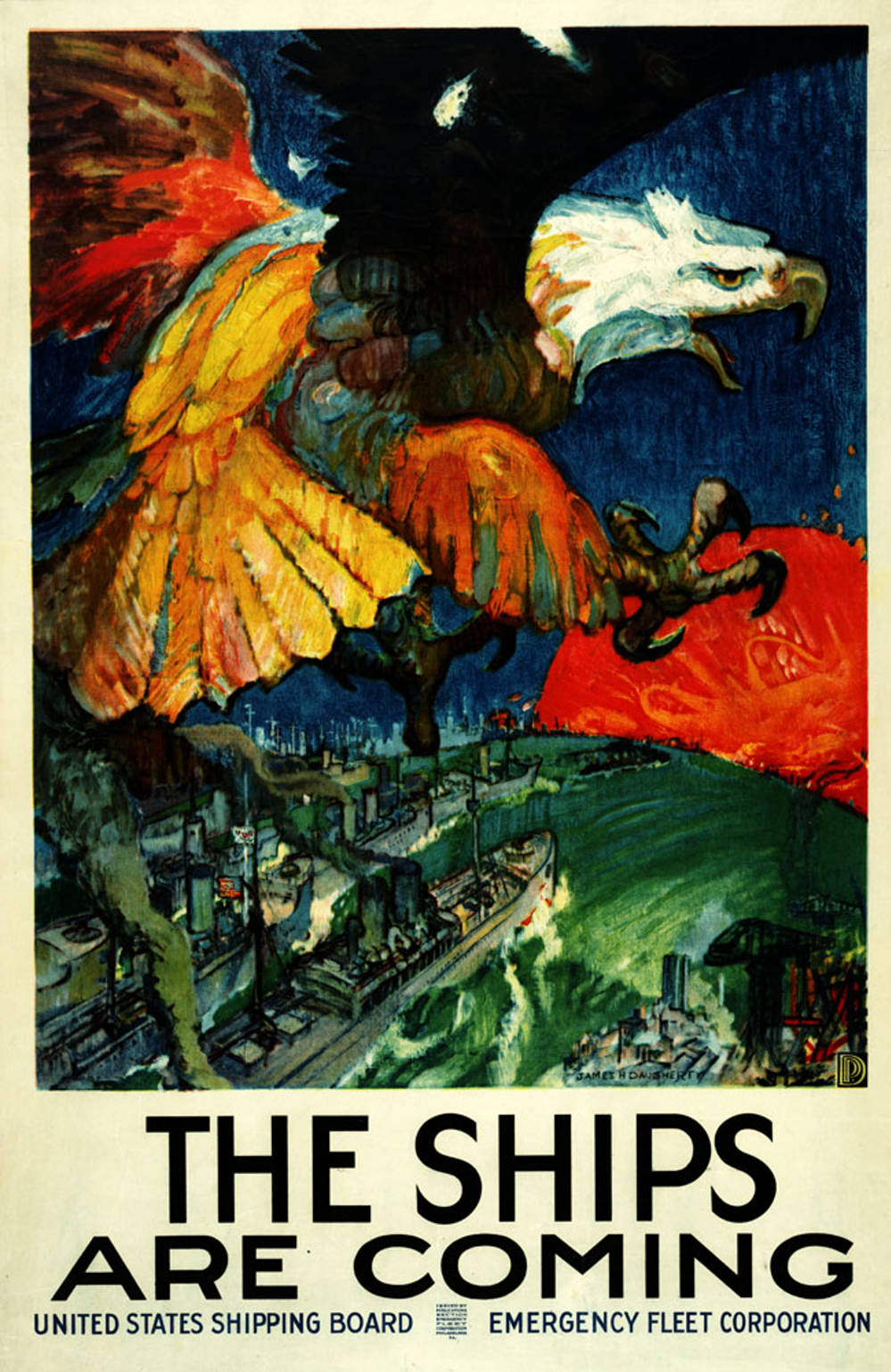
The Ships are Coming
On April 16, 1917, the United States Shipping Board created the Emergency Fleet Corporation to acquire, maintain, and operate merchant ships to meet commerce needs during World War I.
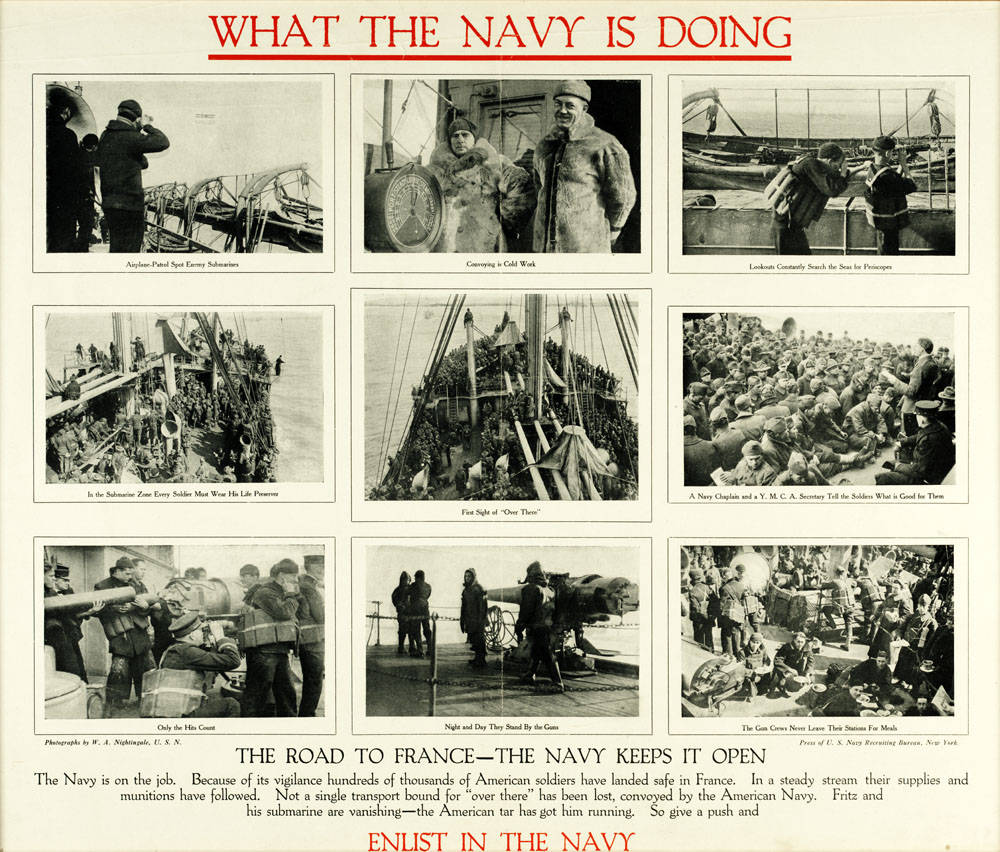
What the Navy is Doing: The Road to France
In June 1917 the United States had only 14,000 service members stationed in France. However, by May 1918, over one million United States service members were stationed in Europe.
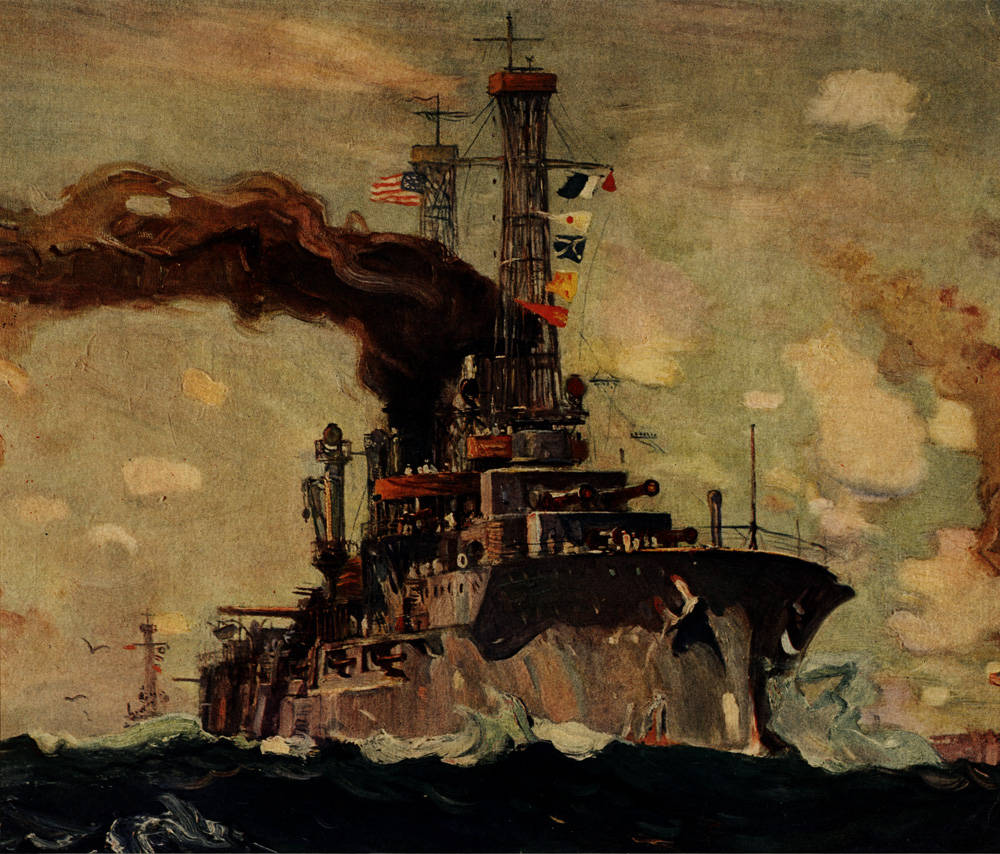
Battleships
Although the United States Navy was not fully prepared for war, the Navy ships on the water at the time of the declaration immediately joined the Allies’ war effort.
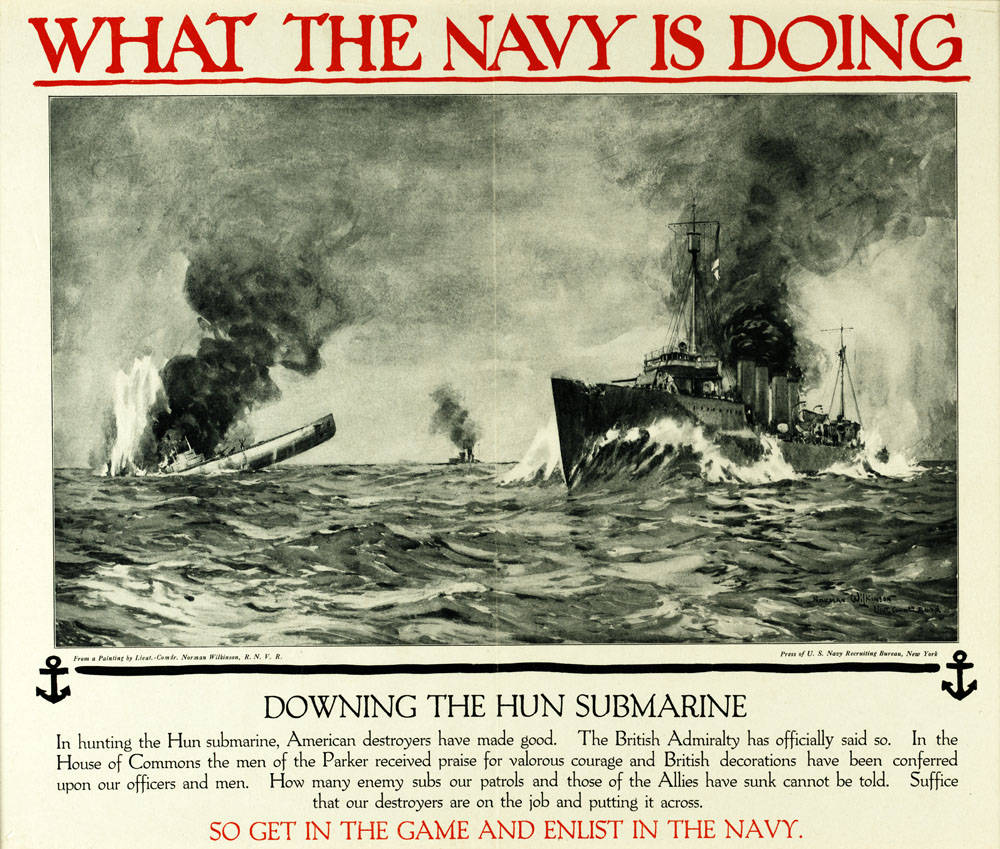
What the Navy is Doing : Downing the Hun Submarine
German submarines sank more ships in April 1917 than at any other point during World War I. As a result, the United States Navy adopted a convoy system of ships escorted by destroyers.
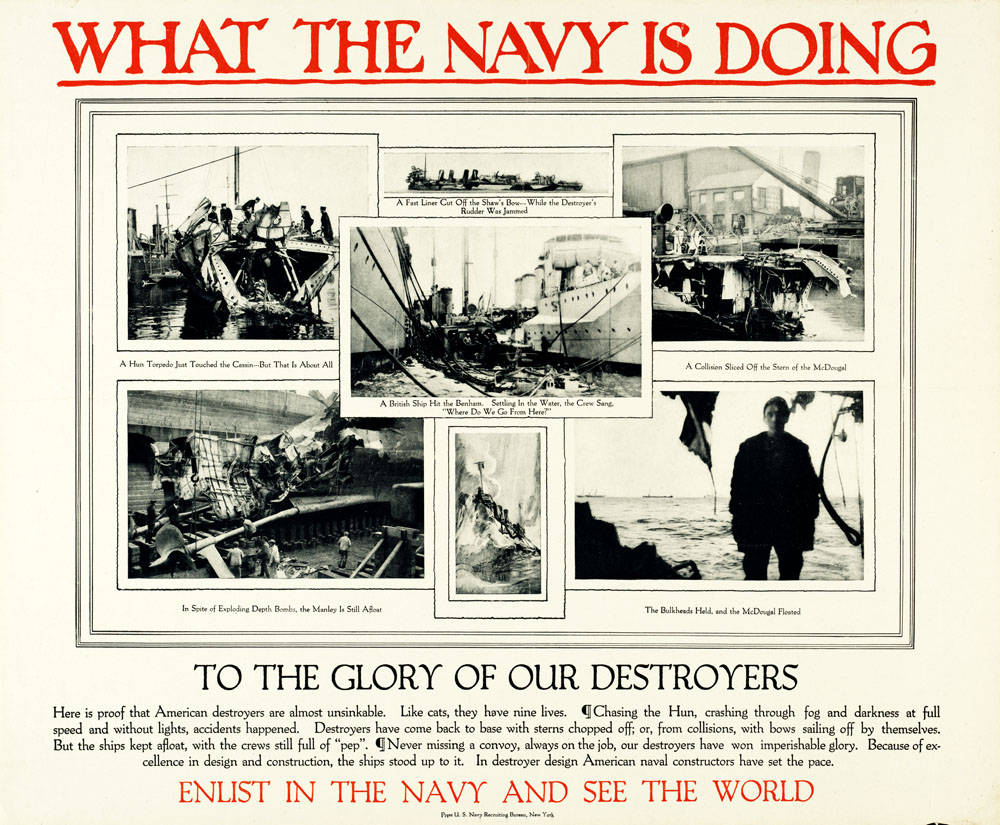
What the Navy is Doing: To The Glory of Our Destroyers
When the United States Navy adopted a convoy system in 1917, the Navy focused on destroyers as convoy escorts.
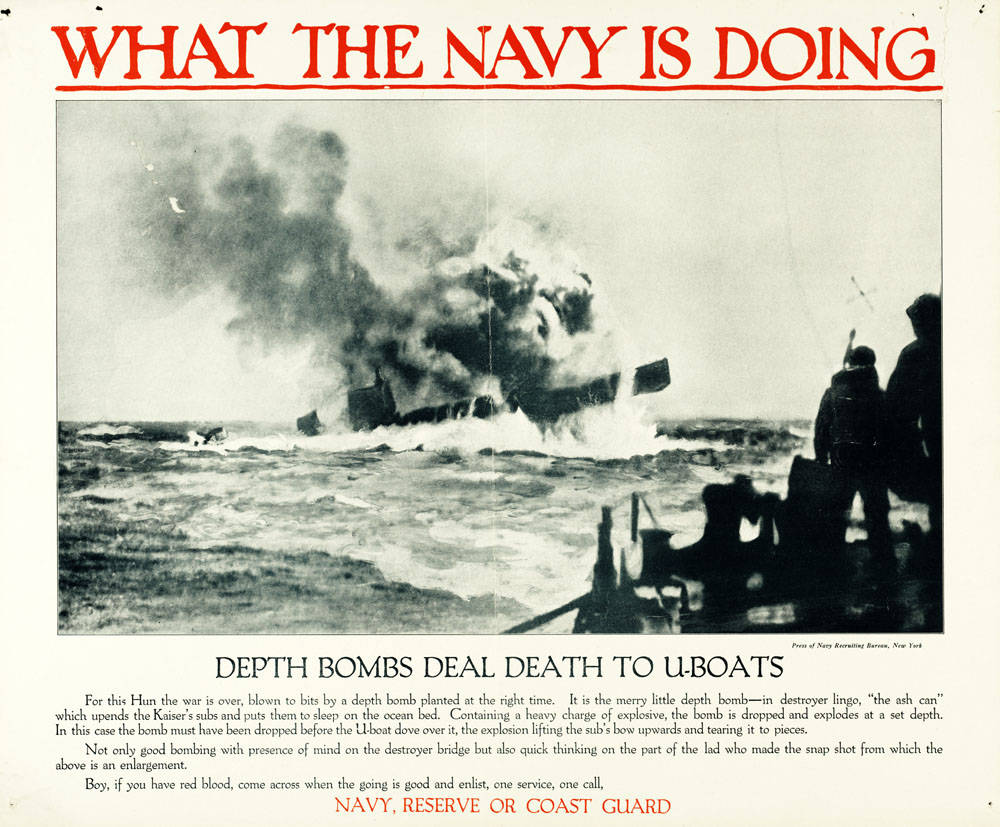
What the Navy is Doing : Depth Bombs Deal Death to U-Boats
Destroyers and submarine chasers would drop depth bombs in an attempt to sink submerged submarines.
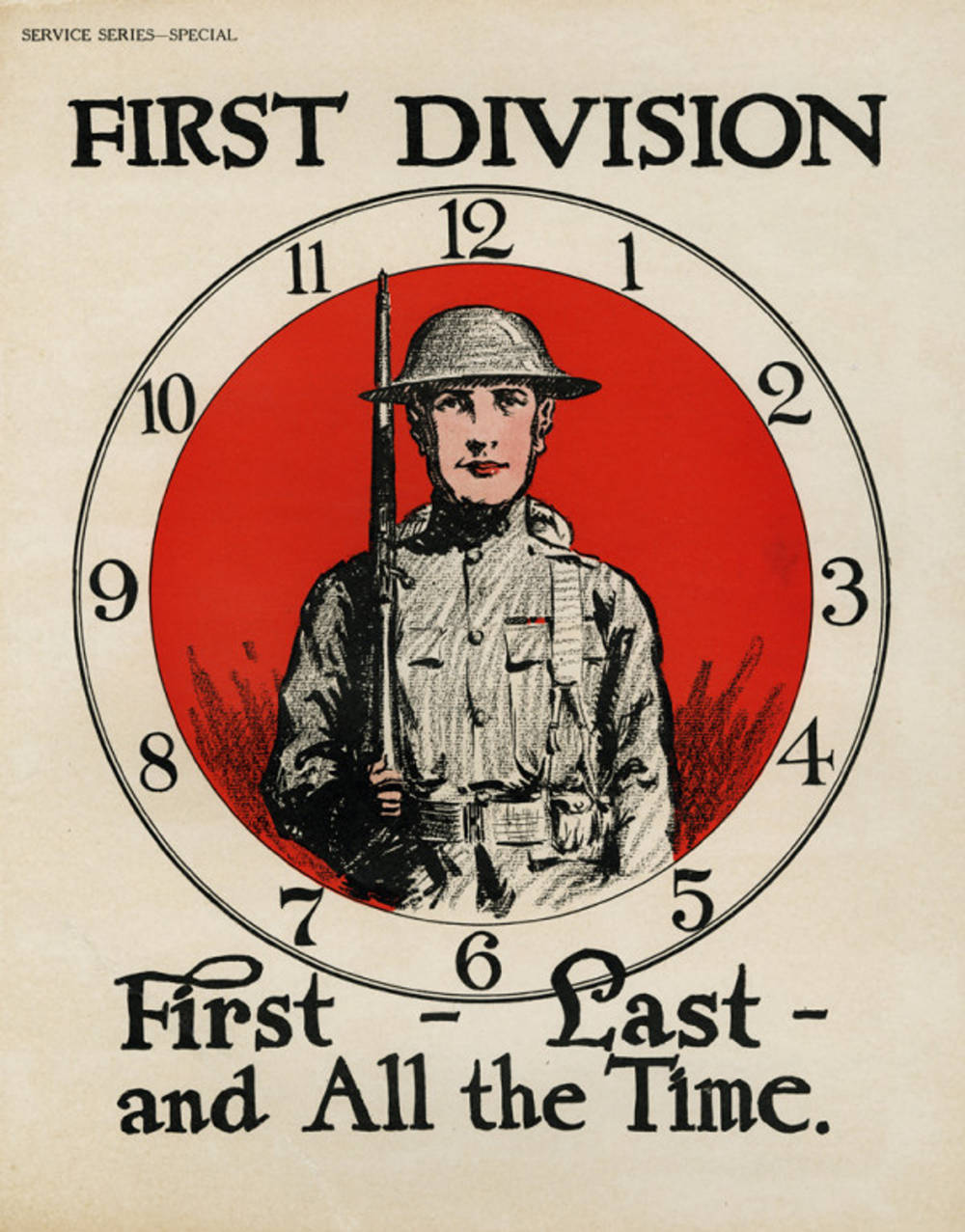
First Division: First - Last – and All the Time
The Battle of Cantigny (kahn-tee-nyee) fought May 27 to May 31, 1918, was the first United States battle and offensive of World War I and led by the United States 1st Infantry Division of the American Expeditionary Forces (AEF).
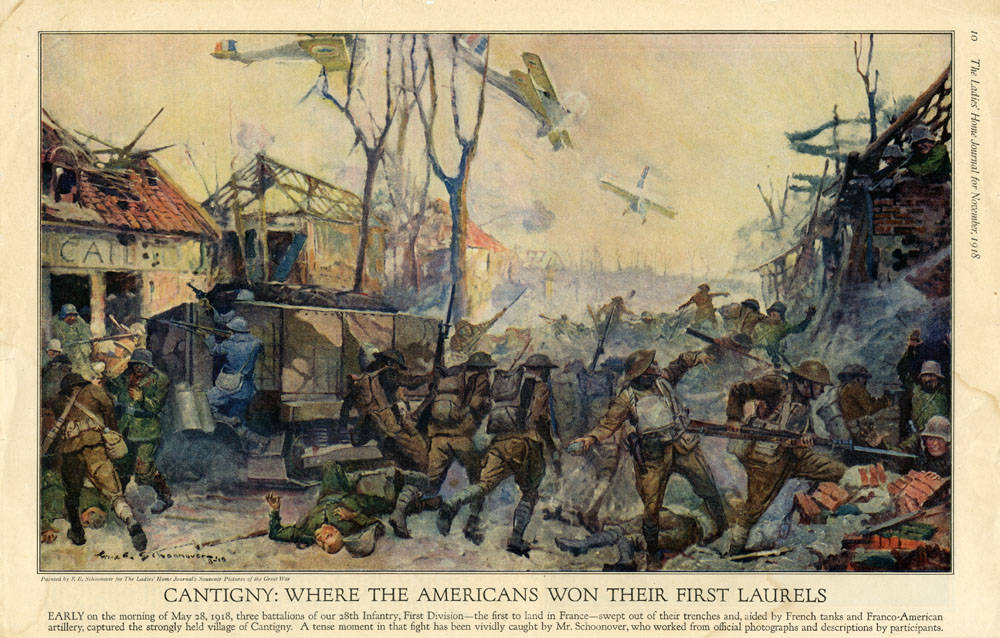
Cantigny : Where the Americans Won their First Laurels
The Battle of Cantigny (kahn-tee-nyee) fought May 27 to May 31, 1918, was the first United States battle and offensive of World War I and was led by the United States 1st Infantry Division of the American Expeditionary Forces (AEF).
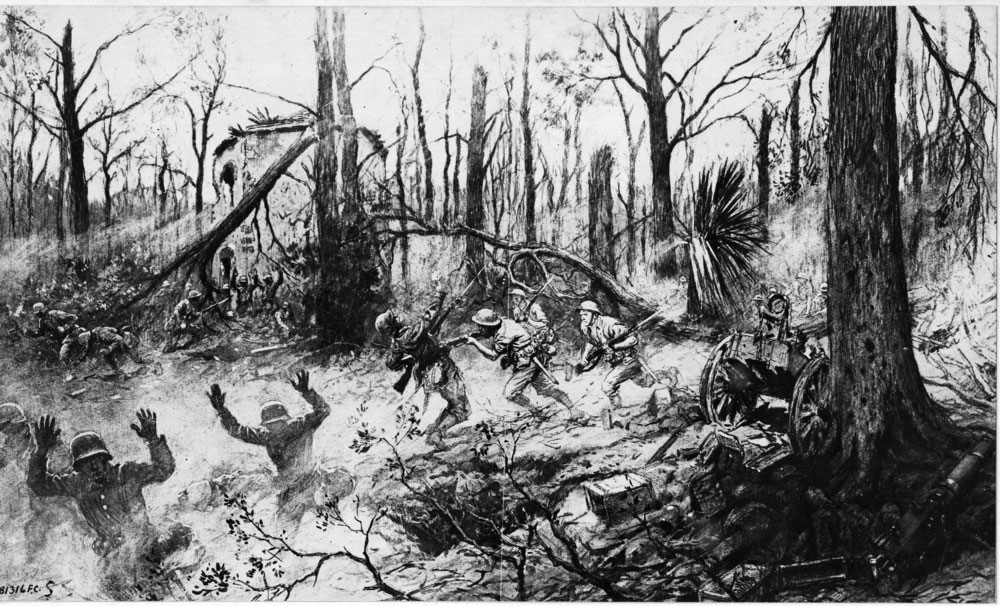
The American Marine Brigade
The 2nd Division, which included a brigade of Marines, and the 3rd Division fought alongside the French and British at Belleau Woods in order to stop the German drive towards Paris.
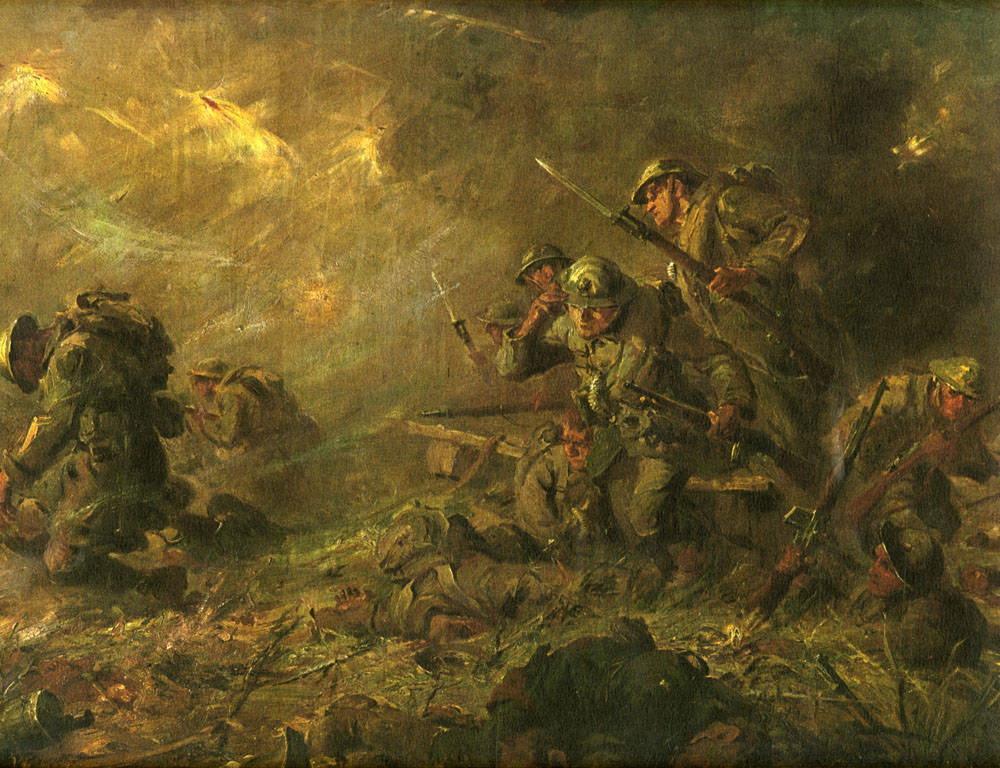
American Marines in Battle
The 2nd Division, which included a brigade of Marines, and the 3rd Division fought alongside the French and British at Belleau Woods in order to stop the German drive towards Paris.
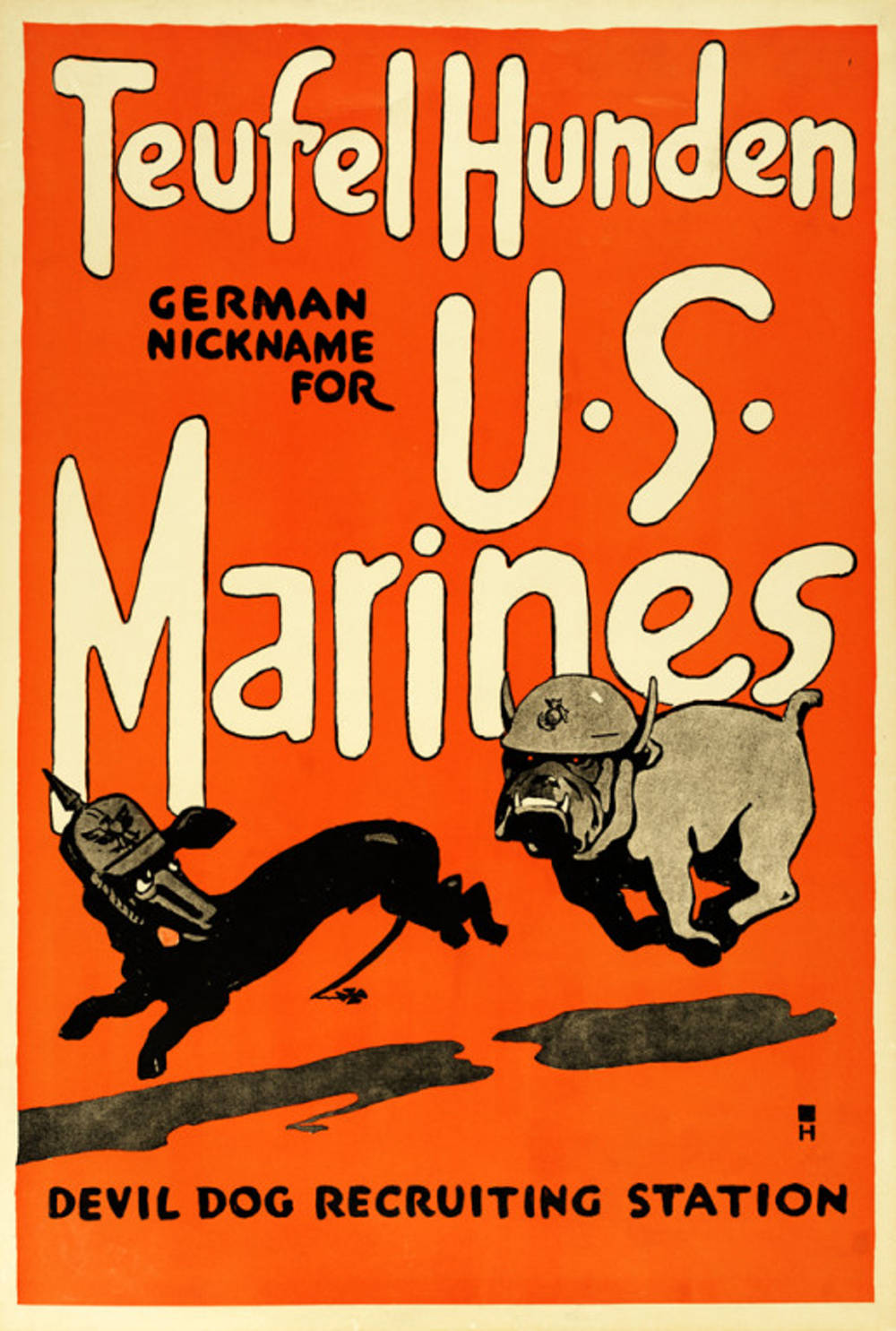
Teufel Hunden
The Battle of Belleau Woods has become a key component of the United States Marine Corps lore. Legend has it that after the battle the Germans used the term "Teufelshunde" (devil dogs) to refer to the Marines due to their ferocity.
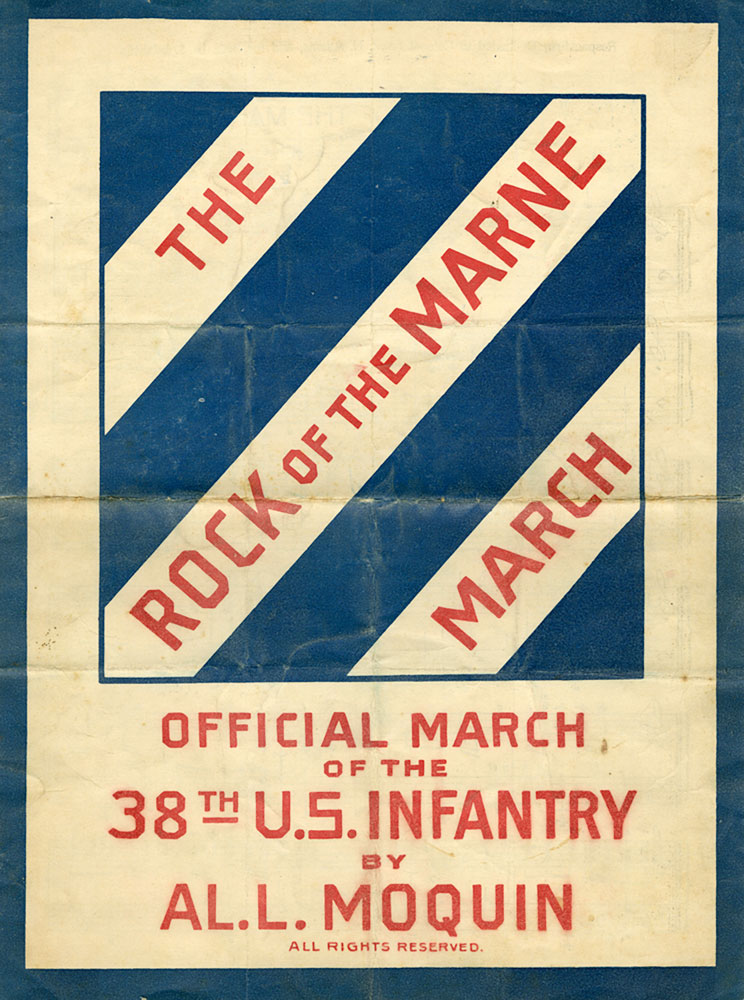
The Rock of the Marne March
The Second Battle of the Marne (mahrn) was the last major German offensive on the Western Front of World War I. The United States 3rd Infantry Division would earn the nickname “Rock of the Marne” for continuing to hold the line and even counterattacking the overwhelming and advancing German forces.
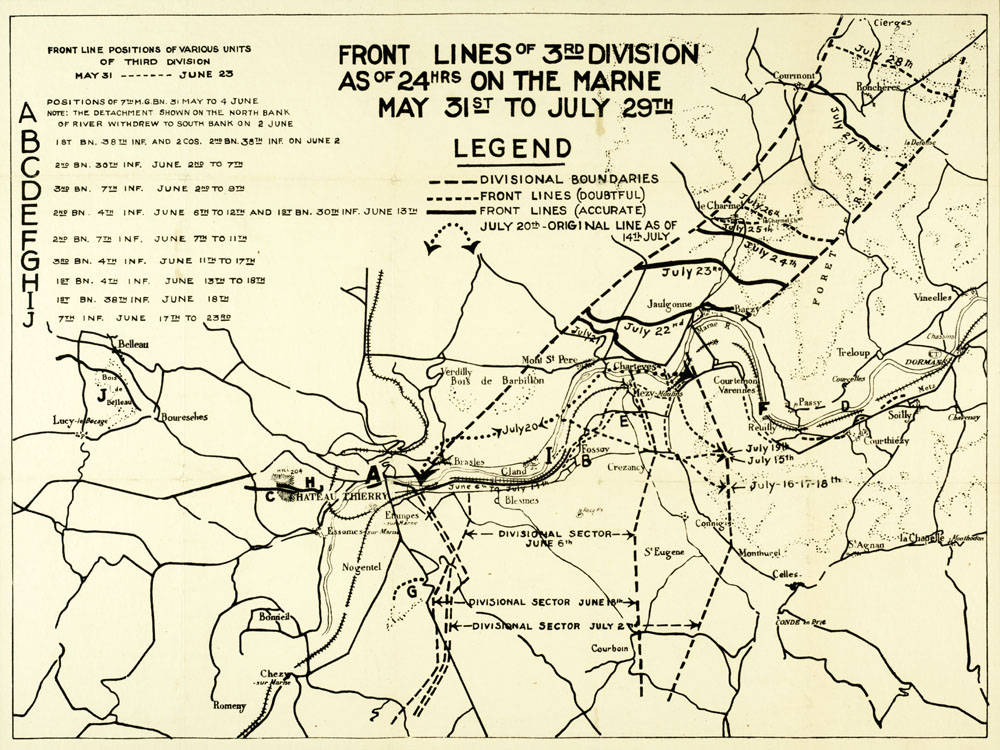
Front Lines of the 3rd Division
The Second Battle of the Marne (mahrn) was the last major German offensive on the Western Front of World War I.
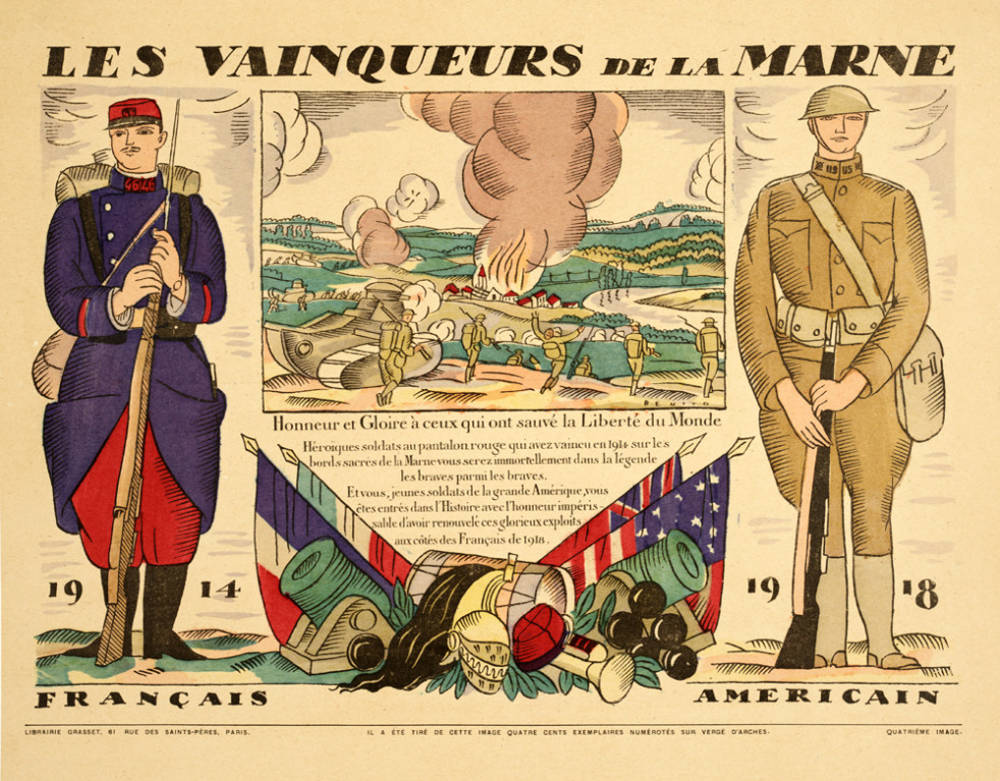
Les Vainqueurs de la Marne
In both the First and Second Battle of the Marne, the Allies managed to halt a German advance towards Paris which changed the momentum of the war. Allied participants in both battles were hailed as the protectors of Paris.
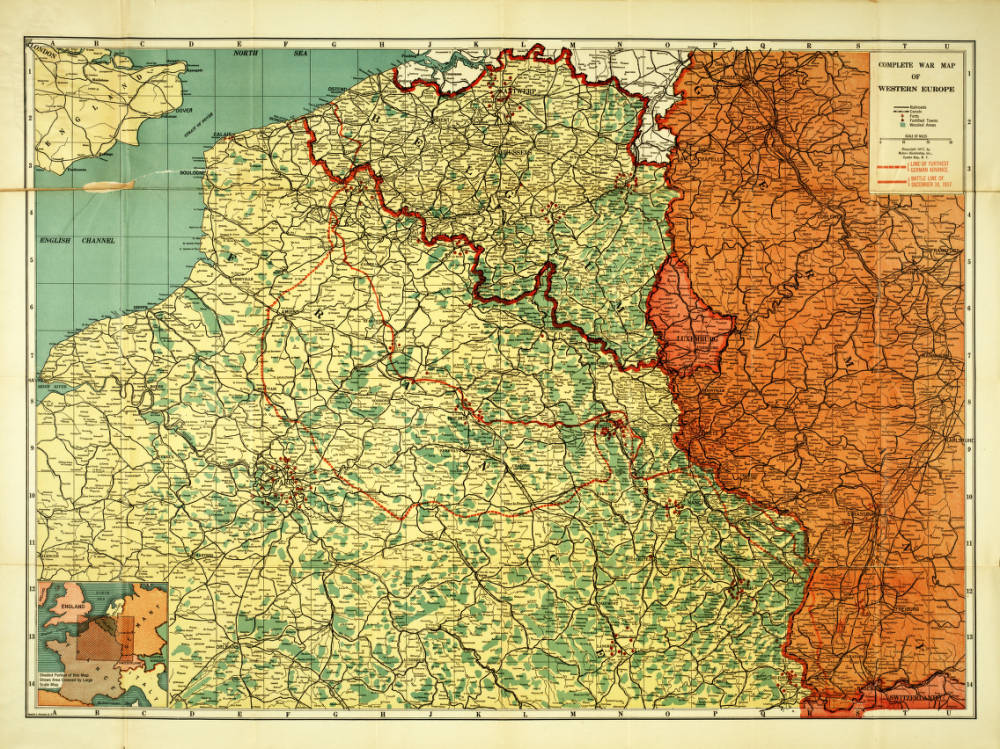
Complete War Map of Western Europe
The Hundred Days Offensive was a series of successful offensives launched on the Western Front by the Allies against the Central Powers. The offensive not only forced the German army to retreat behind the heavily fortified Hindenburg Line, it also broke through the line in various places.
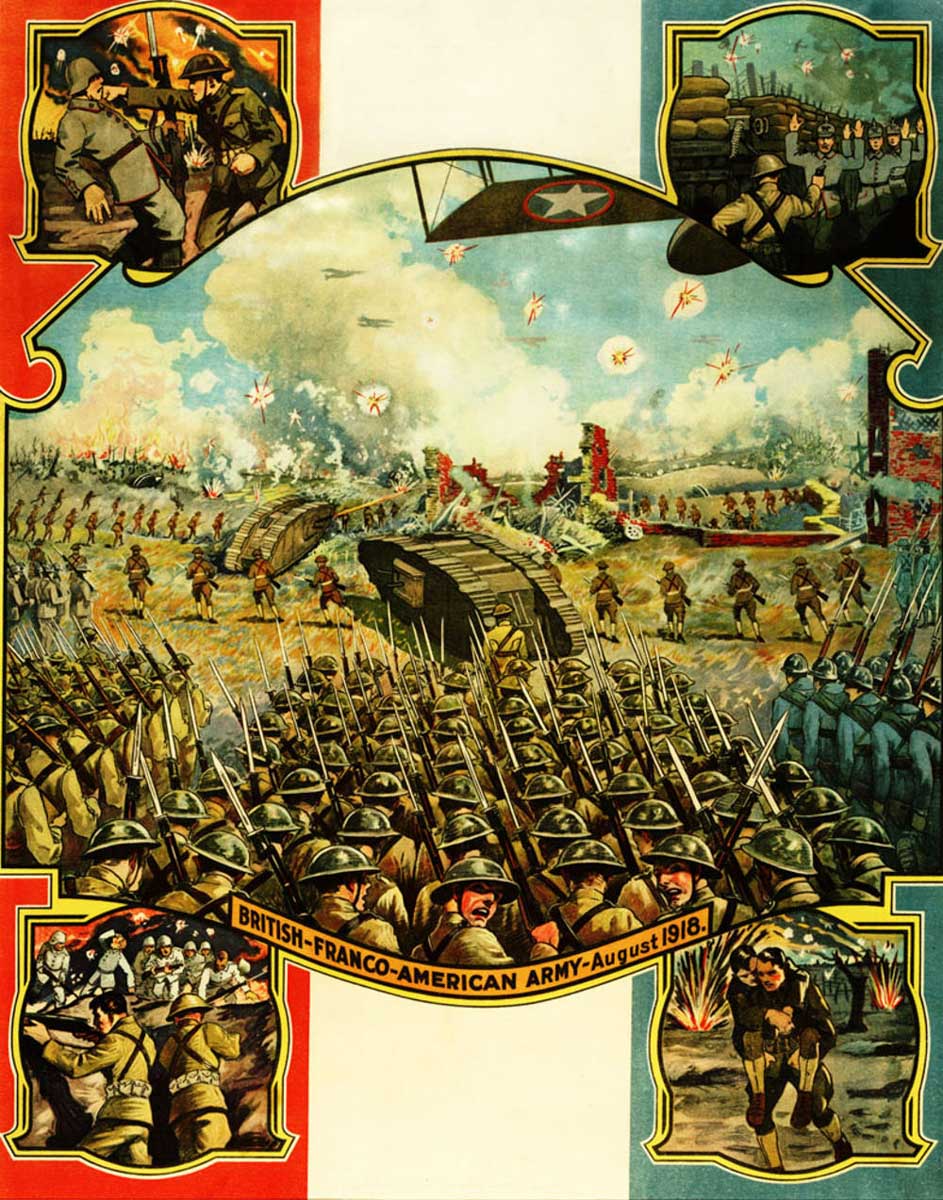
British-Franco-American Army - August 1918
The Battle of Amiens was the opening battle of the Hundred Days Offensive. The extensive use of tanks in the Battle of Amiens allowed the war to move out of the trenches and once again become mobile.
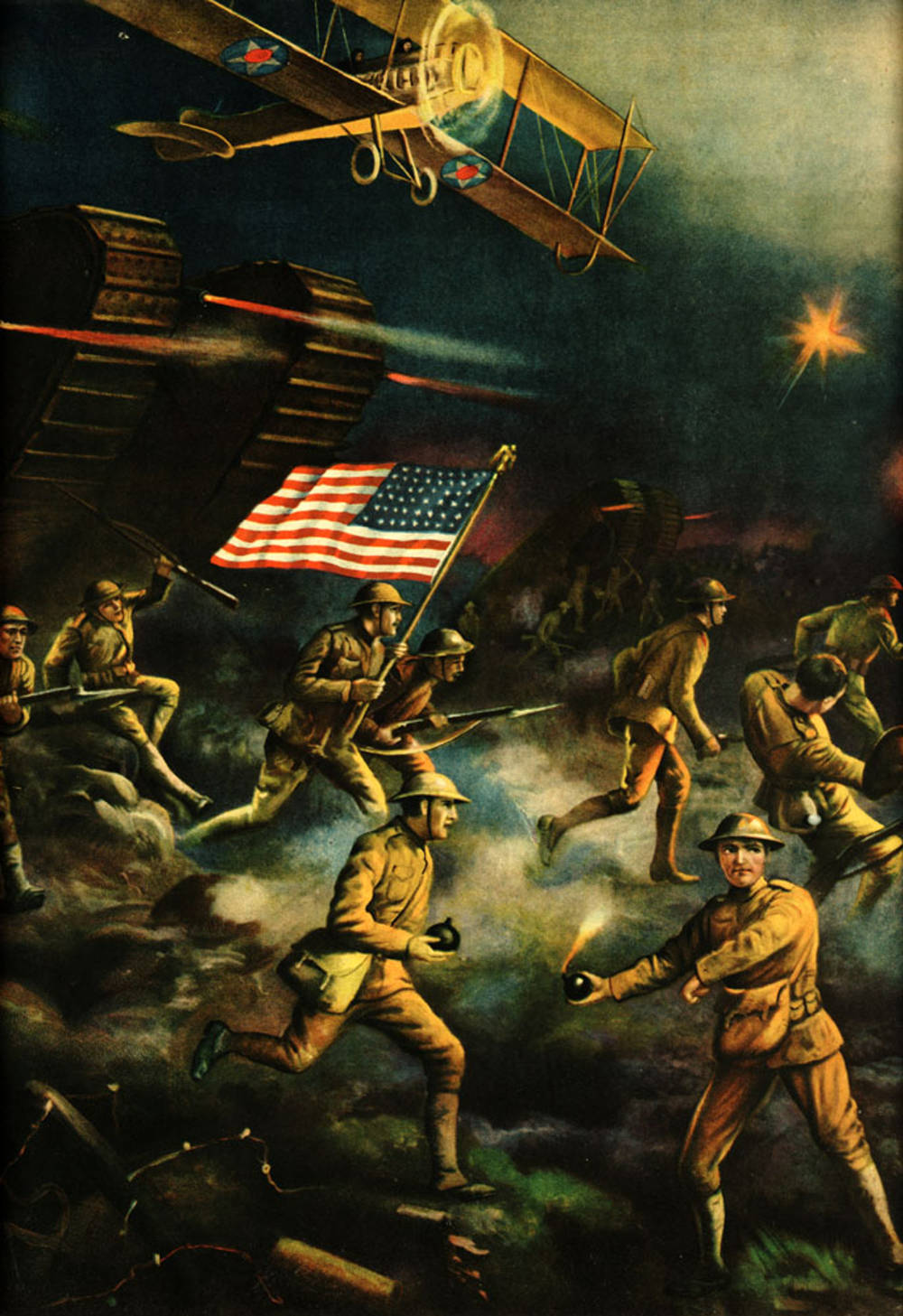
Over the Top: Doughboys, Tanks, and Airplanes
The Battle of Amiens was the opening battle of the Hundred Days Offensive. The extensive use of tanks in the Battle of Amiens allowed the war to move out of the trenches and once again become mobile.
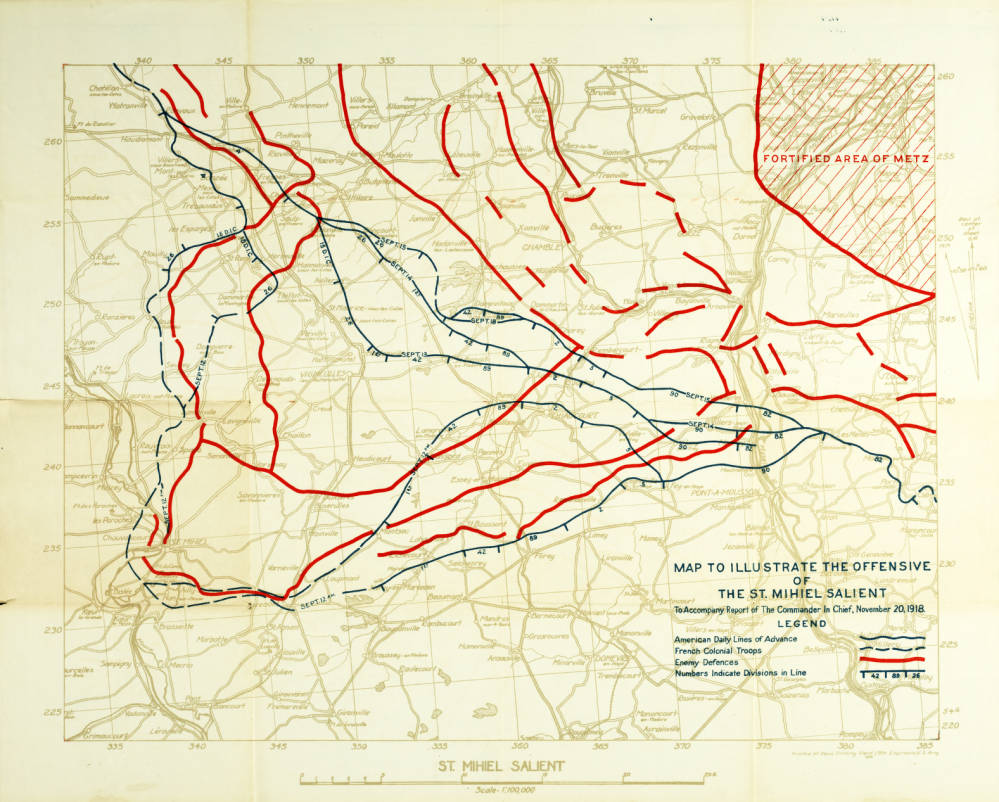
Map to Illustrate the Offensive of the St. Mihiel Salient
The Battle of Saint-Mihiel was the first and only offensive carried out solely by the United States.
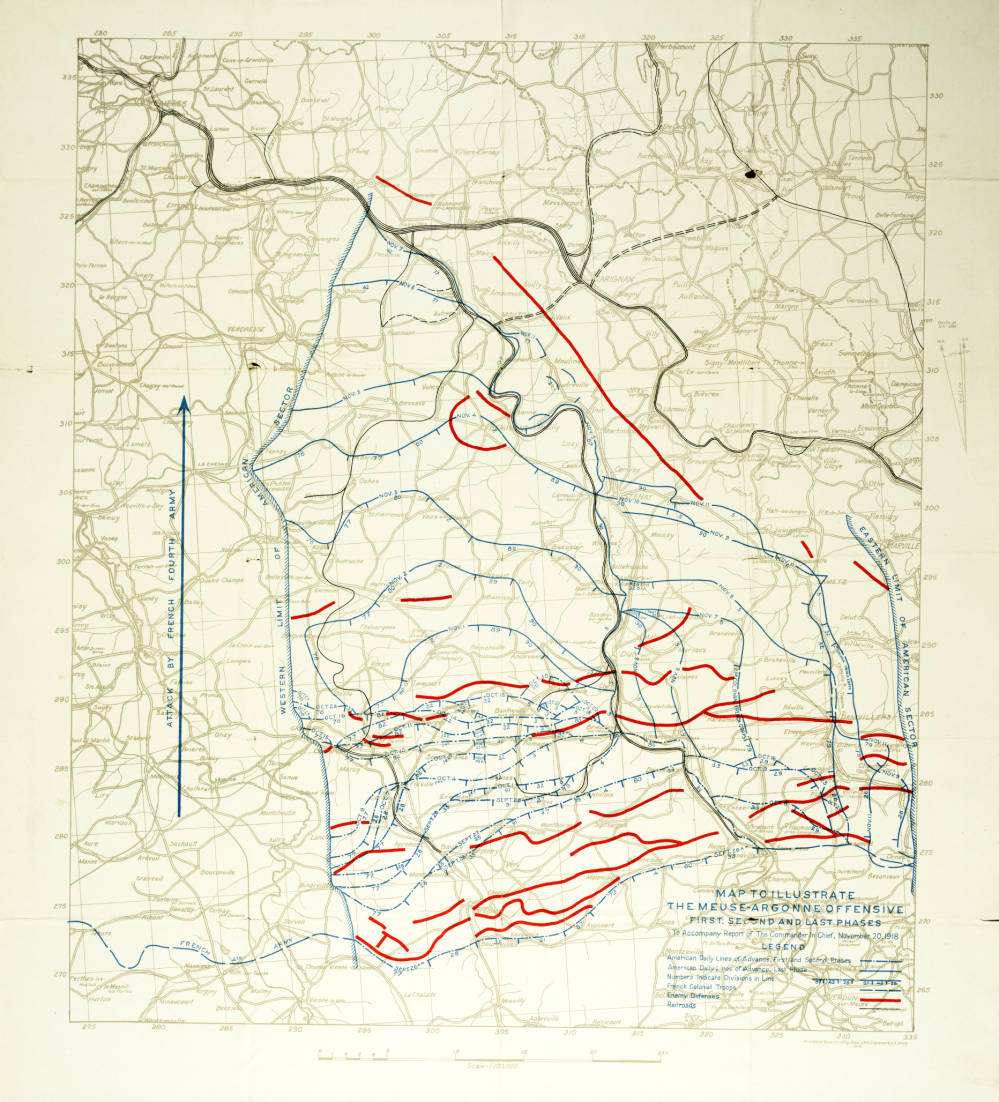
Map to Illustrate the Meuse-Argonne Offensive: First, Second, and Last Phases
The Meuse-Argonne Offensive fought between September 26, 1918, and November 11, 1918, was a major drive by the American Expeditionary Forces and the French army during the Hundred Days Offensive on the Western Front.
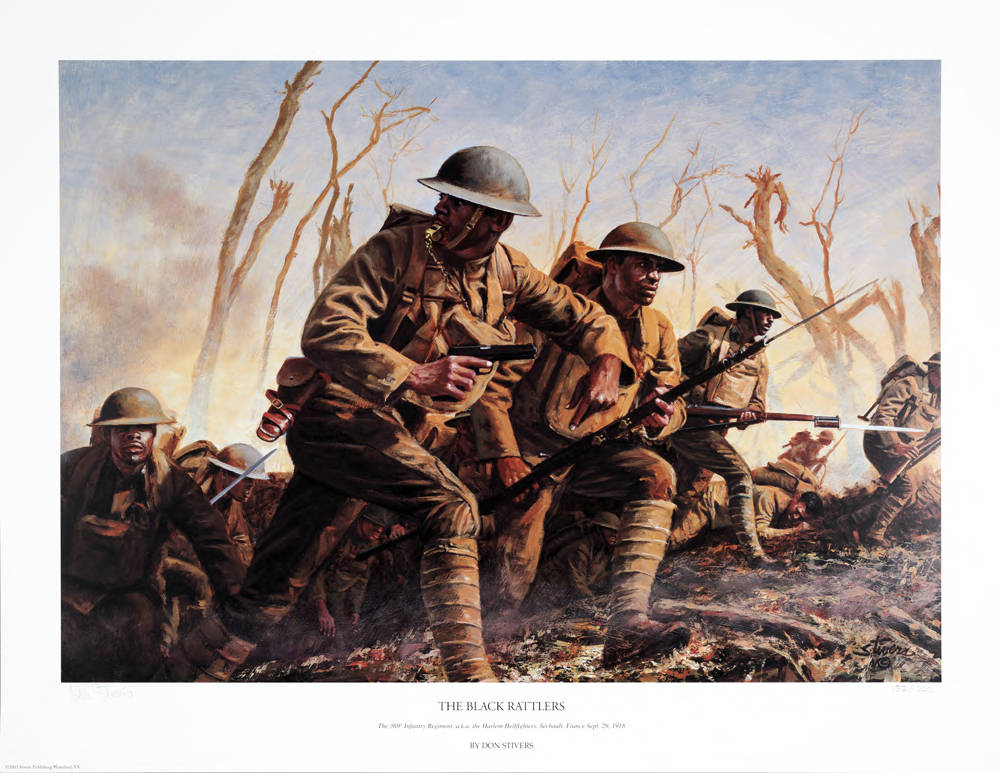
The Black Rattlers
Nearly 370,000 black men either volunteered for or were drafted into, the United States Army during the war.
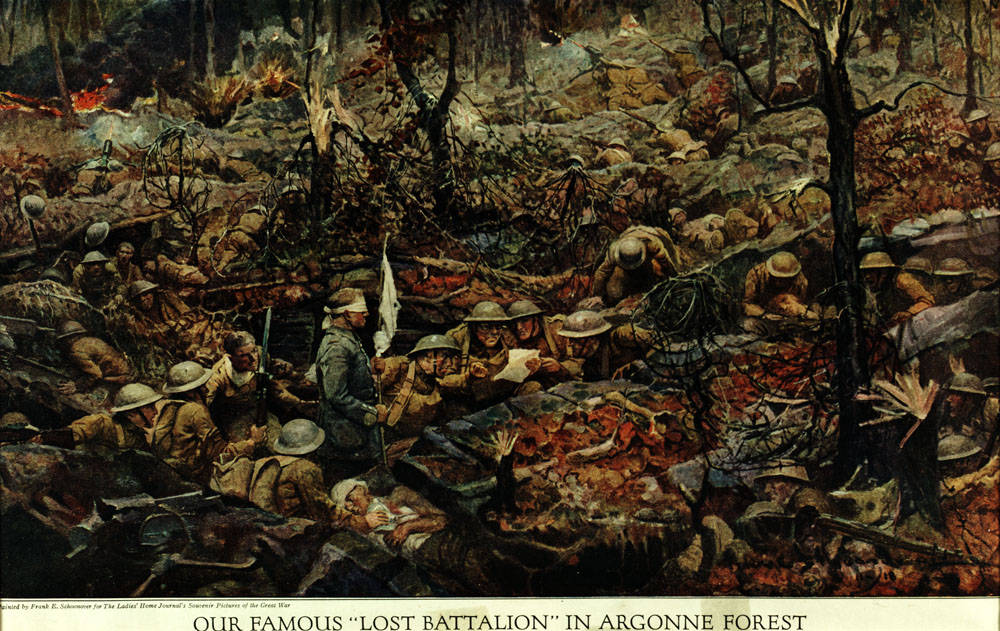
Our Famous "Lost Battalion" in Argonne Forest
Nine companies of the United States 77th Division gained the name the Lost Battalion after being surrounded by Germans forces in the Argonne Forest during the Meuse-Argonne Offensive.
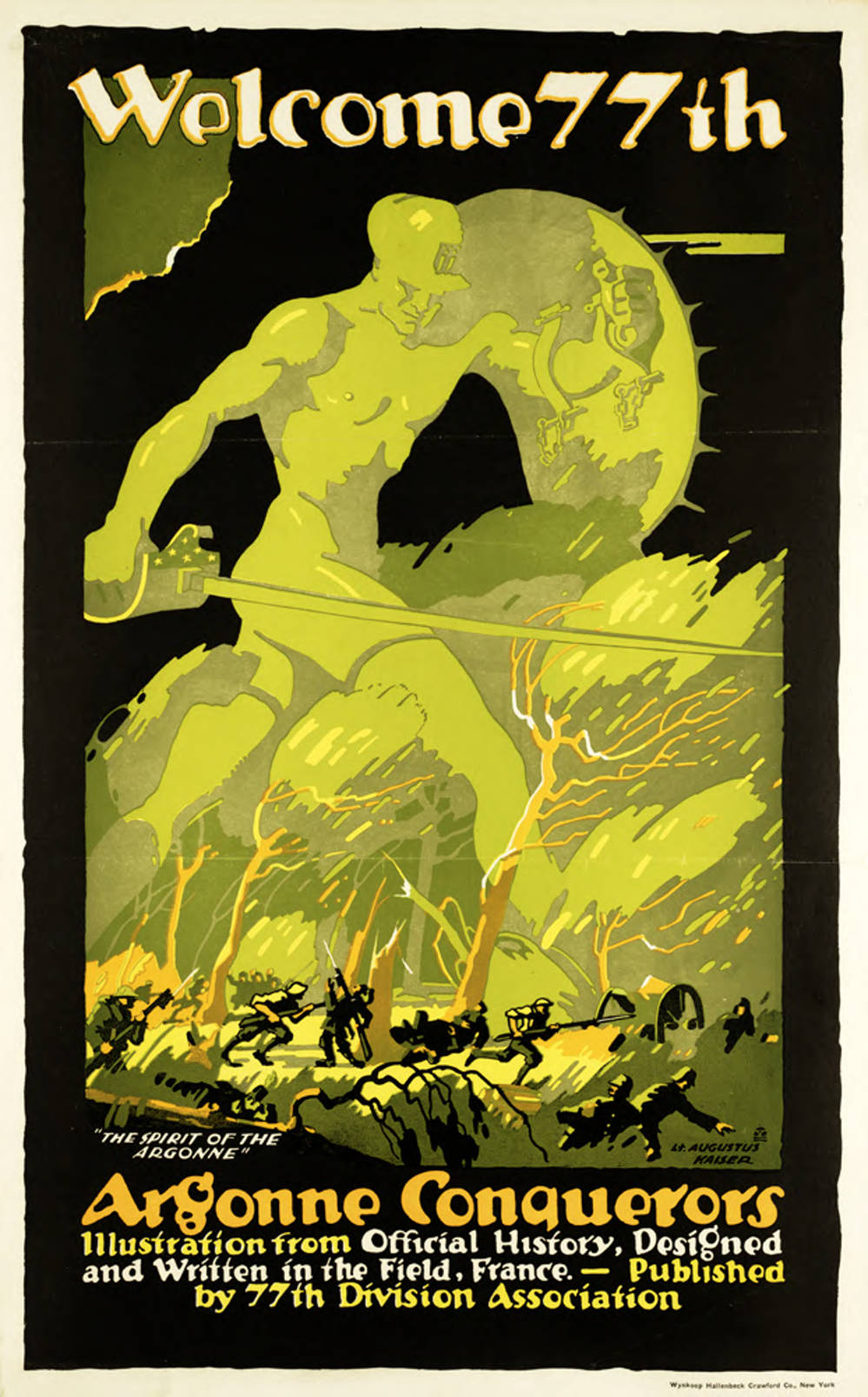
Welcome 77th : Argonne conquerors
Nine companies of the United States 77th Division gained the name the Lost Battalion after being surrounded by Germans forces in the Argonne Forest during the Meuse-Argonne Offensive.
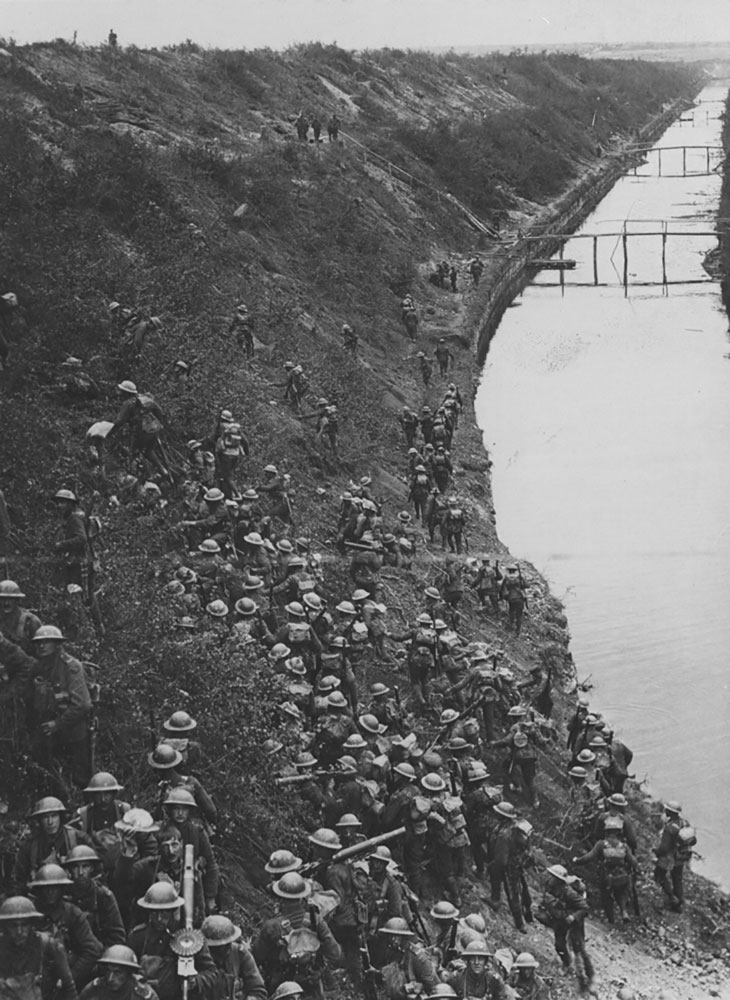
Doughboys at the Saint Quentin Canal
The Battle of Saint Quentin (săn-kahn-tăn) Canal began on September 29, 1918, as part of the Allied Hundred Days Offensive.
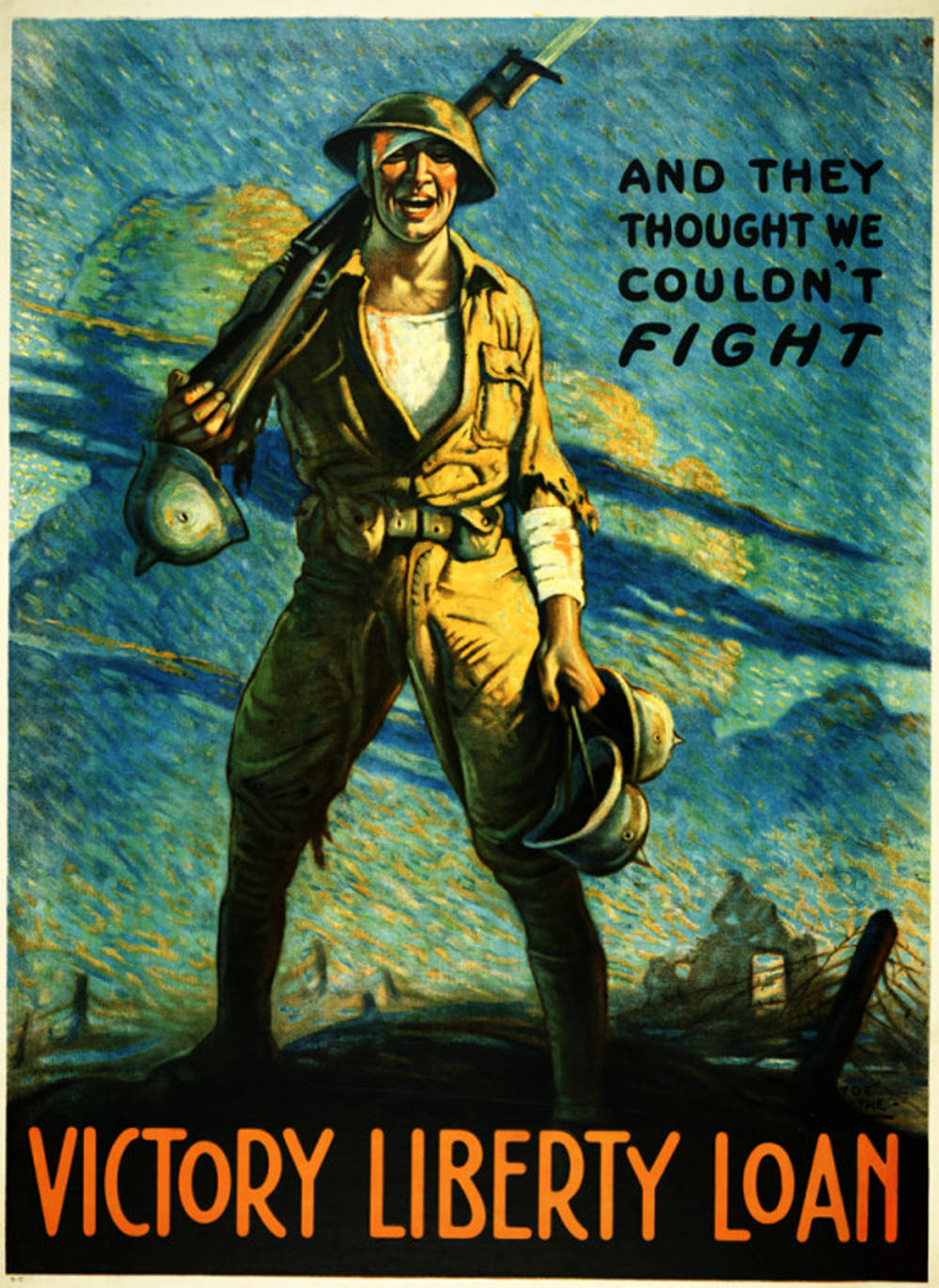
And They Thought We Couldn't Fight - Victory Liberty Loan
Poster showing a wounded soldier on the battlefield, carrying several German helmets as trophies. On October 5, 1918, the German government sent a message to President Woodrow Wilson to begin the negotiation of terms to end the war.
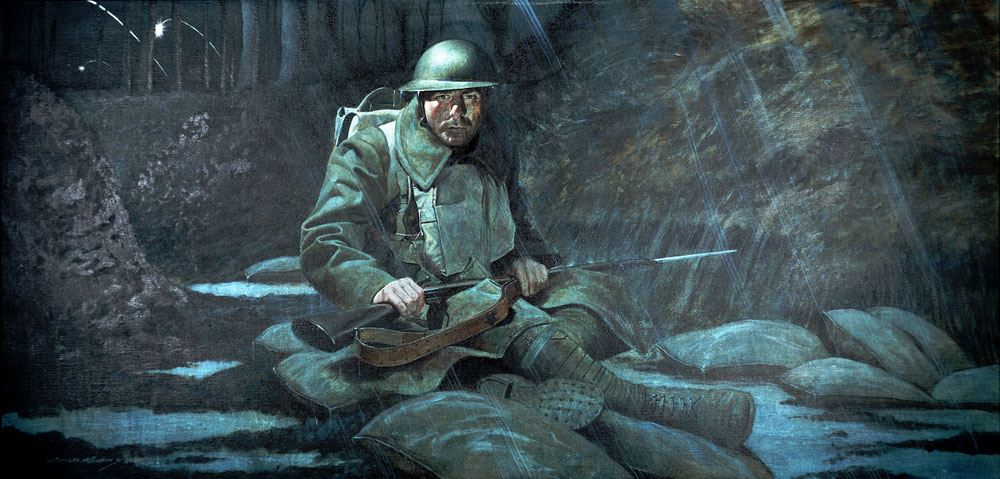
The Doughboy
As United States troops entered the trenches in World War I, the Allies referred to them as Yanks or Sammies. Back home they were known as Doughboys and they carried that name with them to the front lines.
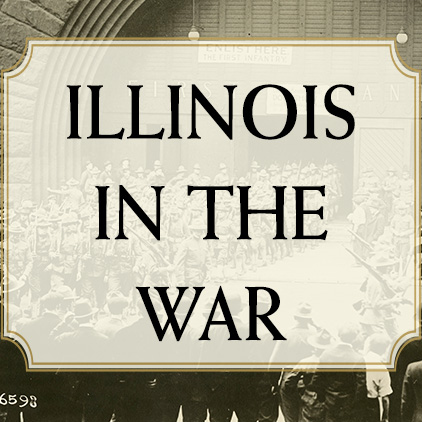
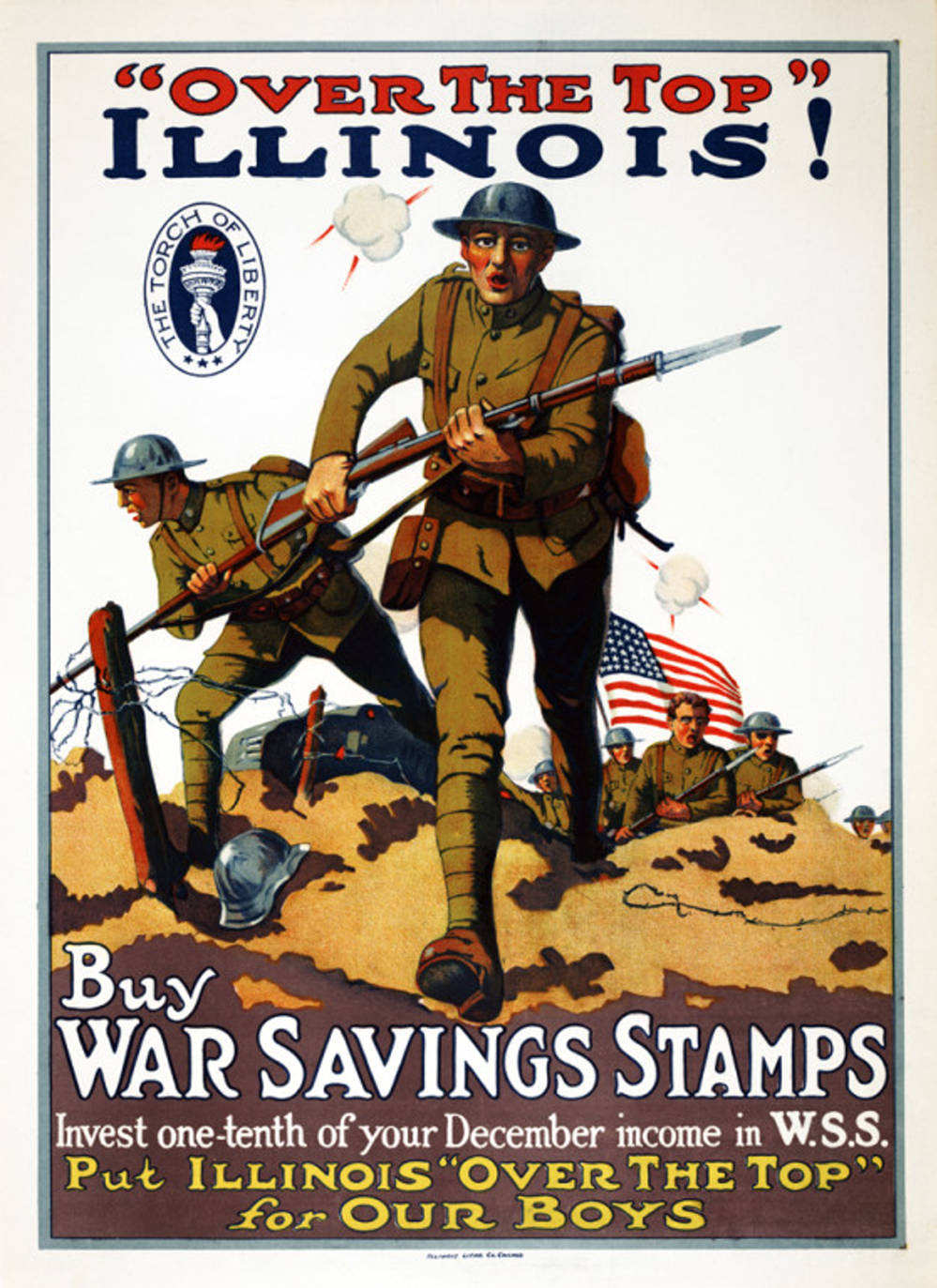
“Over the Top” Illinois!
Illinois contributed 351,153 men to the military for service in World War I, third only to New York and Pennsylvania.
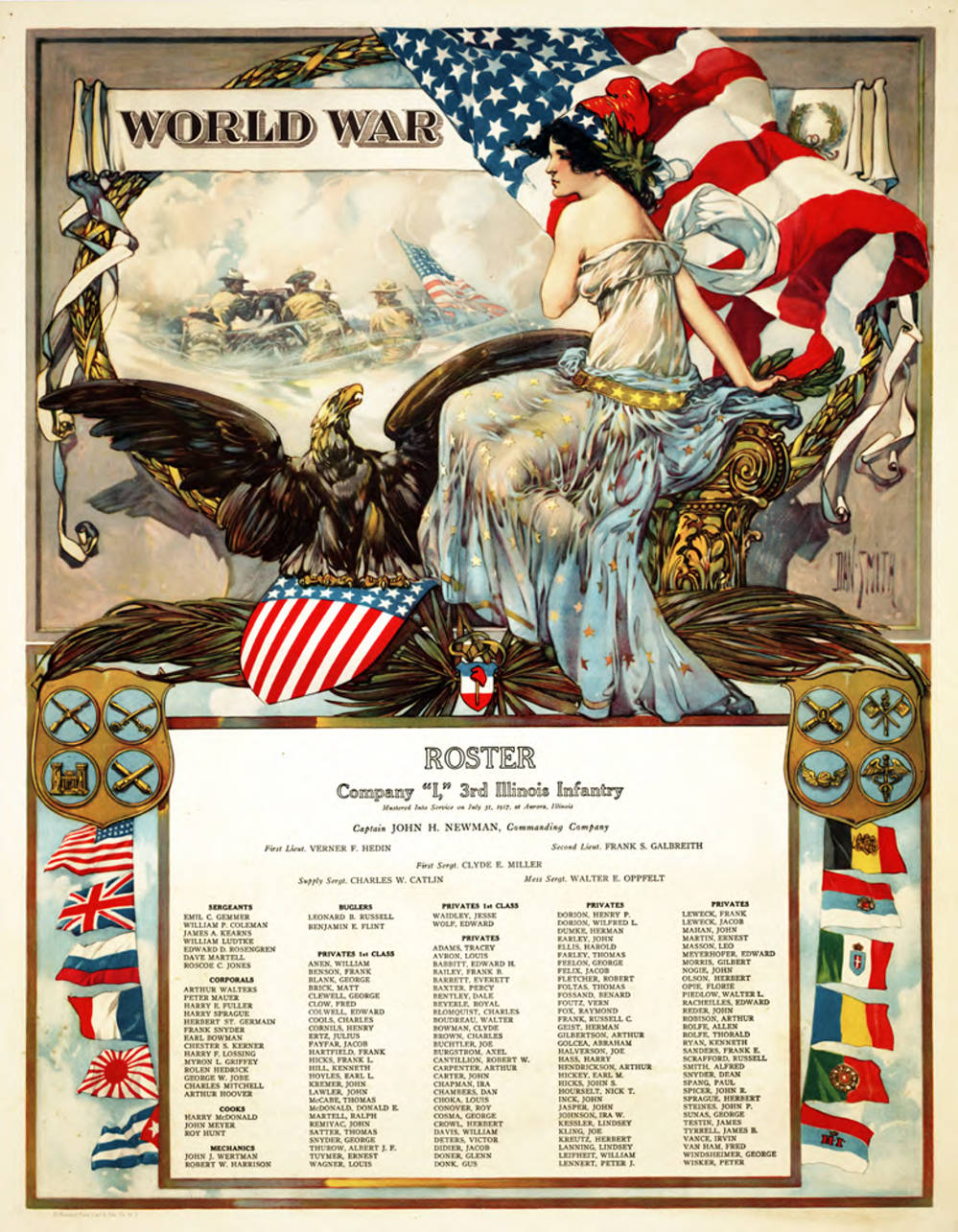
World War – Roster Company I 3rd Illinois Infantry
The 33rd Infantry Division was the only division comprised solely of men from Illinois.
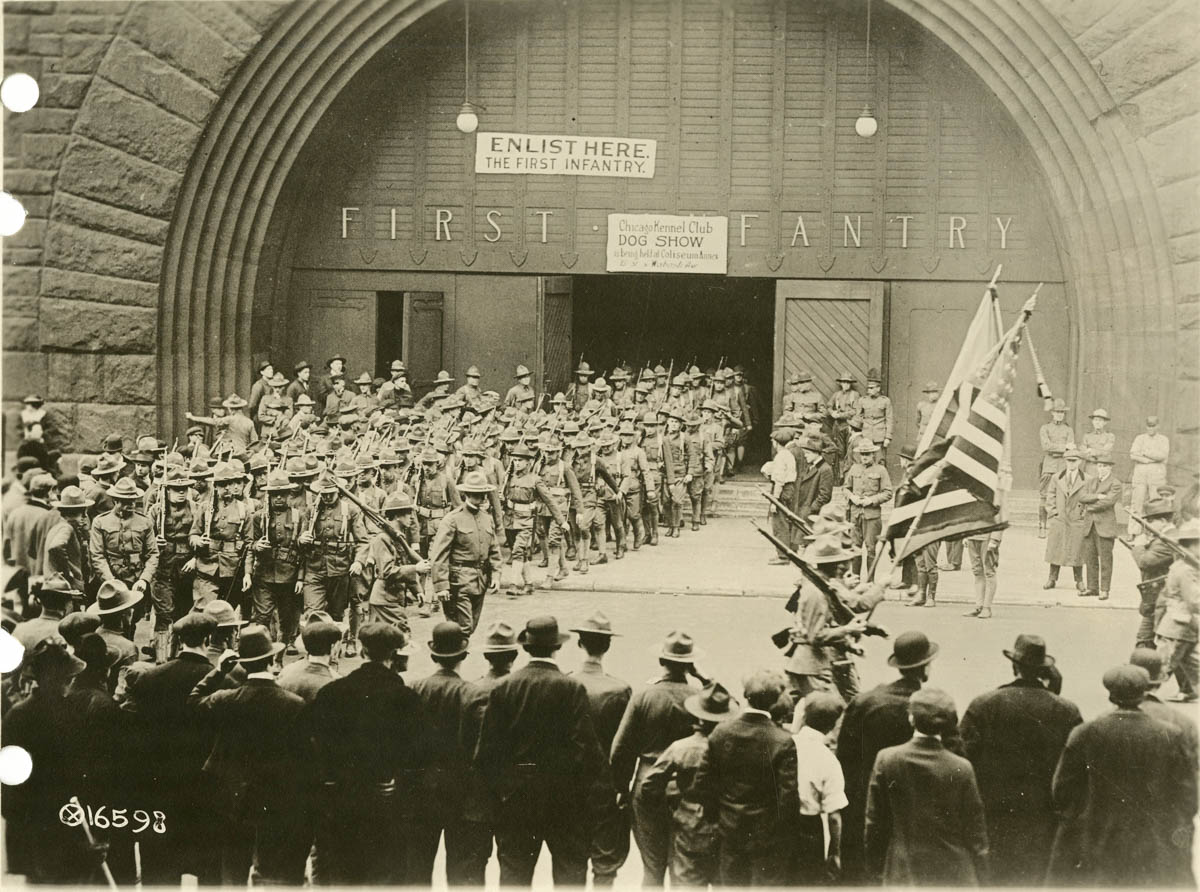
First Infantry Chicago Armory
The 33rd Infantry Division was the only division comprised solely of men from Illinois.
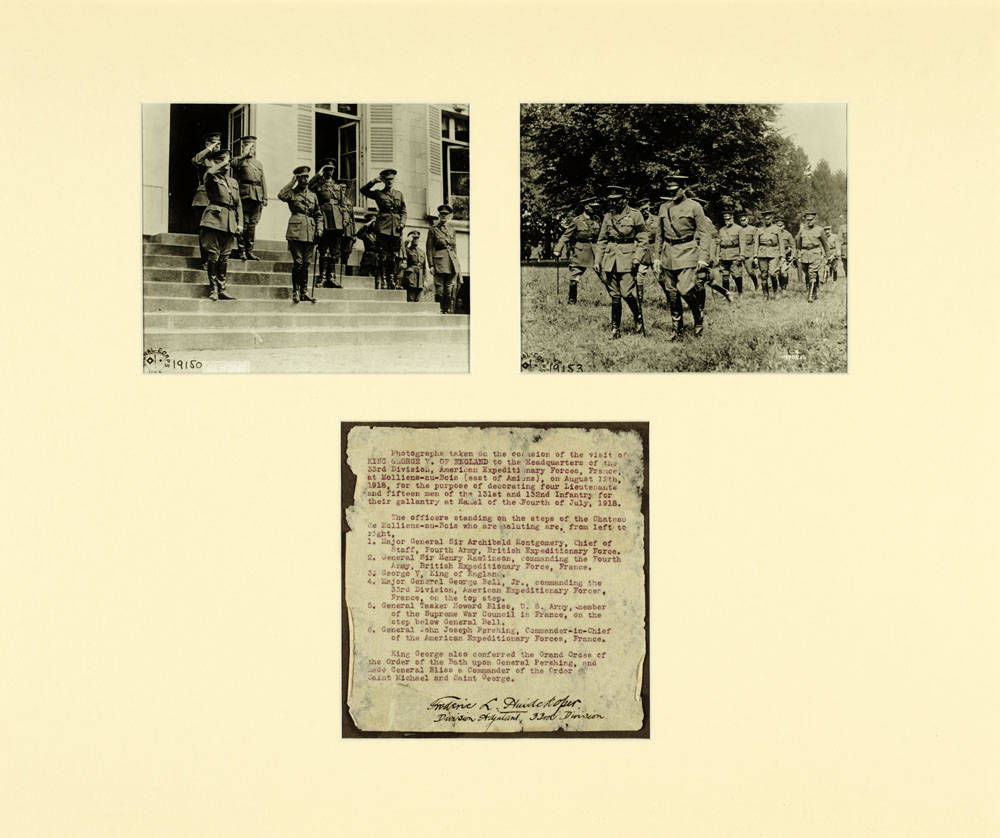
King George V Visits the 33rd Division
On August 12, 1918, King George V personally awarded four officers and 15 enlisted men various British medals for their actions at Hamel.
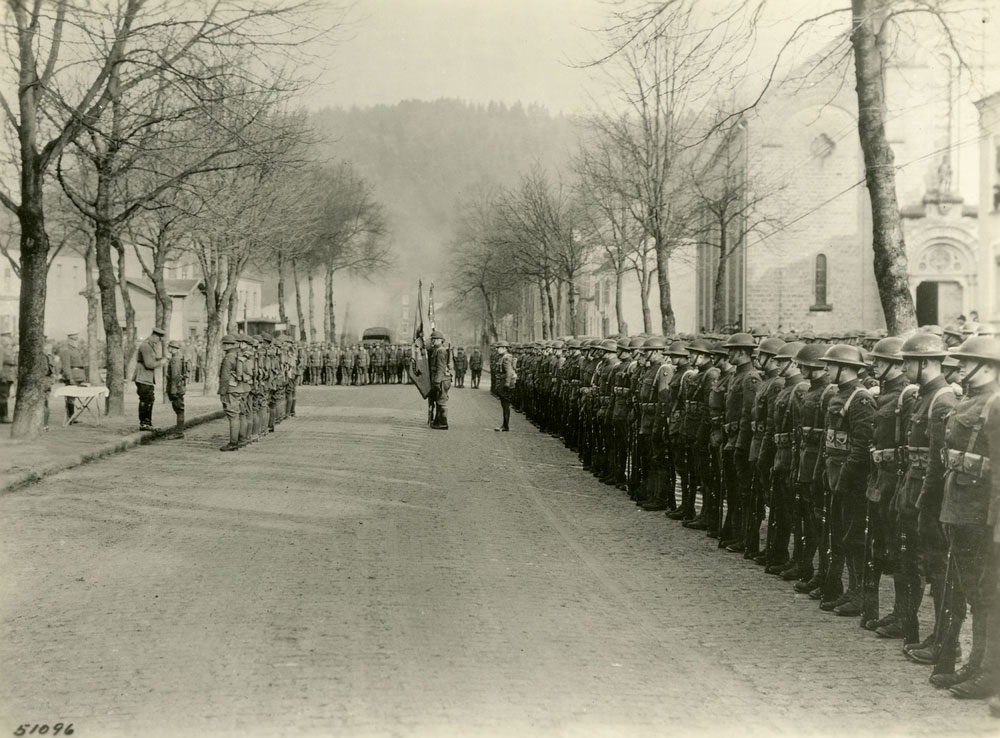
Award Ceremony
On August 12, 1918, King George V personally awarded four officers and 15 enlisted men various British medals for their actions at Hamel.
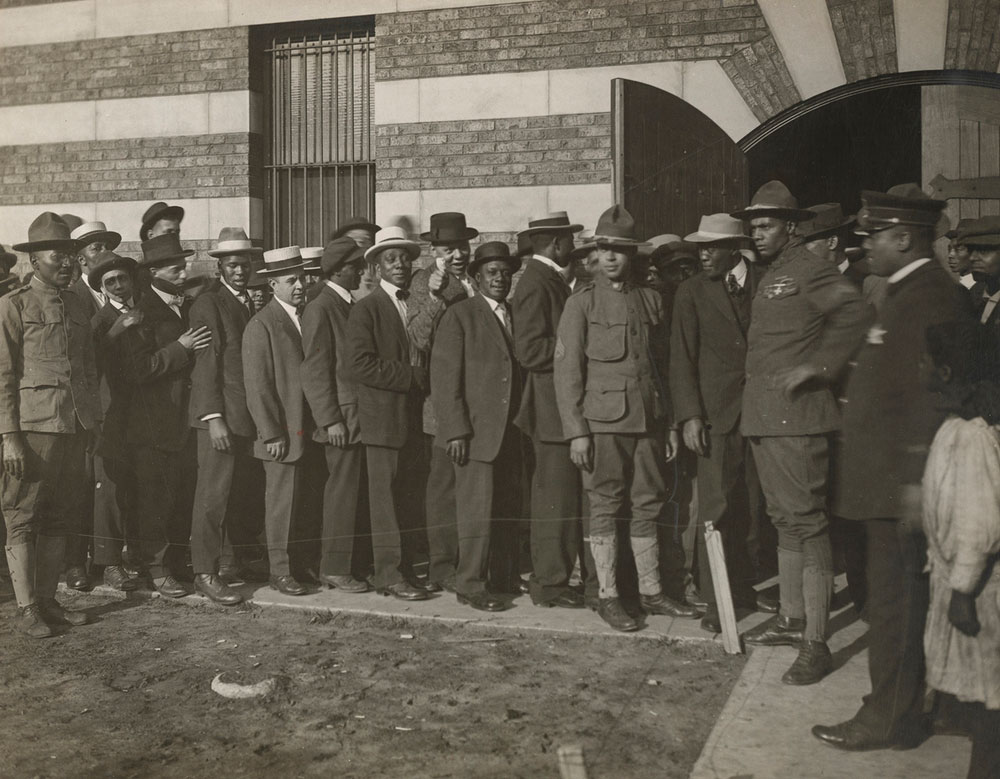
The 370th Regiment Prepares for War in Chicago
Black troops from Illinois served as the 370th Infantry Regiment in the 93rd Infantry Division.
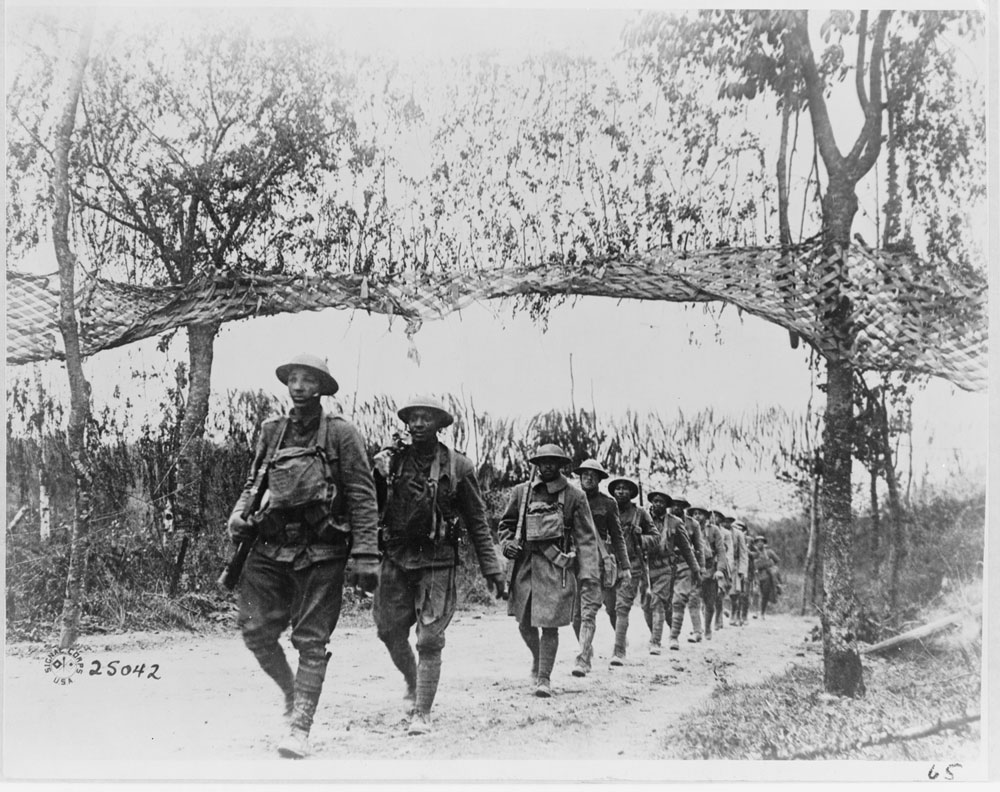
The 93rd Division During the Meuse-Argonne Offensive
Although the 93rd Infantry Division wore uniforms from the United States, they were otherwise equipped with French supplies. However, by the Meuse-Argonne Offensive, they were issued supplies from the United States.
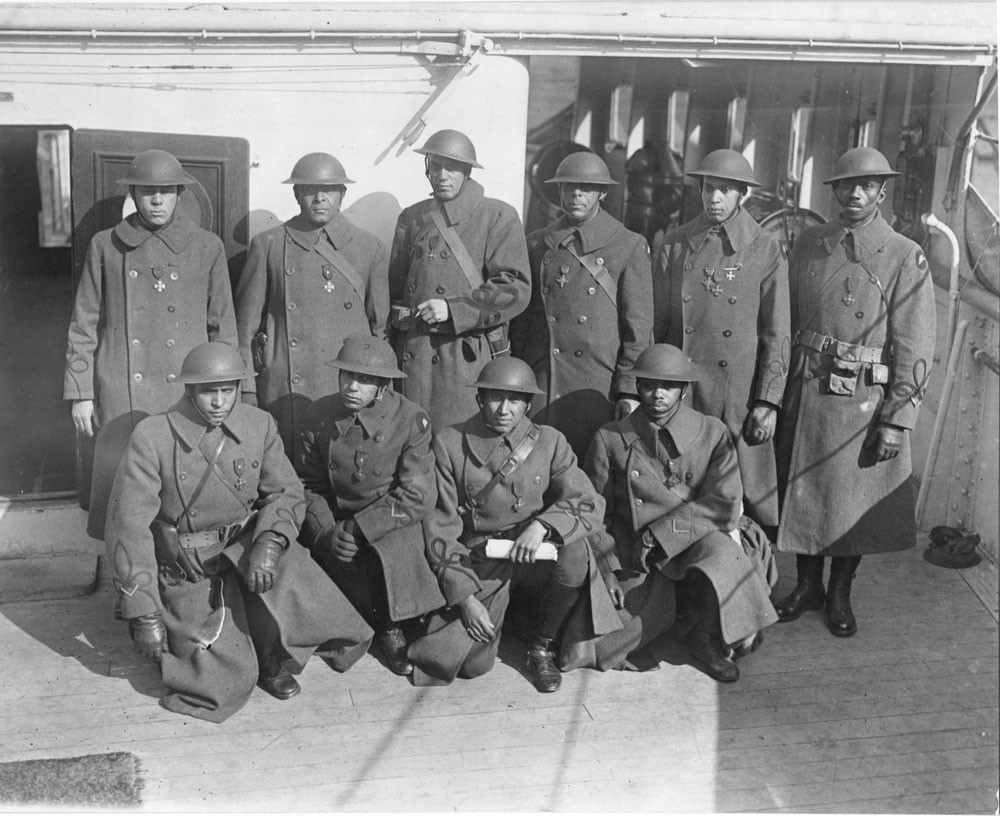
Troops of the 370th Infantry Post-war
The 370th Infantry Regiment was composed of the men from the 8th Illinois Infantry National Guard, many of whom had served in the Mexican Border War in 1916.
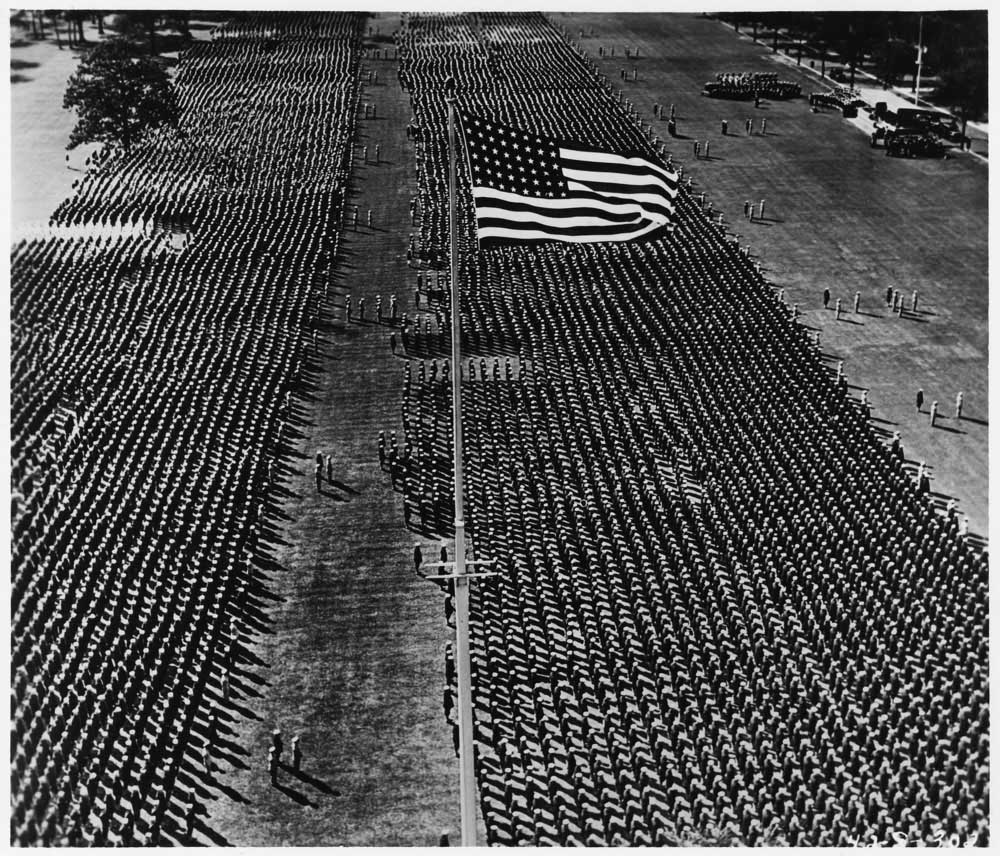
Parade Ground at Naval Station Great Lakes
Naval Station Great Lakes opened in 1911 on 172 acres in Lake County, Illinois just north of Chicago.
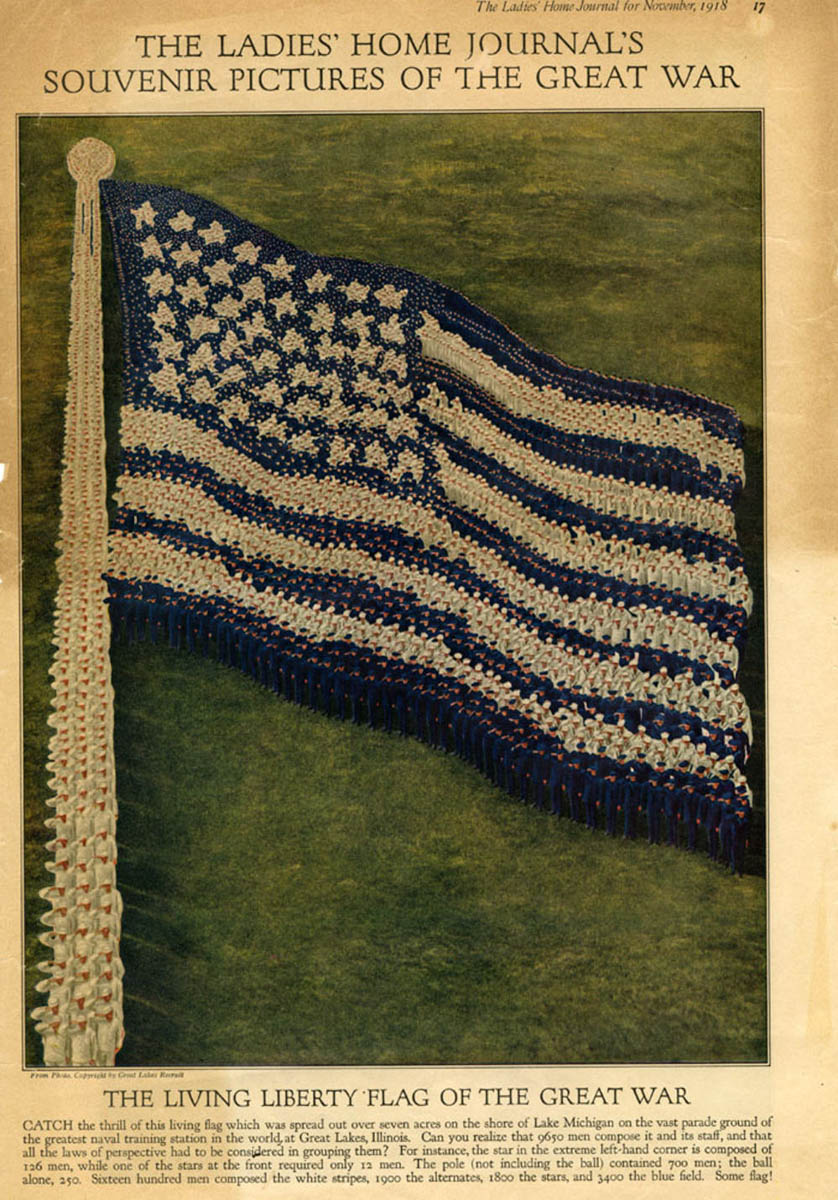
The Living Flag of the Great War
During the United States’ involvement in World War I, the Navy trained 125,000 sailors at Naval Station Great Lakes.

Chicago’s Welcome to Our Heroes
Soldiers from the 33rd Division, as well as those drafted from Illinois, marched through downtown Chicago while thousands of Illinoisans watched from the sidewalks.
World War I American Cemeteries in Europe
The eight cemeteries created to inter American soldiers who gave their lives during World War I are scattered throughout France, Belgium, and England.
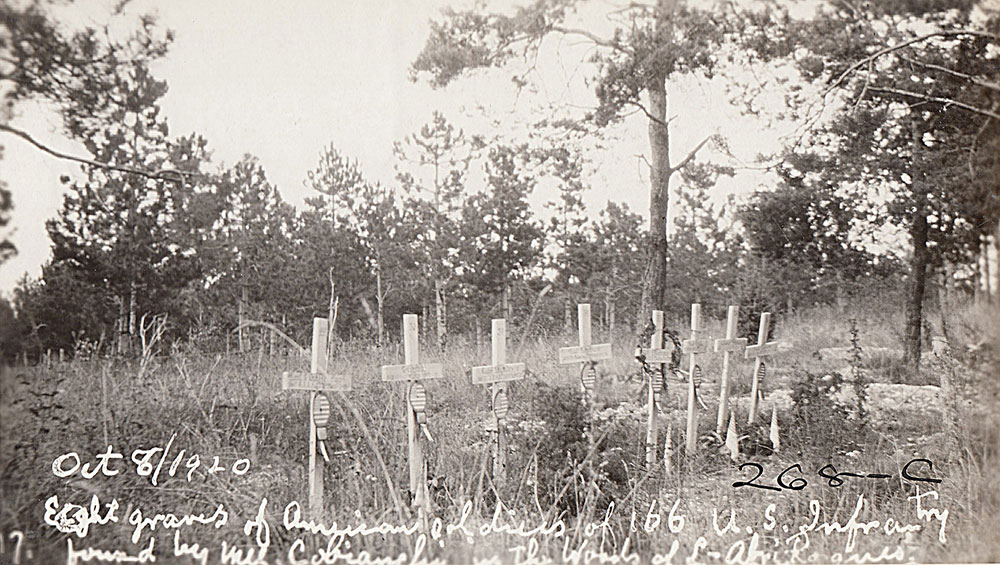
Eight American Graves in the Woods of L'Abrie Roques
The job of exhumation, identification, and relocation temporary graves fell to the Burial Corps of the Quartermaster Department.
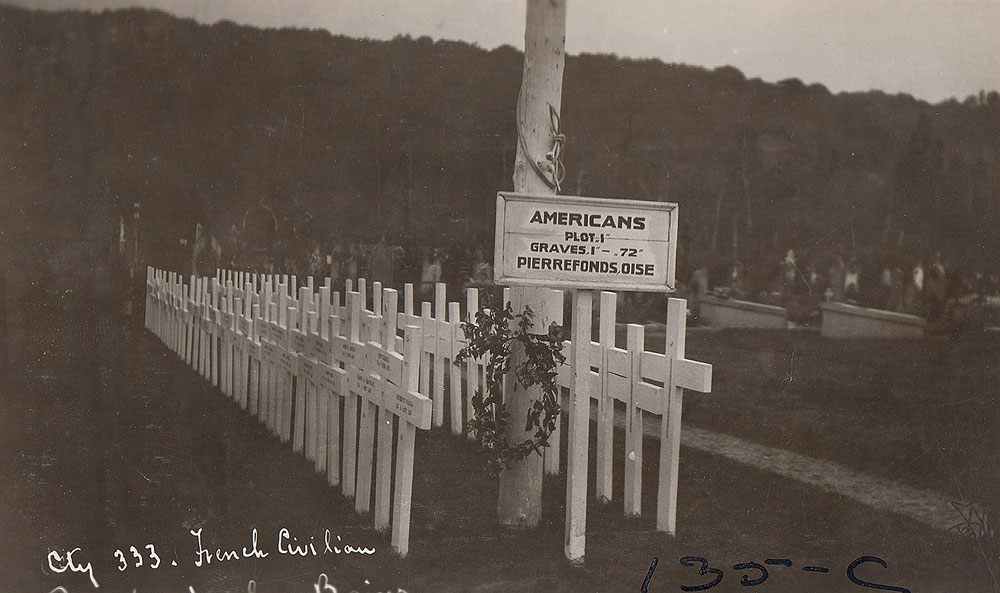
Temporary American Cemetery at Pierrefonds
Over the course of World War I, the Graves Registration Service supervised more than 73,000 temporary burials.
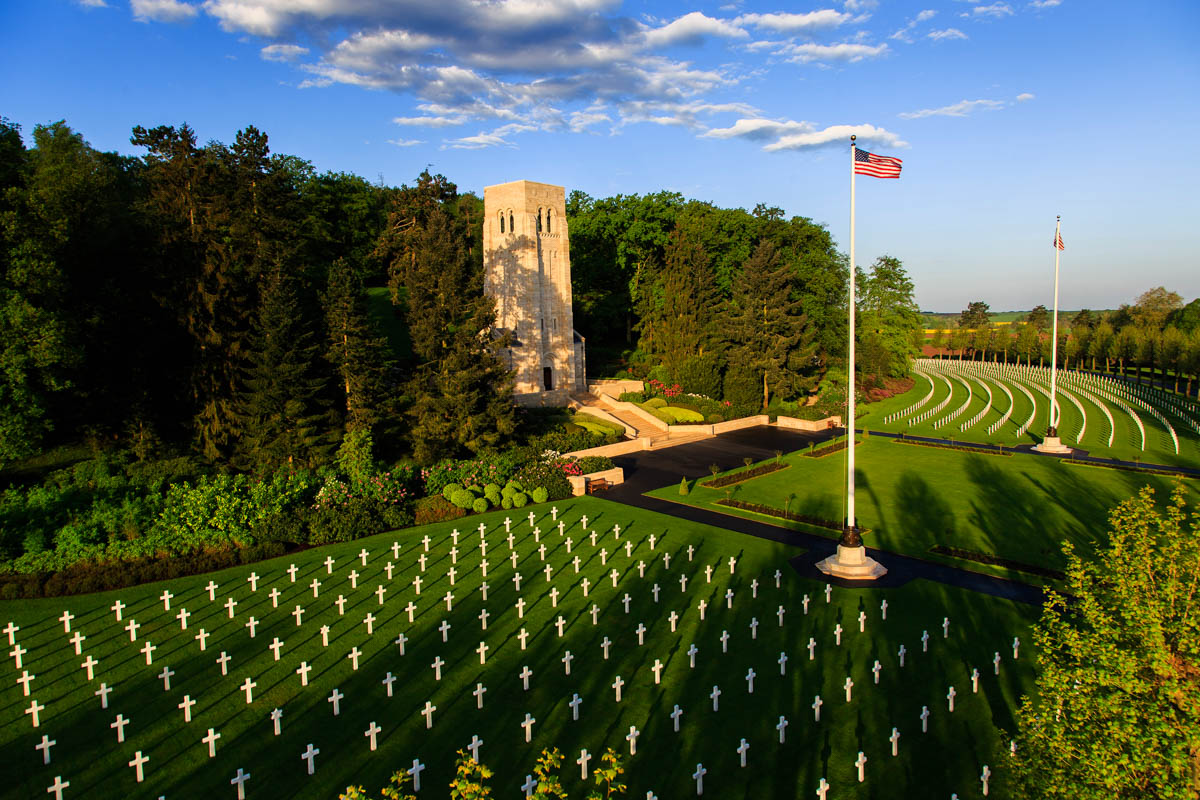
American Cemetery at Aisne-Marne
The Aisne-Maine cemetery, located next to Belleau Wood in France contains 2,289 graves and is hallowed ground to the Marine Corps.
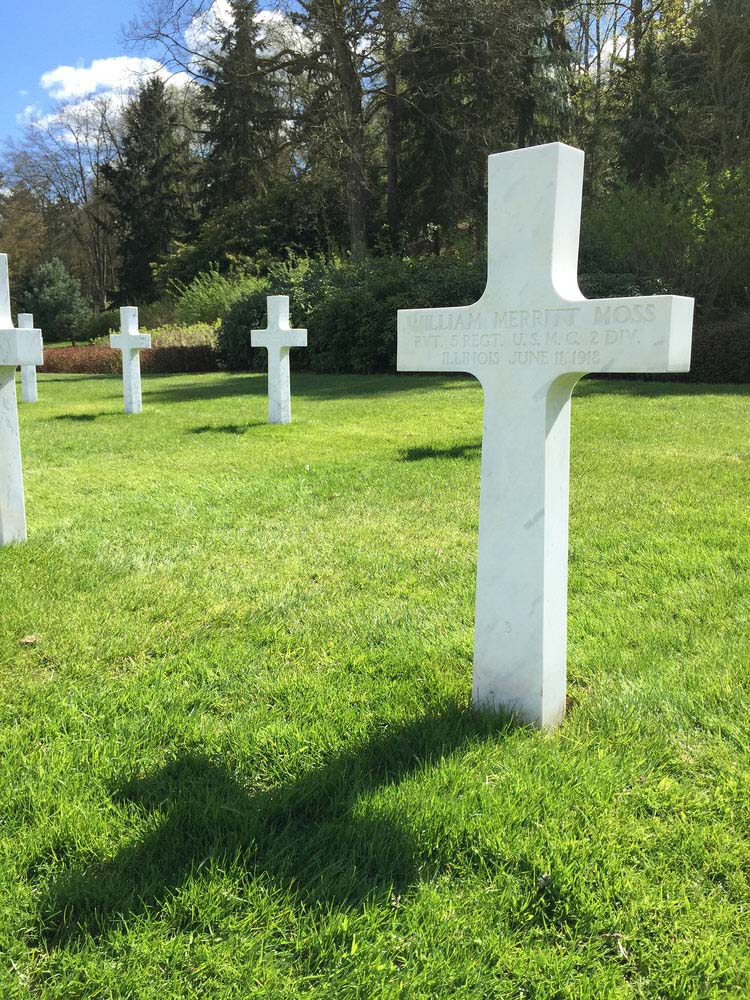
William Merritt Moss Headstone
The Aisne-Marne cemetery, located next to Belleau Wood in France contains 2,289 graves and is hallowed ground to the Marine Corps.
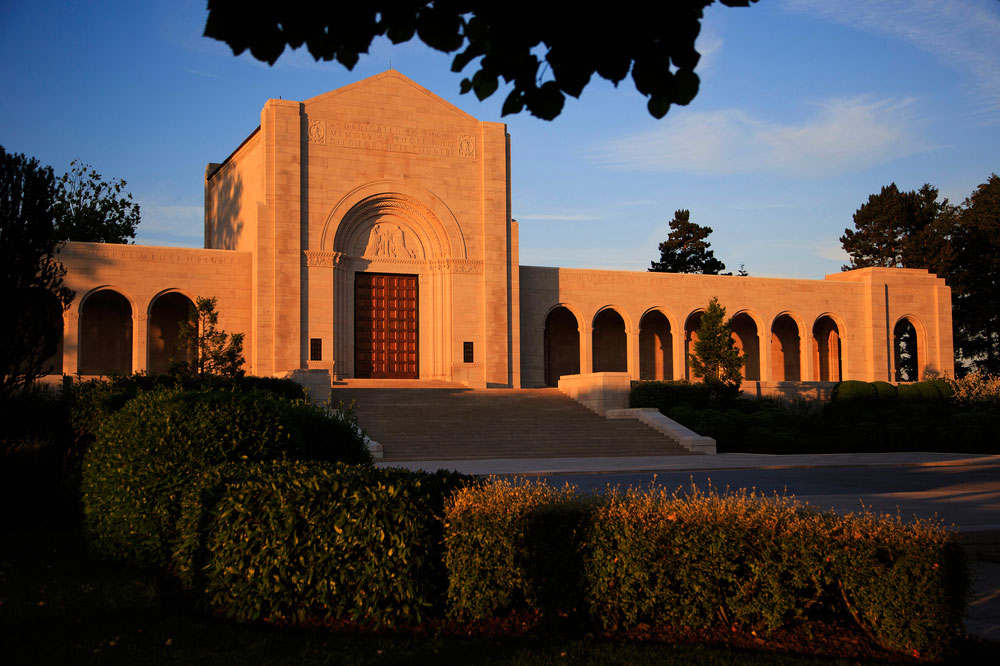
Meuse-Argonne American Cemetery
The Meuse-Argonne American Cemetery, located outside of Romagne, France, contains the largest number of the United States military dead in Europe.

Aerial view of the Meuse-Argonne American Cemetery
The Meuse-Argonne American Cemetery, located outside of Romagne, France, contains the largest number of United States military dead in Europe.
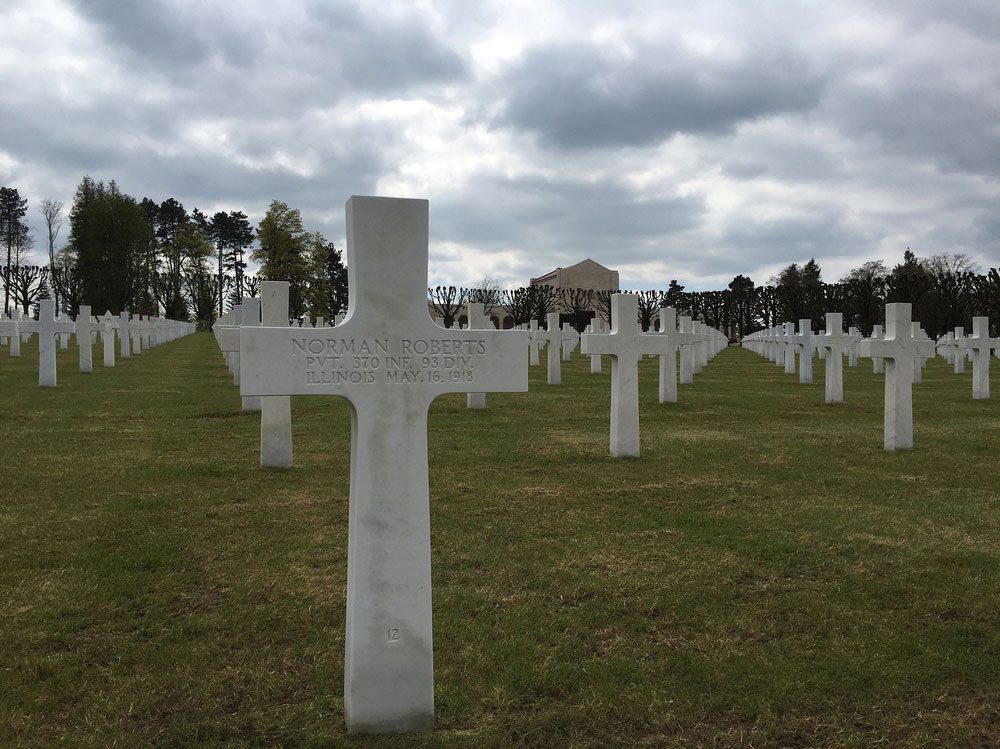
Norman Roberts Headstone
The Meuse-Argonne American Cemetery, located outside of Romagne France, contains the largest number of United States military dead in Europe.
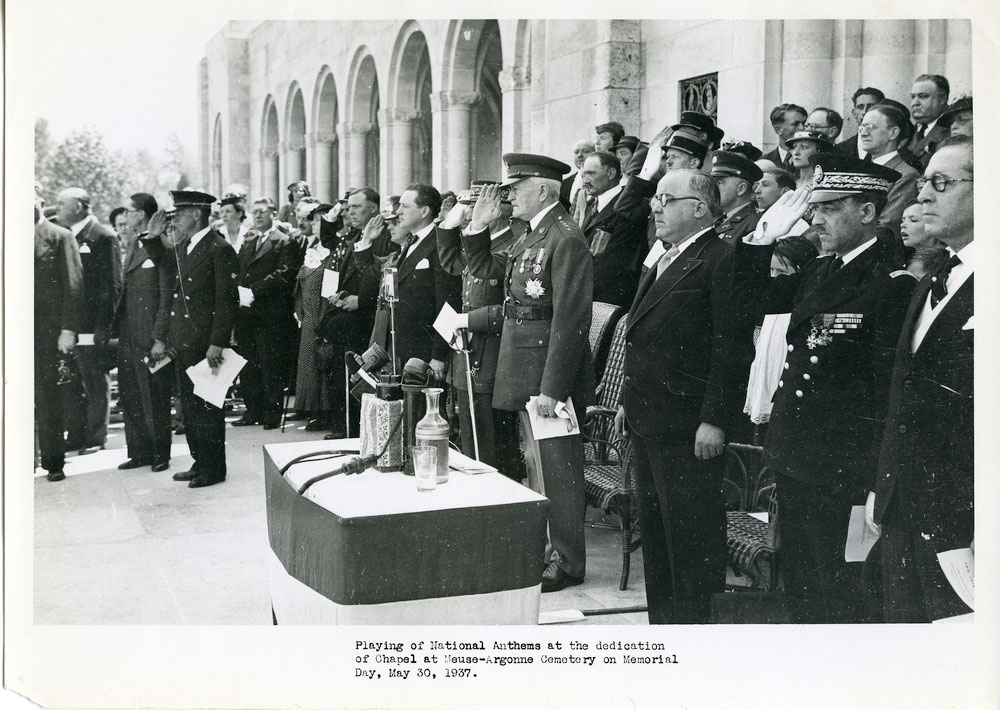
Dedication of the Chapel at Meuse-Argonne American Cemetery
The Meuse-Argonne American Cemetery, located outside of Romagne, France, contains the largest number of United States military dead in Europe.
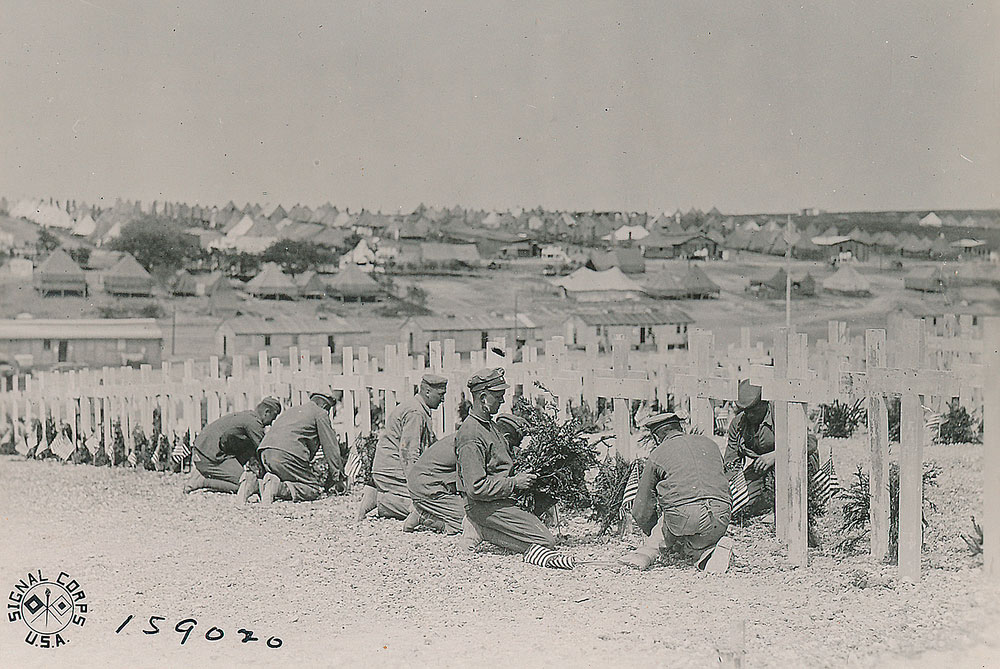
Temporary American Burials at Romagne, France
The Meuse-Argonne American Cemetery, located outside of Romagne, France, contains the largest number of United States military dead in Europe.
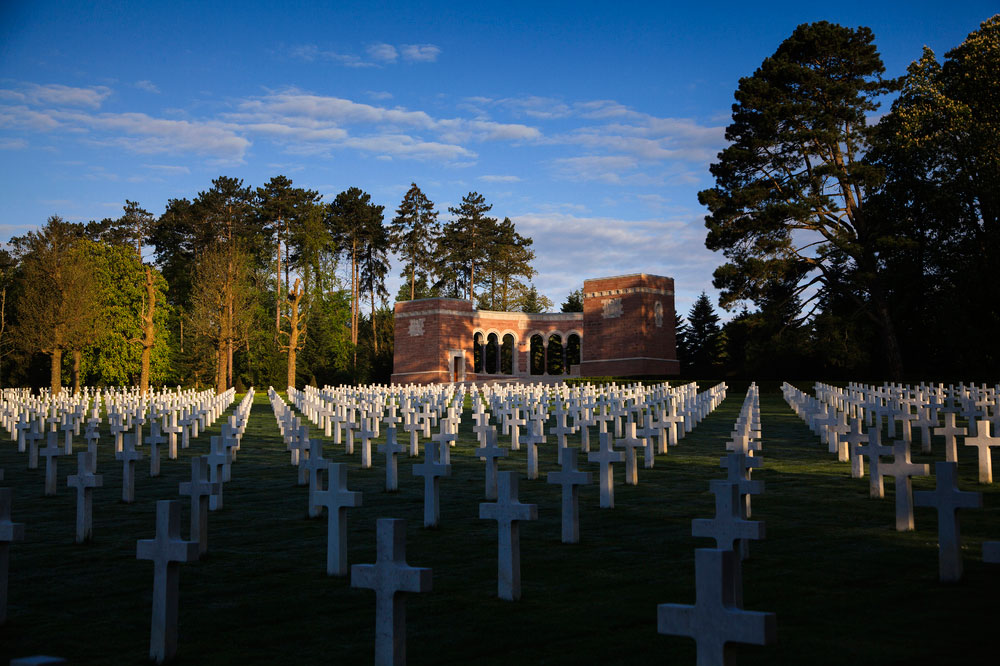
Oise-Aisne American Cemetery
The Oise-Aisne American Cemetery in Aisne, France near Chateau-Thierry contains 6,012 United States military dead.
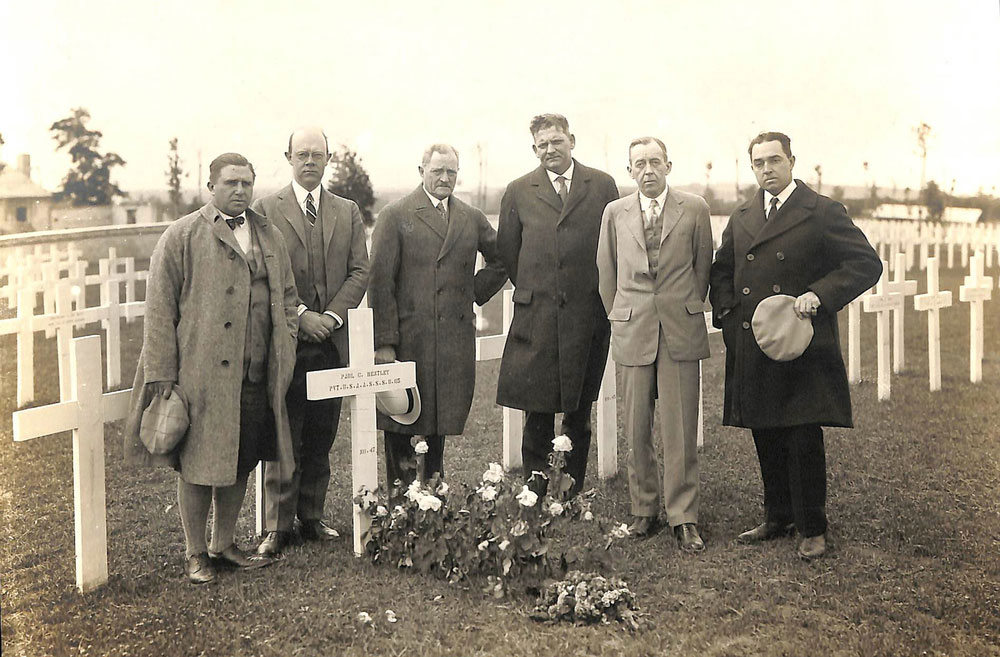
Original Commissioners at Oise-Aisne American Cemetery
The Oise-Aisne American Cemetery in Aisne, France near Chateau-Thierry contains 6,012 United States military dead.
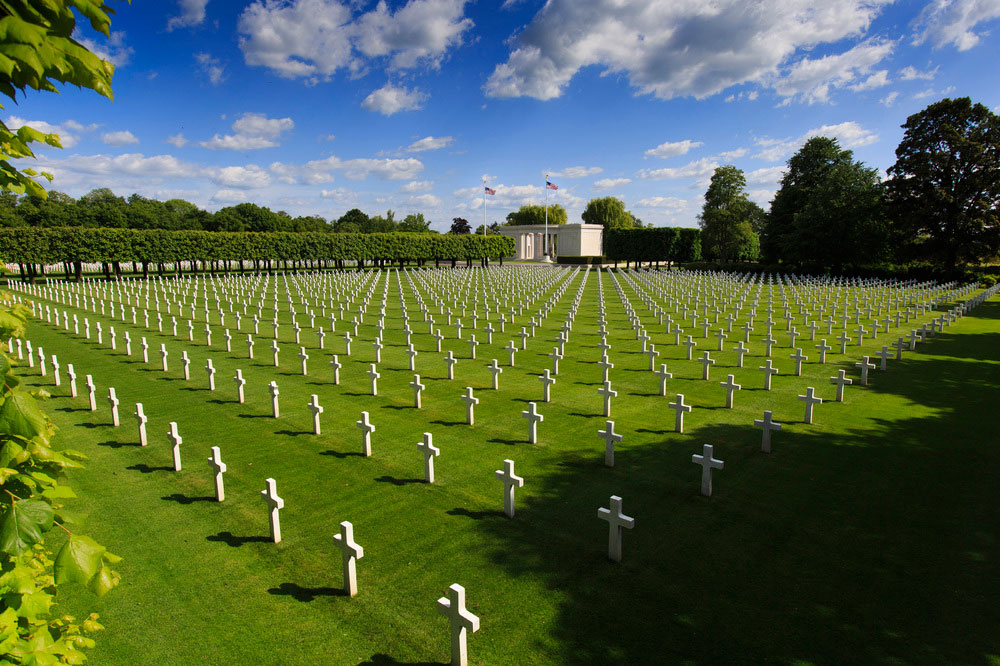
Saint-Mihiel American Cemetery
The Saint-Mihiel American Cemetery, located near Thiaucourt, France, contains 4,153 graves.
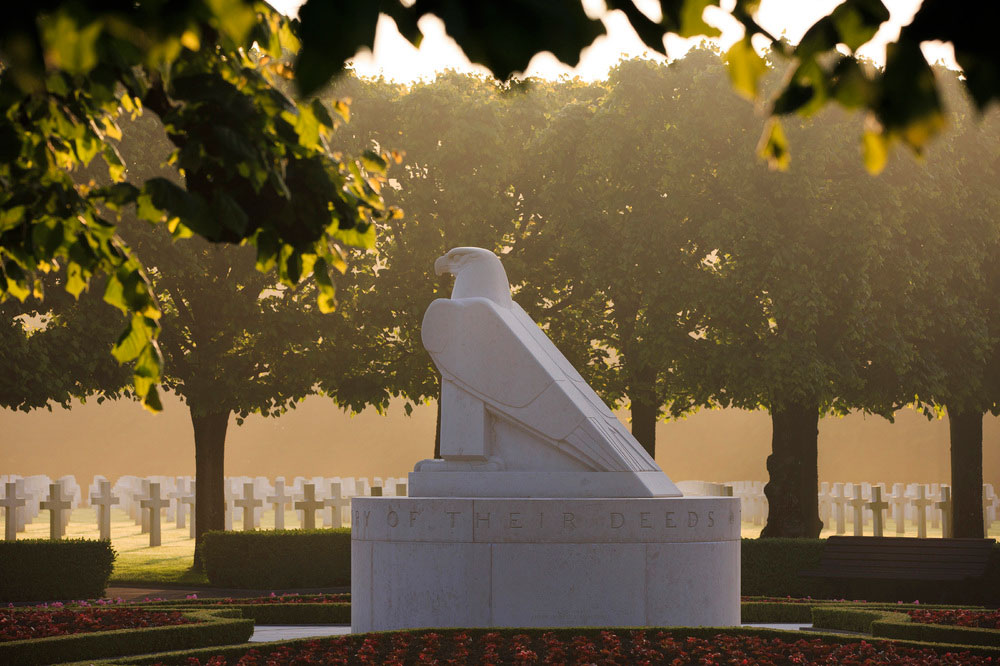
Monument in Saint-Mihiel American Cemetery
The Saint-Mihiel American Cemetery, located near Thiaucourt, France, contains 4,153 graves.
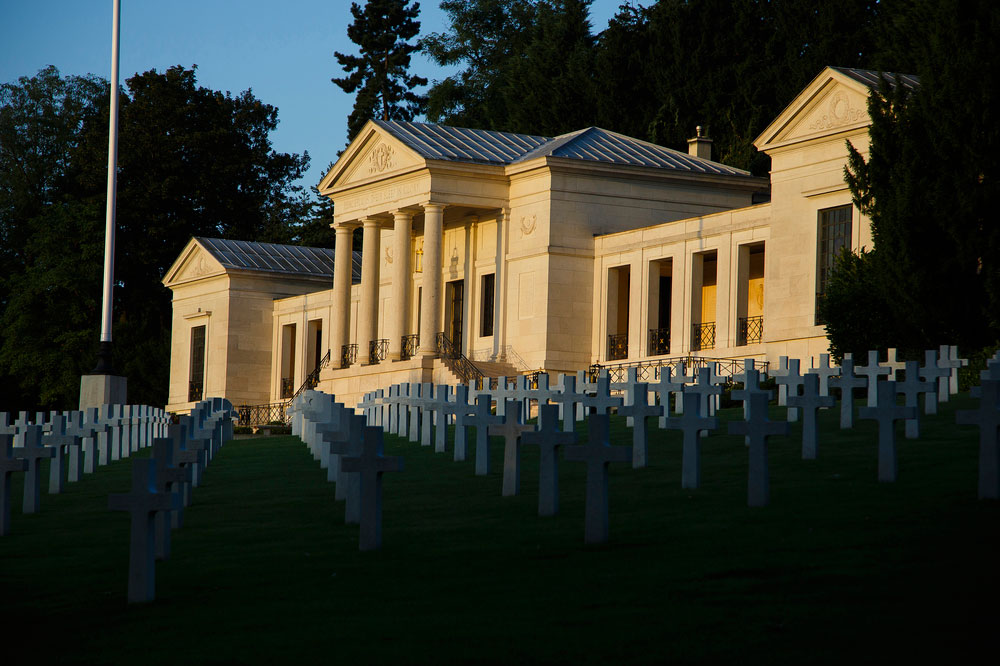
Suresnes American Cemetery
The Suresnes American Cemetery located near Paris, France contains the graves of 1,541 United States service members who died in World War I
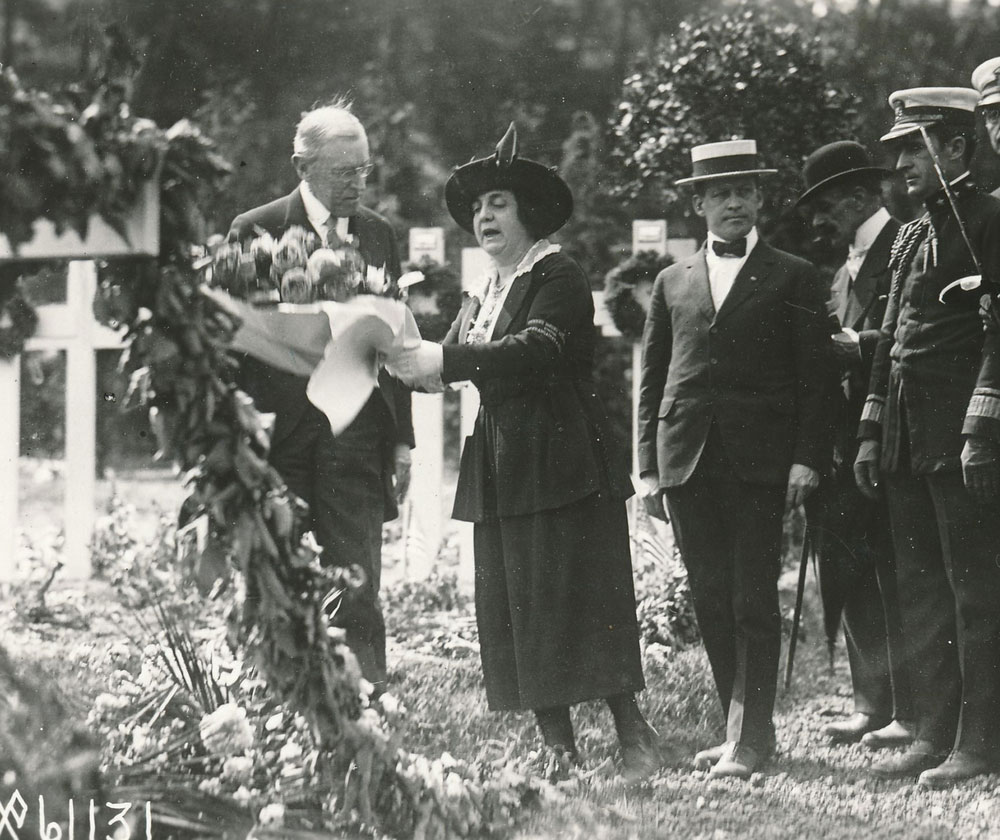
President Woodrow Wilson Decorating graves at Suresnes American Cemetery
The Suresnes American Cemetery located near Paris, France contains the graves of 1,541 United States service members who died in World War I.
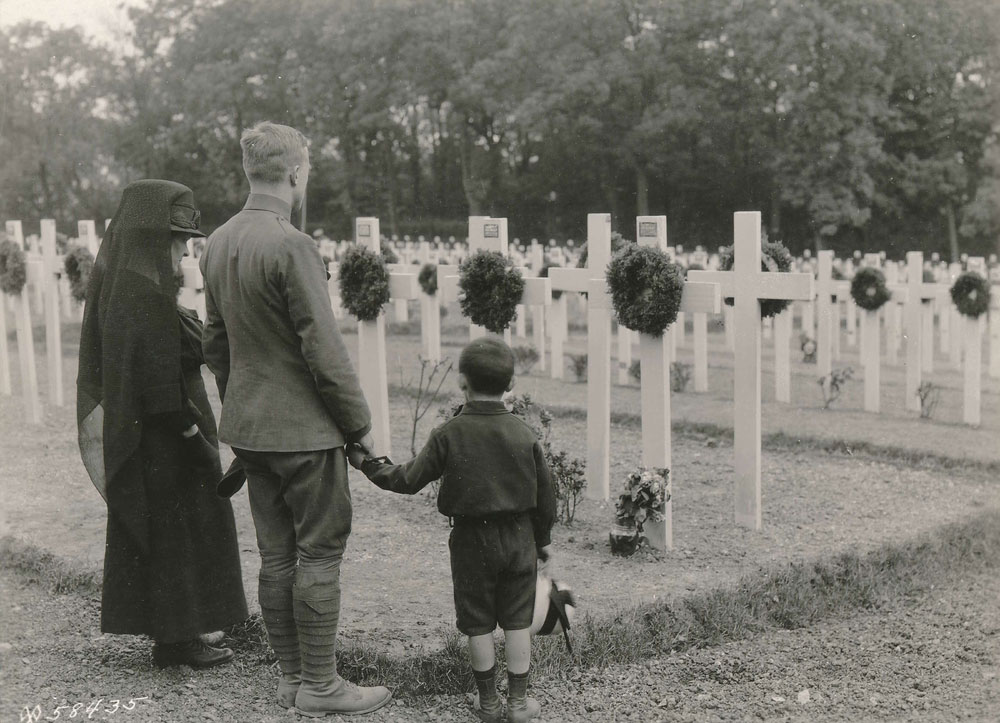
Daily scene at the Suresnes American Cemetery
The Suresnes American Cemetery located near Paris, France contains the graves of 1,541 United States service members who died in World War I.

Liberty Loan–Become a patriotic bond holder : Subscribe at your bank today.
Poster that promoted the first Liberty Loan during World War I.
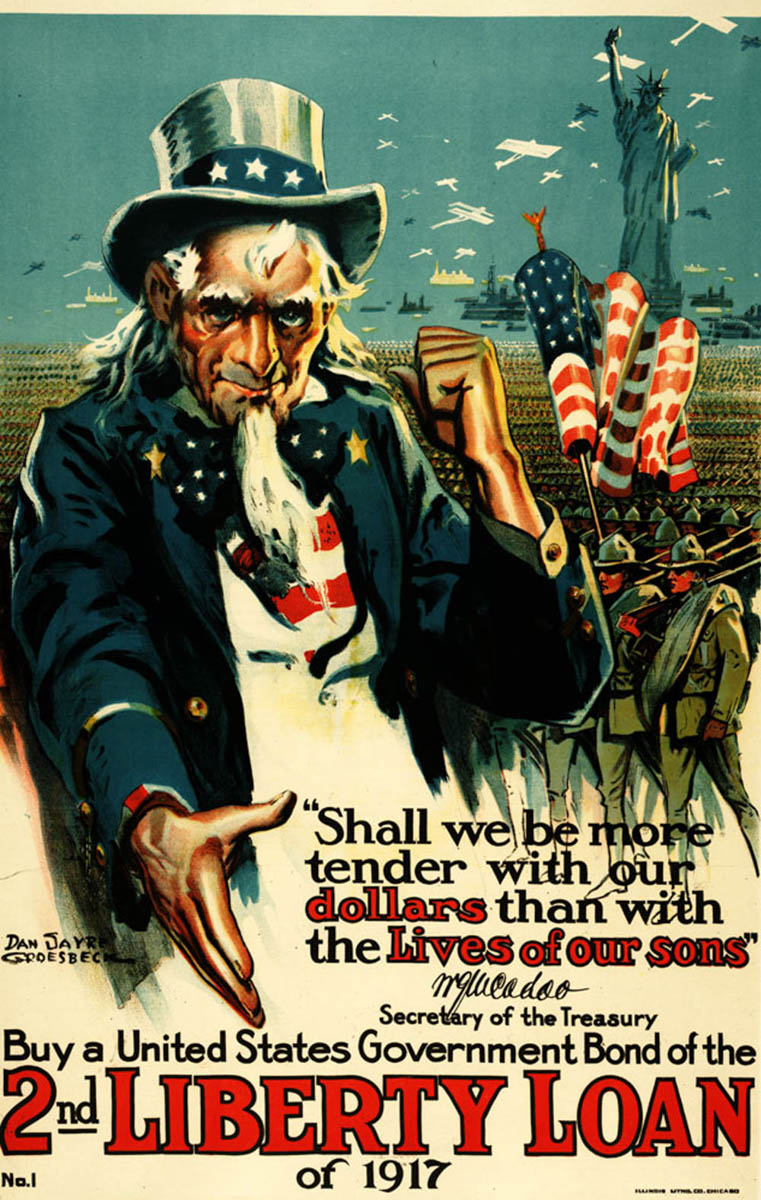
"Shall we be more tender with our dollars than with the lives of our sons?" W.G. McAdoo, Secretary of the Treasury: Buy a United States government bond of the 2nd Liberty Loan of 1917
Poster that promoted the Second Liberty Loan during World War I.

Are you 100% American? Prove it! Buy U.S. government bonds : Third Liberty Loan
Poster that promoted the Third Liberty Loan during World War I.
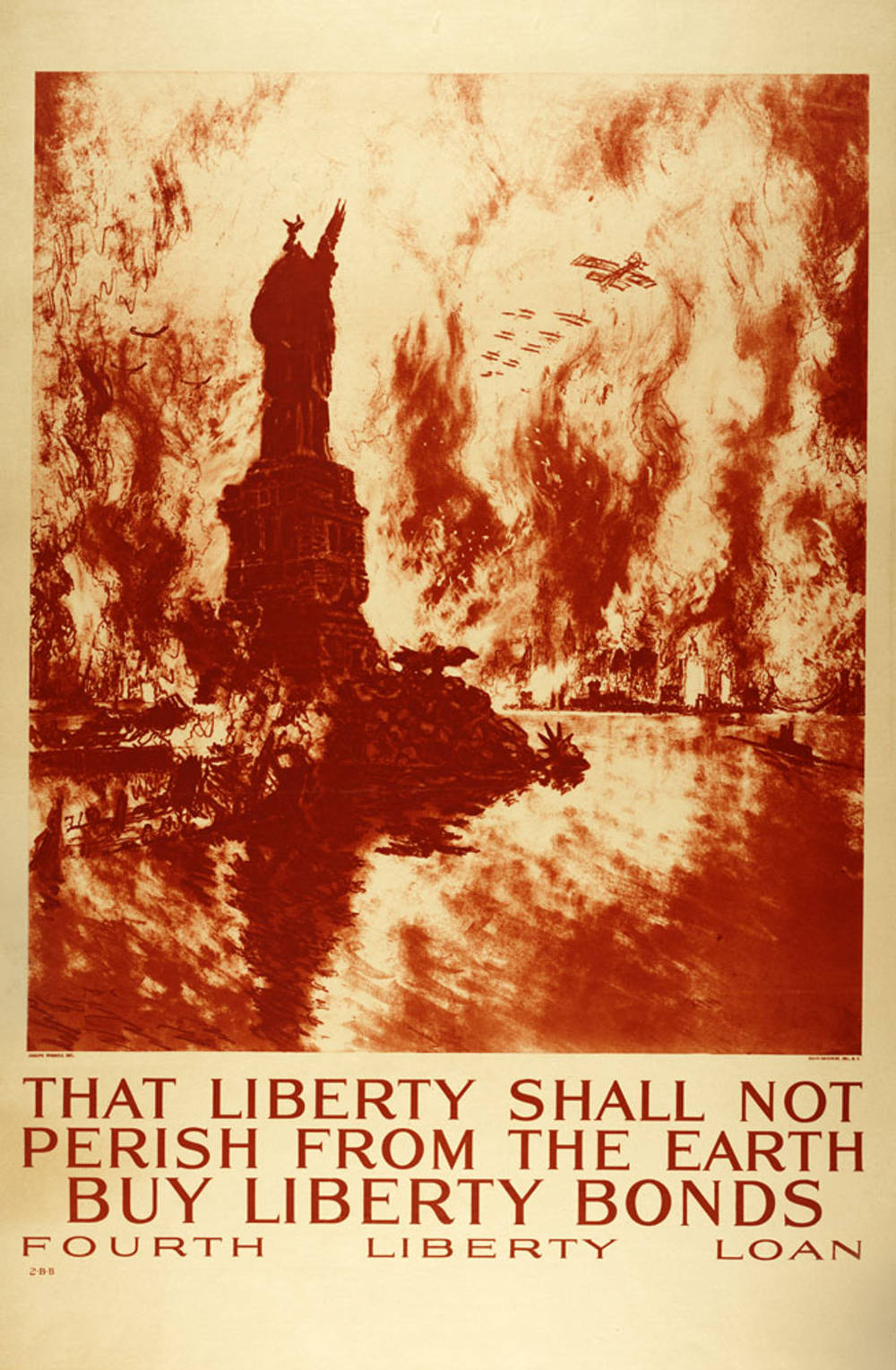
That liberty shall not perish from the earth – buy liberty bonds: fourth liberty loan
Poster that promoted the Fourth Liberty Loan during World War I.
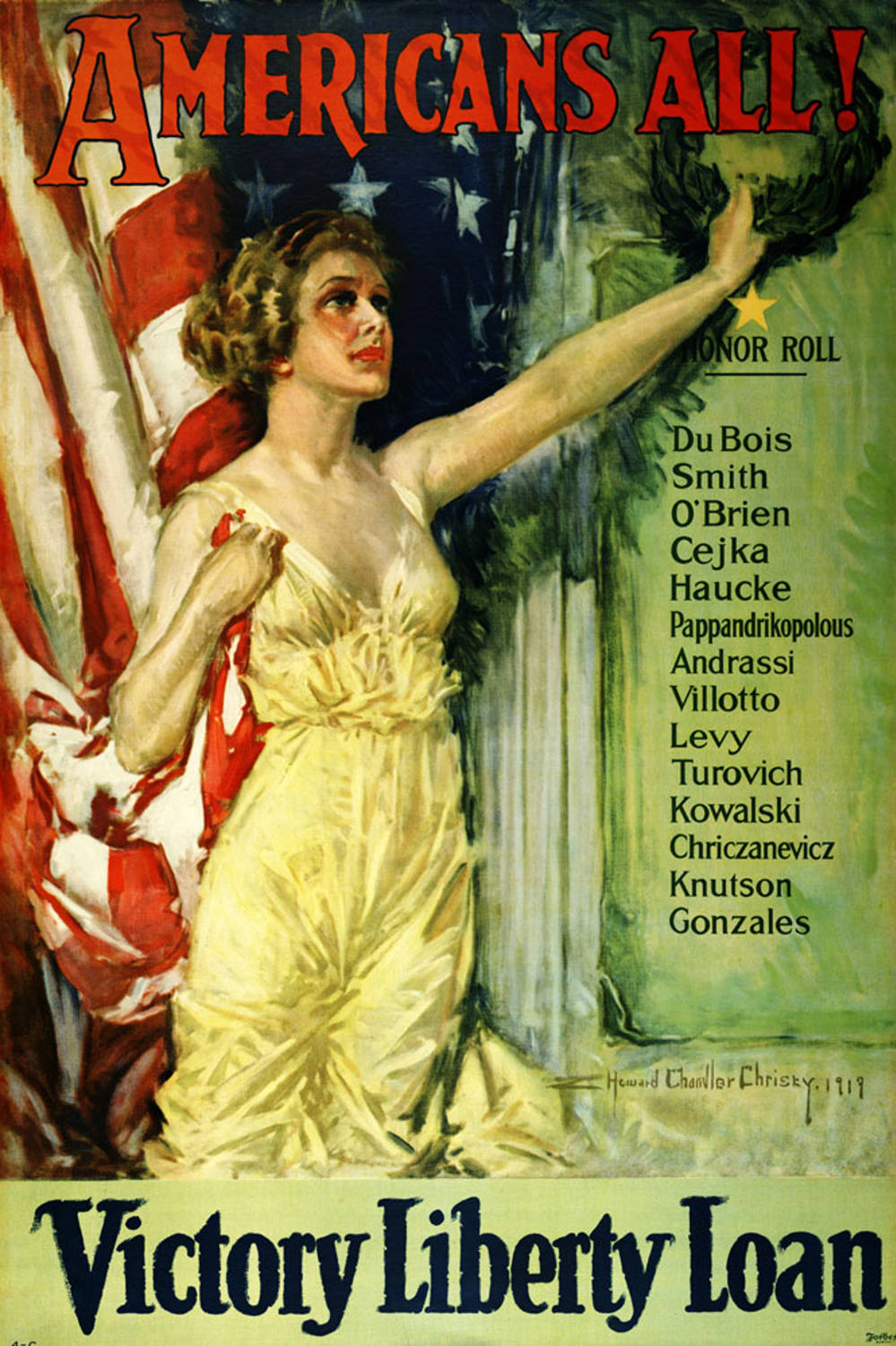
Americans all!: Victory Liberty Loan
Poster that promoted the Victory Liberty Loan during World War I.
Soldiers in the Trenches
By the time the United States entered World War I, the front lines consisted largely of a maze of trenches.
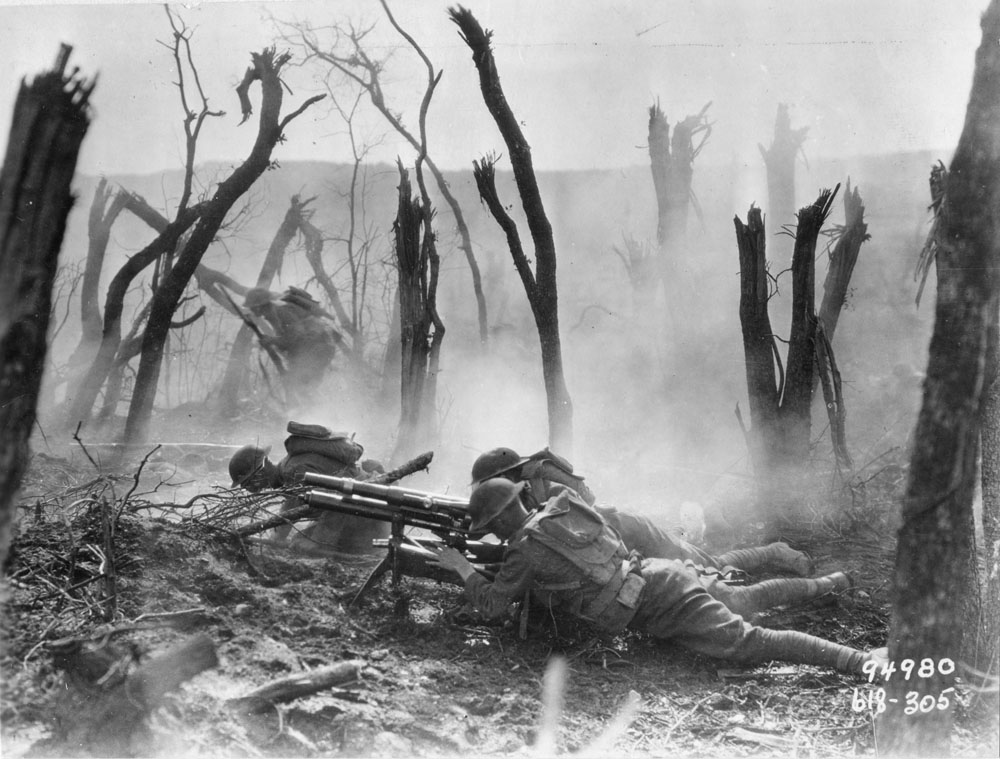
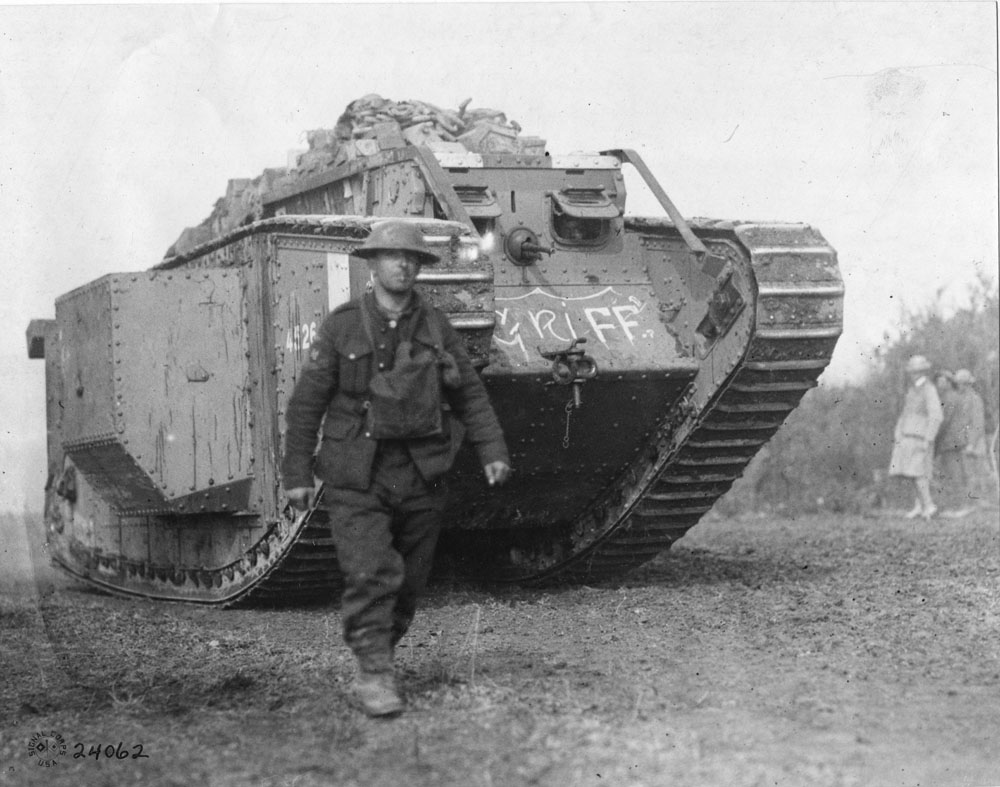
4526 "Griff"
A tank traveling to the Saint Quentin Canal during the Hundred Days Offensive.
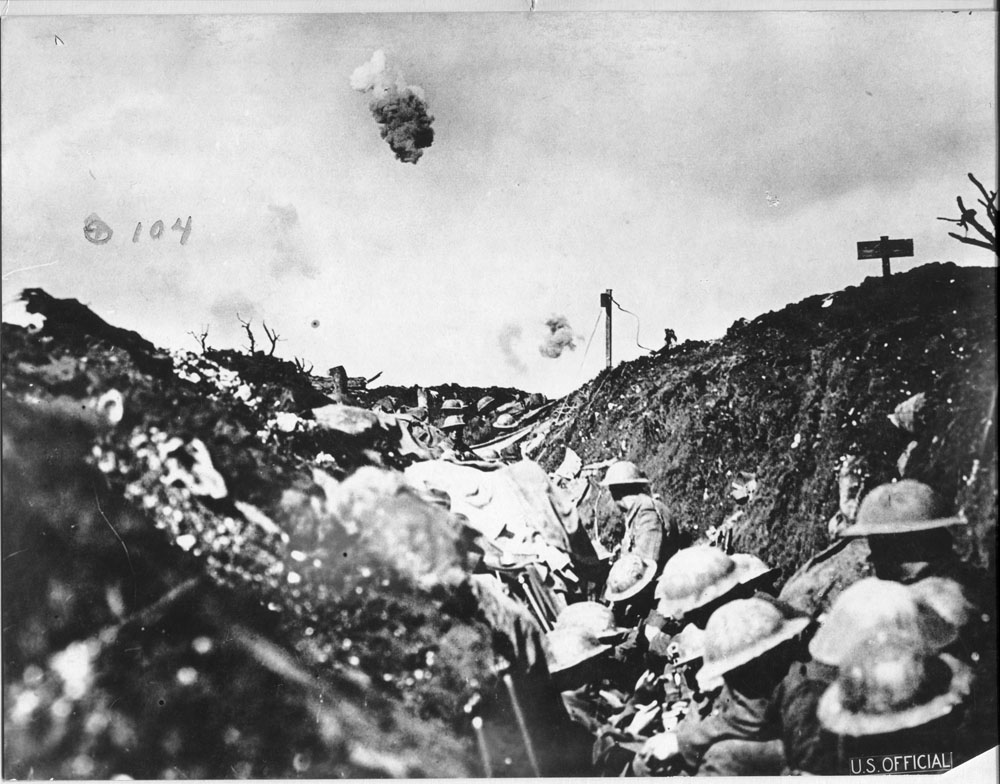
Bombs Bursting Over Head
Artillery fire and bombs were an ever constant threat for World War I soldiers in the trenches.
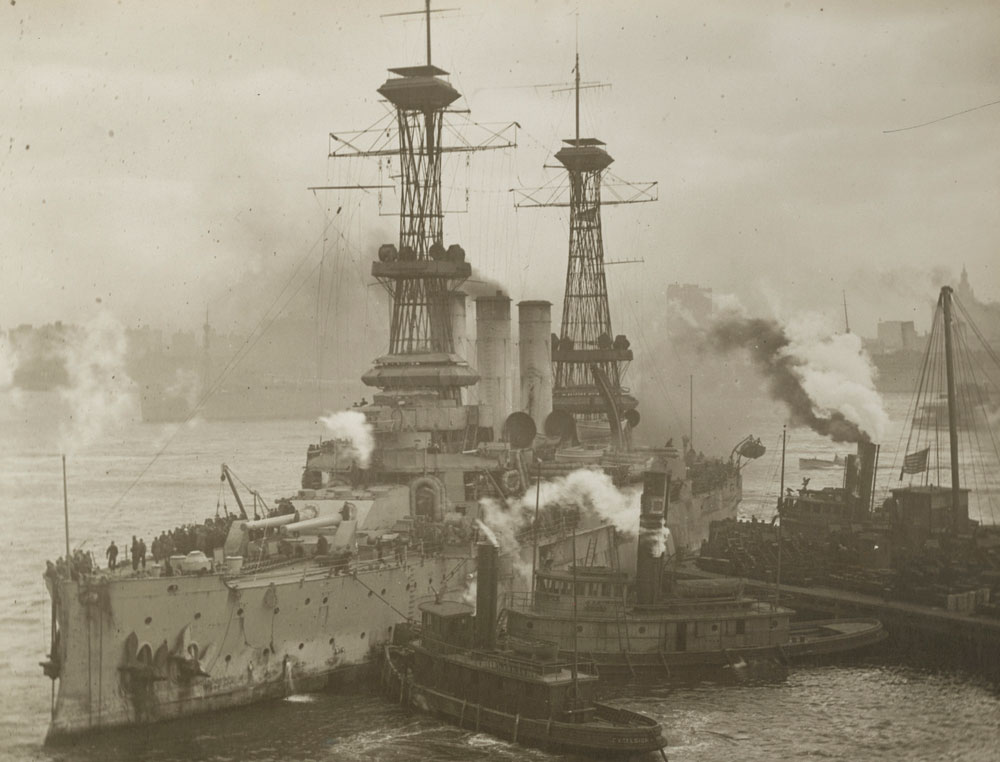
Bringing the Doughboys Home
The USS Louisiana brought United States servicemembers home from France after the Armistice in 1919.
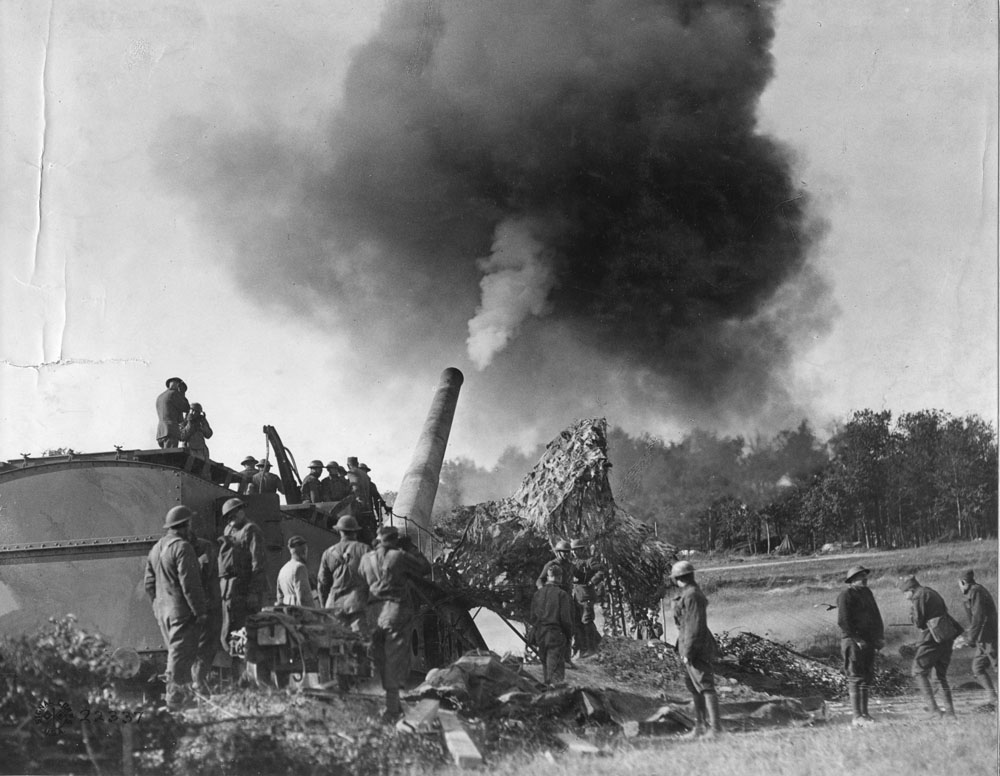
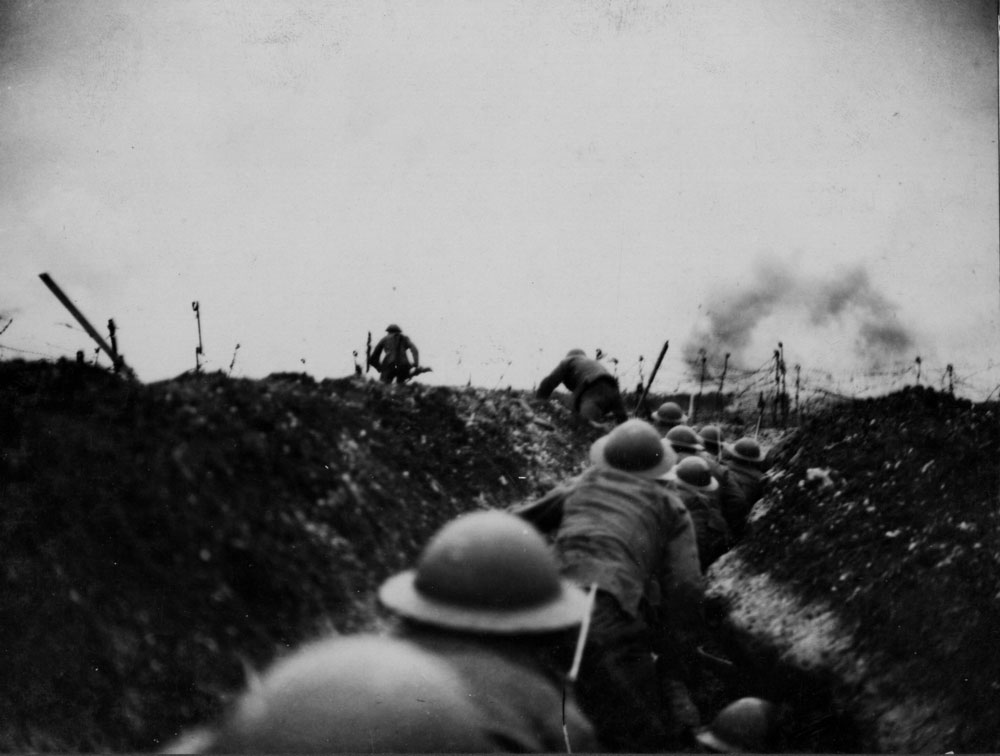
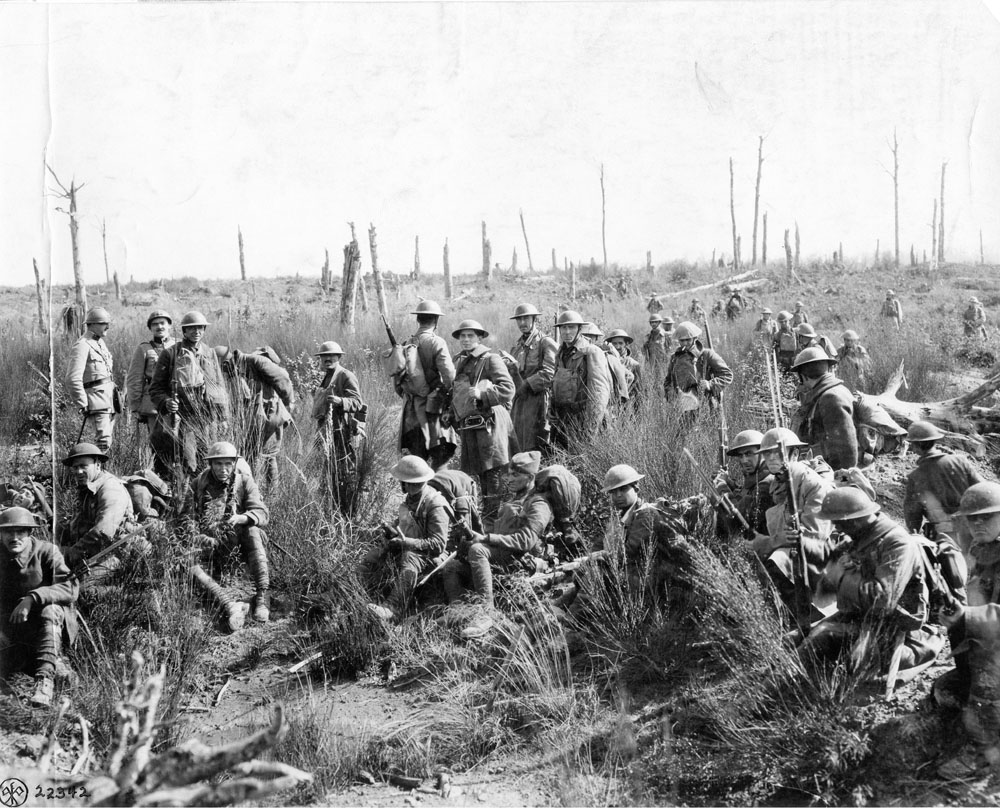
Mopping Up
These United States, French and British infantrymen were taking a rest from searching for German troops in a recently captured part of the Argonne Forst during the Meuse-Argonne Offensive.
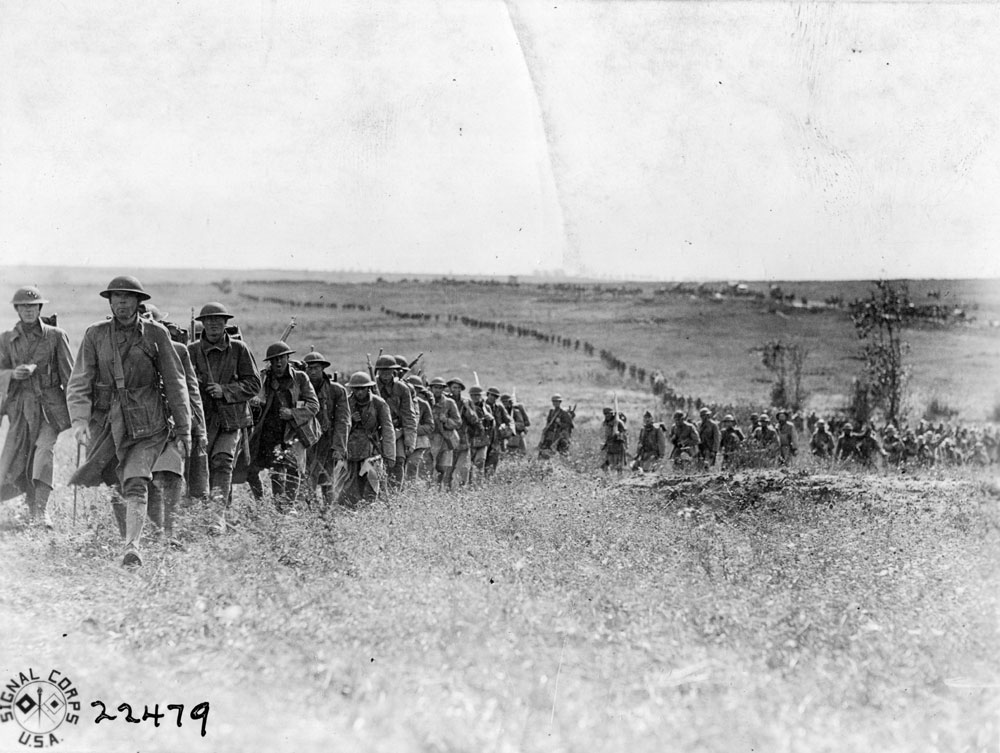
On the Move
Soldiers marching to join the rest of the Allied forces for the Meuse-Argonne Offensive.
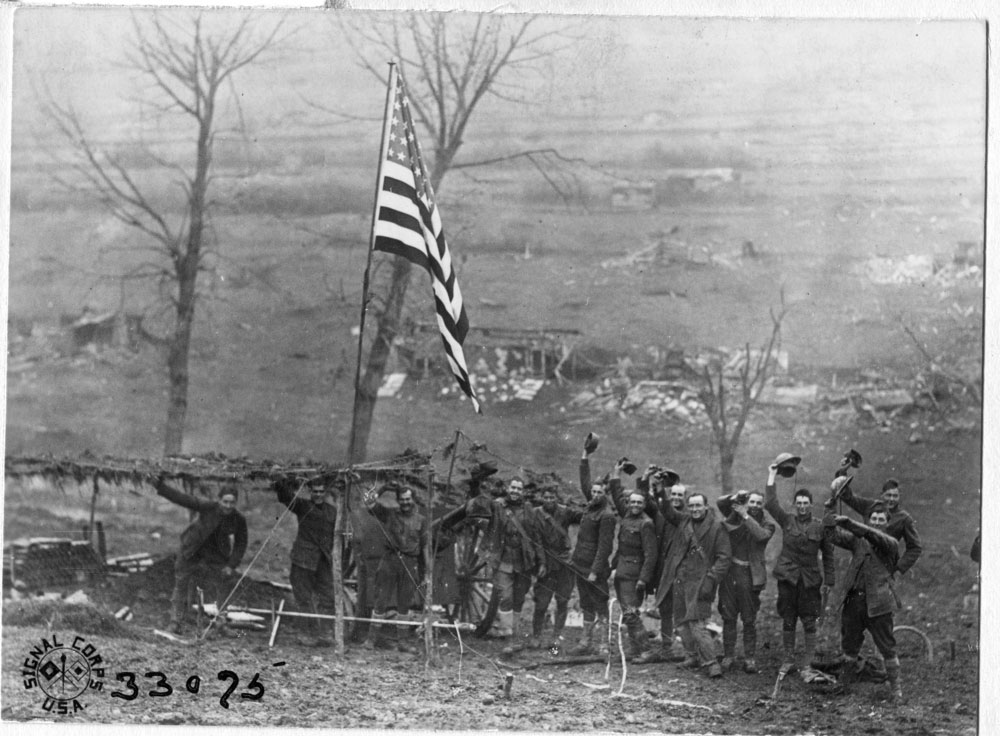
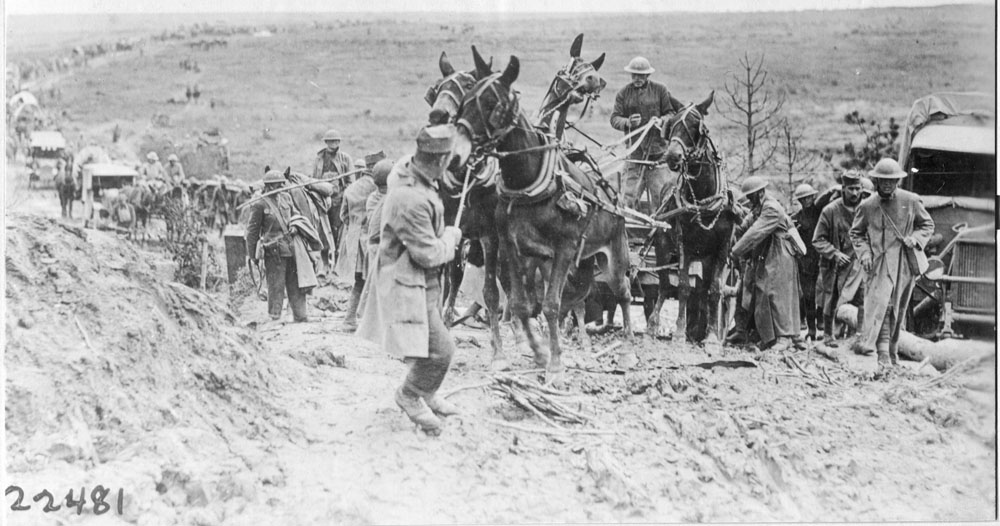
Stuck in the Mud
This United States supply train was on its way to join the rest of the Allied forces for the Meuse-Argonne Offensive.
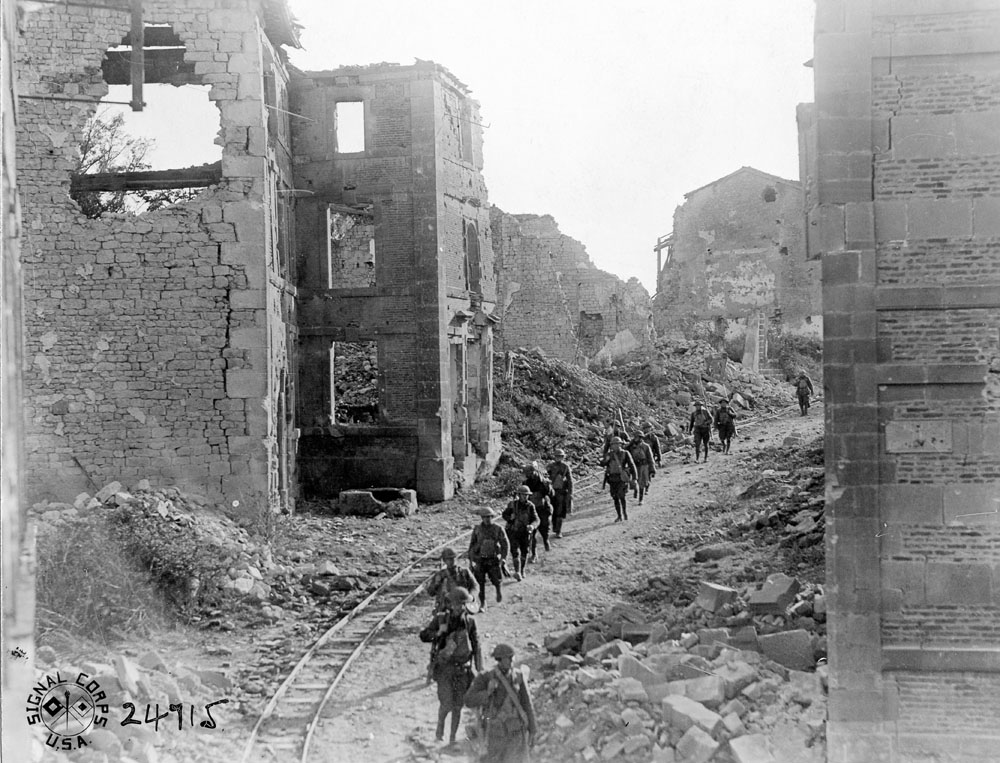
Destruction of Varennes-en-Argonne
Members of the 110th Infantry Regiment passing through Varennes-en-Argonne, France during the Meuse-Argonne Offensive.
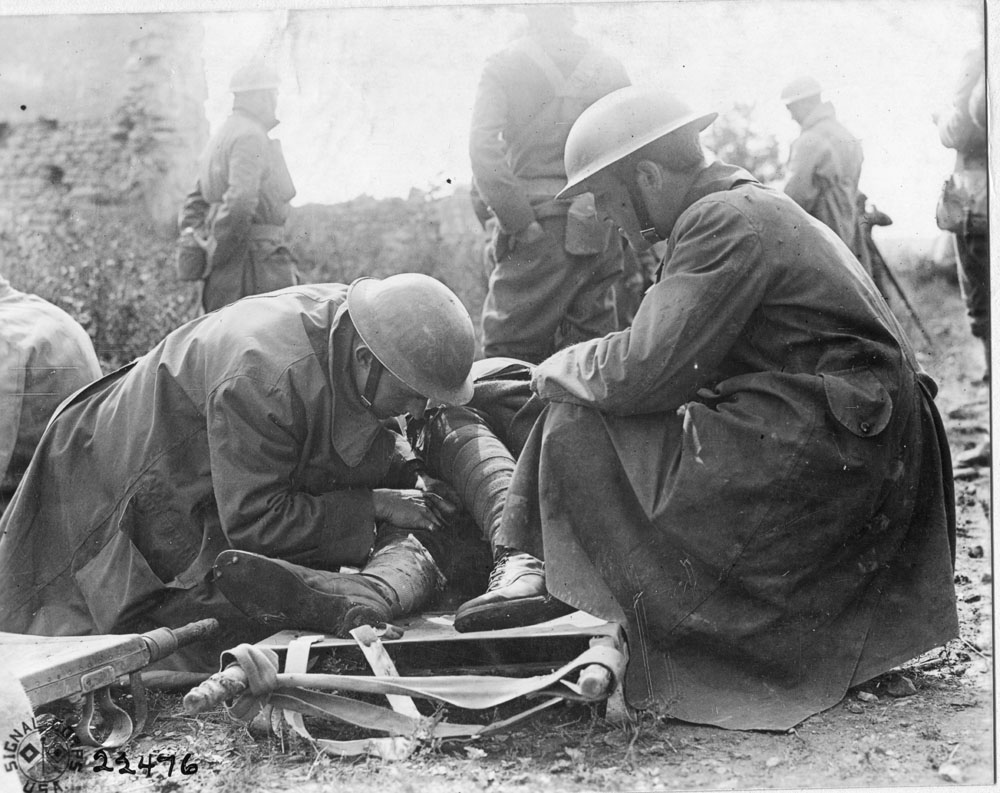
Ambulance Company #12
These members of Ambulance Company #12 were administering first aid at an advanced dressing station near Lahayville, France during the Meuse-Argonne Offensive.
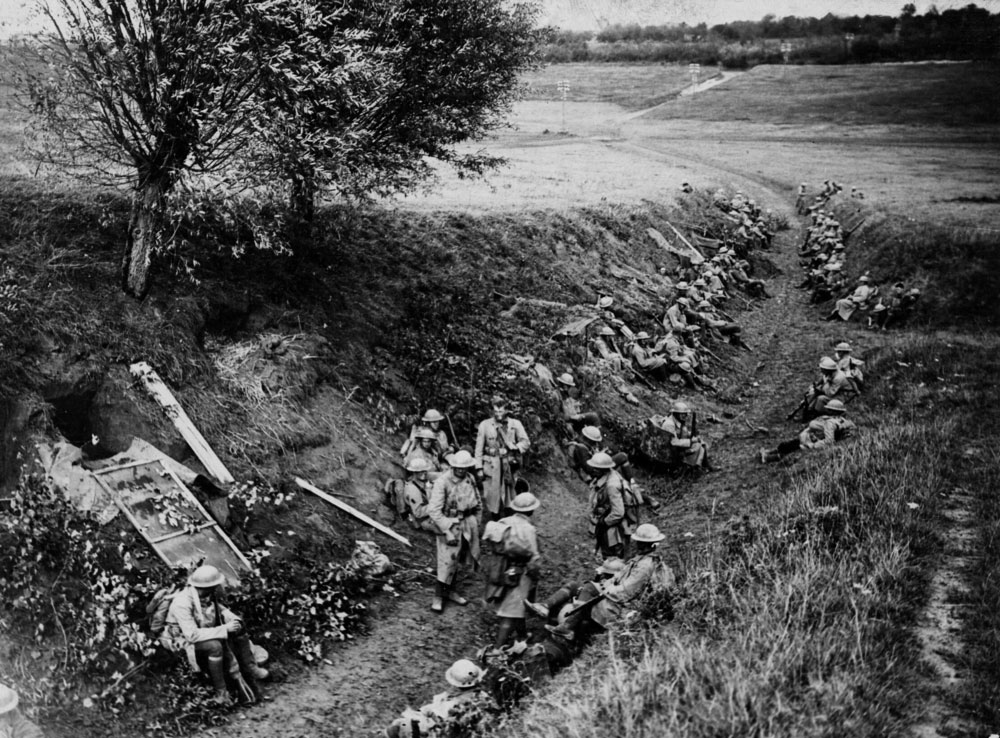
Awaiting Orders
United States soldiers waiting for orders near the French town of Arras.
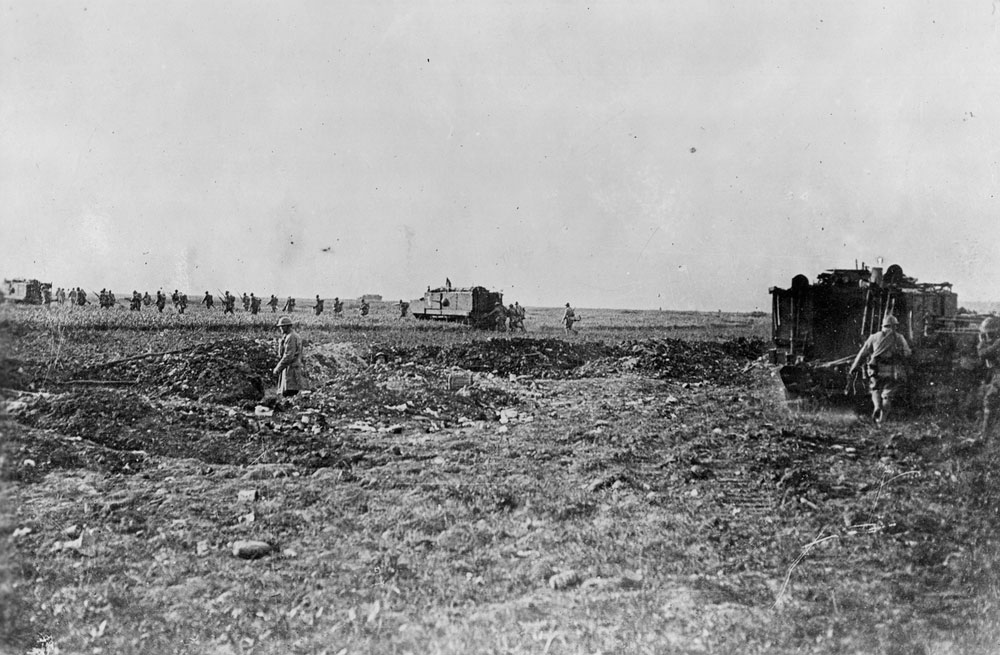
Capture of Cantigny
The 28th Infantry Regiment of the 1st Division took part in the Battle of Cantigny.
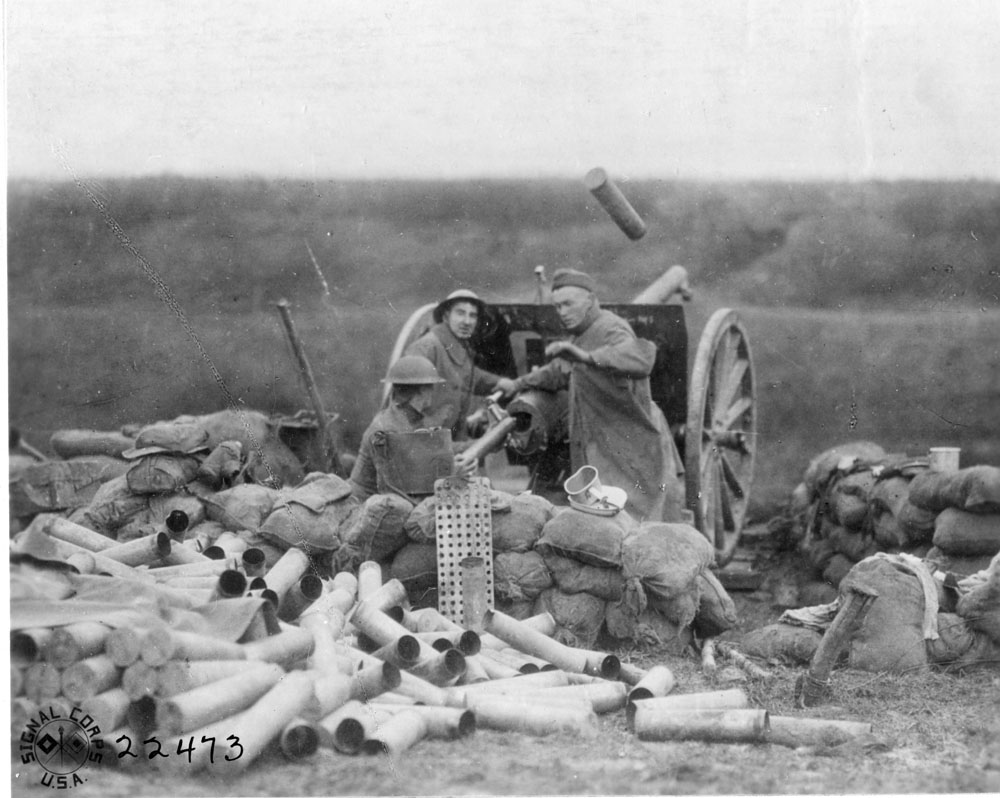
Field Artillery
These men, firing a French 75mm howitzer, were part of Battery C, 6th Field Artillery Regiment.
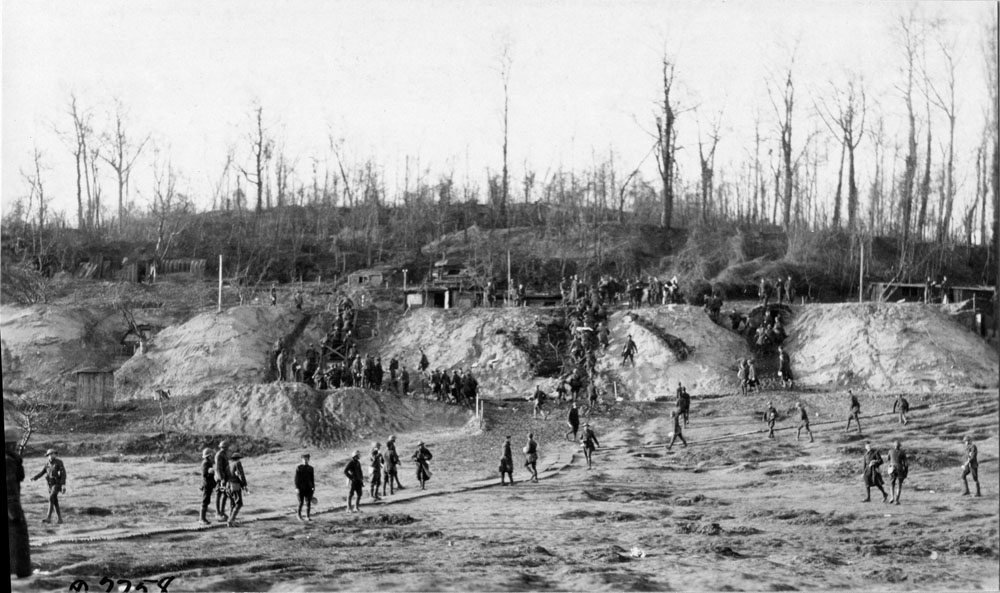
Field Kitchen
This field kitchen was located near Vailly, France on the border with Switzerland.
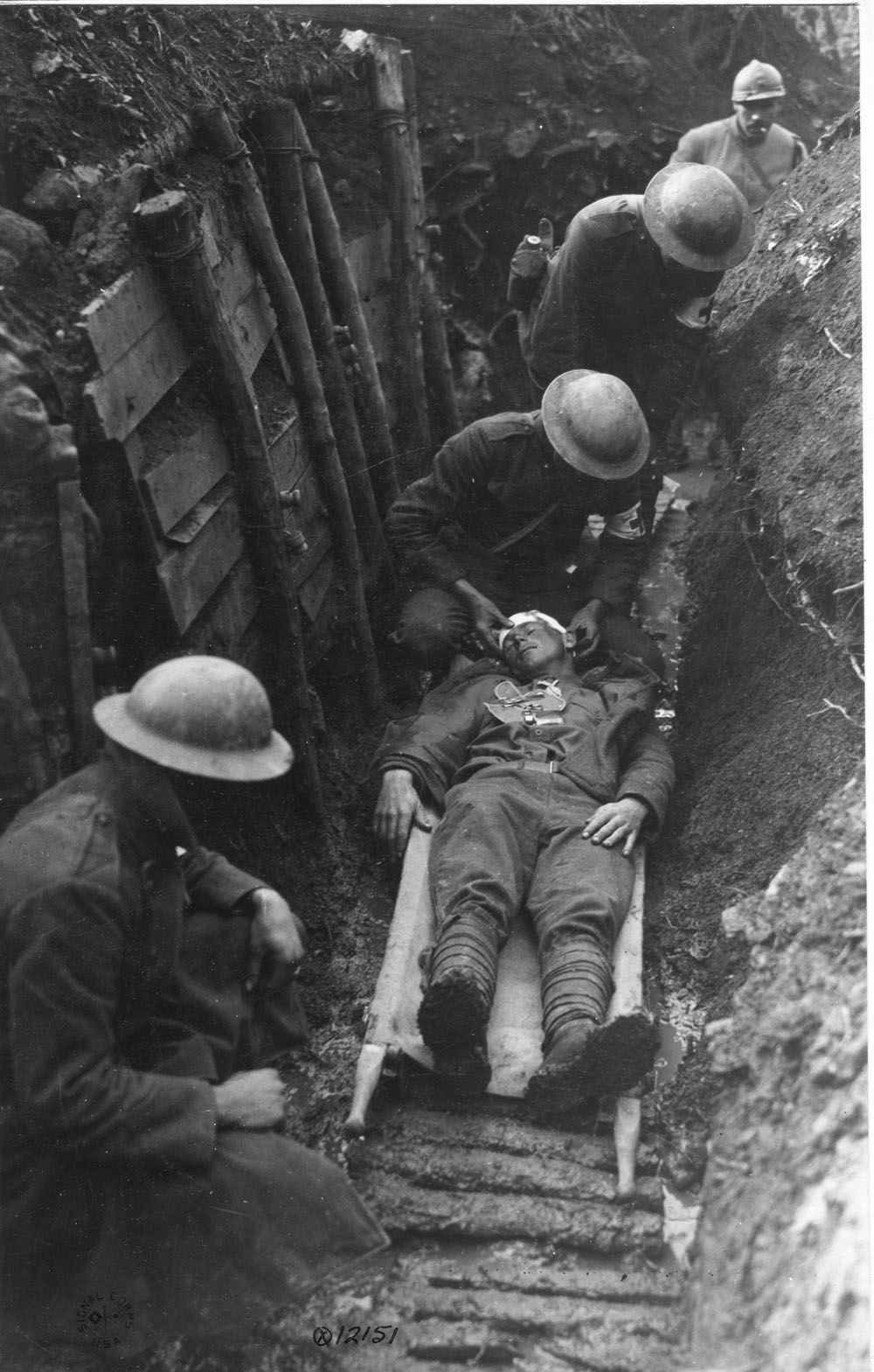
First Aid
This Marine recieved first aid before being sent to a hospital in the rear of the trenches.
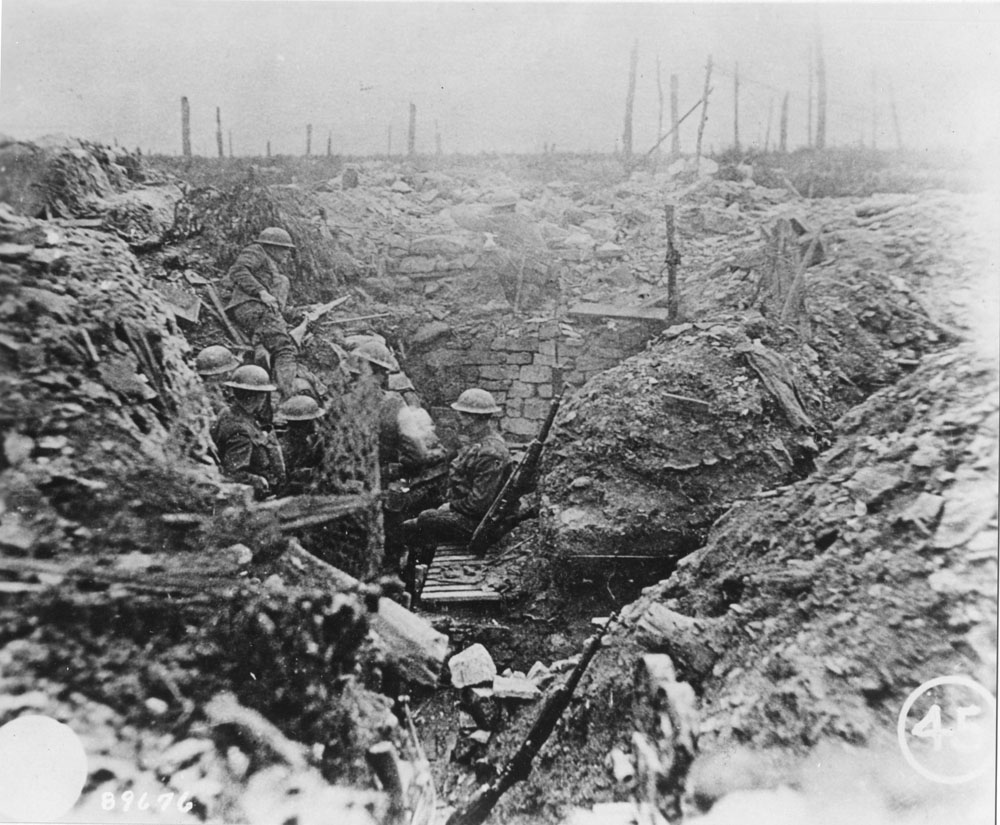
Front Line Trench
These men were watching for the enemy in a front line trench near Verdun, France when this photograph was taken.
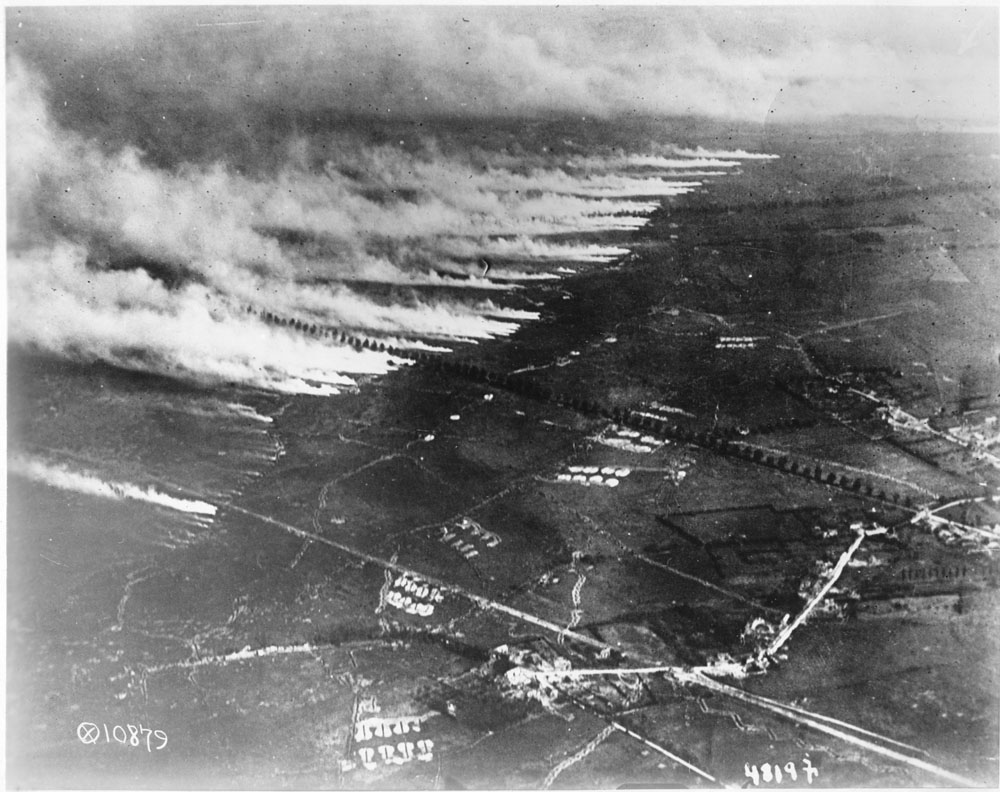
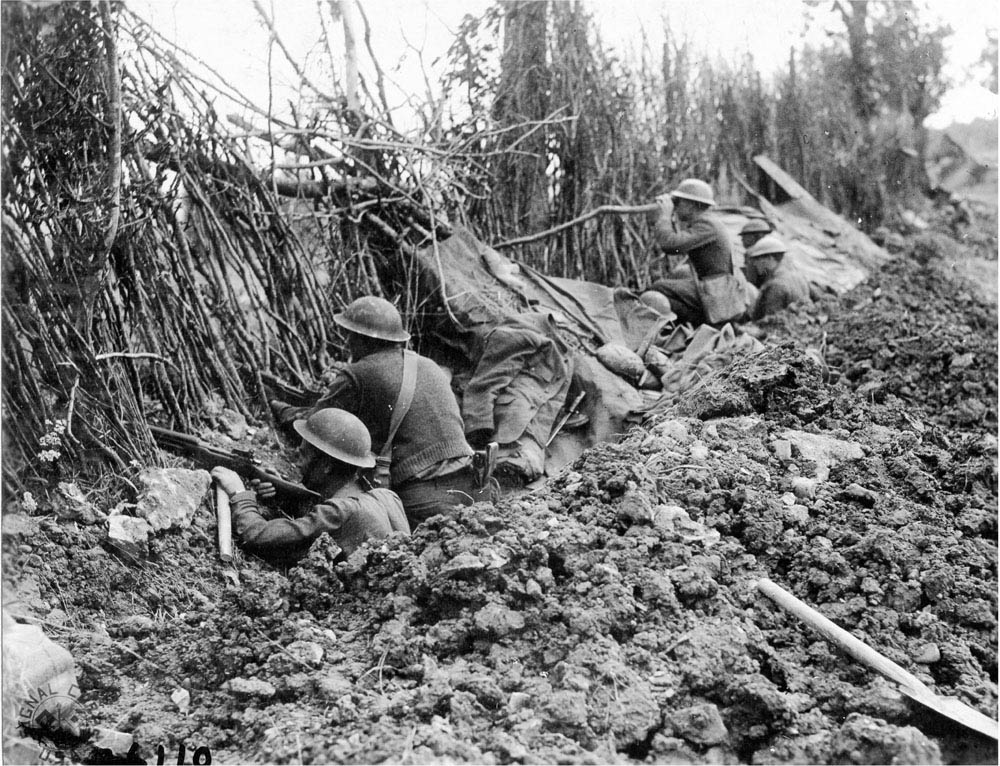
German Camoflague
Soldiers in the 33rd Infantry Division hiding behind German camouflage.
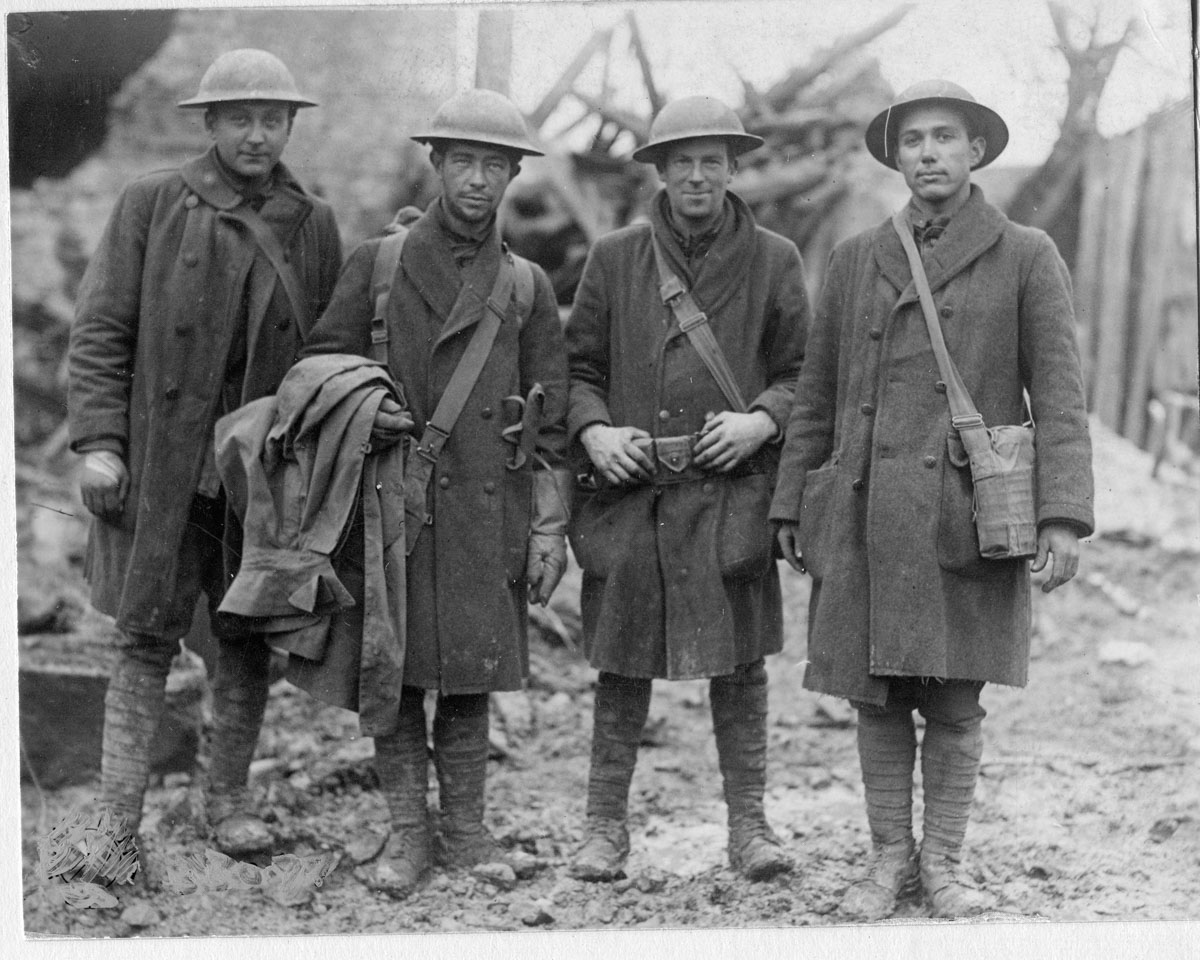
Messengers
The men pictured here delivered to Lt. Col. Burt the message to cease fire on November 11, 1918, at 11 A.M.
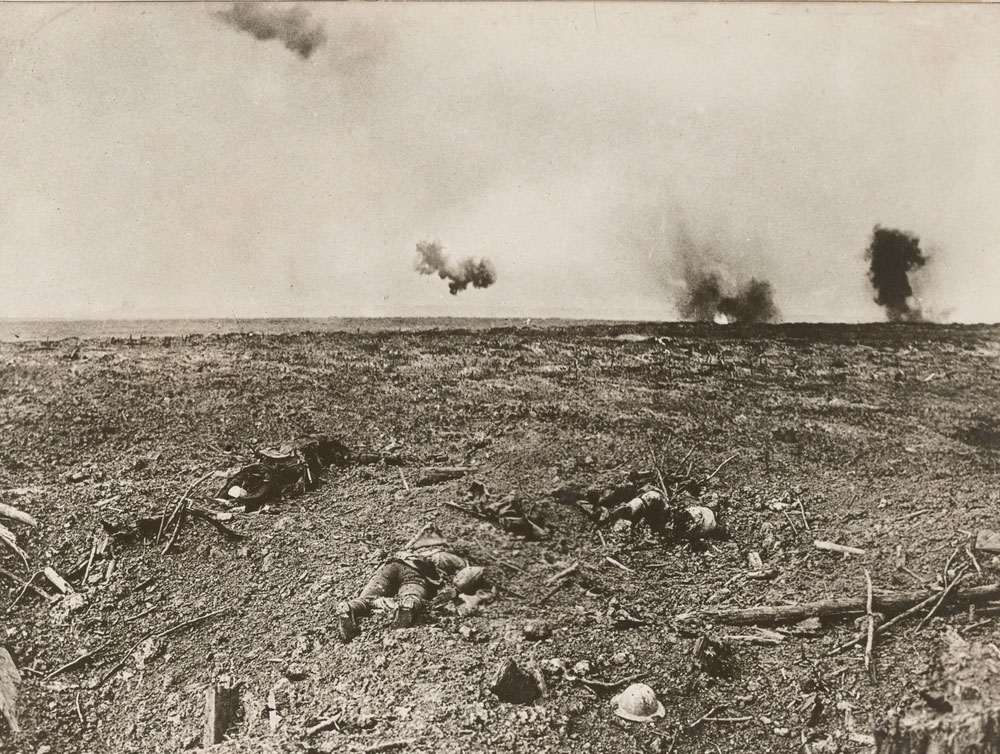
No Man's Land
Soldiers in World War I named the land between their front lines and those of their enemy "no man's land" since it seemed no man could survive there.
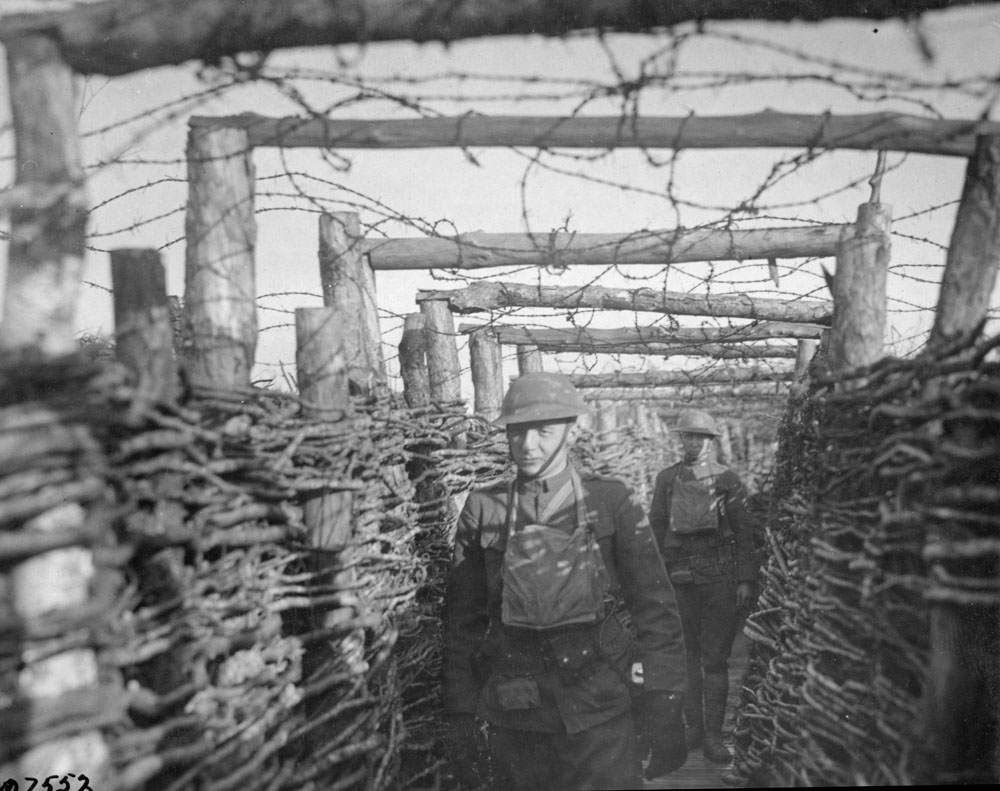
Passing Through
Members of the 166th Infantry Regiment (formerly the Ohio National Guard) were passing through this trench on their way to the front lines when this photograph was taken.
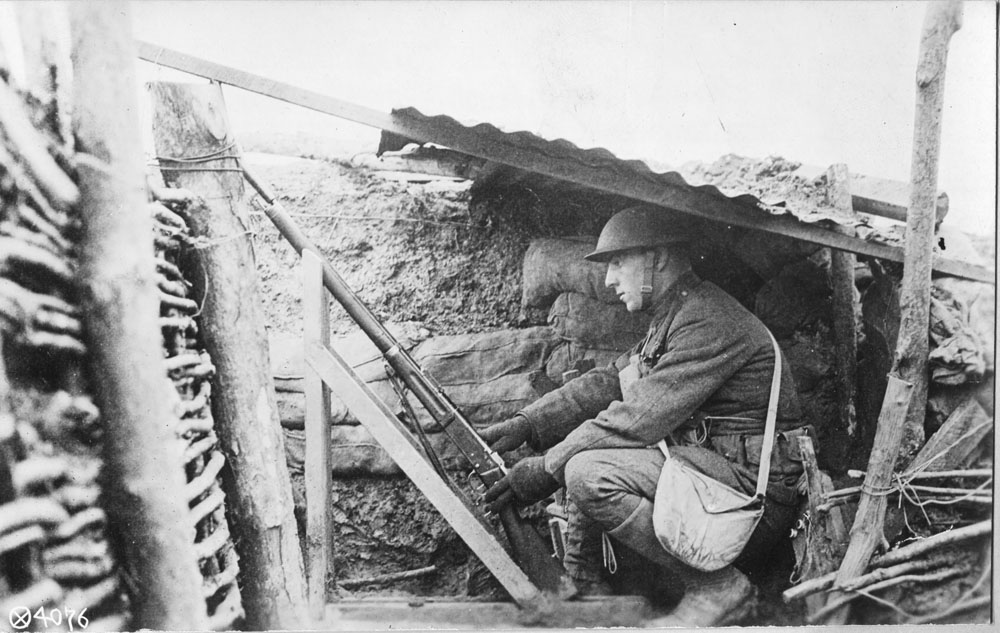
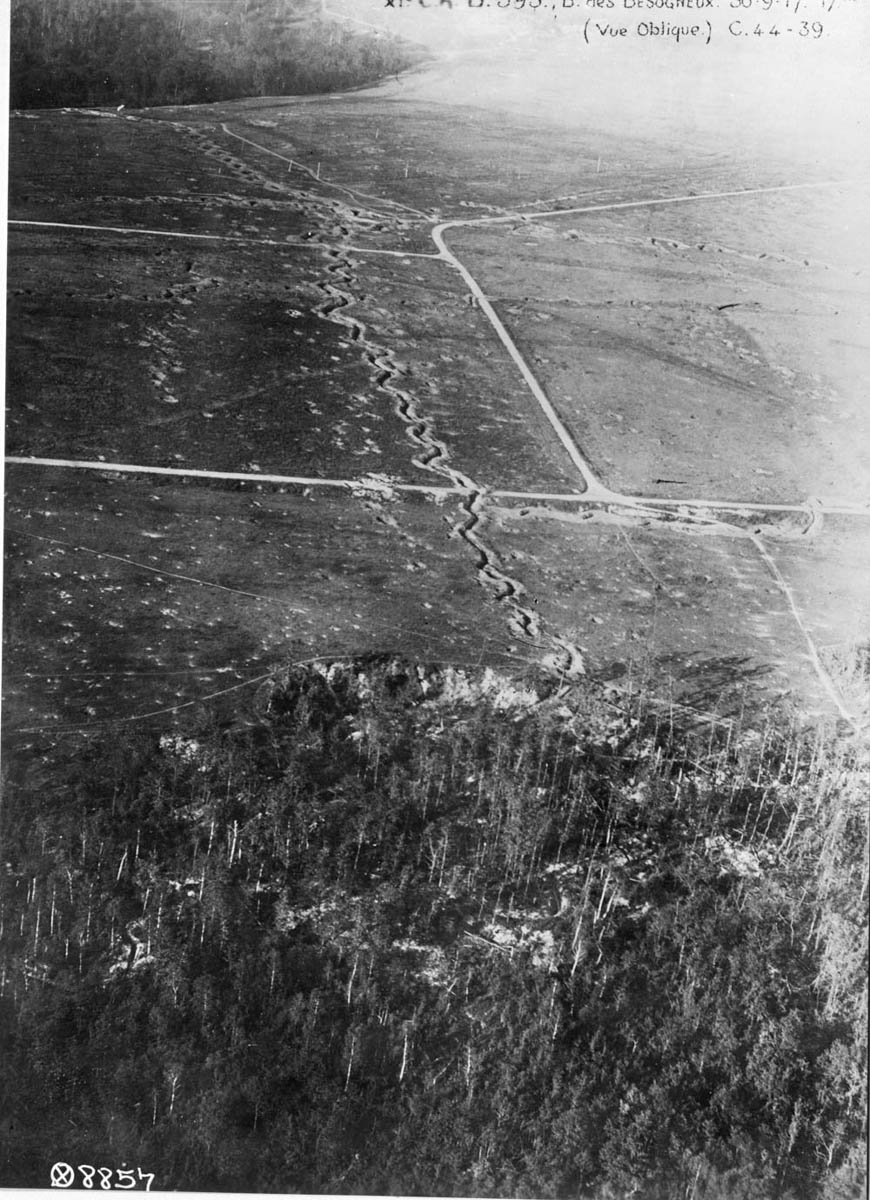
Trenches on the Western Front
Both sides created extensive trench systems and networks during World War I.
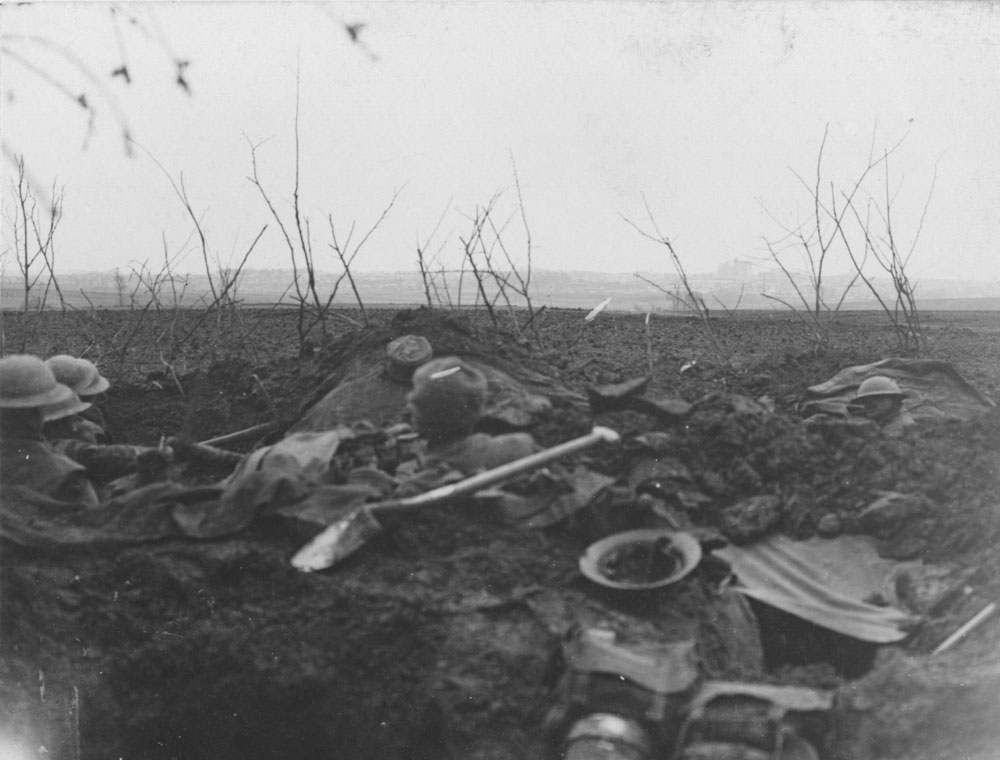
View From a Trench
This trench on the front lines was located near Saint Quentin on the main Amiens Road.

One of the Y.D. (Yankee Division)
The Yankee Division, also known as the 26th Infantry Division, was a Massachusetts Army National Guard formation.
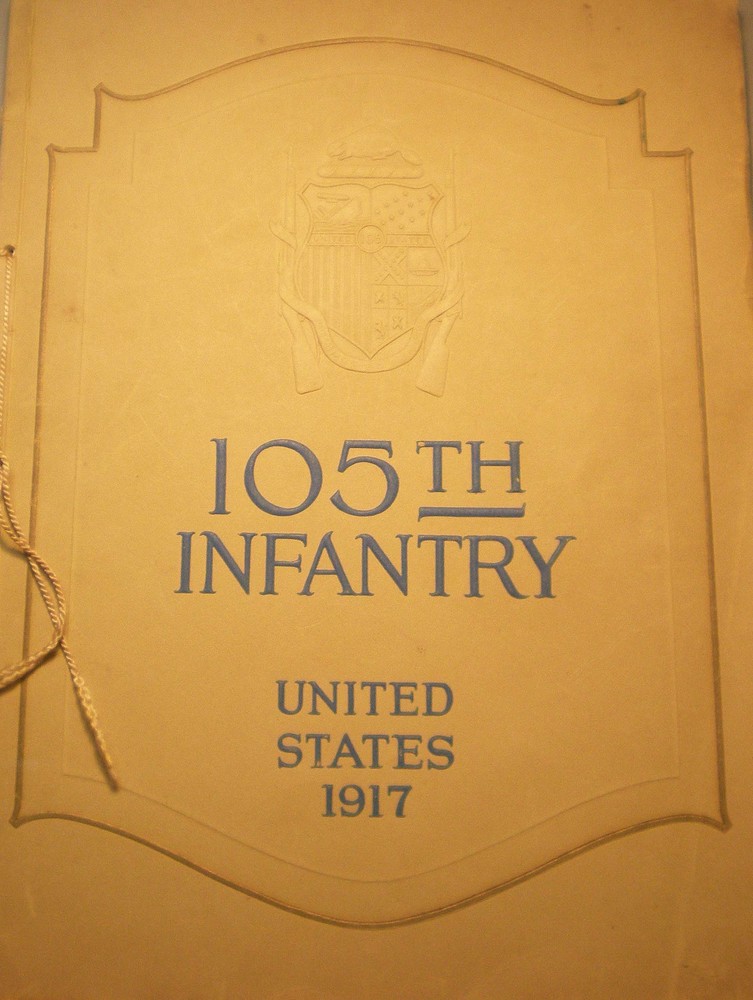
A Short History and Illustrated Roster of the 105th Infantry, United States Army, Col. James M. Andrews Commanding
The 105th Infantry Regiment of the New York National Guard fought as part of the 27th Infantry Division during World War I.
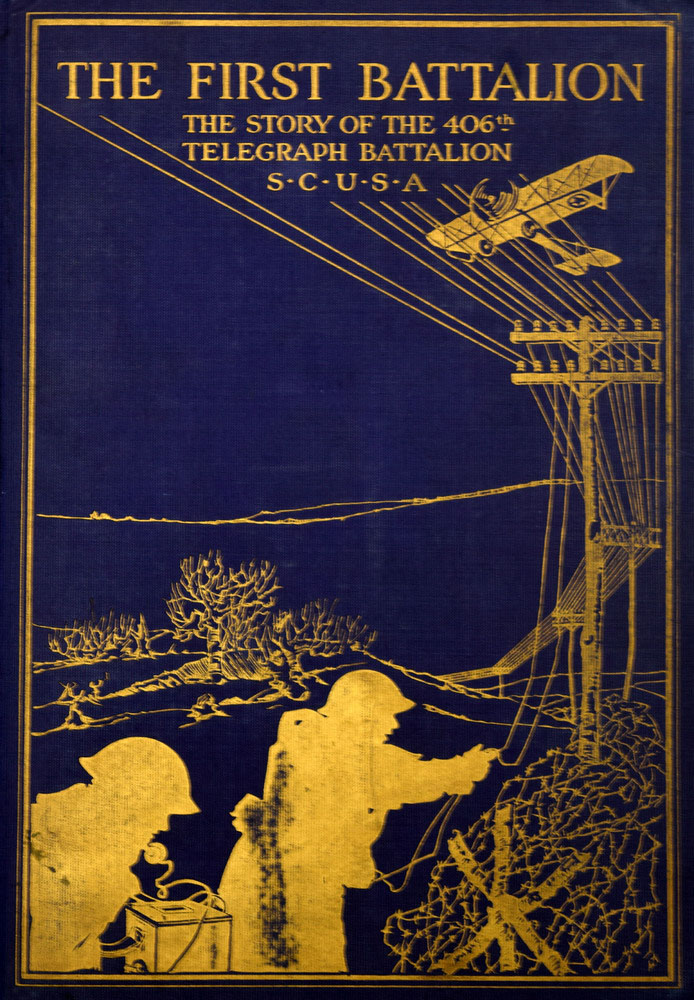
The First Battalion, The Story of the 406th Telegraph Battalion, Signal Corps, U.S. Army
Telegraphs were still in use during World War I, especially for long distance communication.
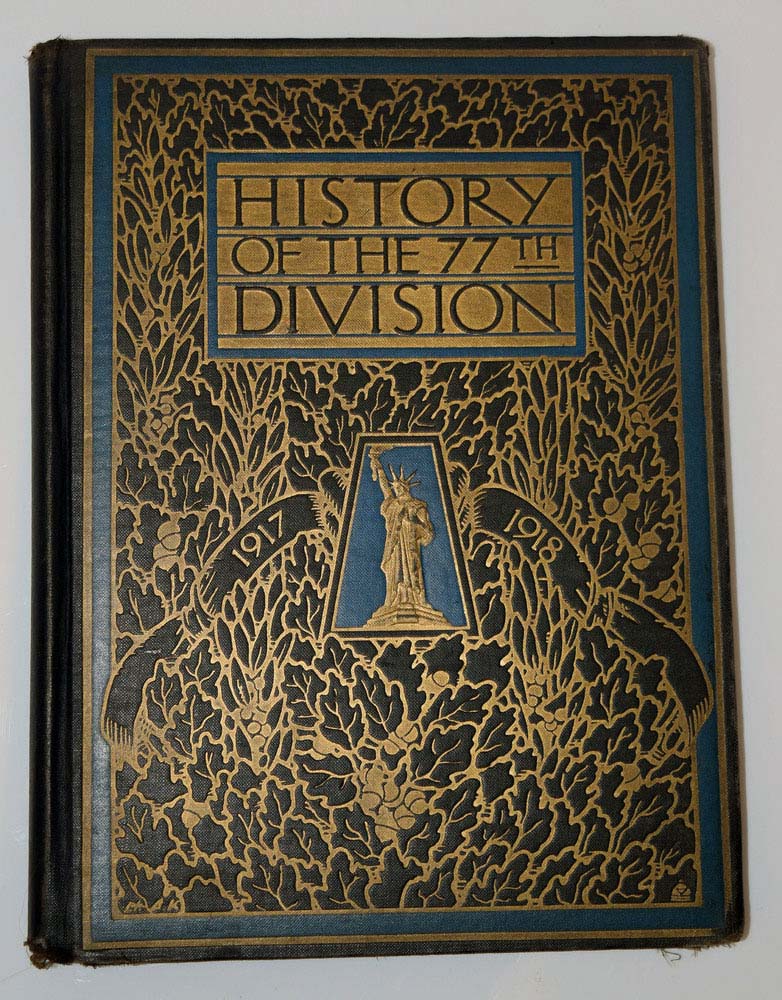
History of the Seventy Seventh Division, August 25th, 1917, November 11th, 1918
The 77th Infantry Division was organized from draftees, drawn mostly of men from New York City, and was the first American division of draftees to arrive in France.
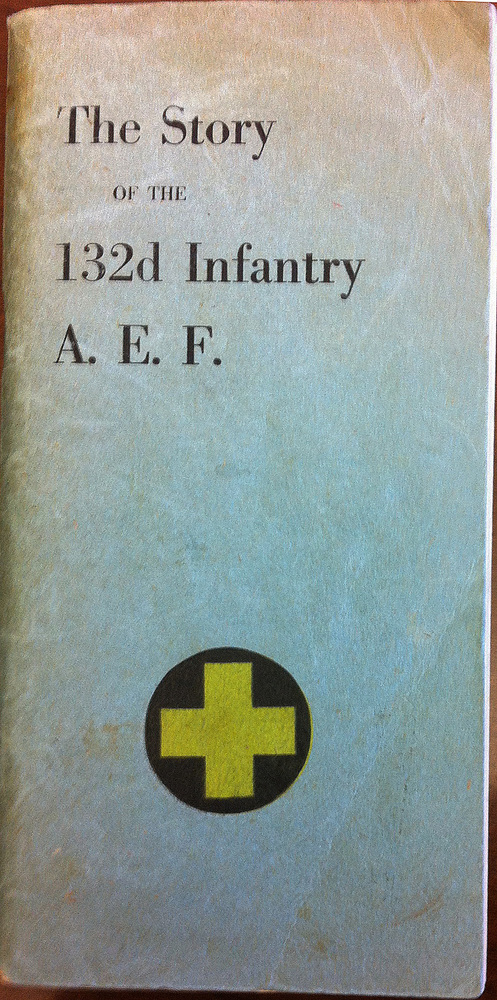
The Story of the 132d Infantry, A.E.F.
Colonel Abel Davis (later a Brigadier General), A Chicago business leader, commanded the 132nd Infantry Regiment of the 33rd Division during World War I.
The 55th Artillery (C.A.C.) in the American Expeditionary Forces, France, 1918
The 55th Artillery of the Coast Artillery Corps was one of the units that served in France, during World War I.
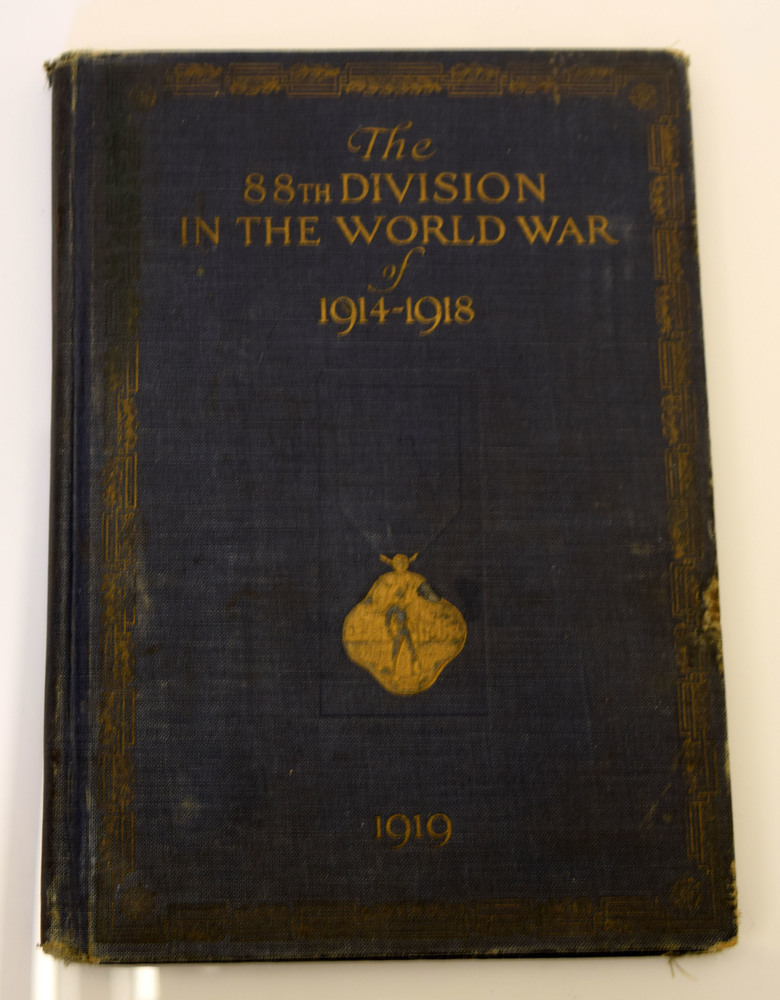
The 88th Division in the World War of 1914-1918
The 88th Infantry Division was activated in Augusut 5, 1917 at Camp Dodge, Iowa.
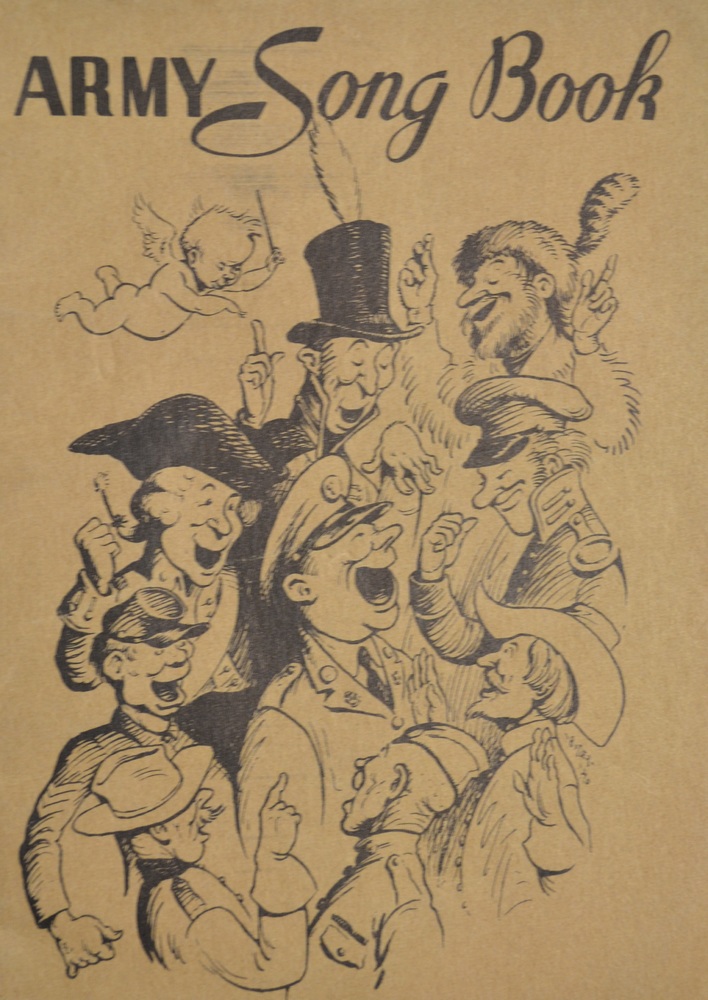
Army Song Book
John Tinney McCutcheon (1870 – 1949), a political cartoonist for the Chicago Morning News and the Chicago Tribune, contributed his talents to the war effort with illustrations for the official Army Song Book that was used in the training camps.
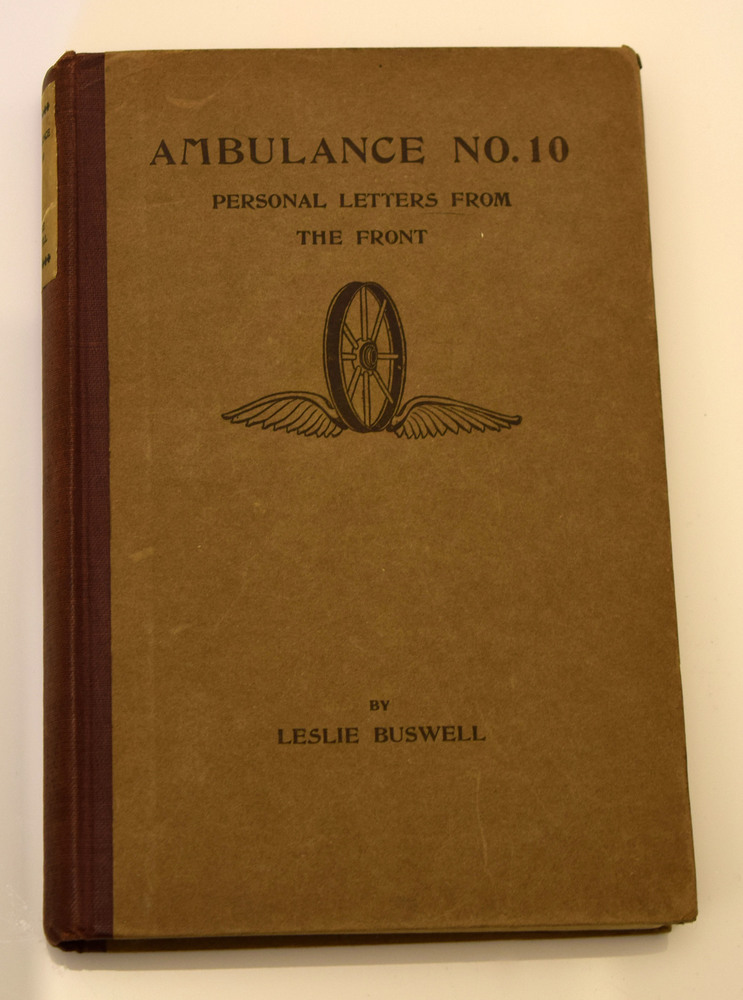
Ambulance No.10: Personal Letters from the Front
Some Americans, like Leslie Buswell, joined the war and war relief efforts in Europe before America’s entry into the war in April 1917.
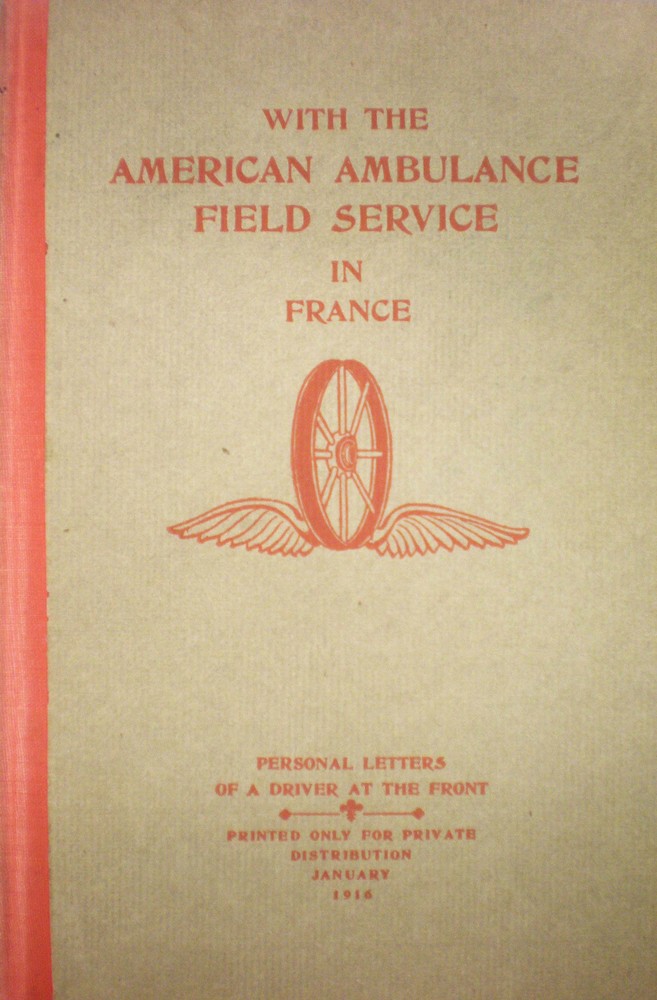
With the American Ambulance Field Service in France
Some Americans, like Leslie Buswell, joined the war and war relief efforts in Europe before America’s entry into the war in April 1917.
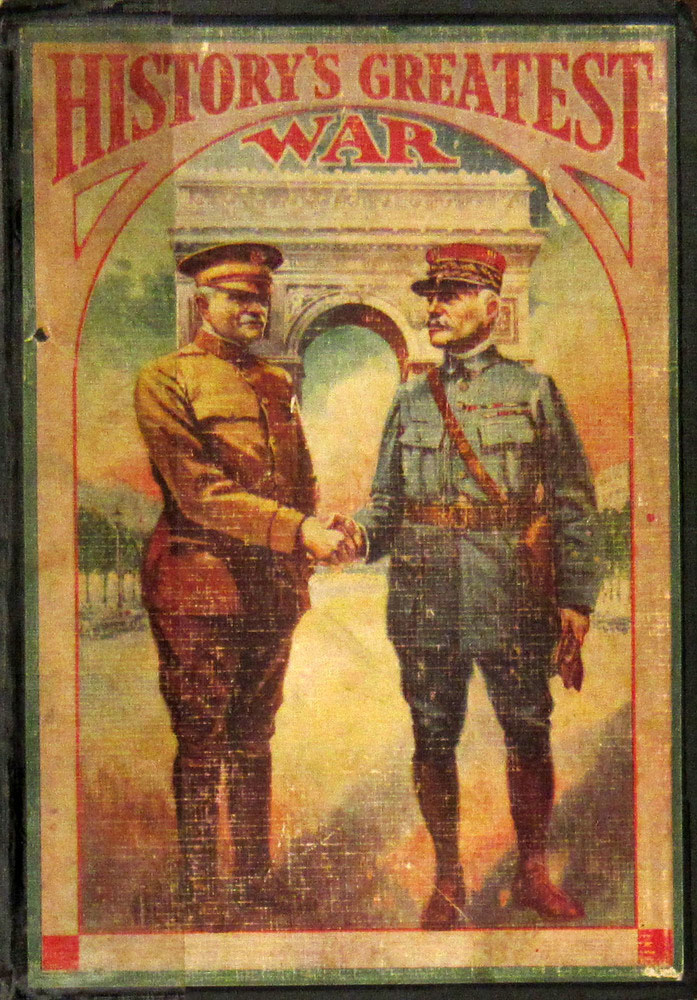
History's Greatest War: A Pictorial Narrative
History's Greatest War : A Pictorial Narrative by Samuel John Duncan-Clark.
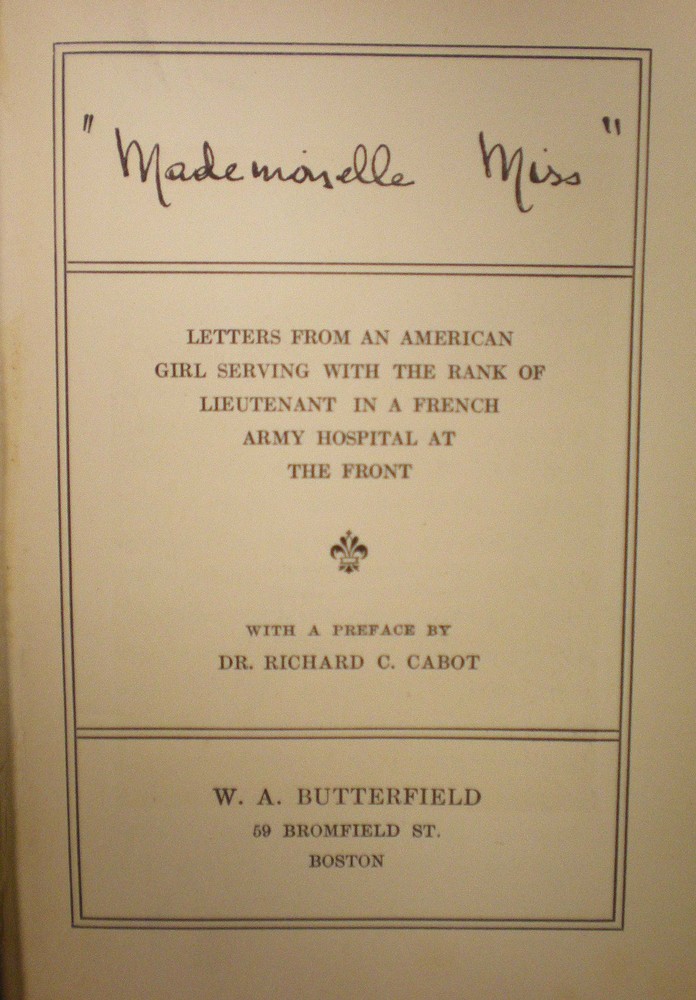
"Mademoiselle Miss": Letters from an American Girl Serving with the Rank of Lieutenant in a French Army Hospital at the Front
"Mademoiselle Miss": Letters from an American Girl Serving with the Rank of Lieutenant in a French Army Hosptial at the Front from 1916.
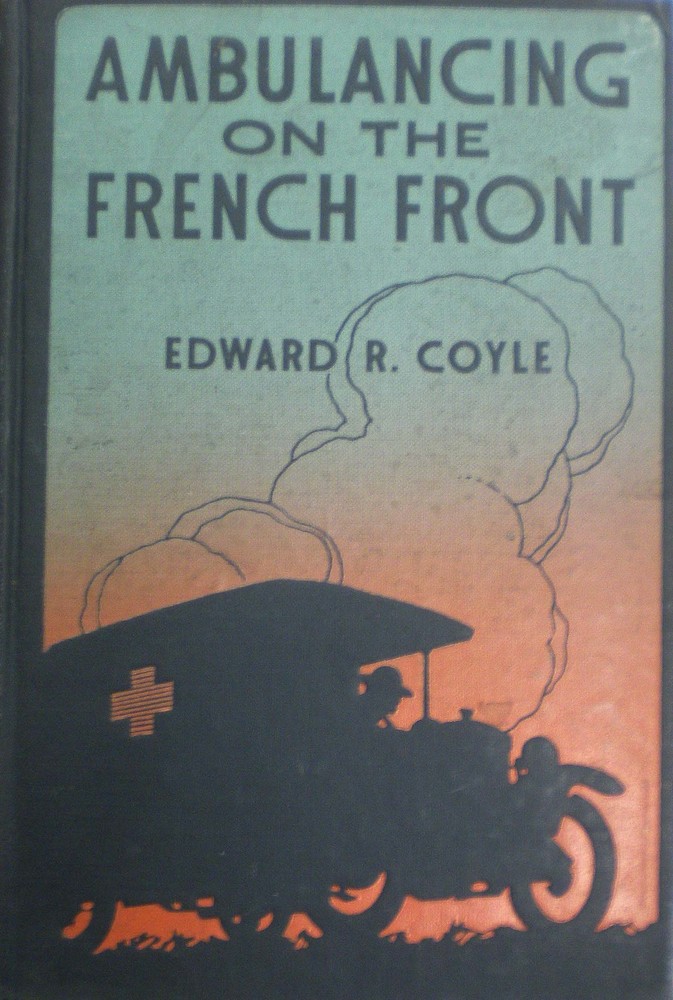
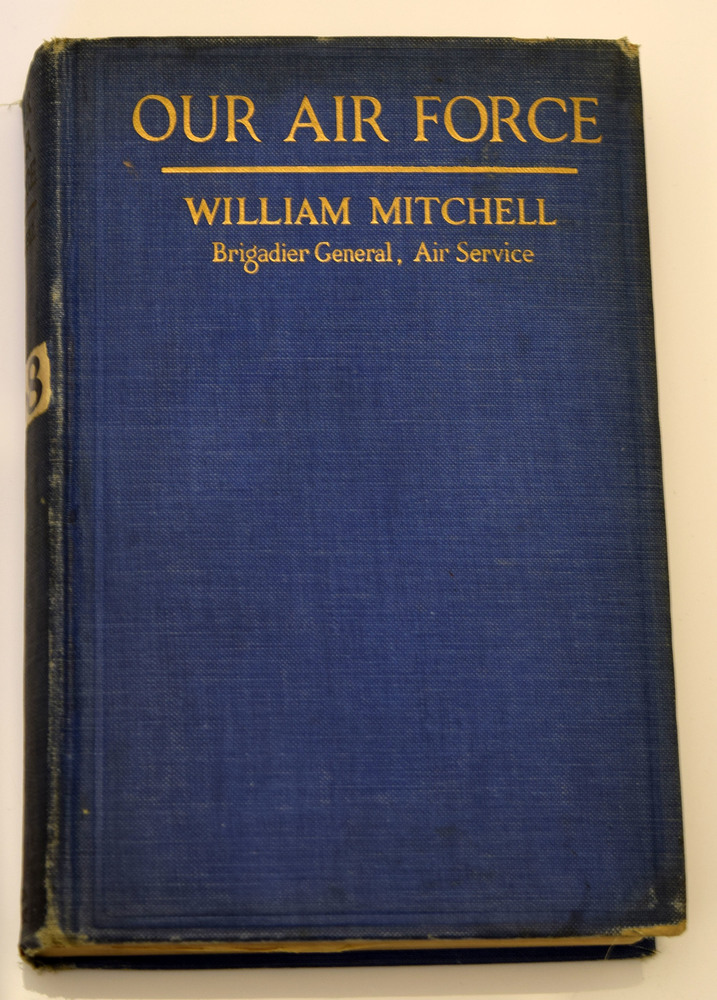
Our Air Force, The Keystone of National Defense
Brigadier General William Lendrum "Billy" Mitchell (1879 – 1936) served as the commander of American air units during World War I.
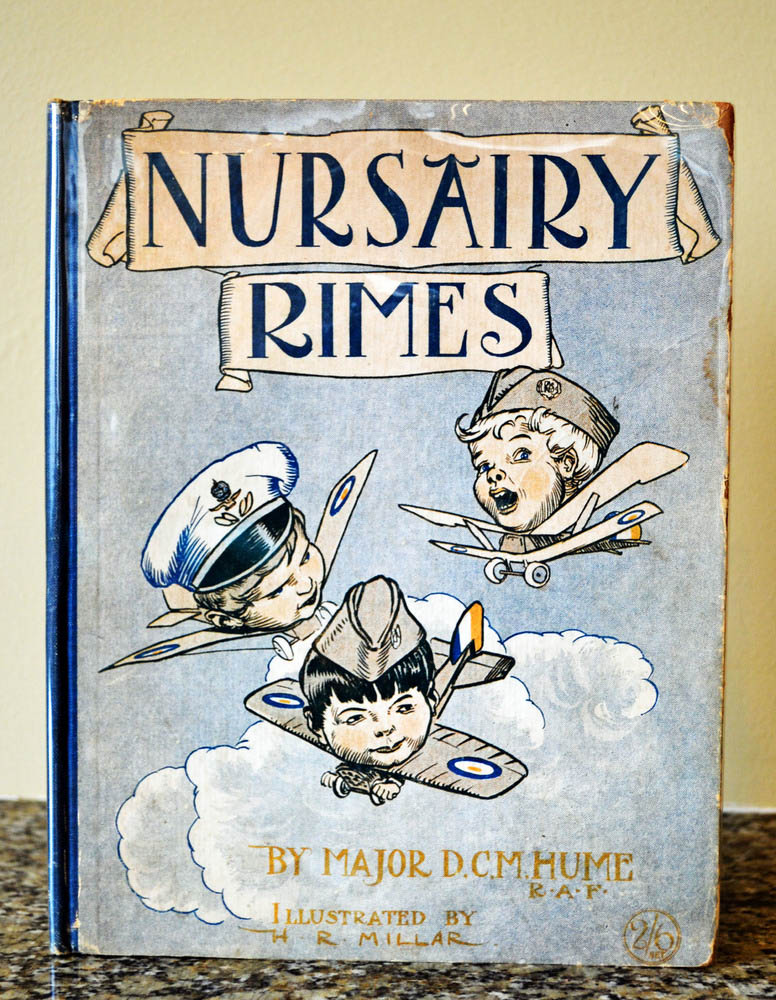
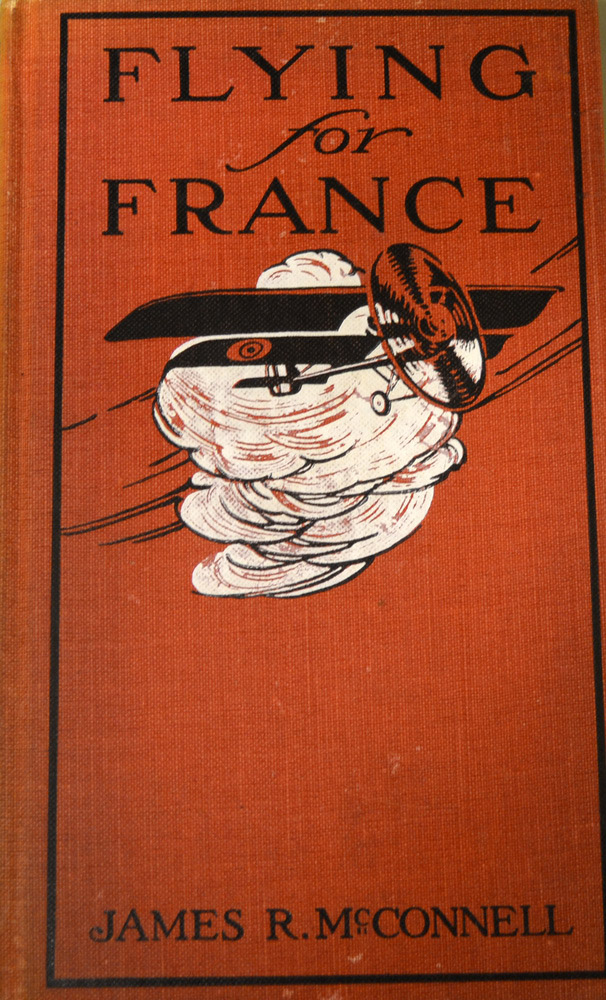
Flying for France: With the American Escadrille at Verdun
The Lafayette Escadrille, which was also known as the American Escadrille, was named after the Marquis de Lafayette -- a hero of the American and French Revolutions and was composed of American volunteers in the French Air Service, who opted to serve in the war prior to America’s entry into the conflict.
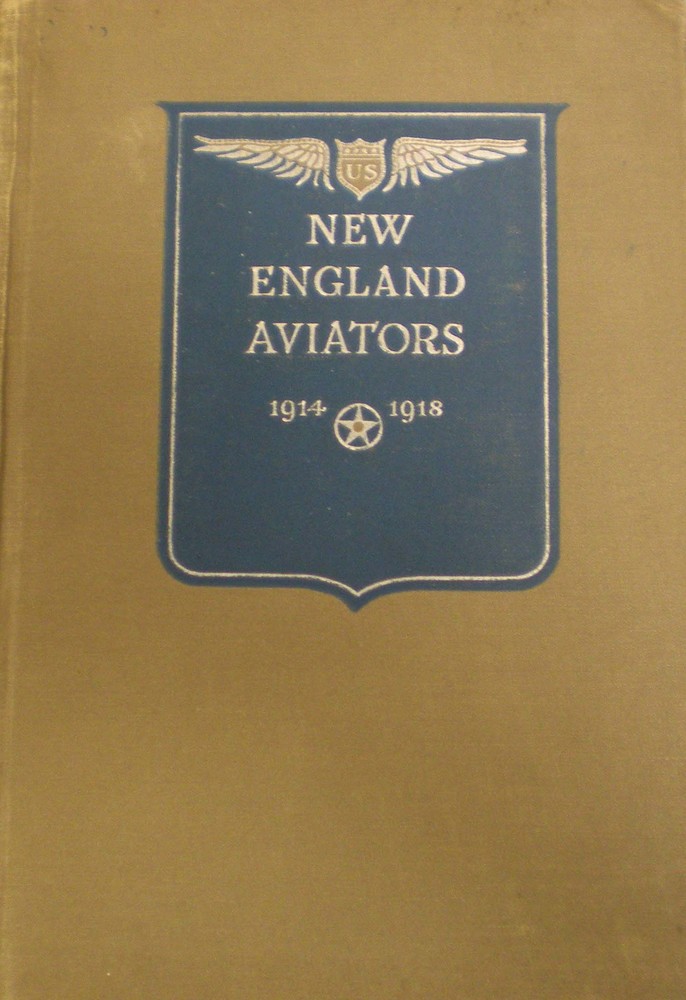
New England Aviators 1914-1918; Their Portraits and Their Records
New England Aviators 1914-1918; Their Portraits and Their Records by Caroline Ticknor.
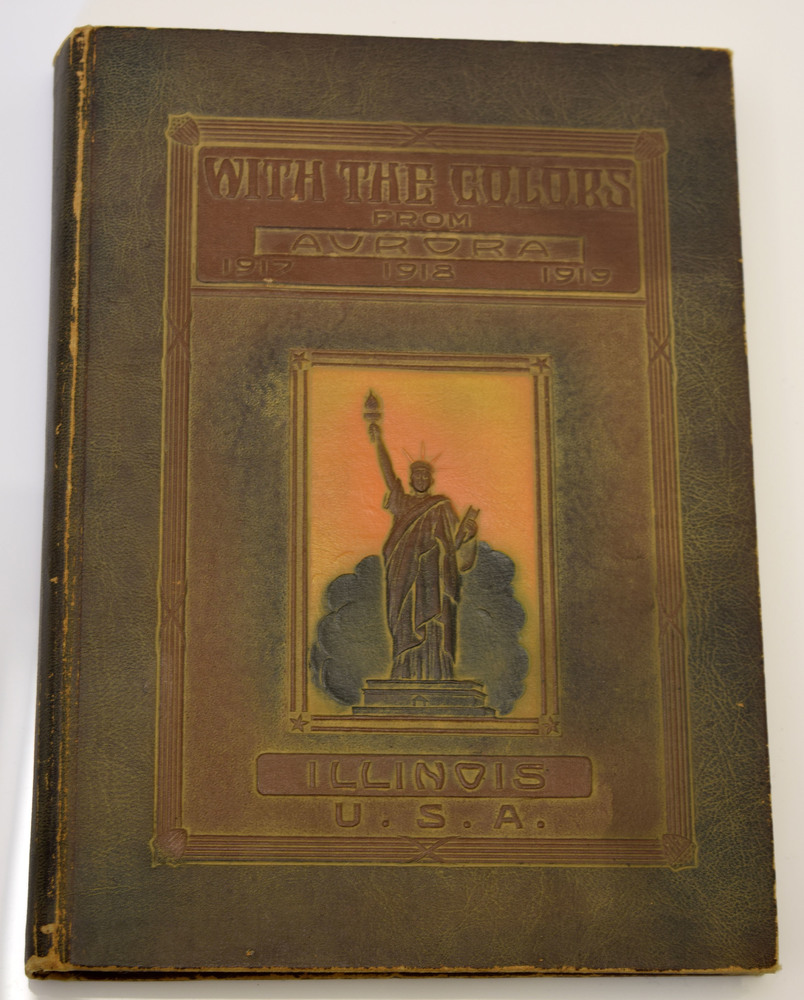
With the Colors from Aurora, Illinois, U.S.A., 1917, 1918, 1919
With the Colors from Aurora, Illinois, U.S.A., 1917, 1918, 1919 by J.W. Greenaway.
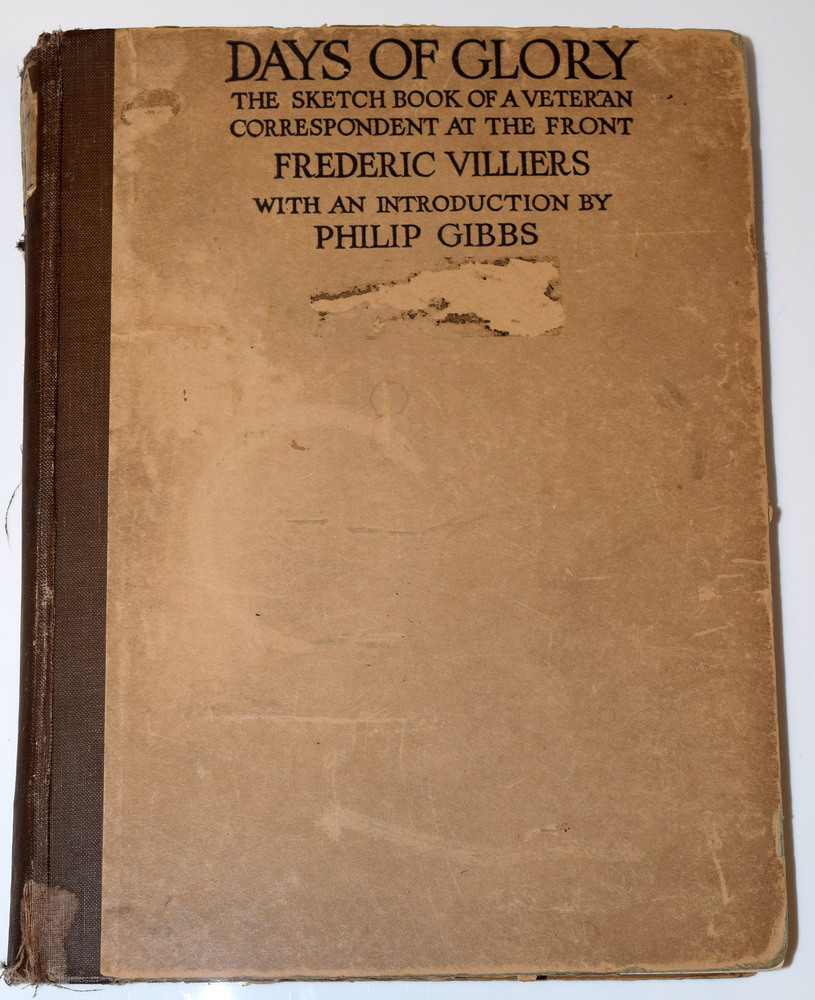
Days of Glory; The Sketch Book of a Veteran Correspondent at the Front
Frederic Villiers (1851-1922), a British war artist and war correspondent, documented World War I for British newspapers.
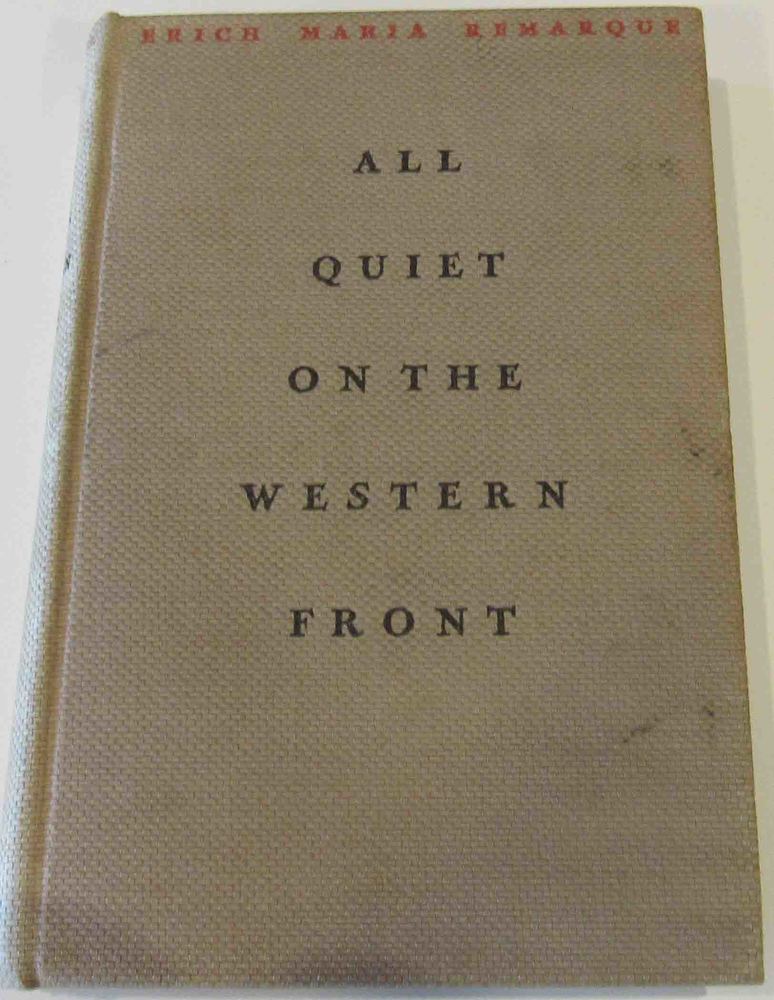
All Quiet on the Western Front
Erich Maria Remarque, who served as a German soldier during the war, wrote All Quiet on the Western Front.
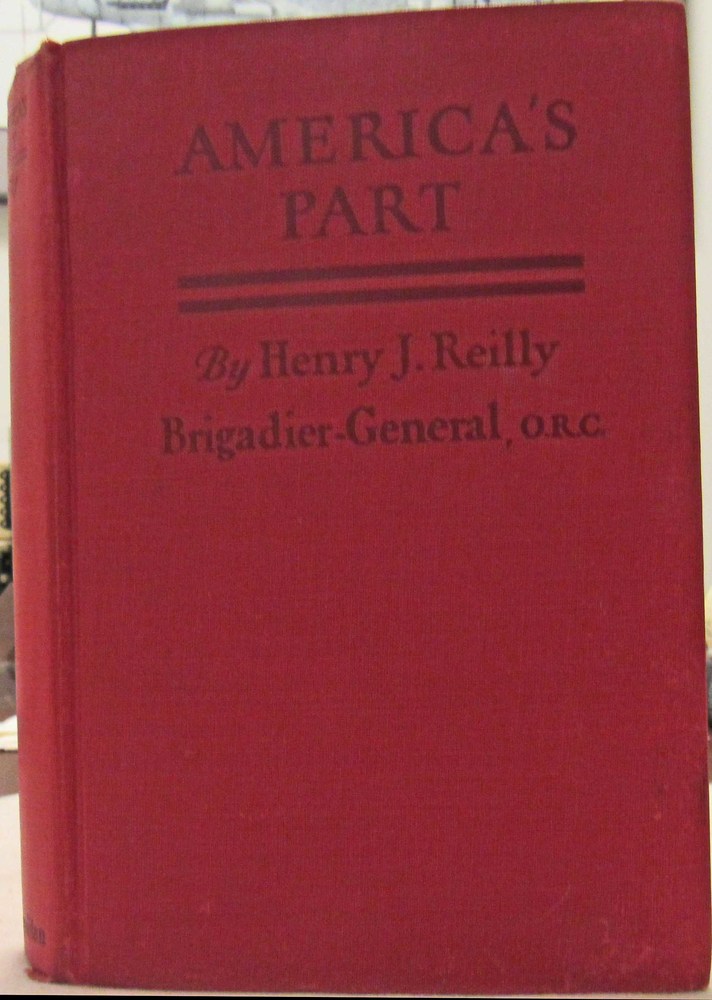
America's Part
During World War I (1914-1918), Henry J. Reilly commanded the 83rd Infantry Brigade of the 42nd (Rainbow) Division of the United States Army.
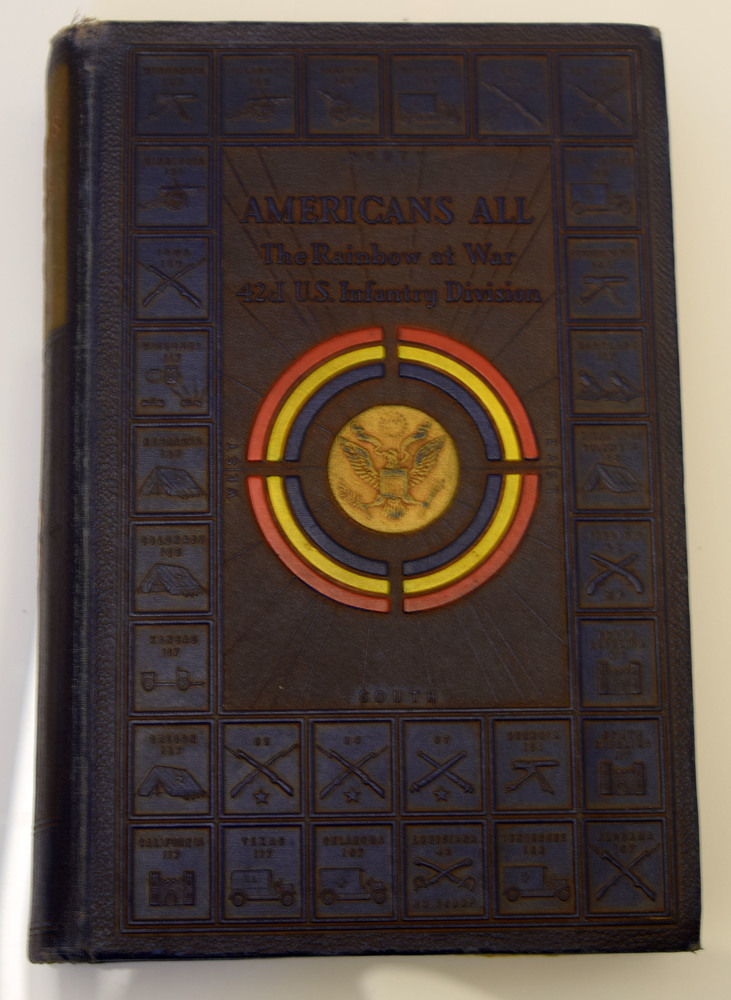
Americans All: The Rainbow at War : Official History of the 42nd Rainbow Division in the World War
During World War I (1914-1918), Henry J. Reilly commanded the 83rd Infantry Brigade of the 42nd (Rainbow) Division of the United States Army.
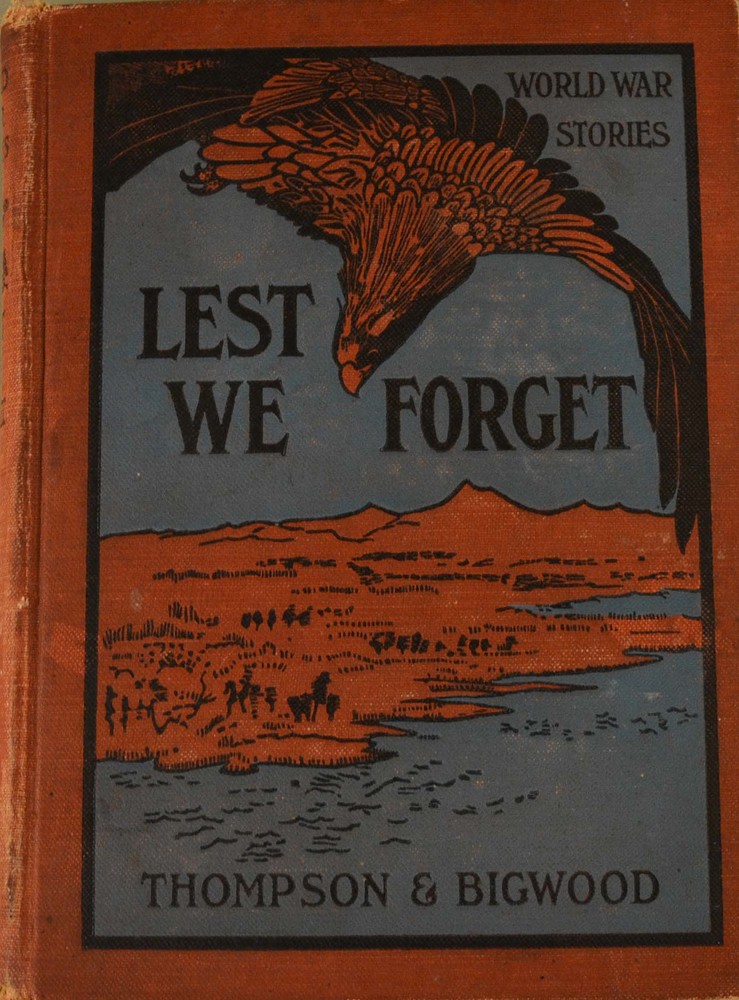
Lest We Forget, World War Stories
This English literature text book for young students was published in 1918.
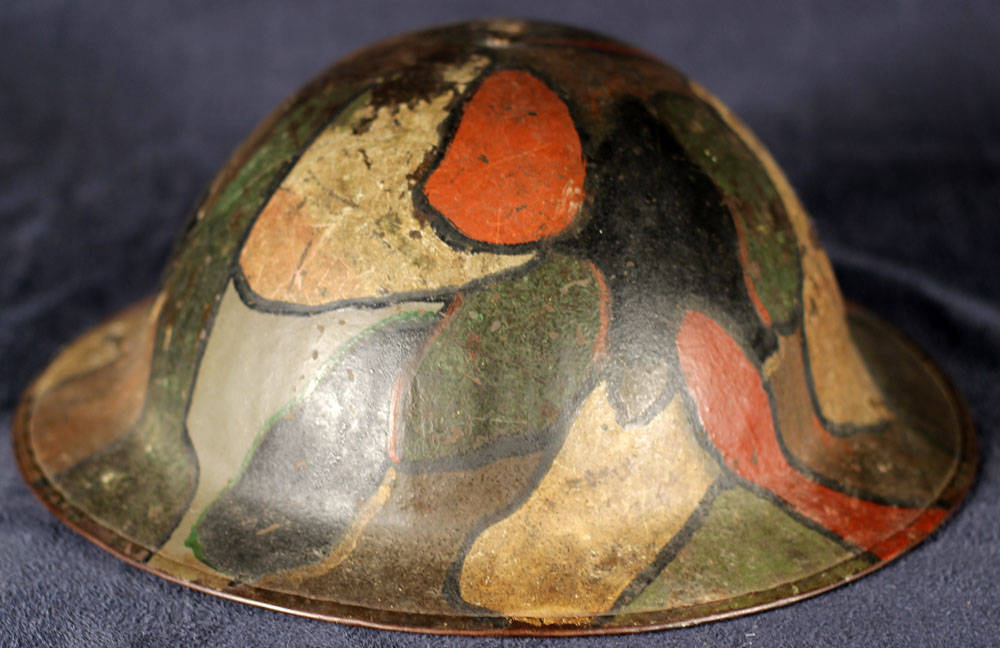
Camouflage Painted Doughboy Helmet
This helmet is likely made of steel and is an example of a doughboy helmet, also called a Brodie helmet or M1917 Helmet.
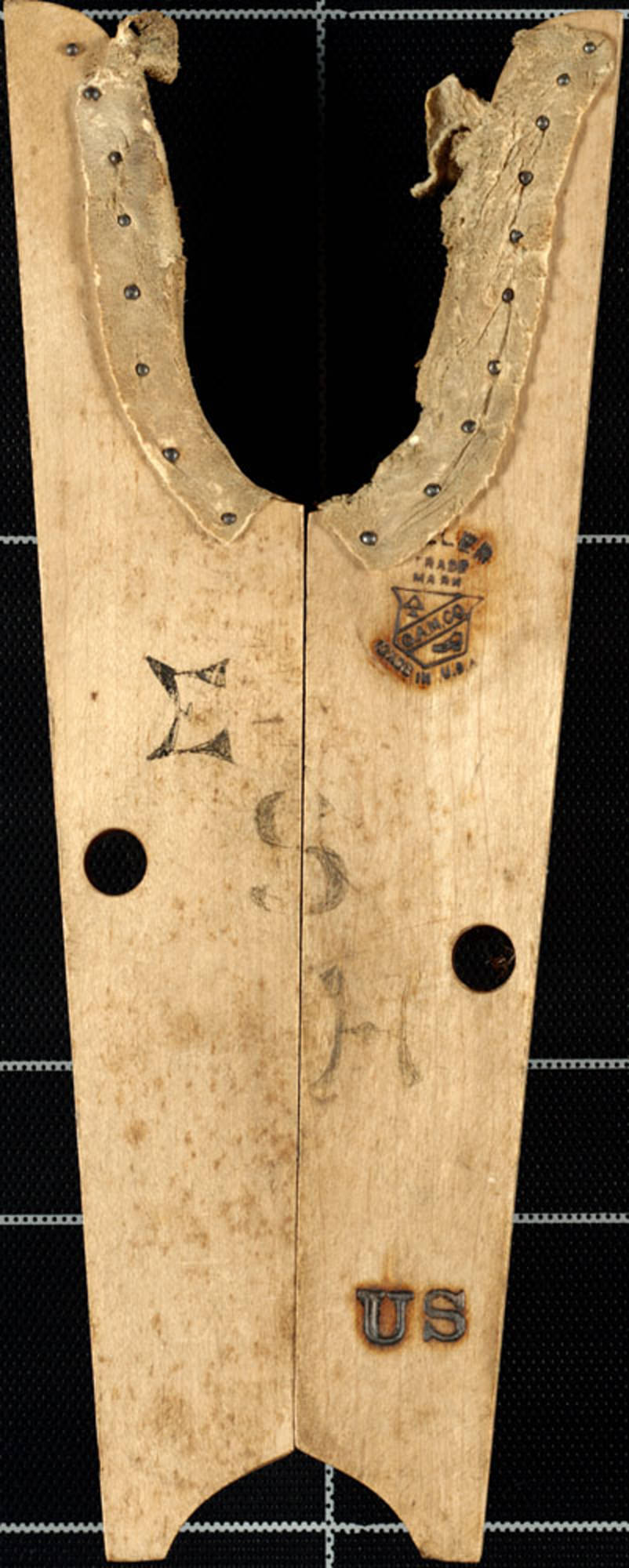
Boot Jack
A boot jack was a wooden device used to remove boots without having to bend down or touch them.

U.S. Army Fork
Metal fork has "US" stamped onto the top of the handle. On the reverse side is "WBW" the number "4134" and "1918."

U.S. Army Spoon
This metal spoon has "US" stamped onto the top of the handle. On the reverse side is "W.B.D." and the year, "1918." "WBD" stands for the "William B. Durgin" company which manufactured this spoon.

U.S. Army Knife
United States soldiers used the M-1910 haversack to carry their essential equipment in the field. Mess gear, rations, toiletries and personal effects were stored inside the haversack, while the entrenching tool, bayonet, shelter half, and blanket were attached to the outside.
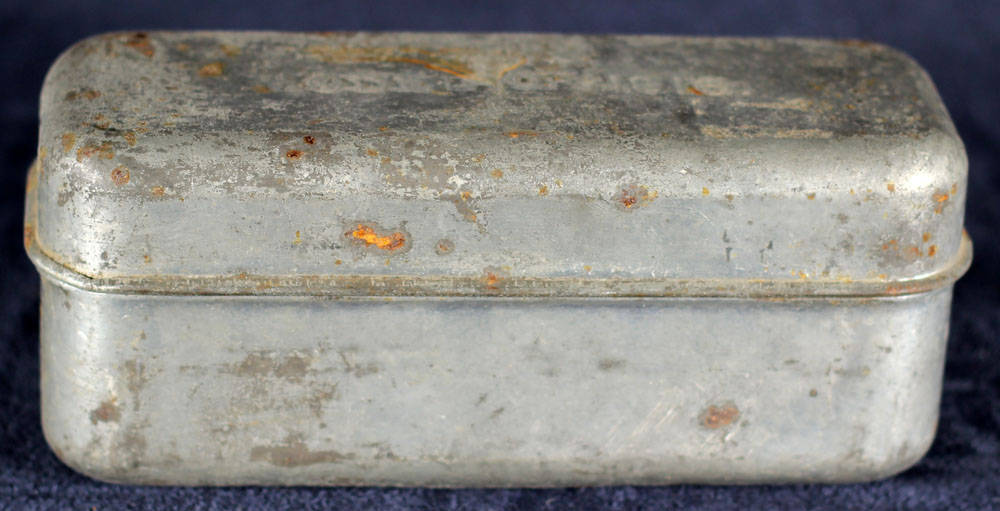
U.S. M-1916 Bacon Can
The M-1916 bacon can was a tinned iron can that held uncooked reserve meat rations.
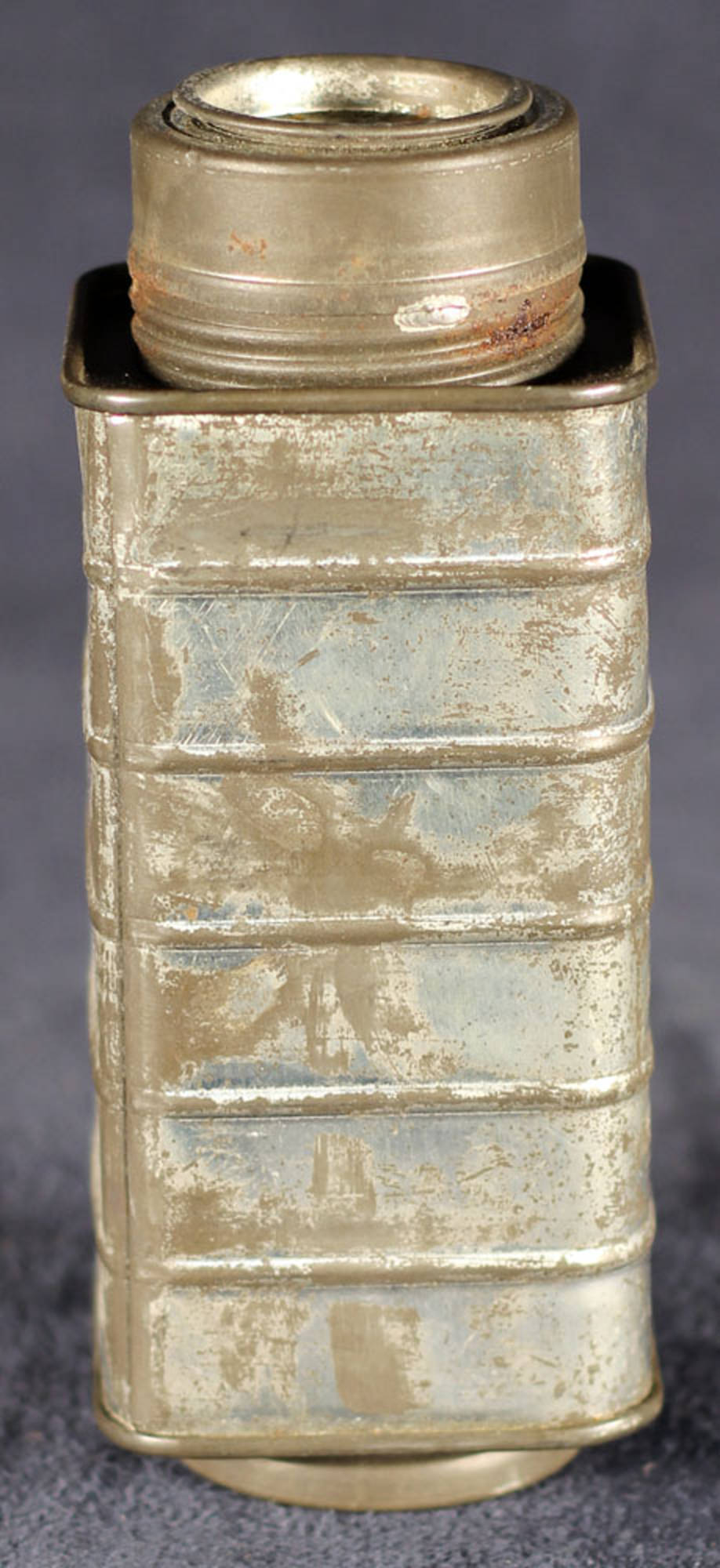
U.S. M-1910 Condiment Can
The M-1910 condiment can was a tinned iron can that held rations of coffee, sugar, and salt.
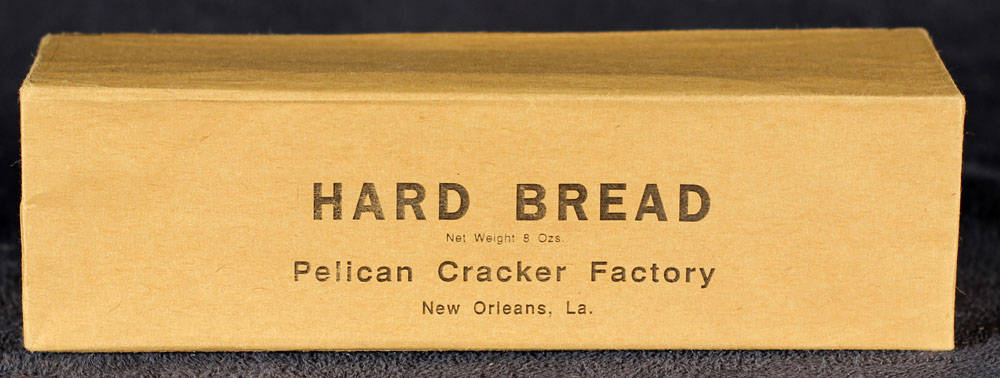
Hard Bread Package
Hard bread, a food item similar to hardtack and crackers, was included in the field rations for soldiers from many countries who fought in World War I, including the American Expeditionary Forces.
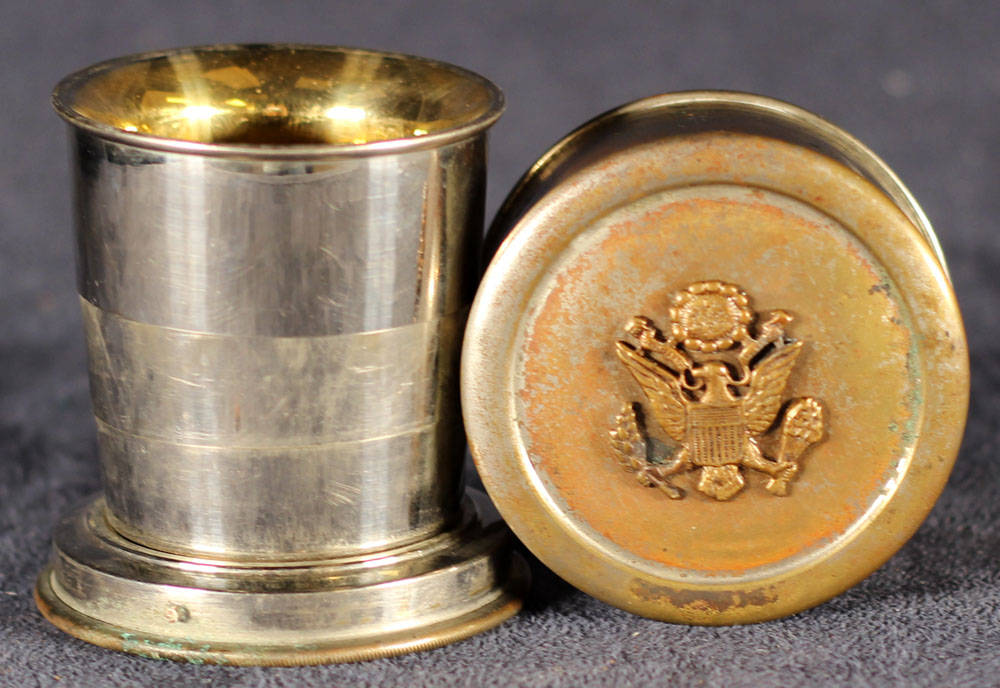
Collapsible Drinking Cup with U.S. Seal
Many of the items, like this collapsible drinking cup, would have been carried in a doughboy’s haversack.
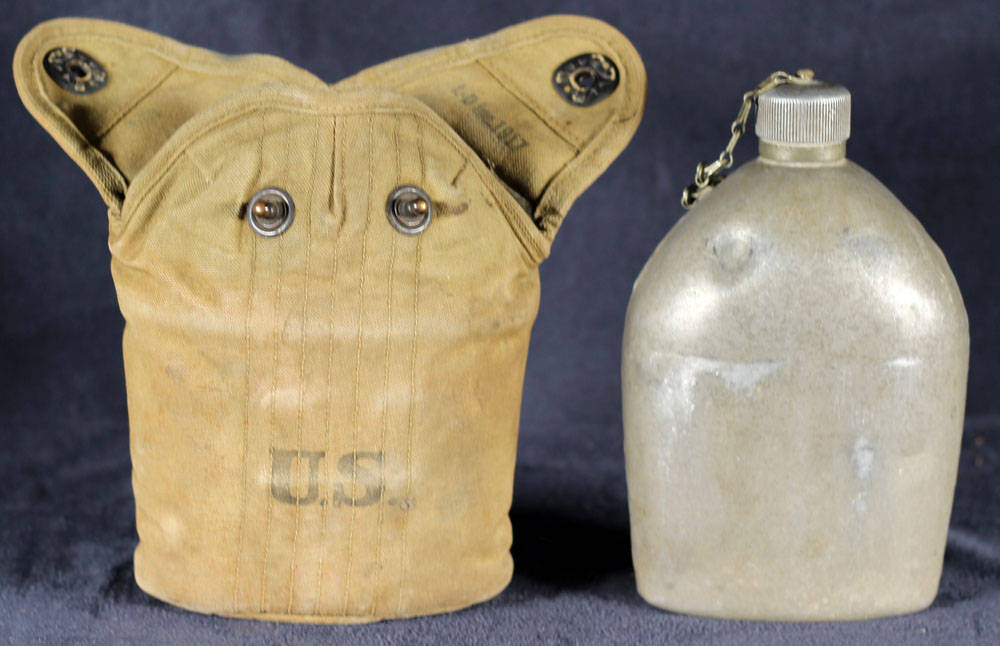
U.S. M-1910 Canteen with Cover and Cup
The M1910 canteen was attached to the soldier’s ammunition belt for easier access.
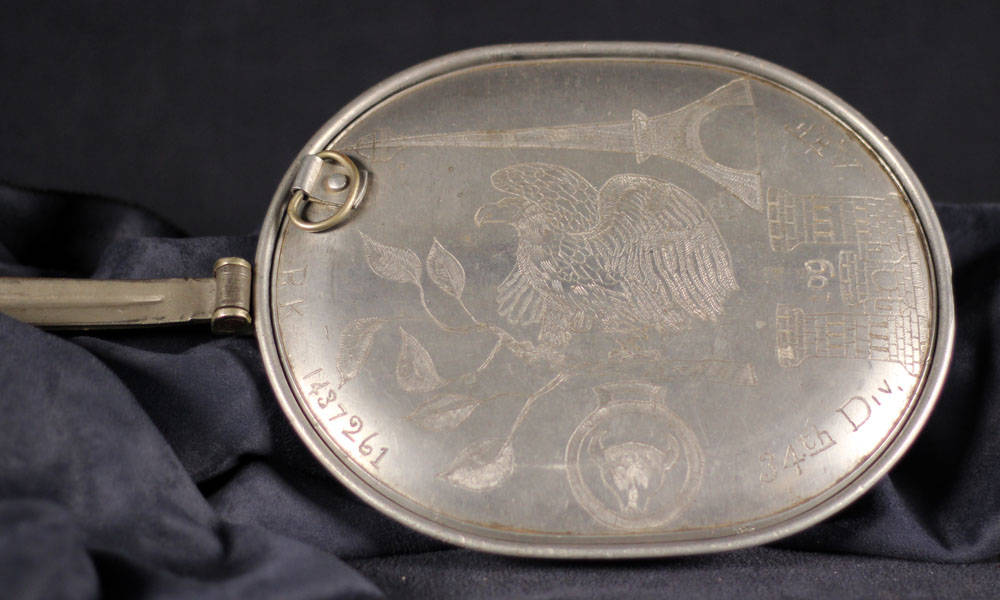
34th Division Mess Kit with Eagle and Castle
Mess kit with an engraved eagle perched on a branch.
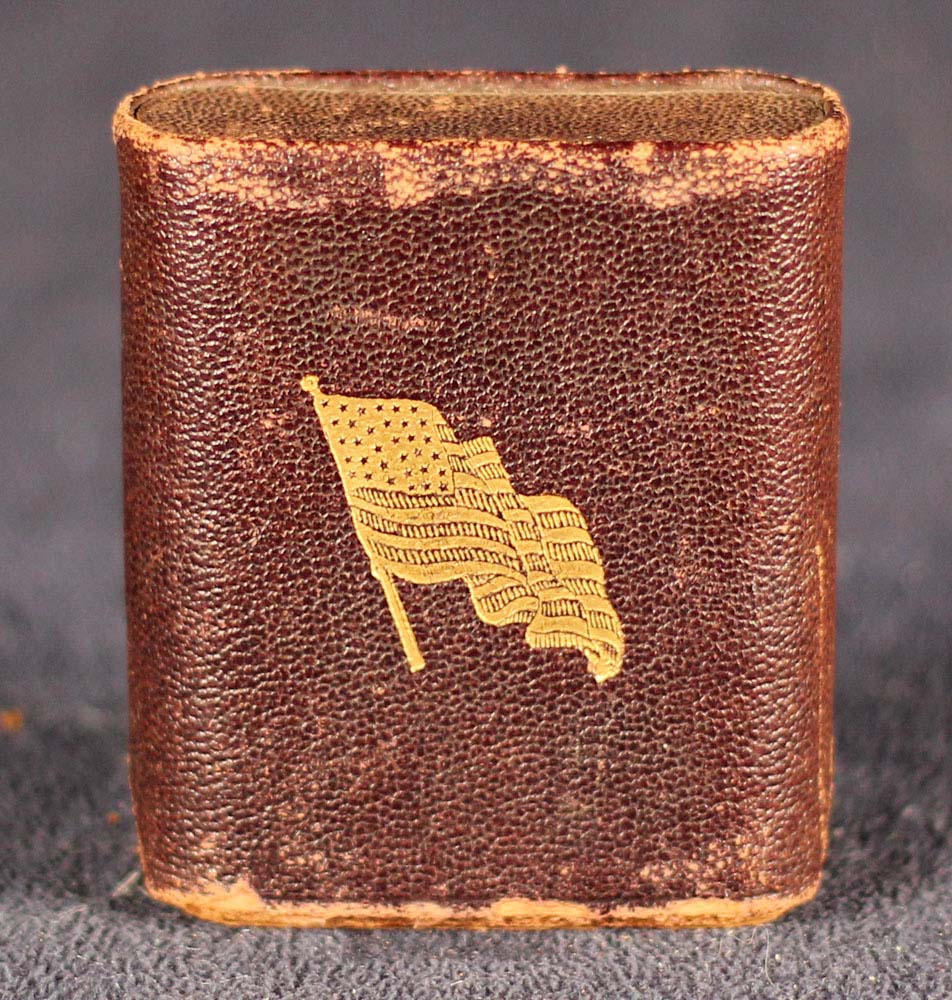
Leather Cigarette Box
Soldiers rotating out of the front trenches found comfort where they could—by shaving, bathing, playing cards, smoking cigarettes, and reading and writing letters.
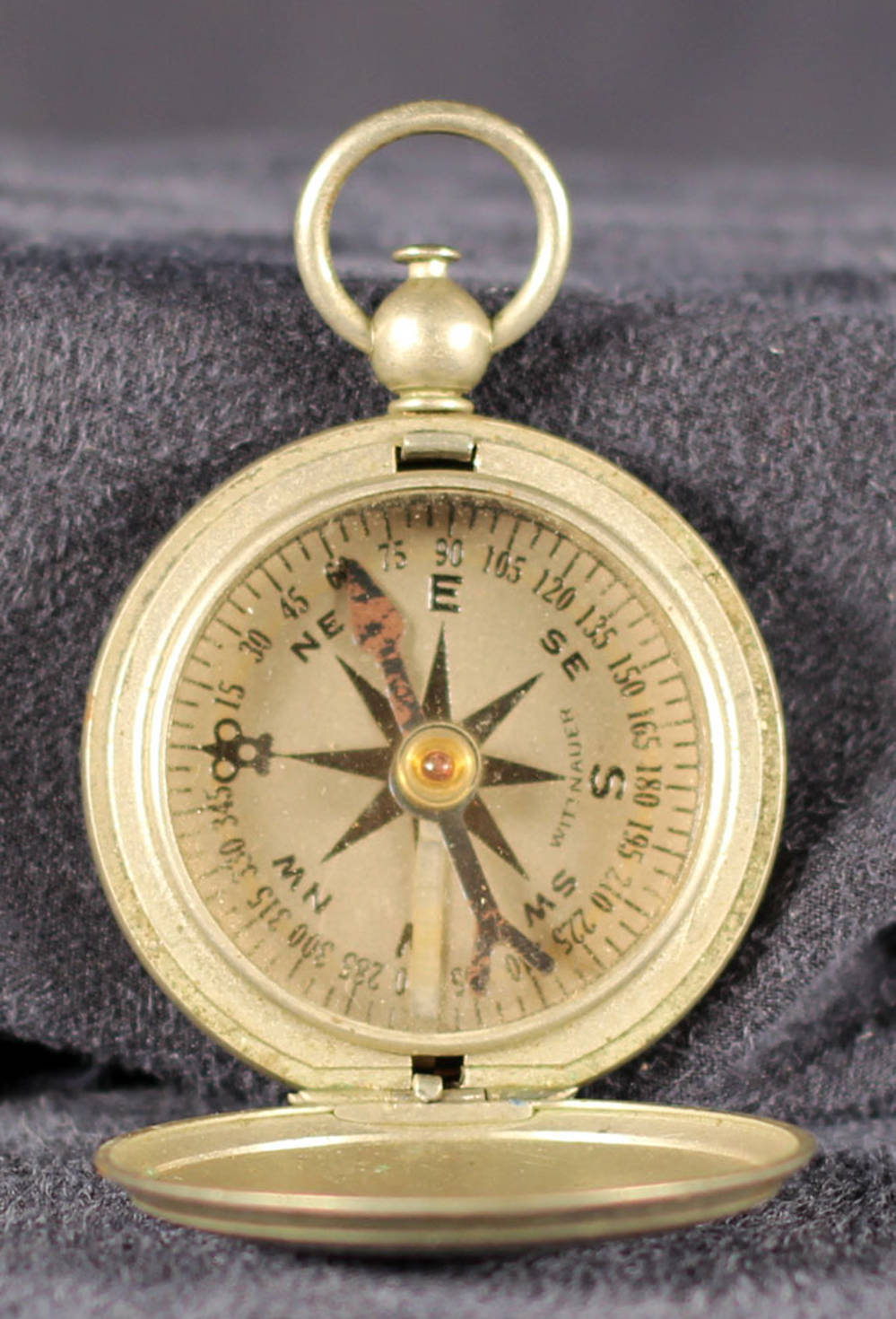
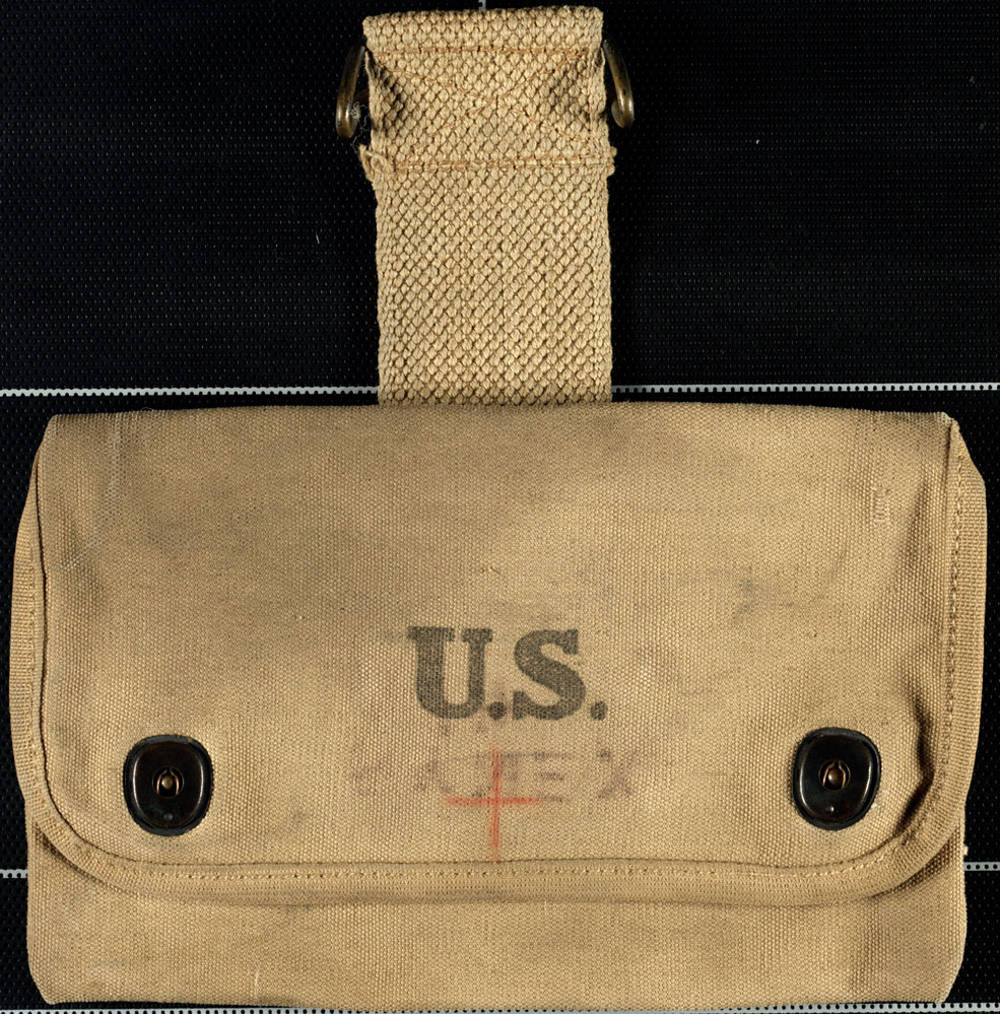
General Purpose Pouch
This particular pouch may have been used to carry medical equipment, as evidenced by the red cross drawn on the front.
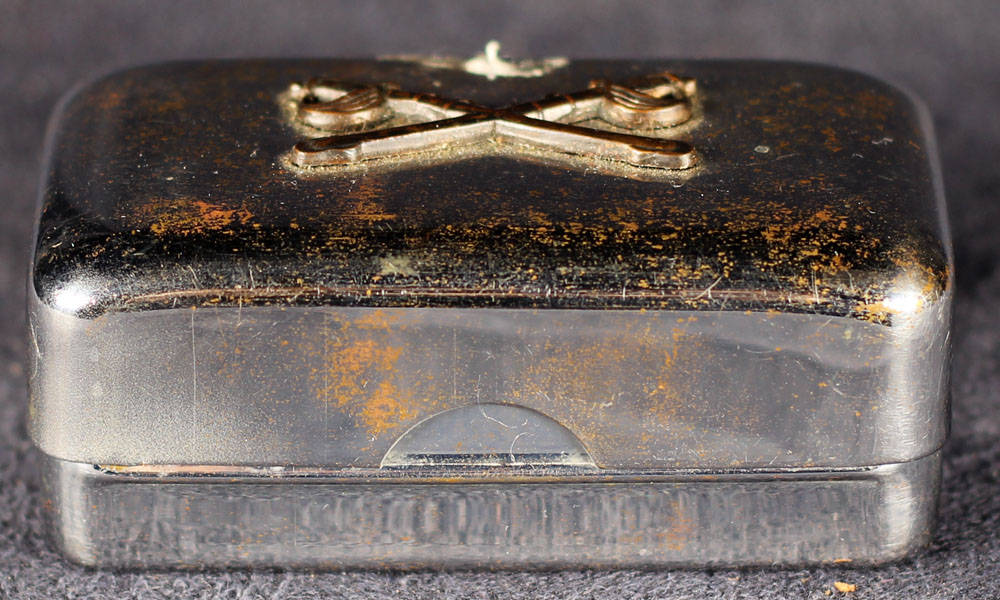
Metal Soap Dish with Soap
Soldiers rotating out of the front trenches found comfort where they could—by shaving, bathing, playing cards, smoking cigarettes, and reading and writing letters.
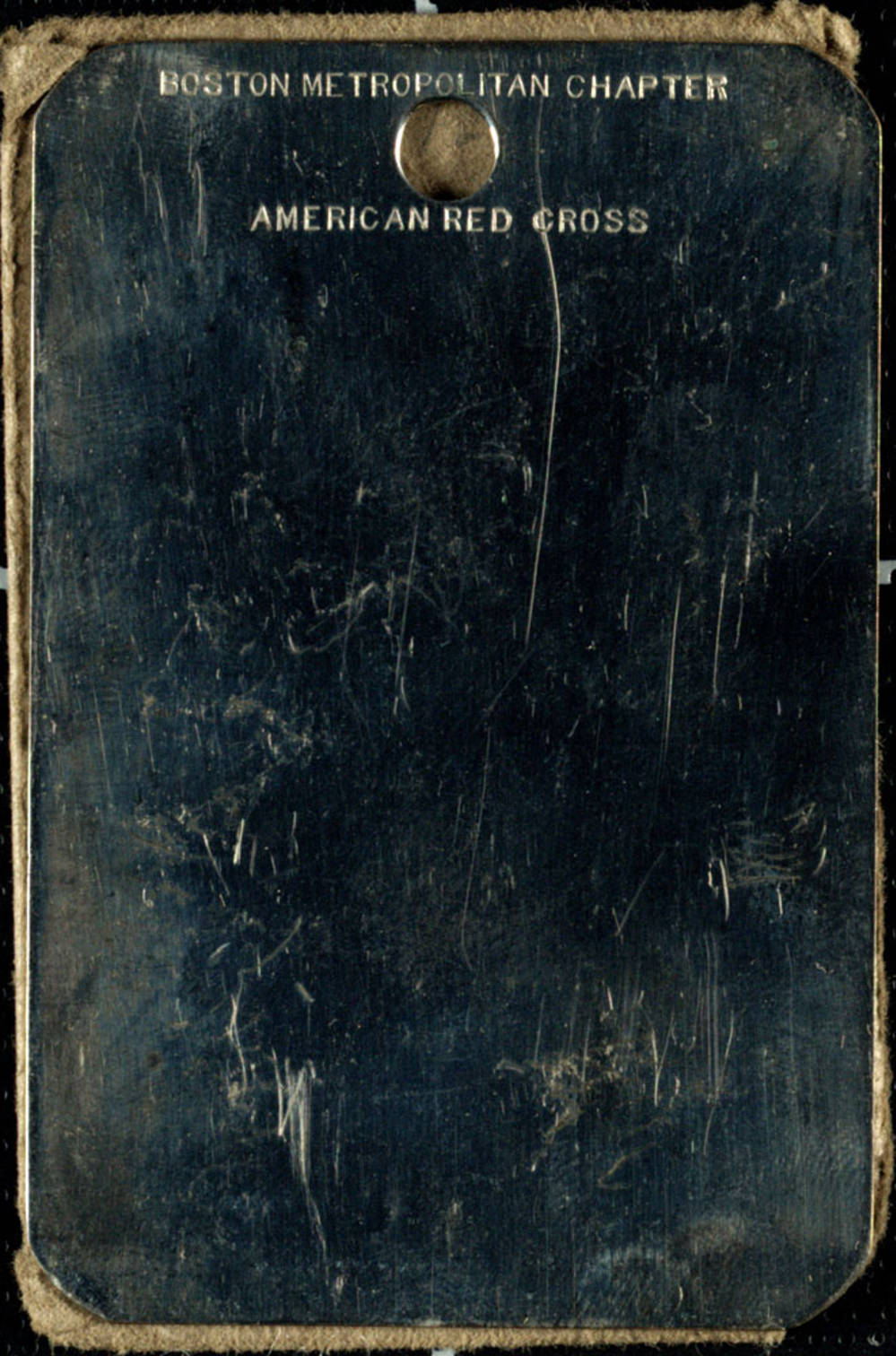
American Red Cross Pocket Mirror
Many of the soldiers’ small comforts were sent overseas by loved ones or acquired through the YMCA.

Metal Shaving Brush with Screw-On Handle
This shaving brush was used by soldiers in the trenches to shave during their periods of downtime and boredom.
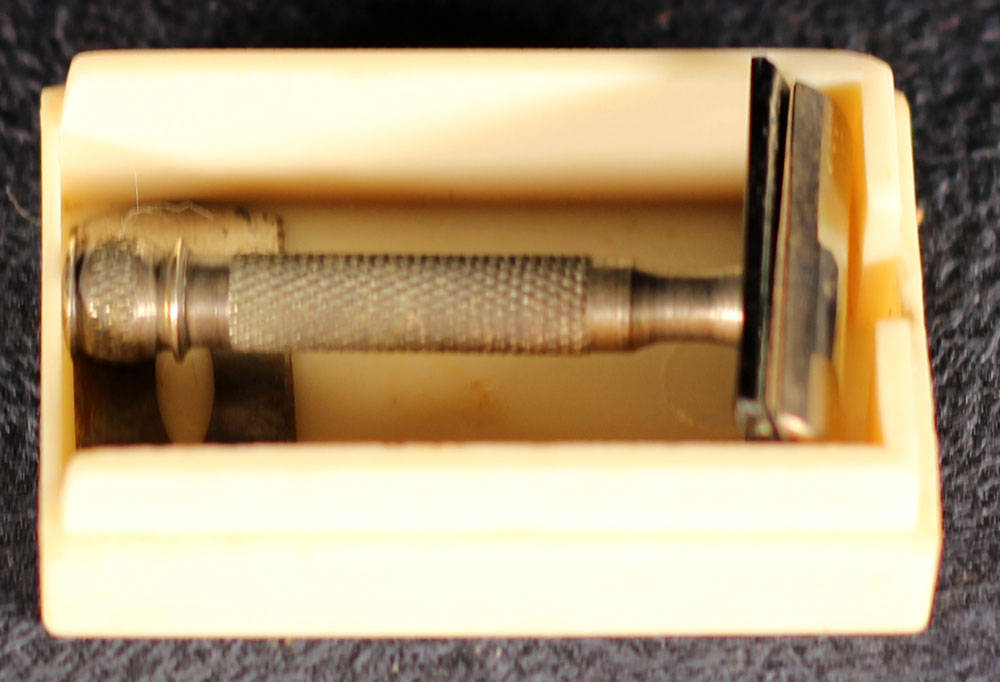
Laurel Pocket Safety Razor, Blade, and Dish
This safety razor is called the Laurel, also known as the Laurel Dumb-Bell due to its shape.
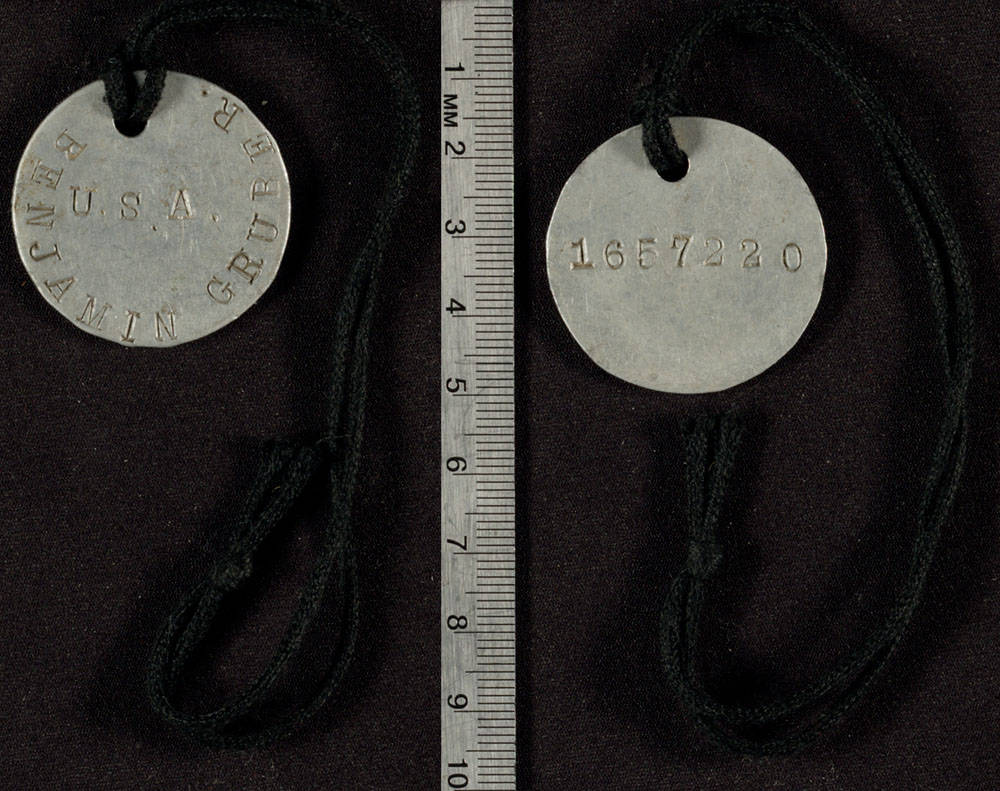
United States Military Idenification Tag from World War I Era [Gruber, Benjamin]
This identification tag has the inscription "James L. Davis PFC USA" and "1297407".
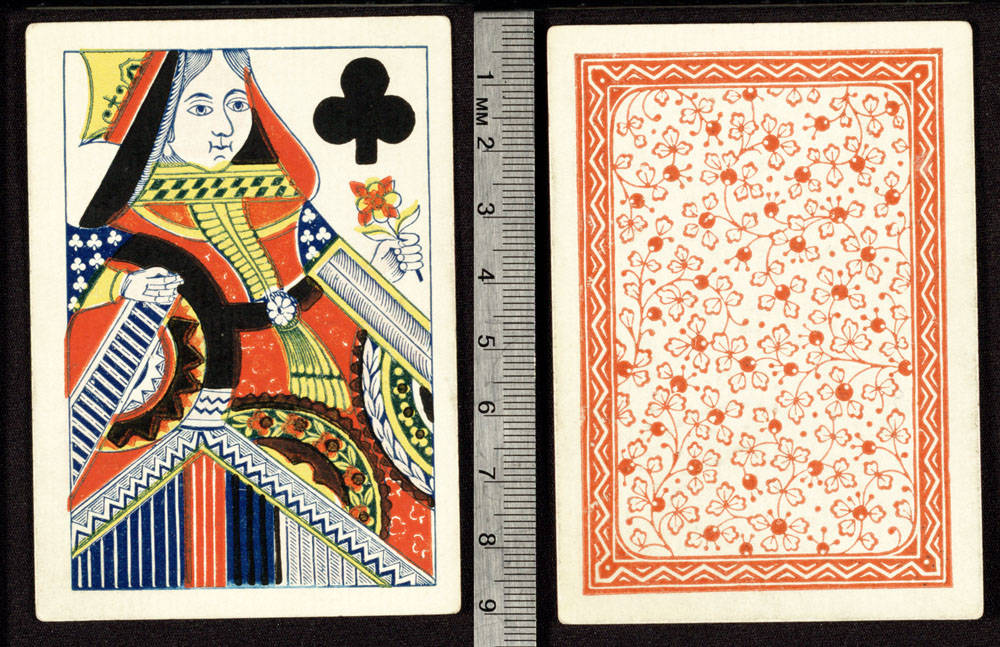
American Playing Cards
These American playing cards were used in the trenches to pass the time.
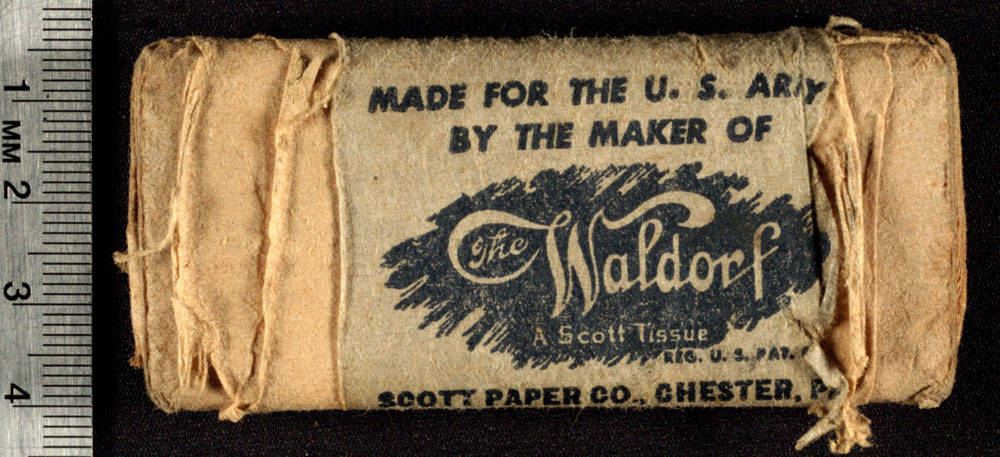
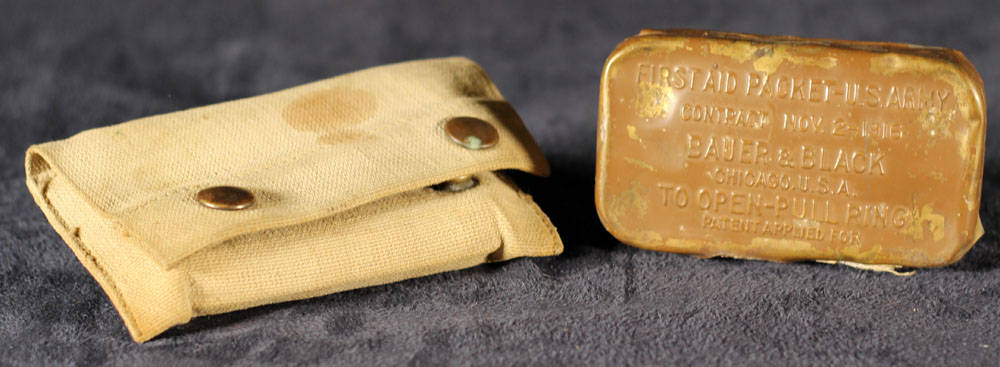
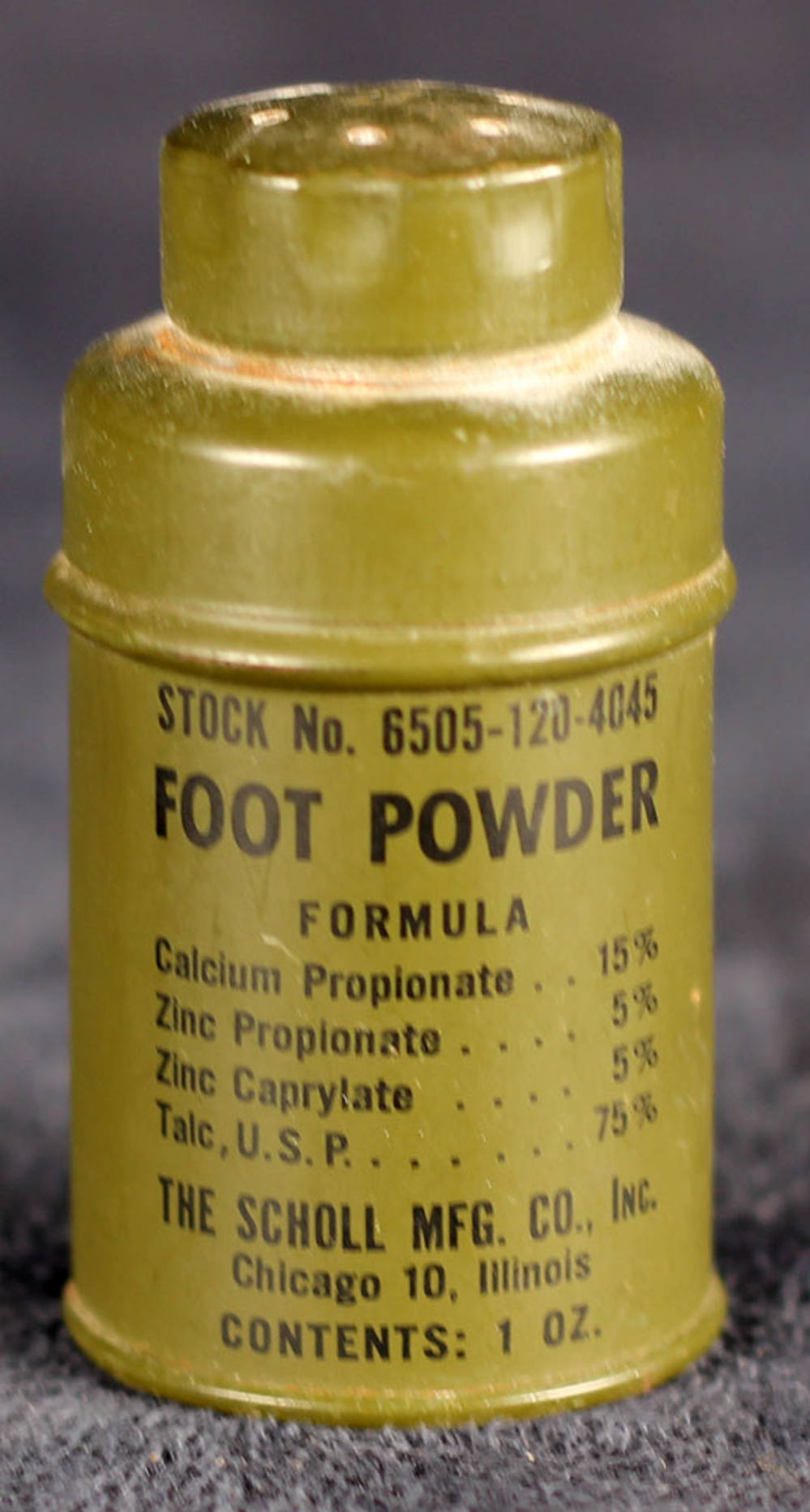
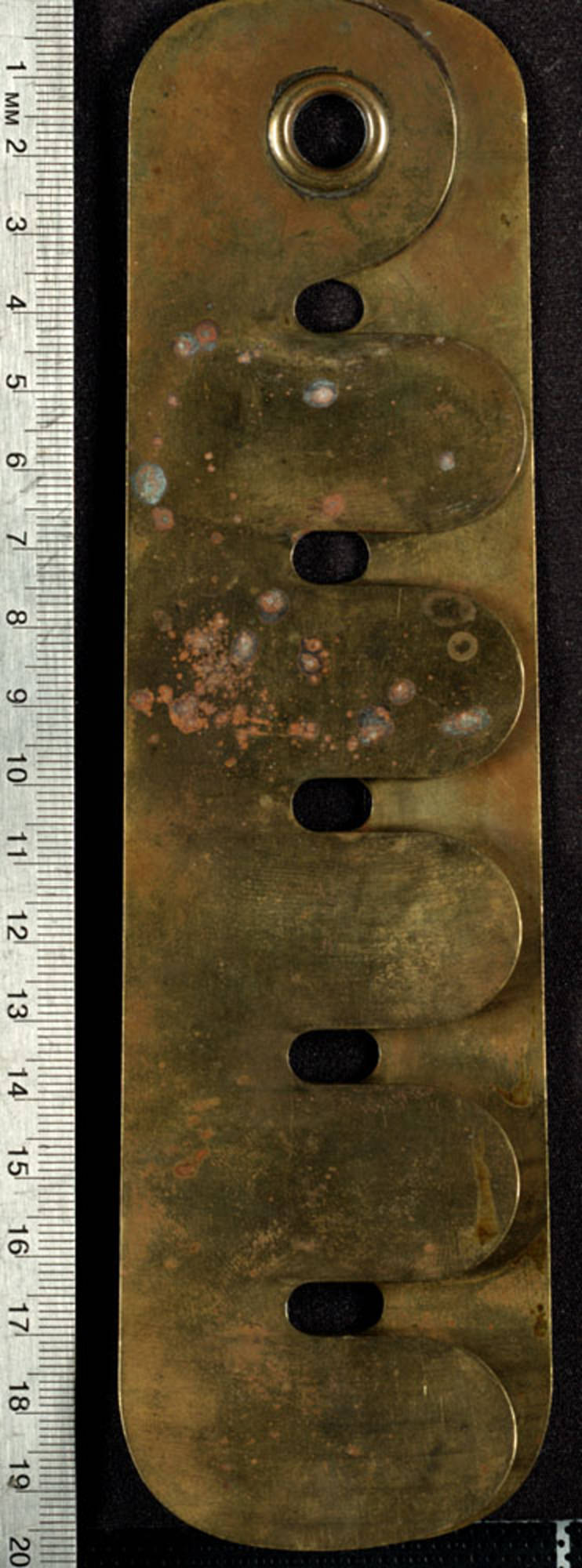
Hinged Brass Button Stick
Soldiers could use a button stick when polishing the brass buttons of their uniform to protect the uniform from damage.
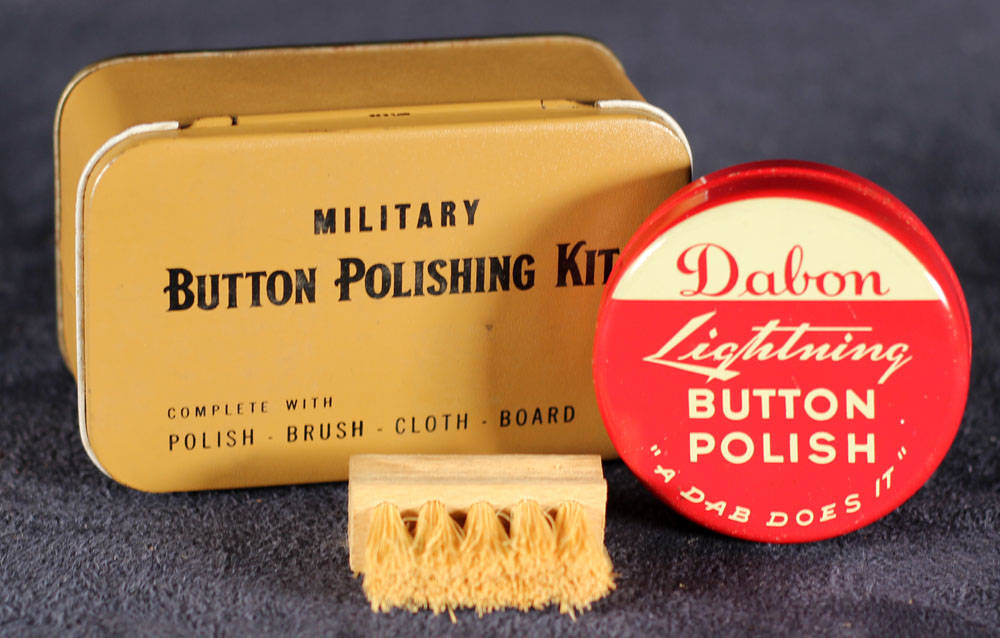
Military Button Polishing Kit
This button polishing kit includes a small hard-bristled brush made of wood, a polishing cloth, and a black plastic guard that would be inserted behind and around the button in order to protect the uniform to protect the uniform from damage.
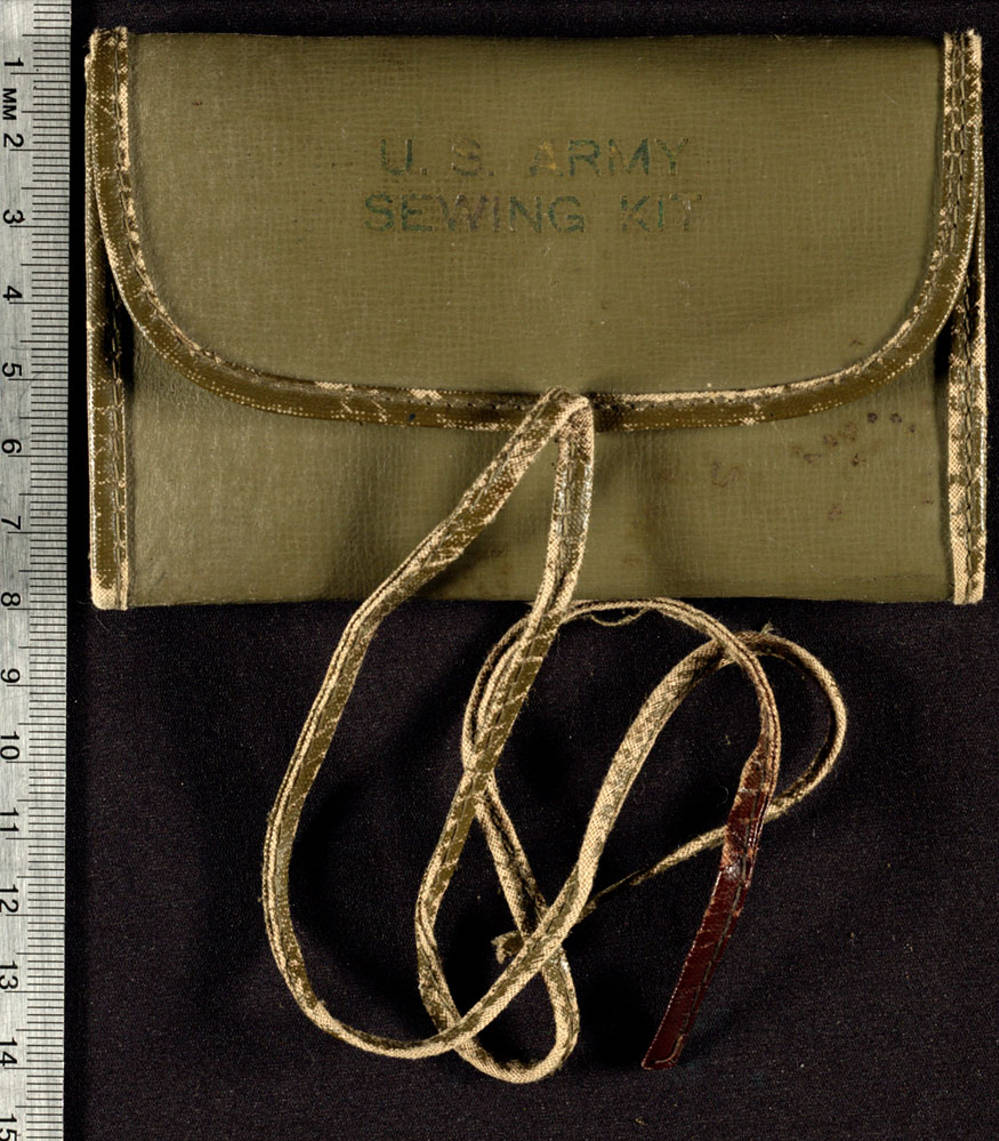
U.S. Army Sewing Kit
This leather kit is foldable and contains thread, a safety pin, a button, and needles.
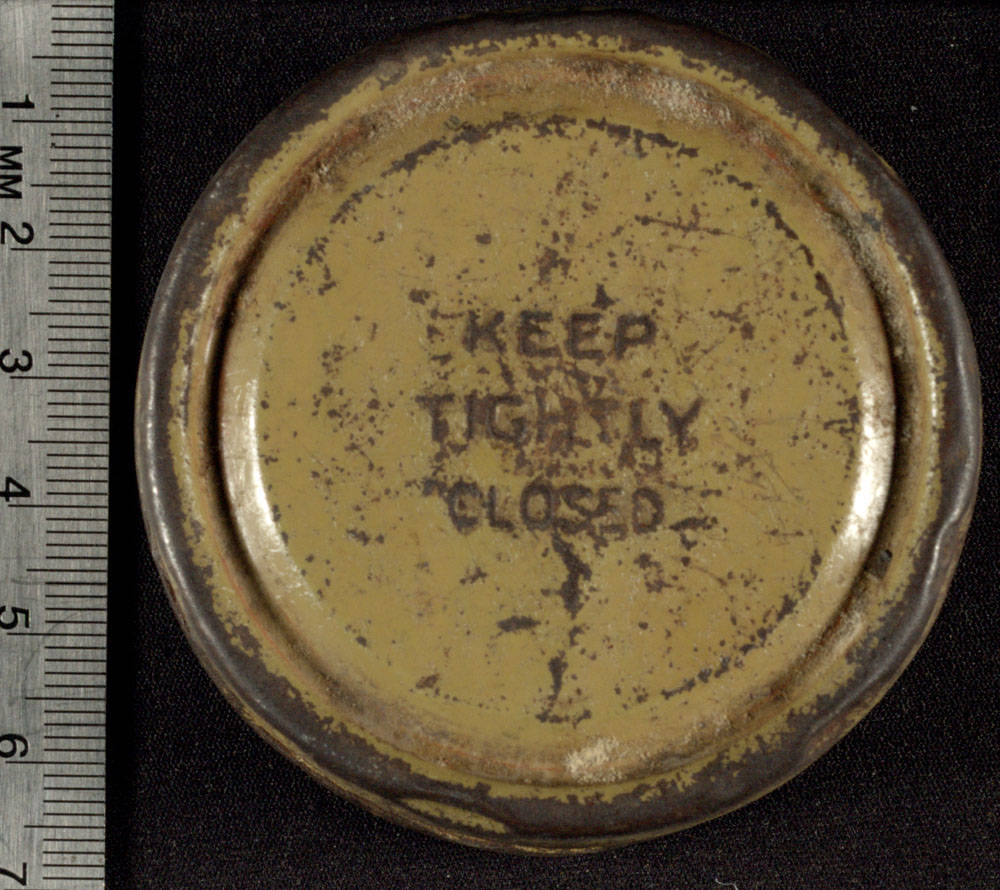
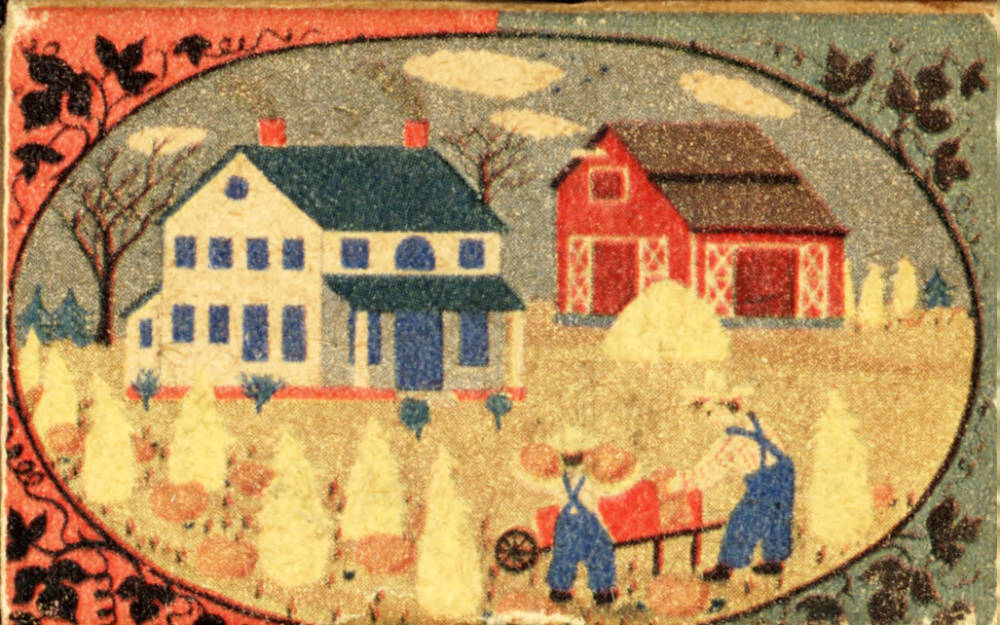
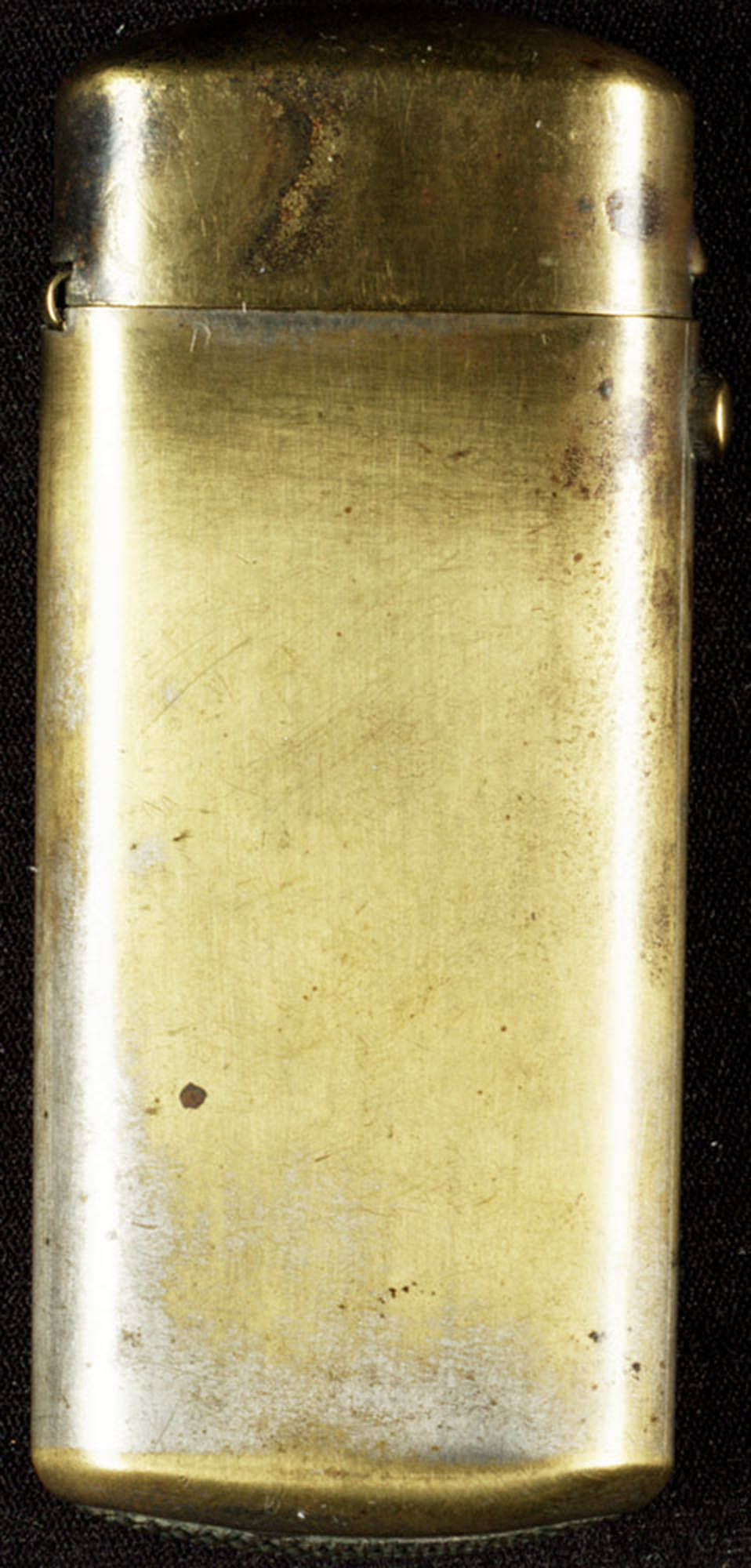

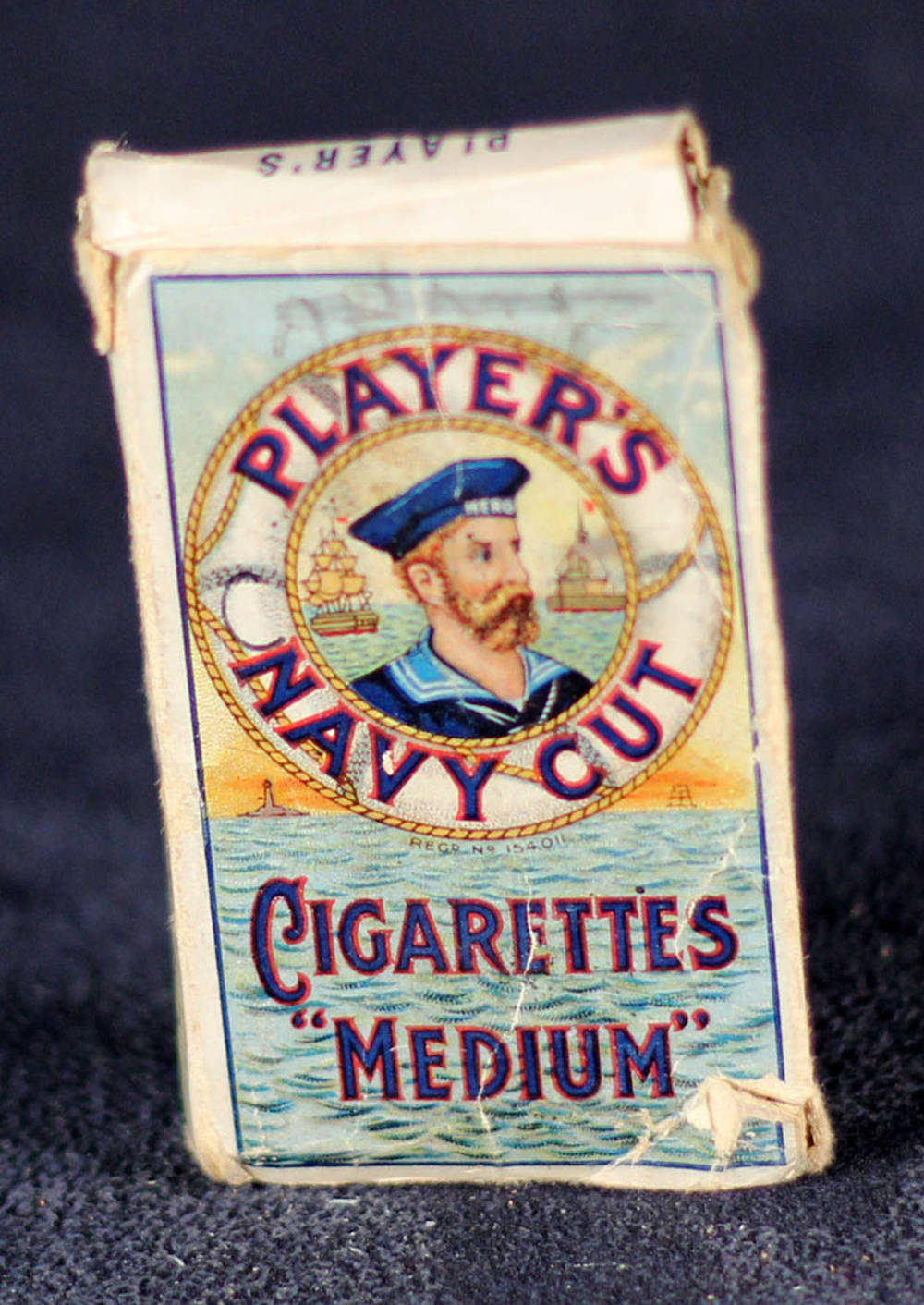
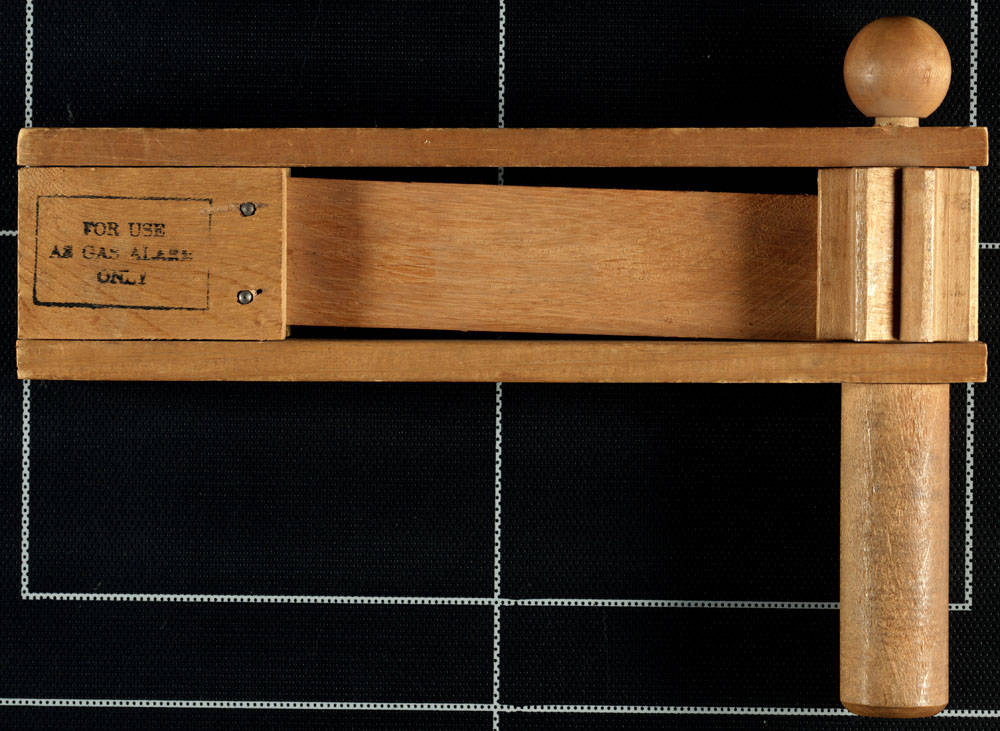
Wooden Gas Alarm Rattle
Hand-cranked gas alarms and siren whistles gave soldiers wearing a gas mask the ability to warn other of an oncoming chemical attack.
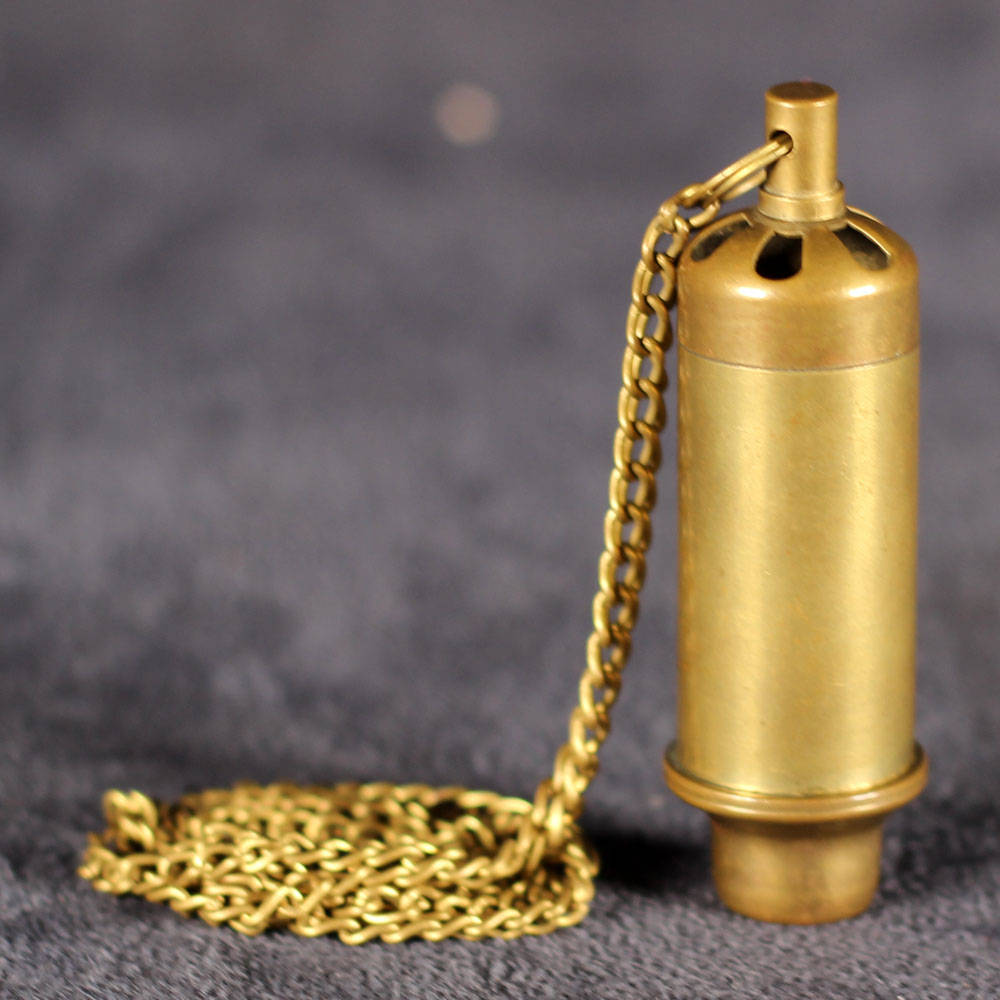
United States Siren Whistle with Chain
Siren whistles gave soldiers wearing a gas mask the ability to warn other of an oncoming chemical attack.
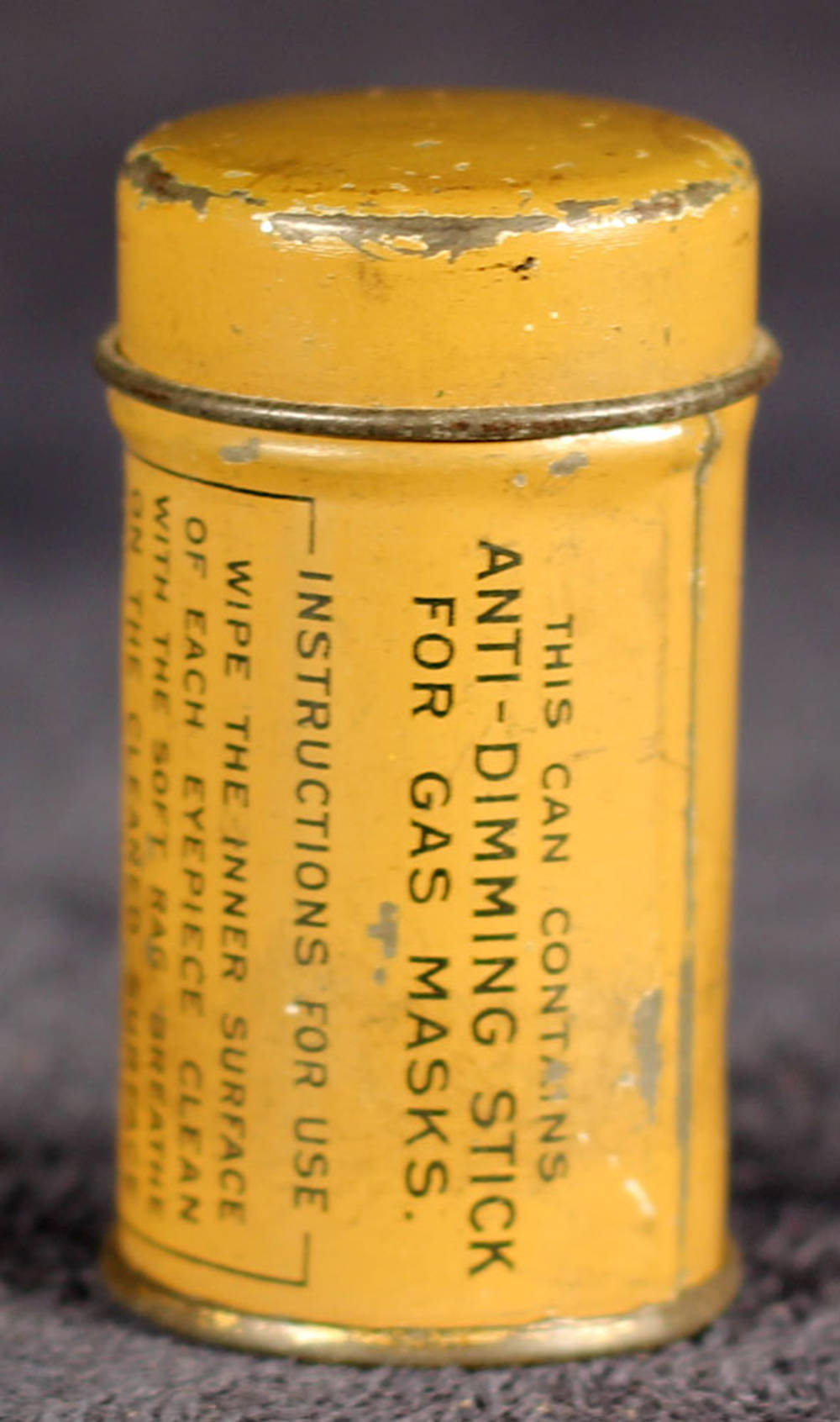
Anti-Dimming Stick and Cloth in Can
Anti-dimming sticks were used to clean and treat insides of a gas mask, to reduce fogging or "dimming" when wearing the mask.
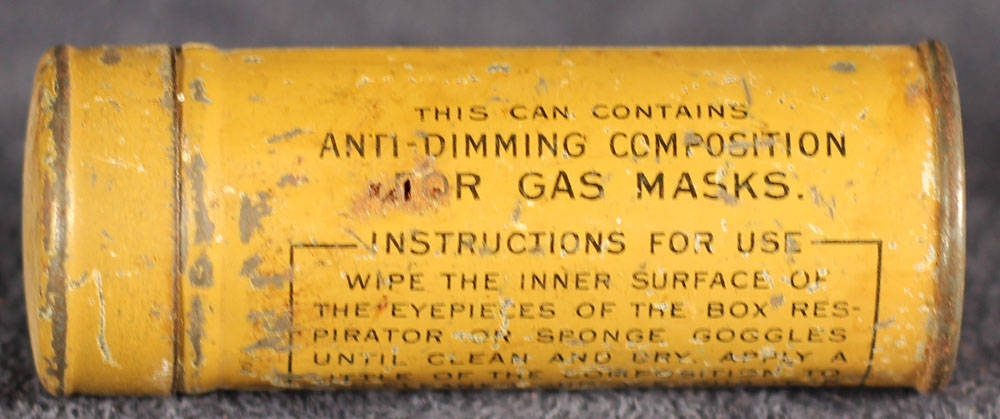
Anti-Dimming Composition and Cloth in Can
This anti-dimming composition and cloth in a can were used to reduce fogging or dimming of gas masks when worn.
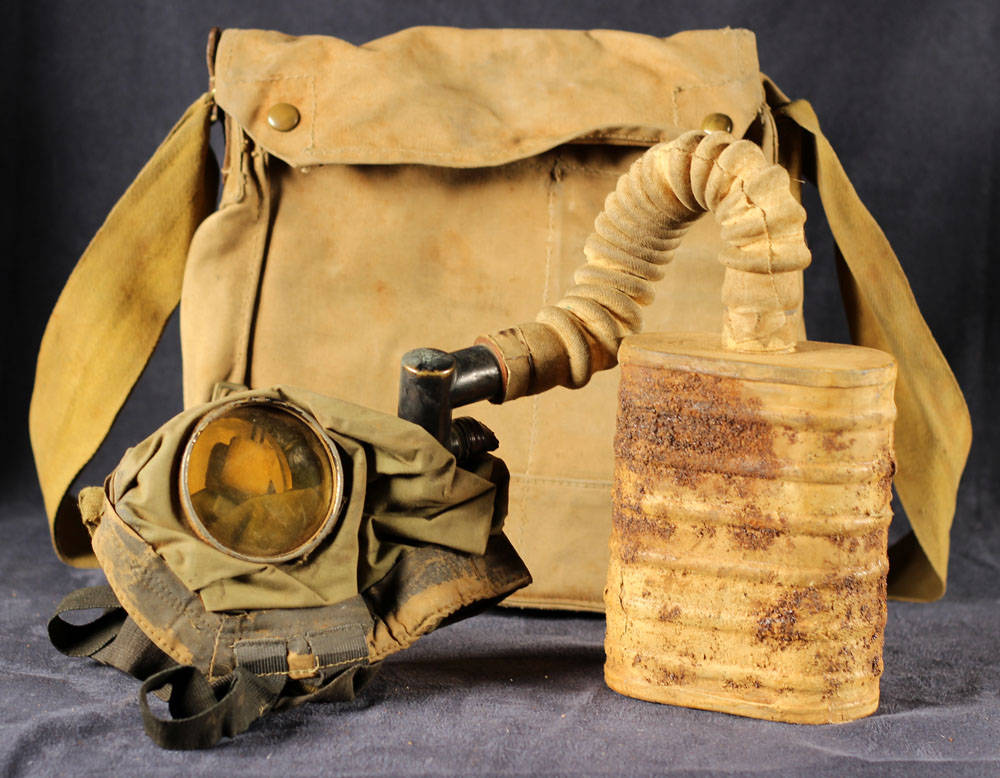
British Small Box Respirator with Haversack
The American Expeditionary Forces used a variety of gas masks and respirators during World War I, including the British Small Box Respirator (SBR).
World War I Medal of Honor Recipients
Congress awarded 121 Medals of Honor to United States soldiers for actions performed during World War I
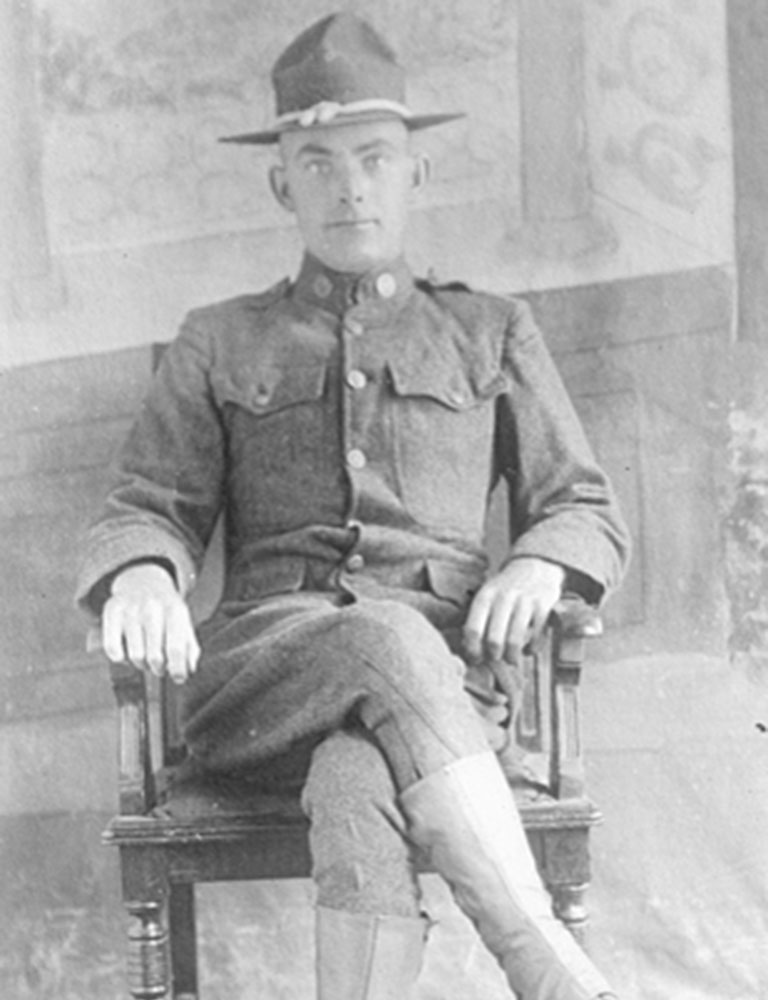
Private Robert L. Blackwell, U.S. Army, Medal of Honor Recipient
Private Robert Blackwell received the Medal of Honor for volunteering to carry a message for reinforcements through heavy shell and machinegun fire.
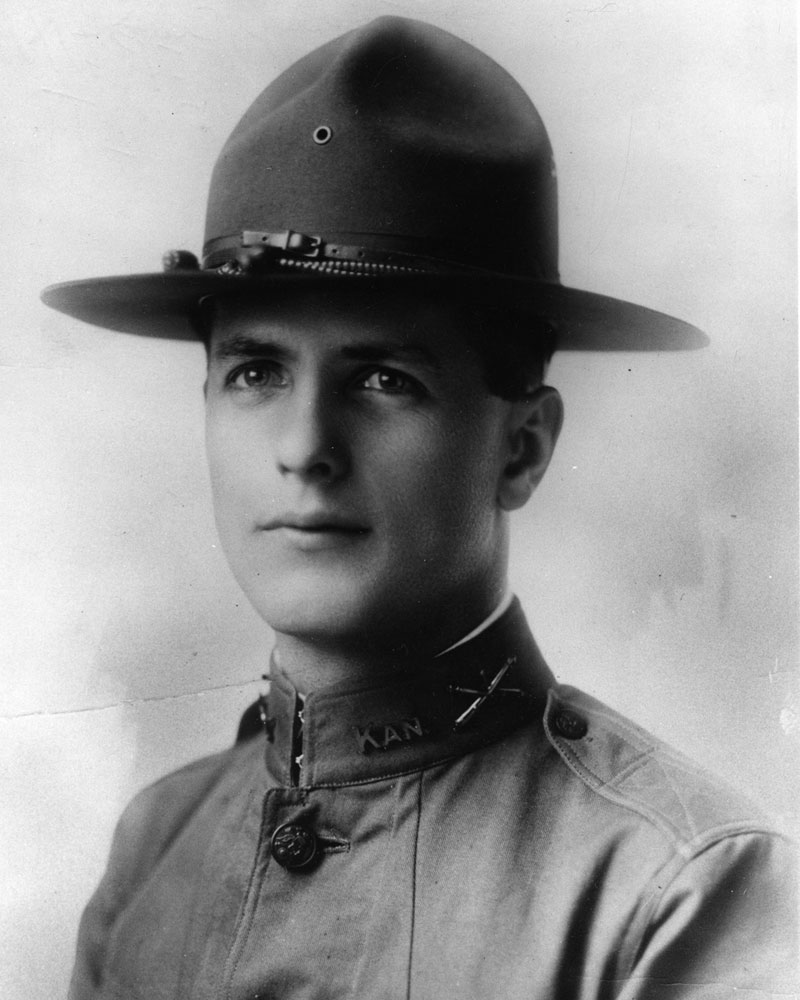
Second Lieutenant Erwin R. Bleckley, U.S. Army Air Service, Medal of Honor Recipient
Second Lieutenant Erwin Bleckley received the Medal of Honor for his mission to deliver supplies while his plane was under heavy enemy fire.
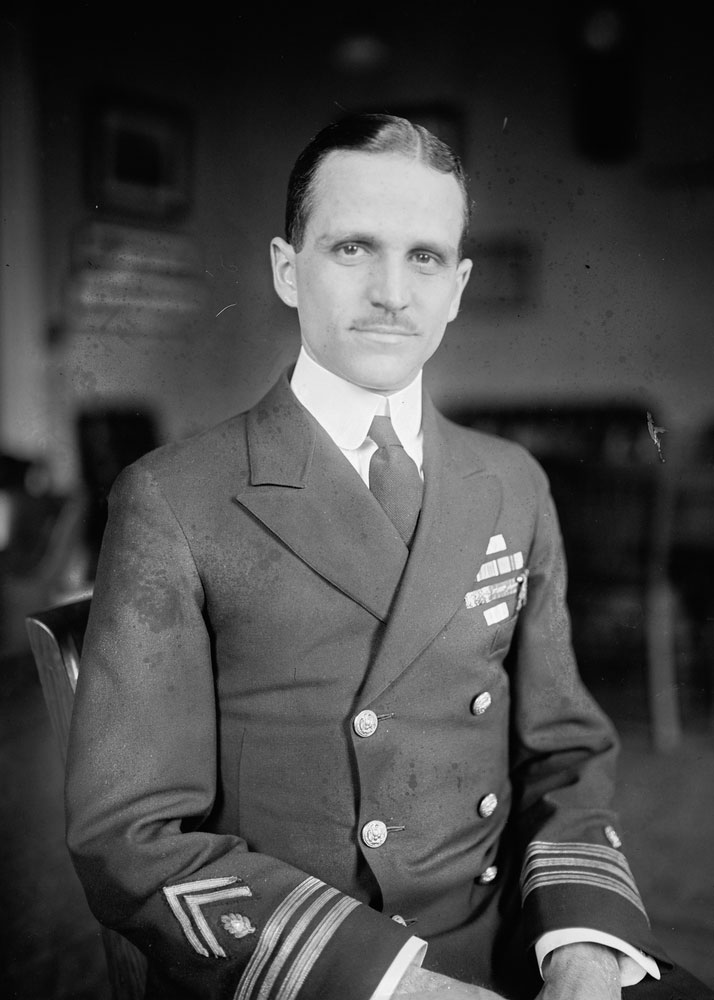
Lieutenant Joel Thompson Boone, U.S. Navy, Medal of Honor Recipient
Lieutenant Joel Thompson Boone received the Medal of Honor for his efforts to provide medical attention to and save the lives of Marines under heavy fire.
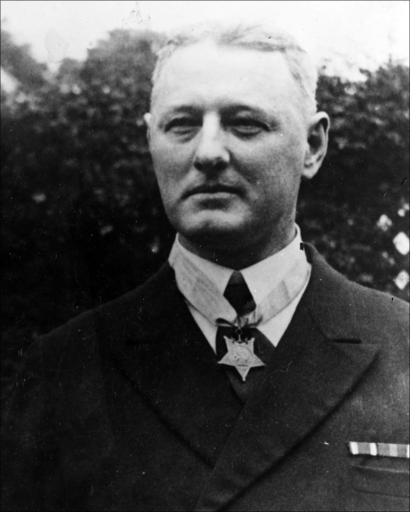
Commander Willis Winter Bradley, Jr., U.S. Navy, Medal of Honor Recipient
Commander Willis Winter Bradley Jr. received the Medal of Honor for placing himself in danger to save the lives of his shipmates after an explosion.
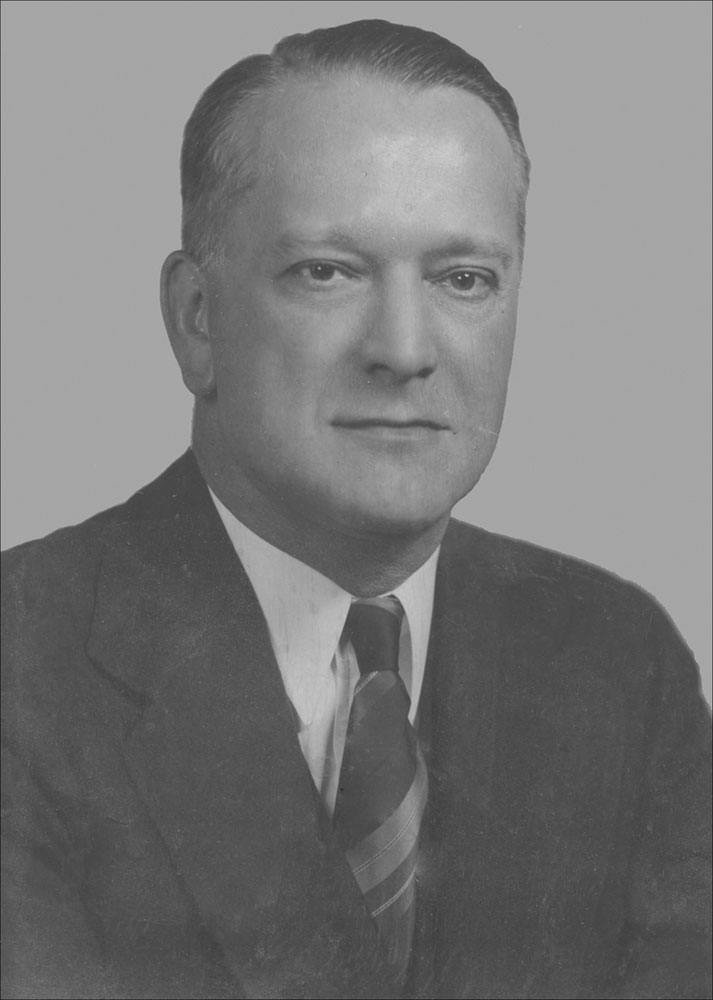
First Lieutenant Deming Bronson, U.S. Army, Medal of Honor Recipient
First Lieutenant Bronson received the Medal of Honor for his actions during the Meuse-Argonne Offensive.
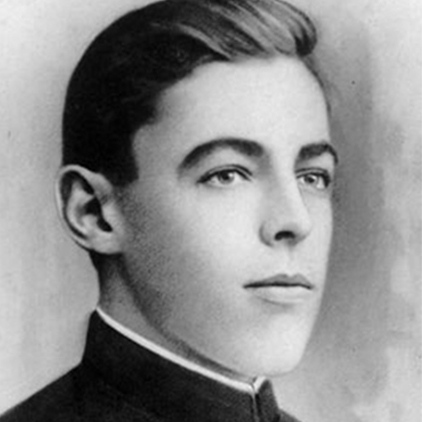
Sergeant Wilbur E. Colyer, U.S. Army, Medal of Honor Recipient
Sergeant Wilbur Colyer was awarded the Medal of Honor for his actions to secure machinegun nests under enemy fire.
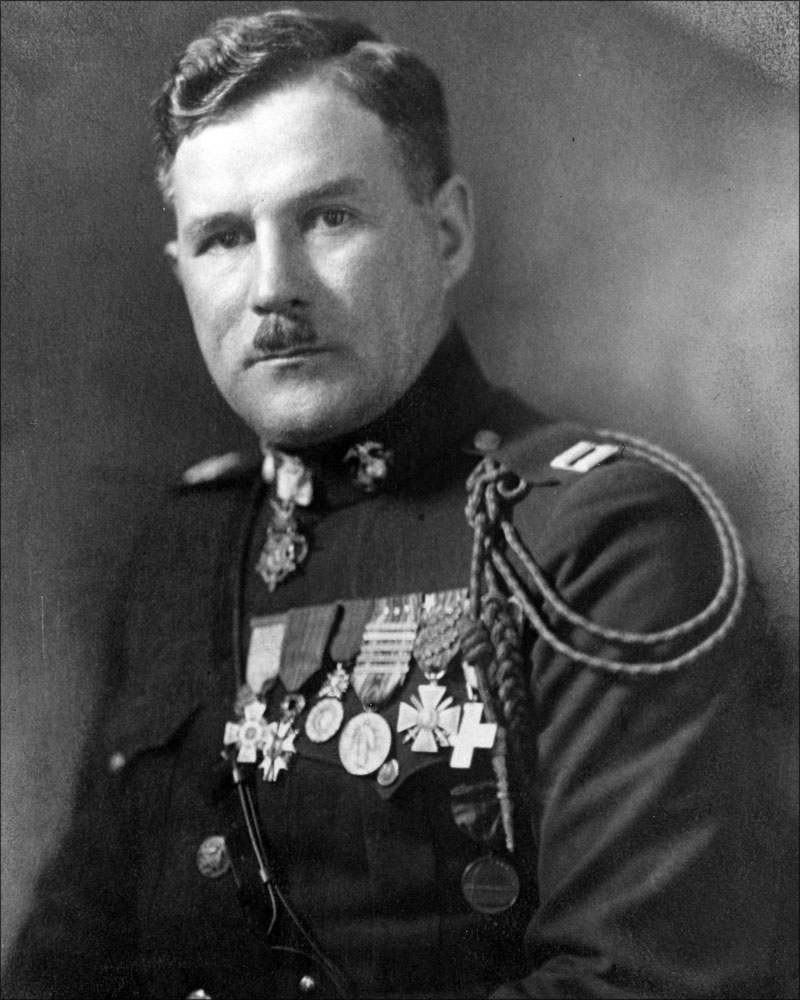
Major Louis Cukela, U.S. Marine Corps, Medal of Honor Recipient
Major Louis Cukela was twice awarded the Medal of Honor during World War I, one from the U.S. Navy and one from the U.S. Army.
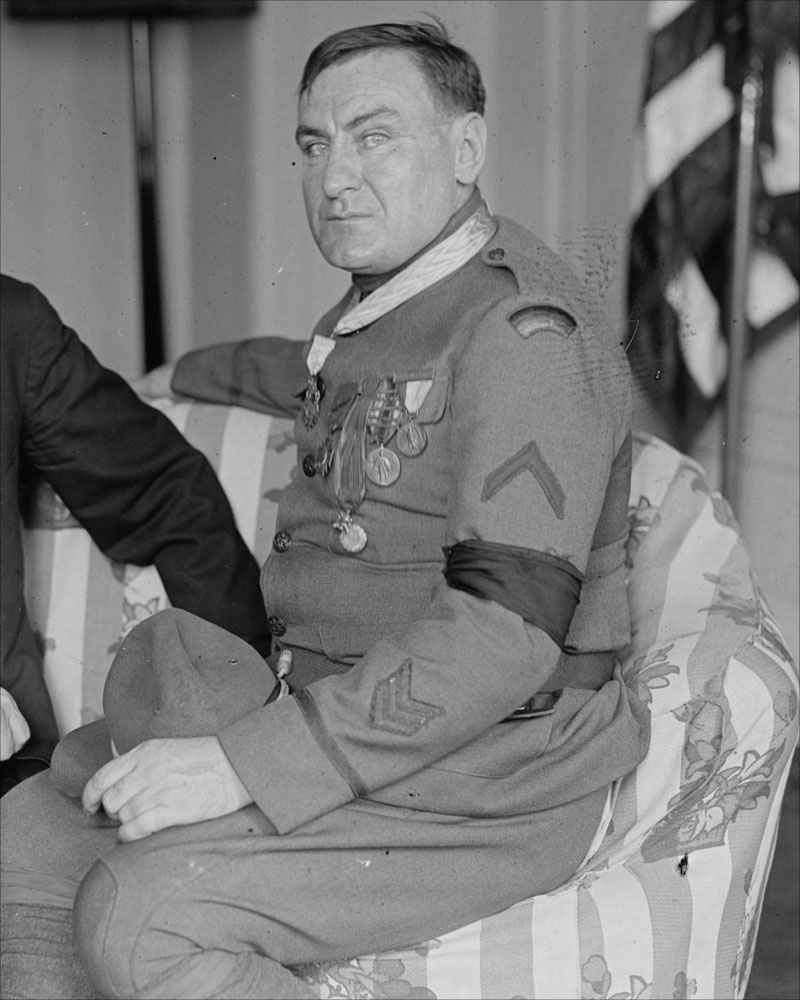
Sergeant Michael A. Donaldson, U.S. Army, Medal of Honor Recipient
Sergeant Michael Donaldson was awarded the Medal of Honor for his actions in France in World War I.
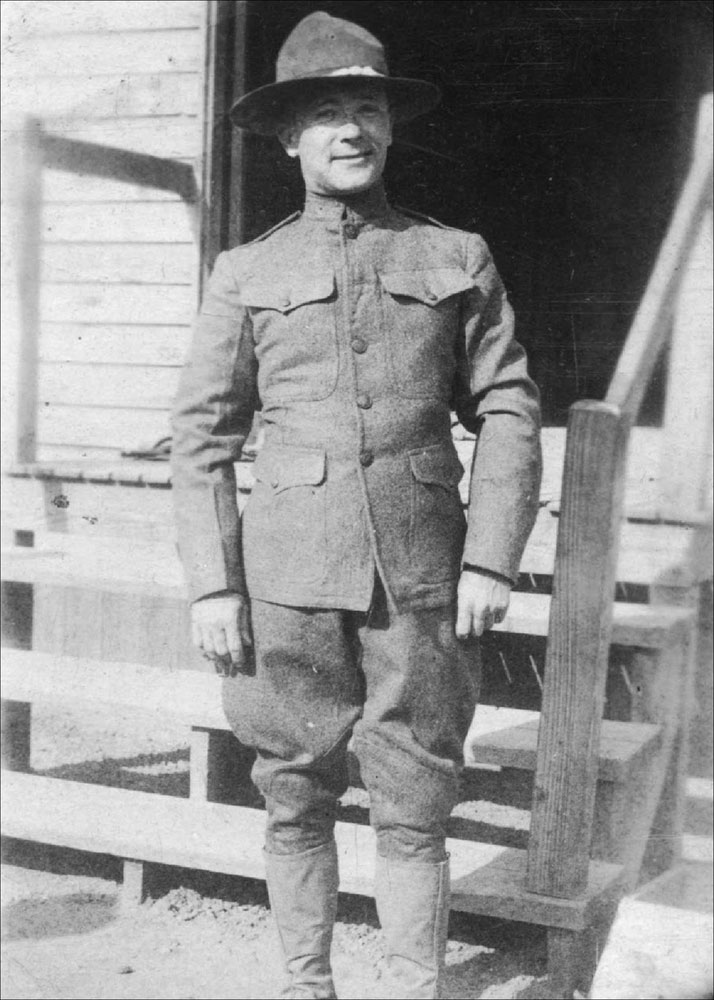
Private First Class Parker F. Dunn, U.S. Army, Medal of Honor Recipient
Private First Class Parker Dunn was awarded the Medal of Honor for volunteering for a mission to deliver an intelligence message under artillery and machinegun fire.
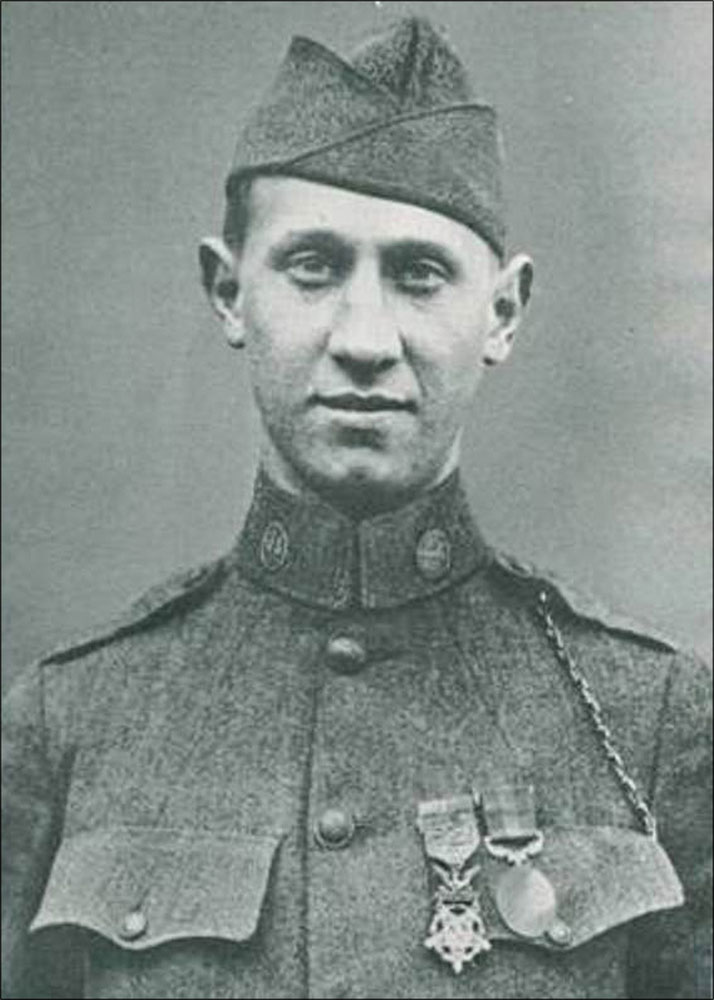
Sergeant Alan Louis Eggers, U.S. Army, Medal of Honor Recipient
Sergeant Alan Louis Eggers was awarded the Medal of Honor for saved fellow soldiers under enemy fire and holding off the enemy.
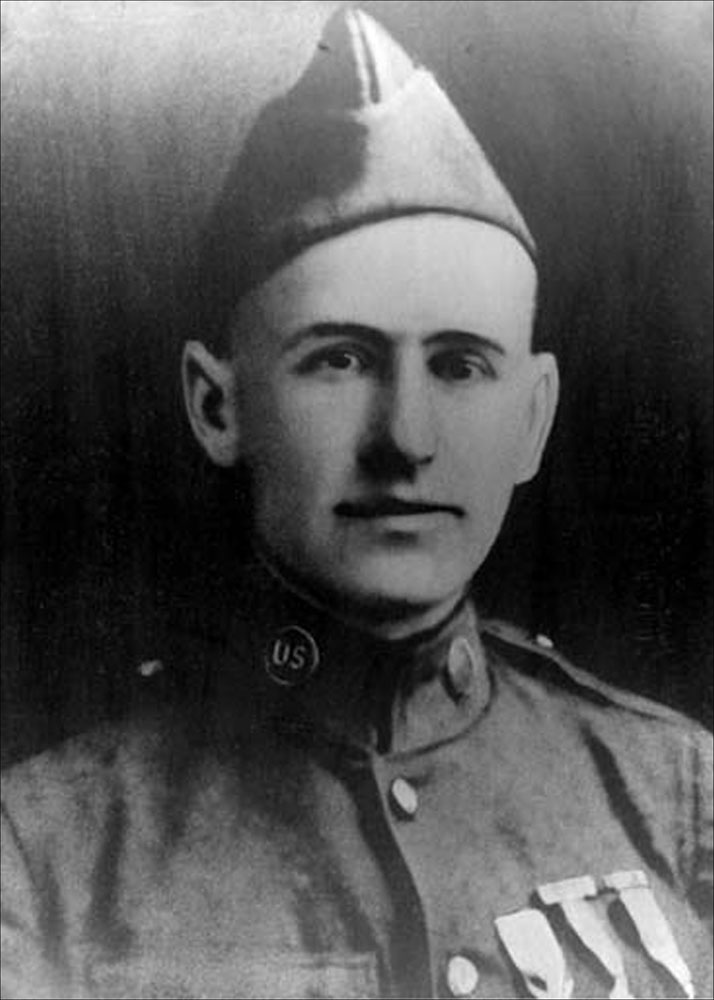
Private First Class Jesse Funk, U.S. Army, Medal of Honor Recipient
PFC Jesse Funk was awarded the Medal of Honor for rescuing two wounded officers in No Man's Land.
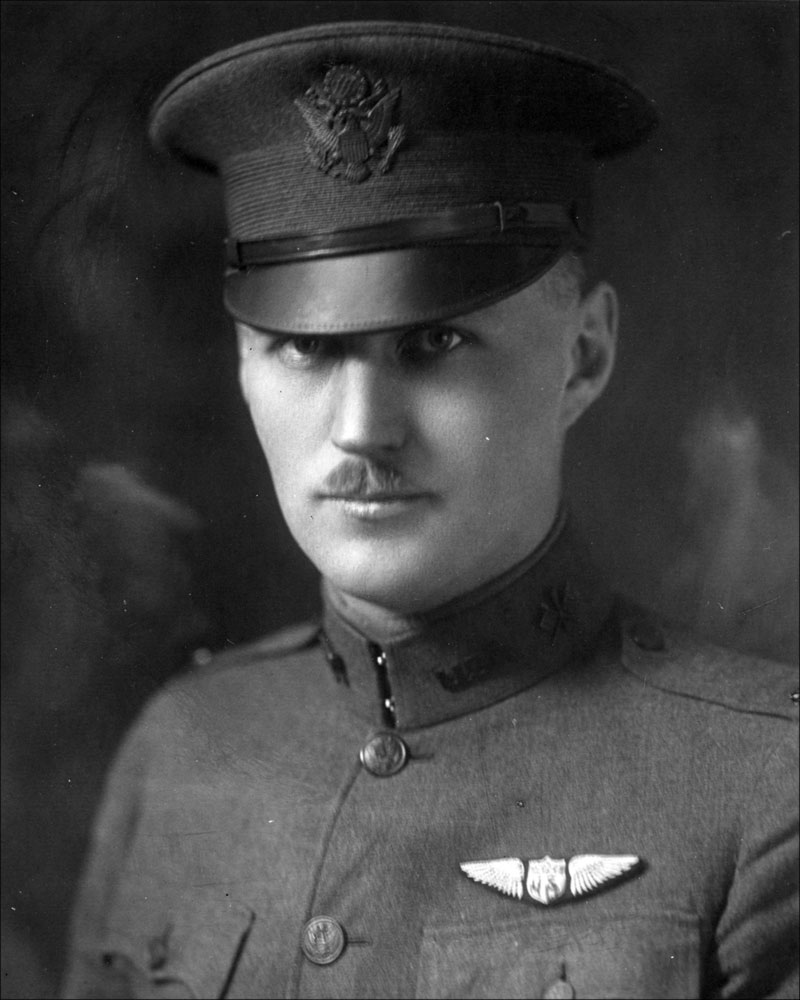
First Lieutenant Harold Ernest Goettler, U.S. Army, Medal of Honor Recipient
First Lieutenant Harold Ernest Goettler was awarded the Medal of Honor for risking his own life to deliver supplies to his fellow soldiers.
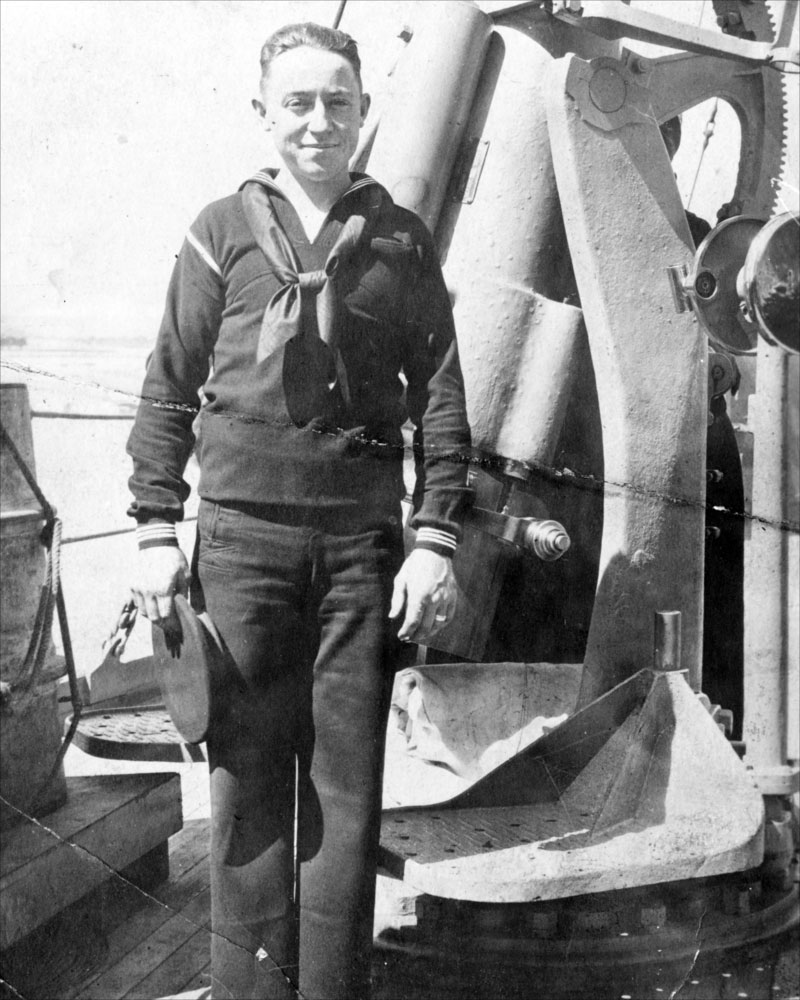
Seaman Ora Graves, U.S. Navy, Medal of Honor Recipient
Seaman Ora Graves was awarded the Medal of Honor for risking his own life to prevent an explosion on his ship.
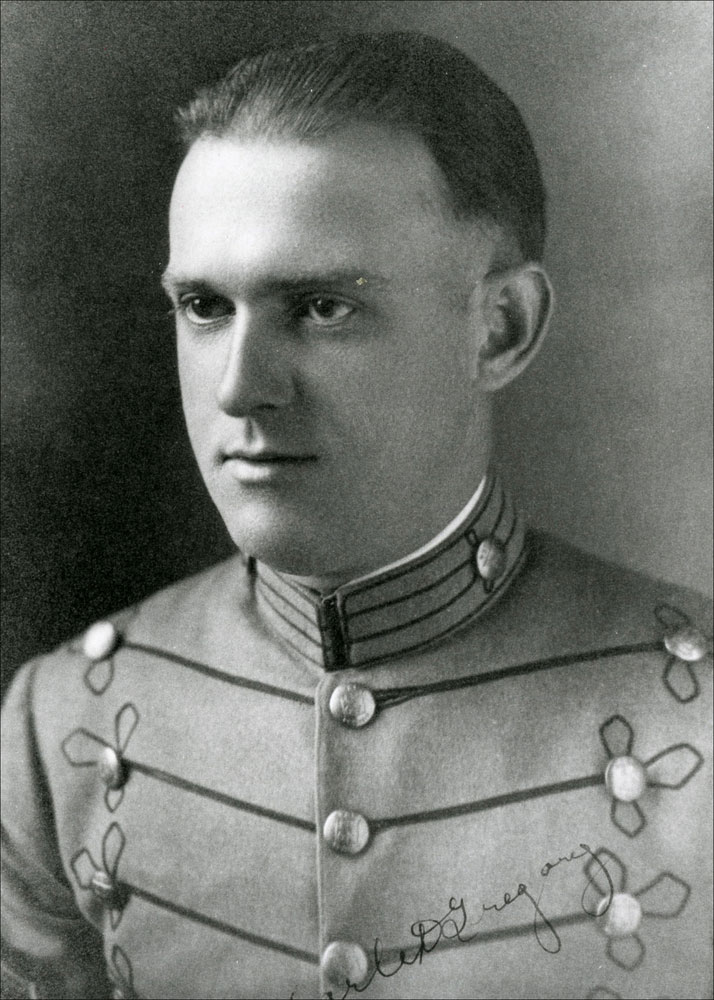
Sergeant Earl D. Gregory, U.S. Army, Medal of Honor Recipient
Sergeant Earl Gregory was awarded the Medal of Honor for capturing several enemy combatants under fire.
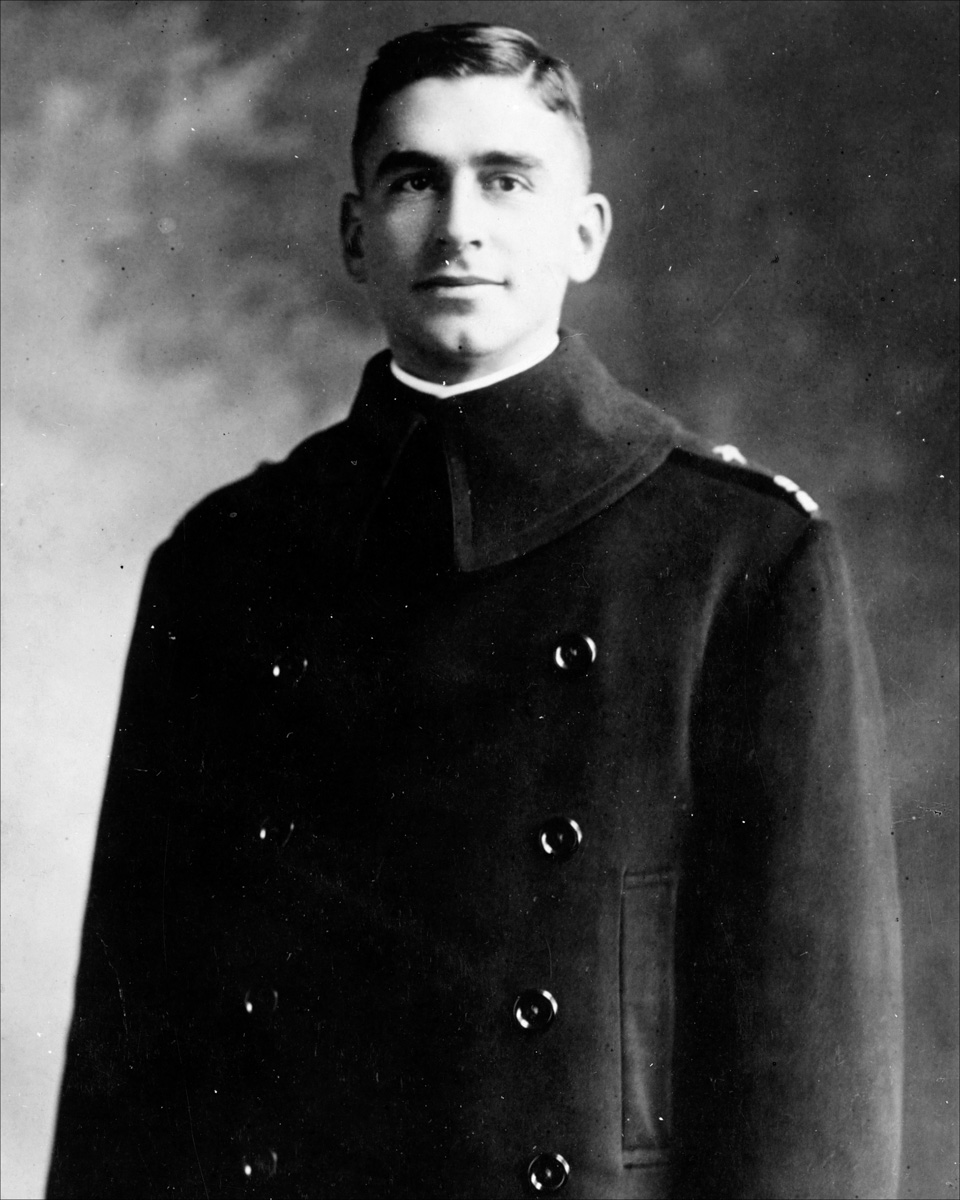
Lieutenant Edouard Victor Michel Izac, U.S. Navy, Medal of Honor Recipient
Lieutenant Edouard Victor Michel was awarded the Medal of Honor his escape from a German prisoner of war camp to deliver important intelligence about German submarine movements.
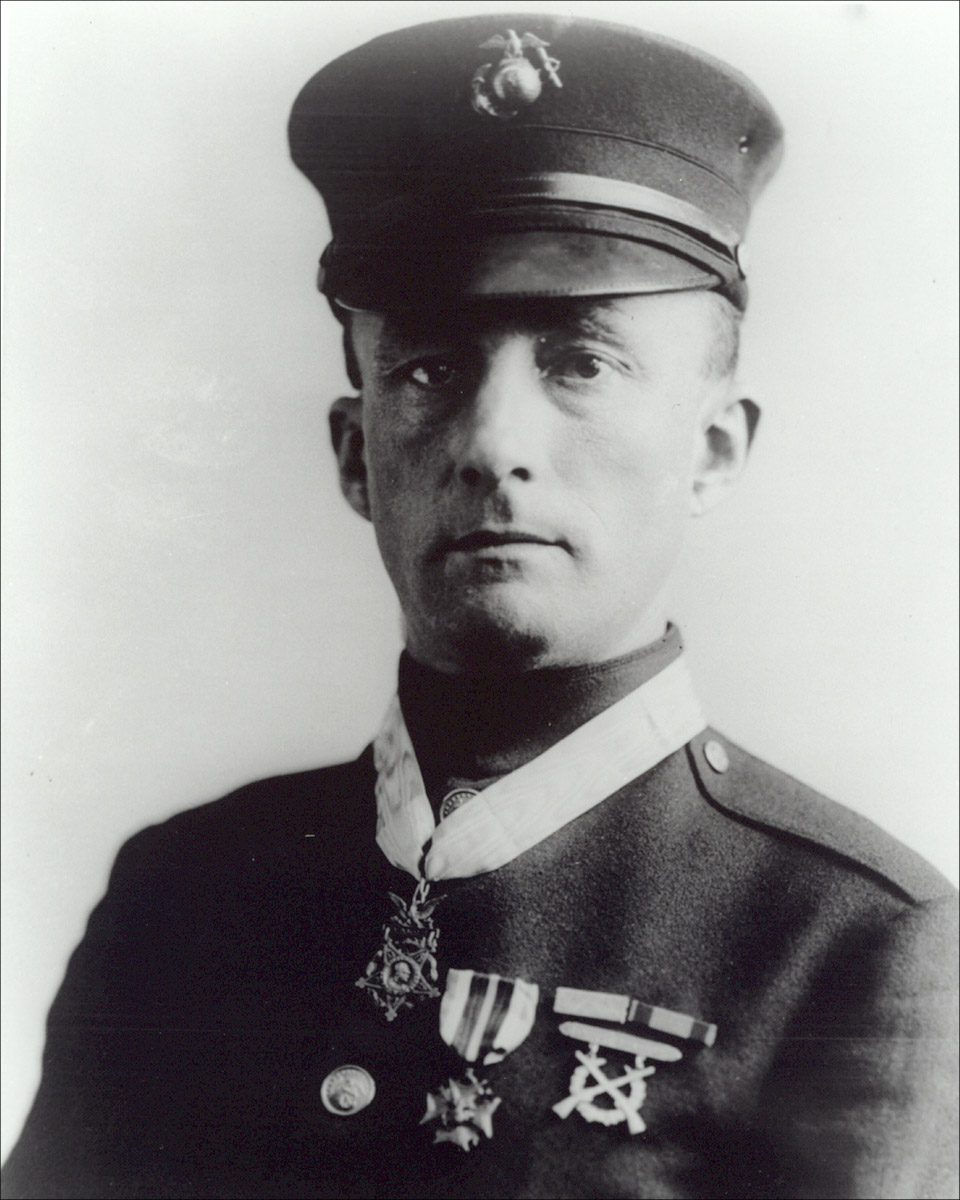
Ernest A. Janson,(aka Charles F. Hoffman), U.S. Marine Corps, Medal of Honor Recipient
Gunnery Sergeant Ernest Janson was twice awarded the Medal of Honor during World War I, one from the U.S. Navy and one from the U.S. Army.
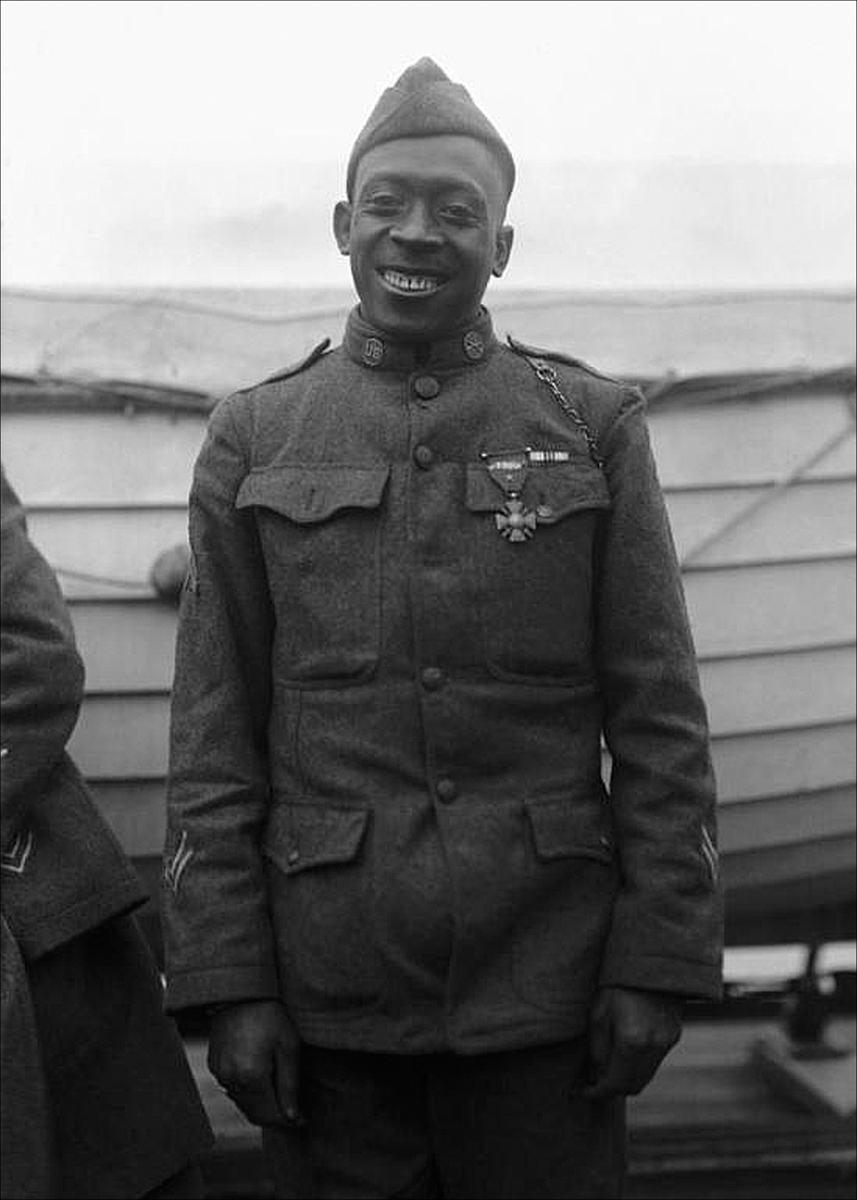
(William) Henry Johnson, U.S. Army, Medal of Honor Recipient
Private Henry Johnson was awarded the Medal of Honor in World War I for his actions in thwarting a surprise enemy attack.
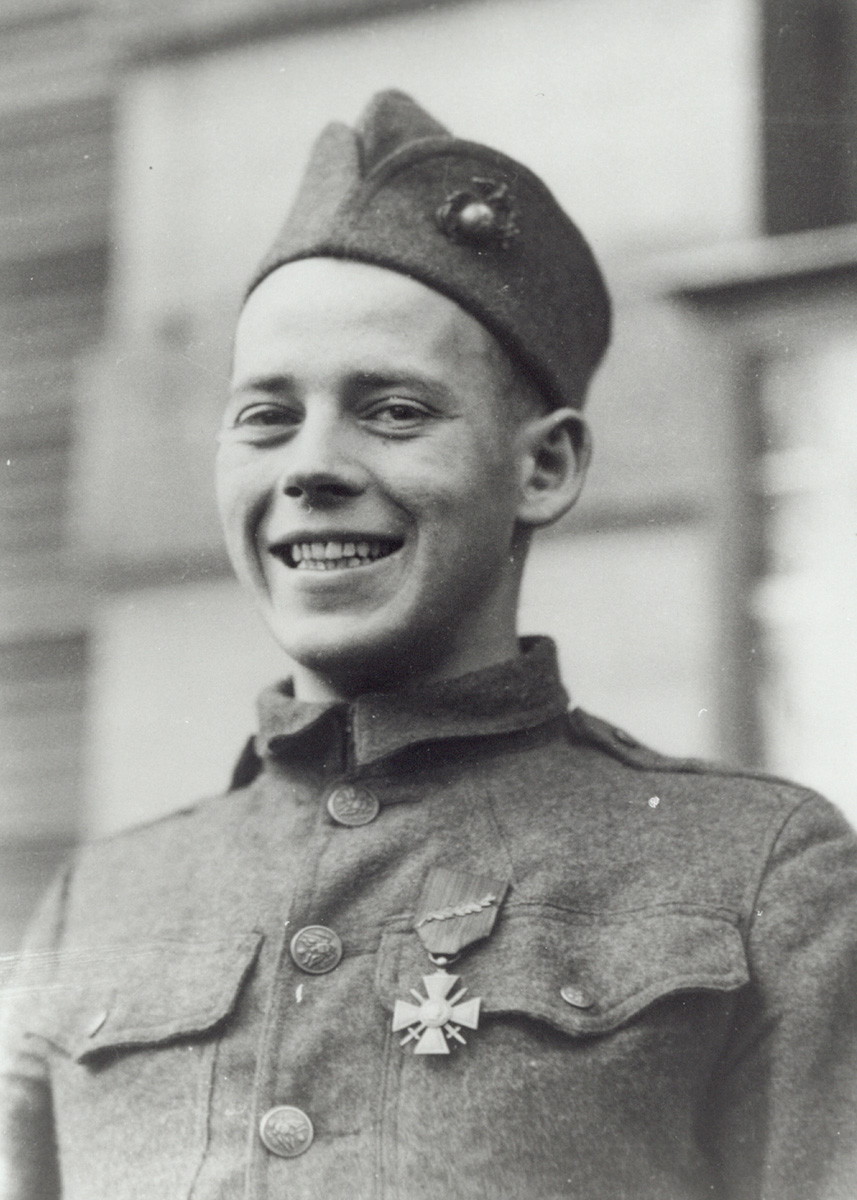
Private John Joseph Kelly, U.S. Marine Corps, Medal of Honor Recipient
Private John Joseph Kelly was twice awarded the Medal of Honor for his actions to attack an enemy nest and capture of enemy prisoners of war.
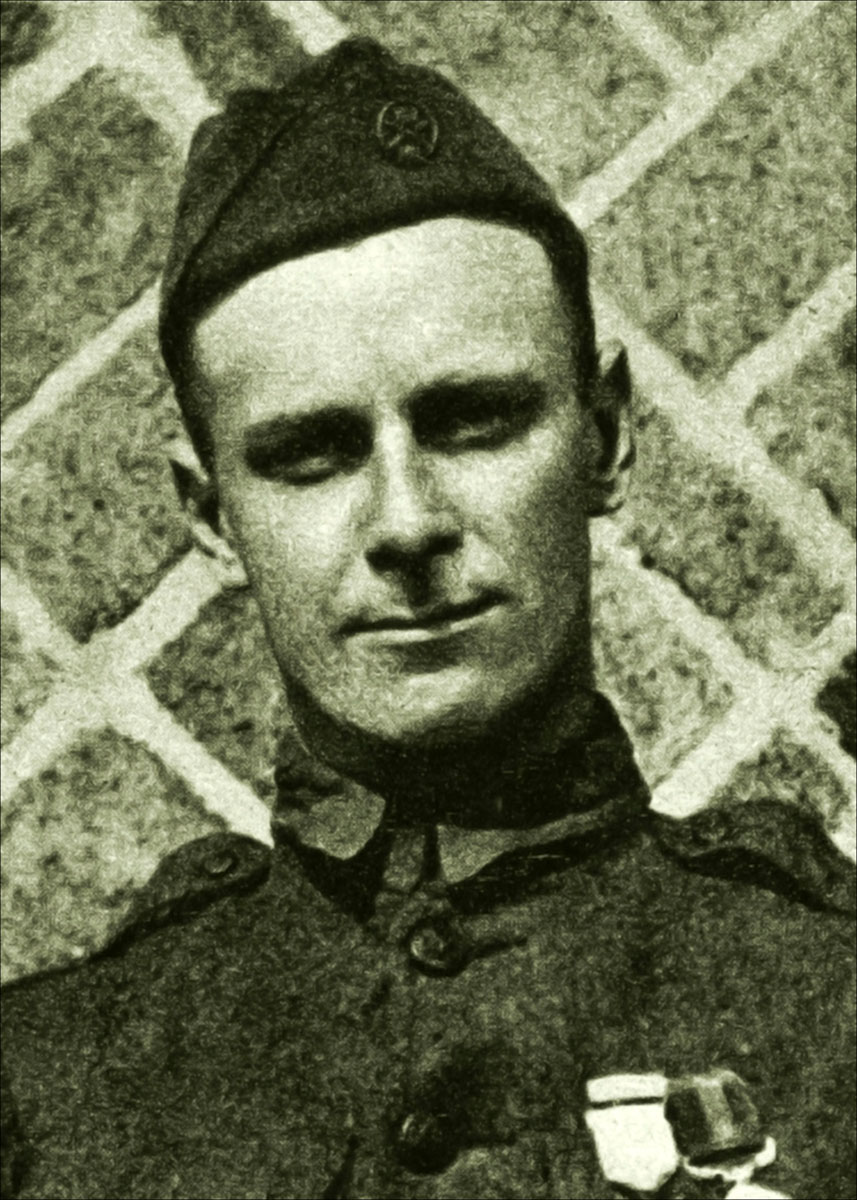
Sergeant John Cridland Latham, U.S. Army, Medal of Honor Recipient
Sergeant John Cridland Latham was awarded the Medal of Honor in World War I for rescuing the crew of an American tank while under enemy fire.
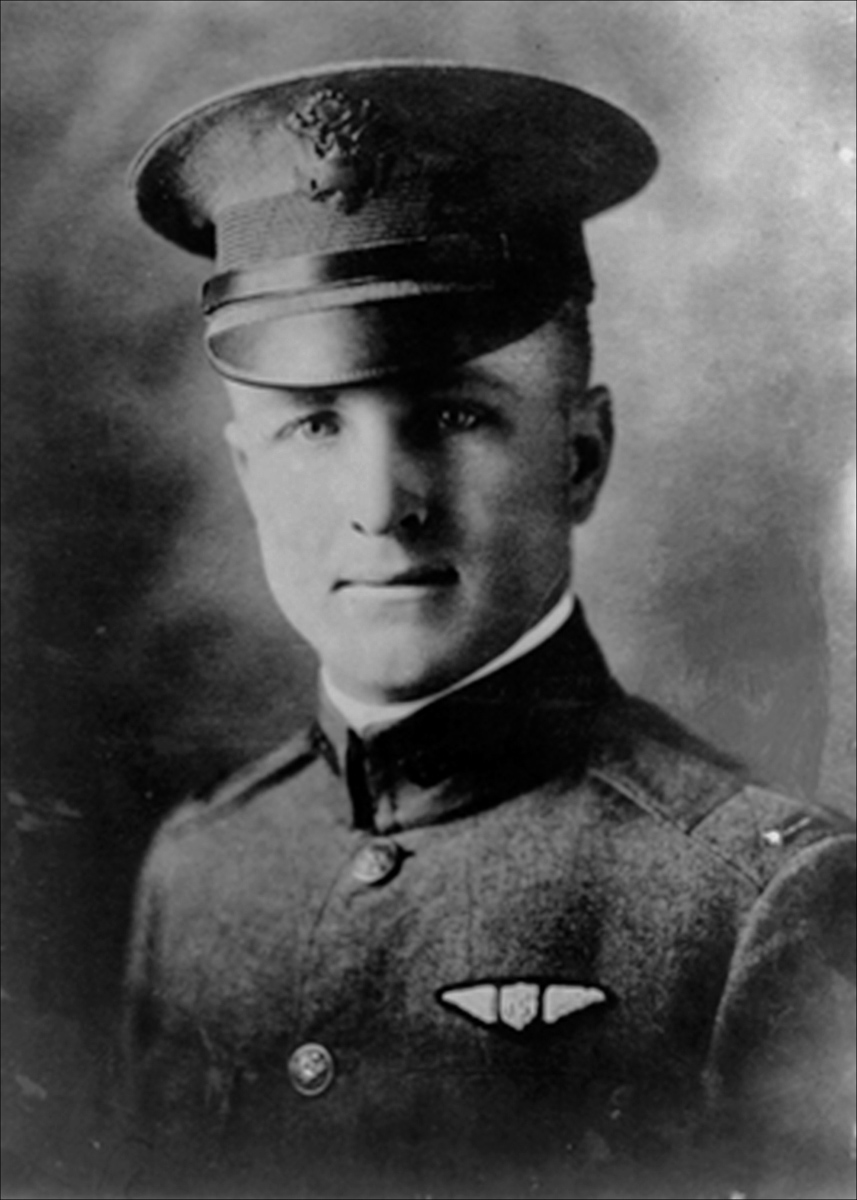
Second Lieutenant Frank Luke, Jr, U.S. Army, Medal of Honor Recipient
Second Lieutenant Frank Luke, Jr. was awarded the Medal of Honor in World War I for his attack on the enemy under fire from ground batteries and hostile planes.
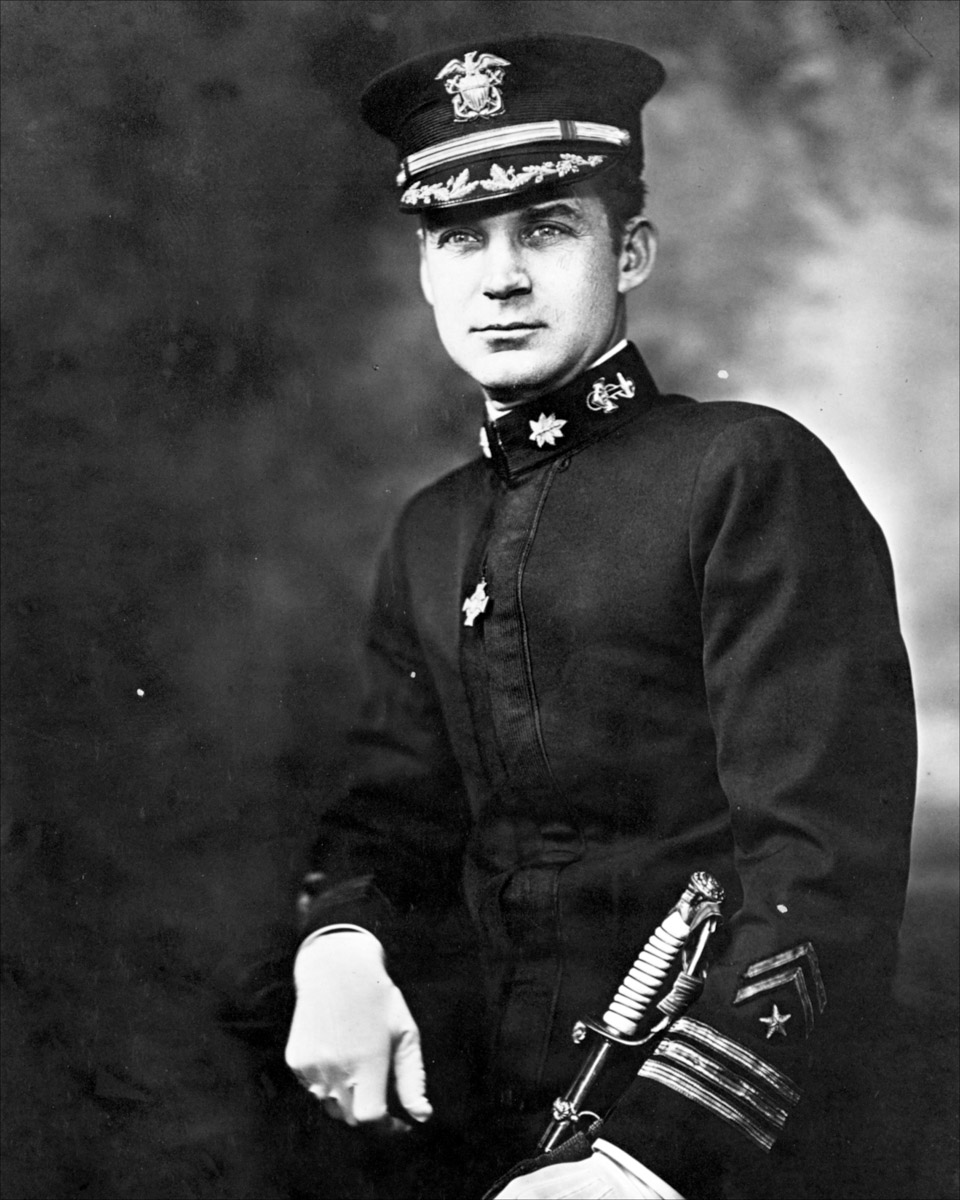
Lieutenant Commander James Jonas Madison, U.S. Navy, Medal of Honor Recipient
Lieutenant Commander James Jonas Madison was awarded the Medal of Honor for his command of USS Ticonderoga in World War I.
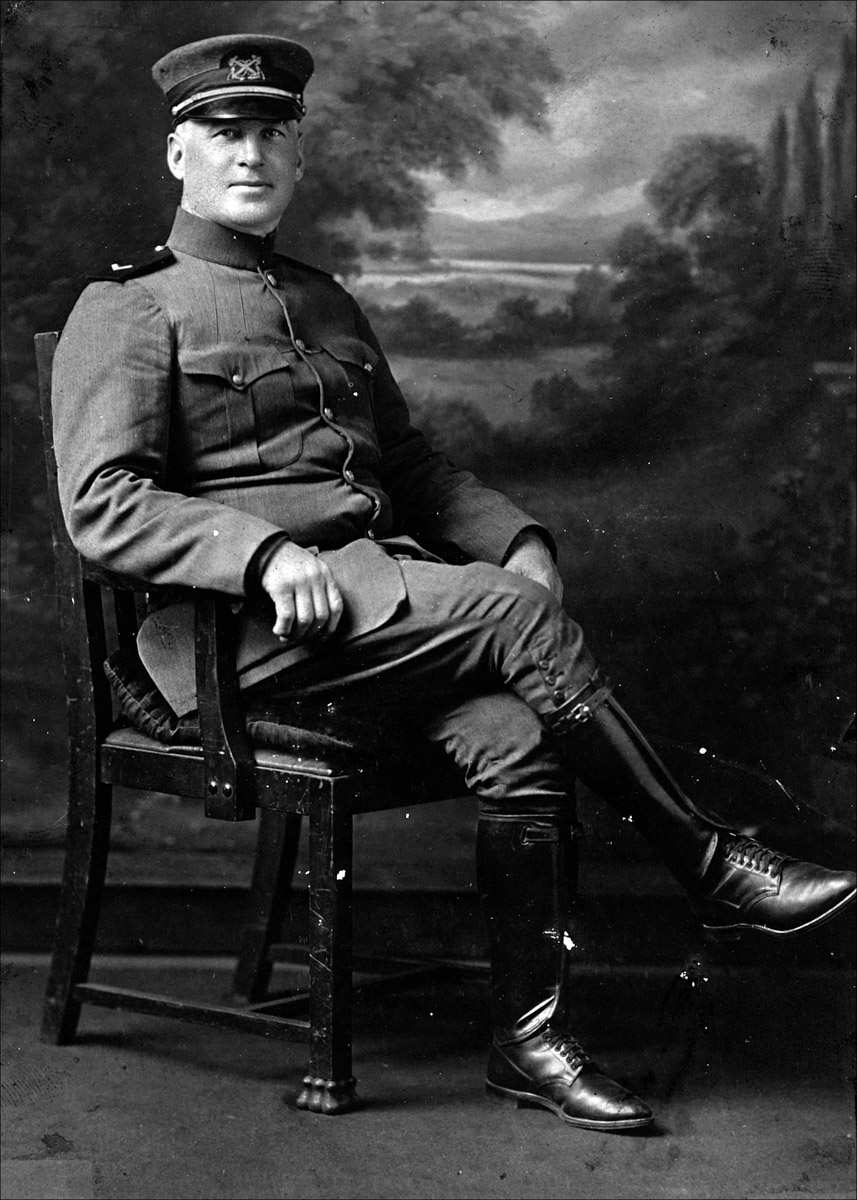
Shipfitter Patrick McGunigal, U.S. Navy, Medal of Honor Recipient
Shipfitter First Class Patrick McGunigal was awarded the Medal of Honor for his rescue of a kite balloon pilot in World War I.
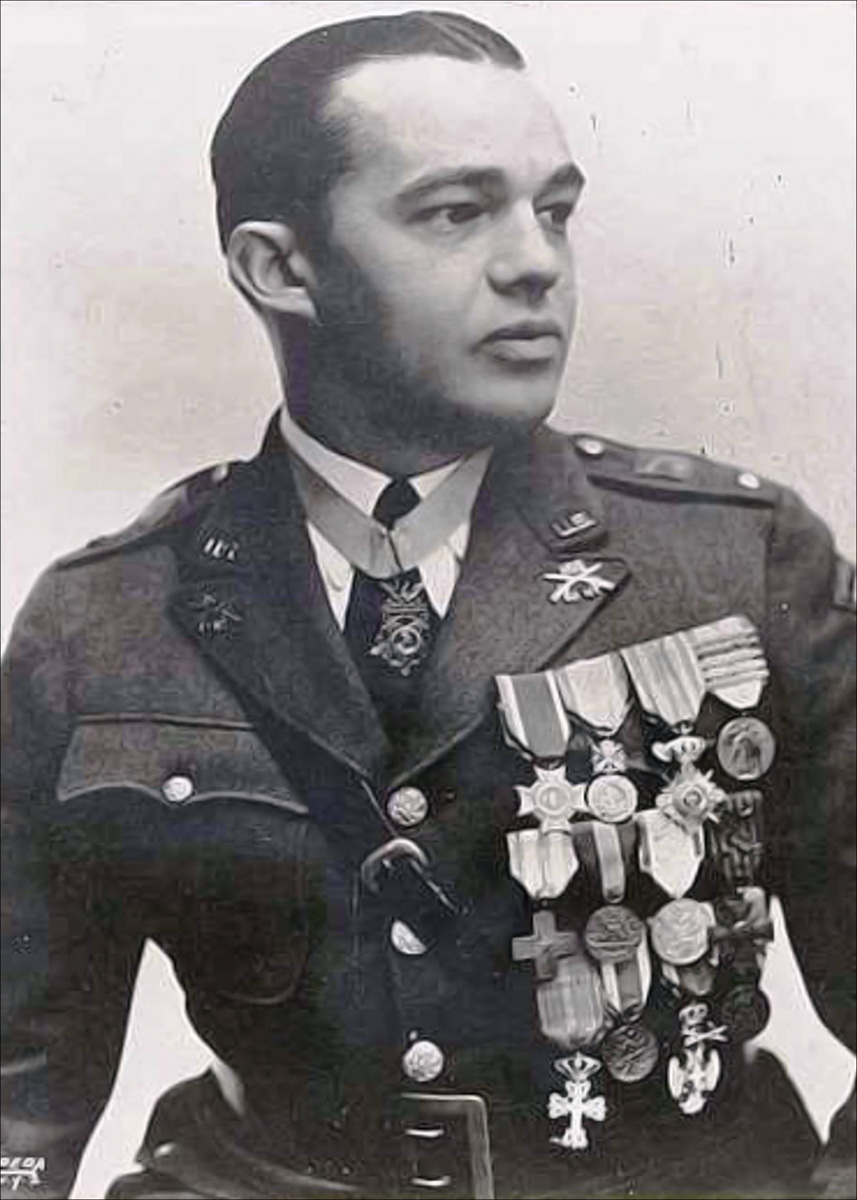
Sergeant Richard W. O'Neill, U.S. Army, Medal of Honor Recipient
Sergeant Richard O'Neill was awarded the Medal of Honor for his attack on a detachment of 25 enemy men.
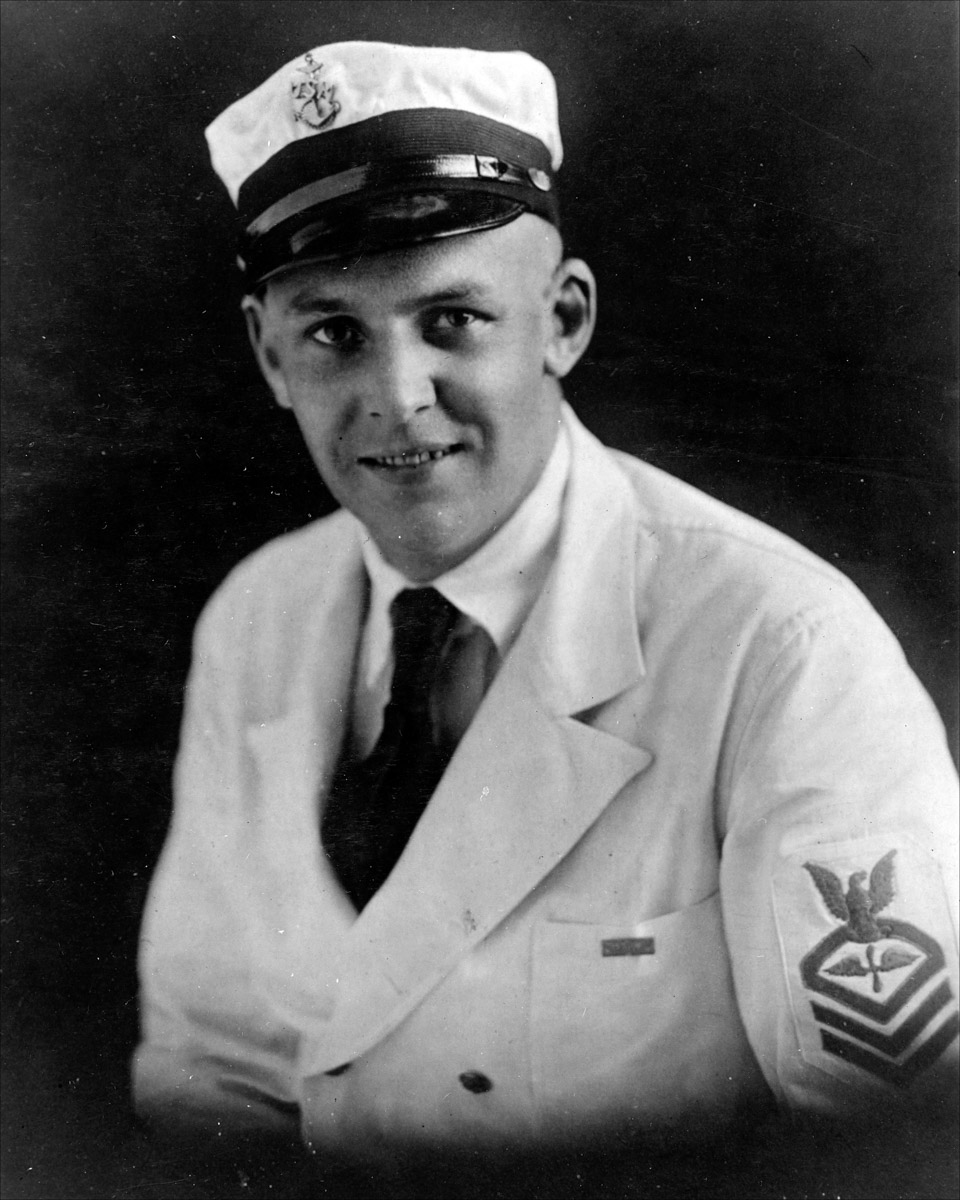
Chief Machinist's Mate Francis Edward Ormsbee, Jr., U.S. Navy, Medal of Honor Recipient
Chief Machinist's Mate Francis Edward Ormsbee was awarded the Medal of Honor for his rescue attempt of the crew of a plane.
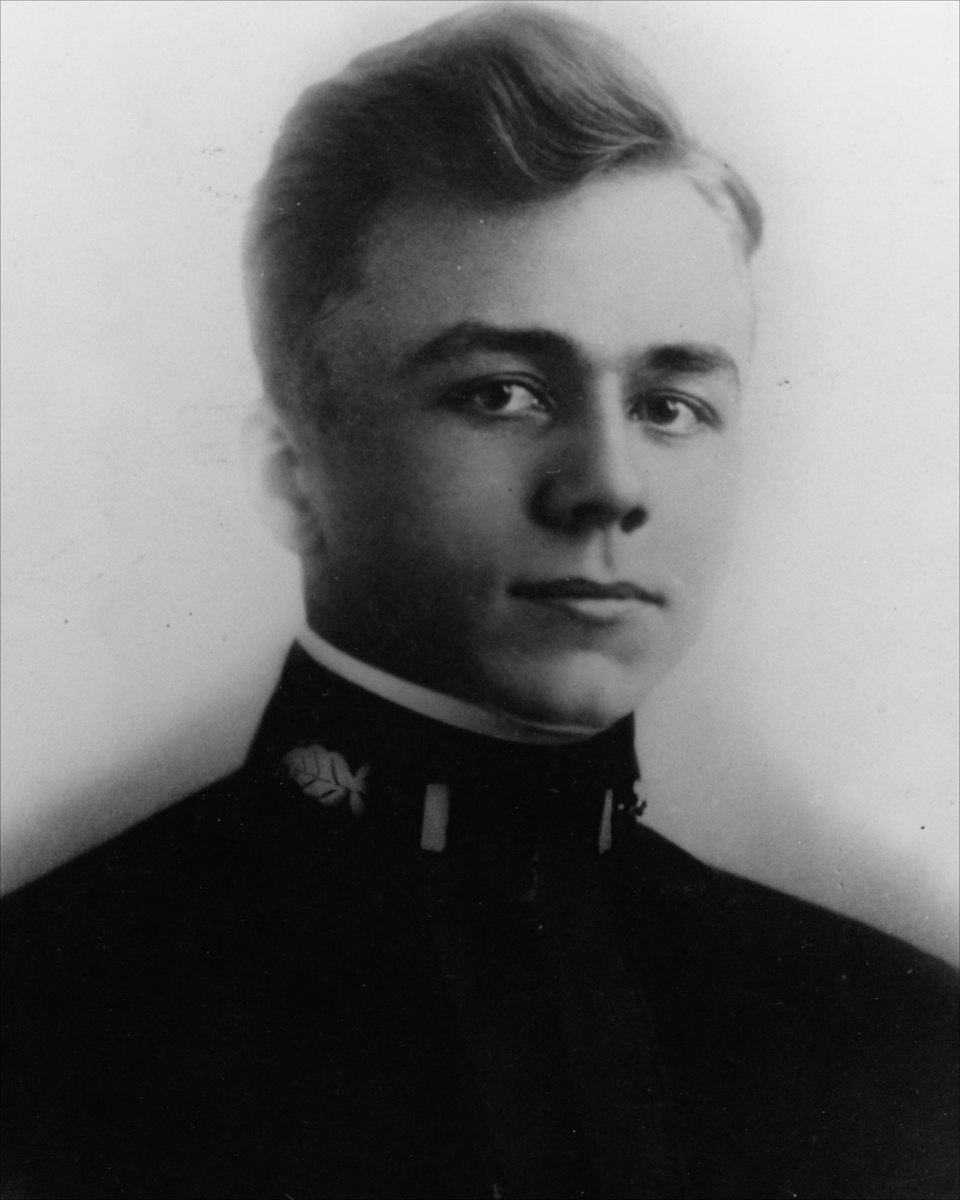
Lieutenant Junior Grade Weedon E. Osborne, U.S. Navy, Medal of Honor Recipient
Lieutenant Junior Grade Weedon Osborne was awarded the Medal of Honor for his efforts to rescue the wounded at Belleau Wood.
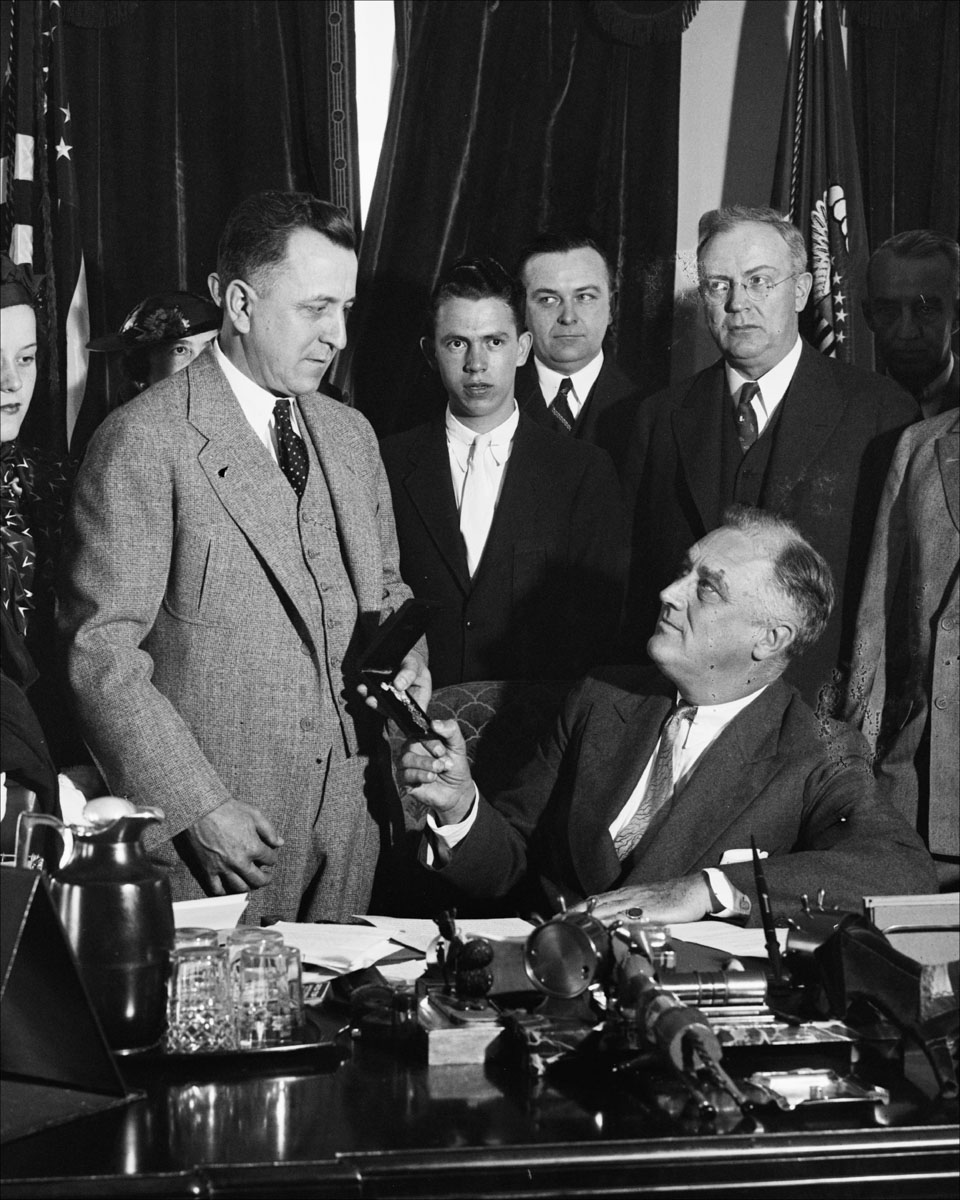
Second Lieutenant Samuel Parker, U.S. Army, Medal of Honor Recipient
2LT Samuel Parker was awarded the Medal of Honor for leading his command to victory despite being severely wounded.
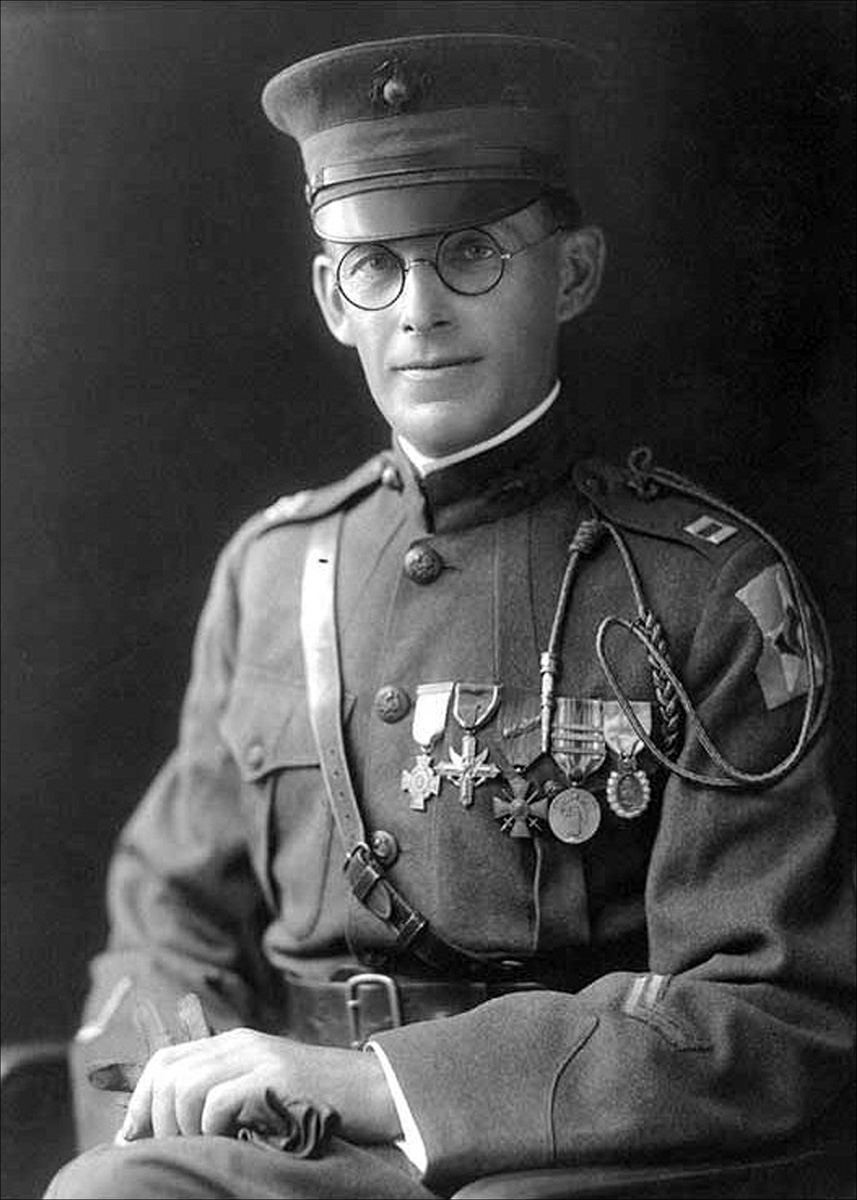
Lieutenant Orlando Henderson Petty, U.S. Navy, Medal of Honor Recipient
Lieutenant Orlando Henderson Petty received the Medal of Honor for evacuating wounded soldiers during the attack in the Boise de Belleau while under heavy fire and at great personal risk to himself.
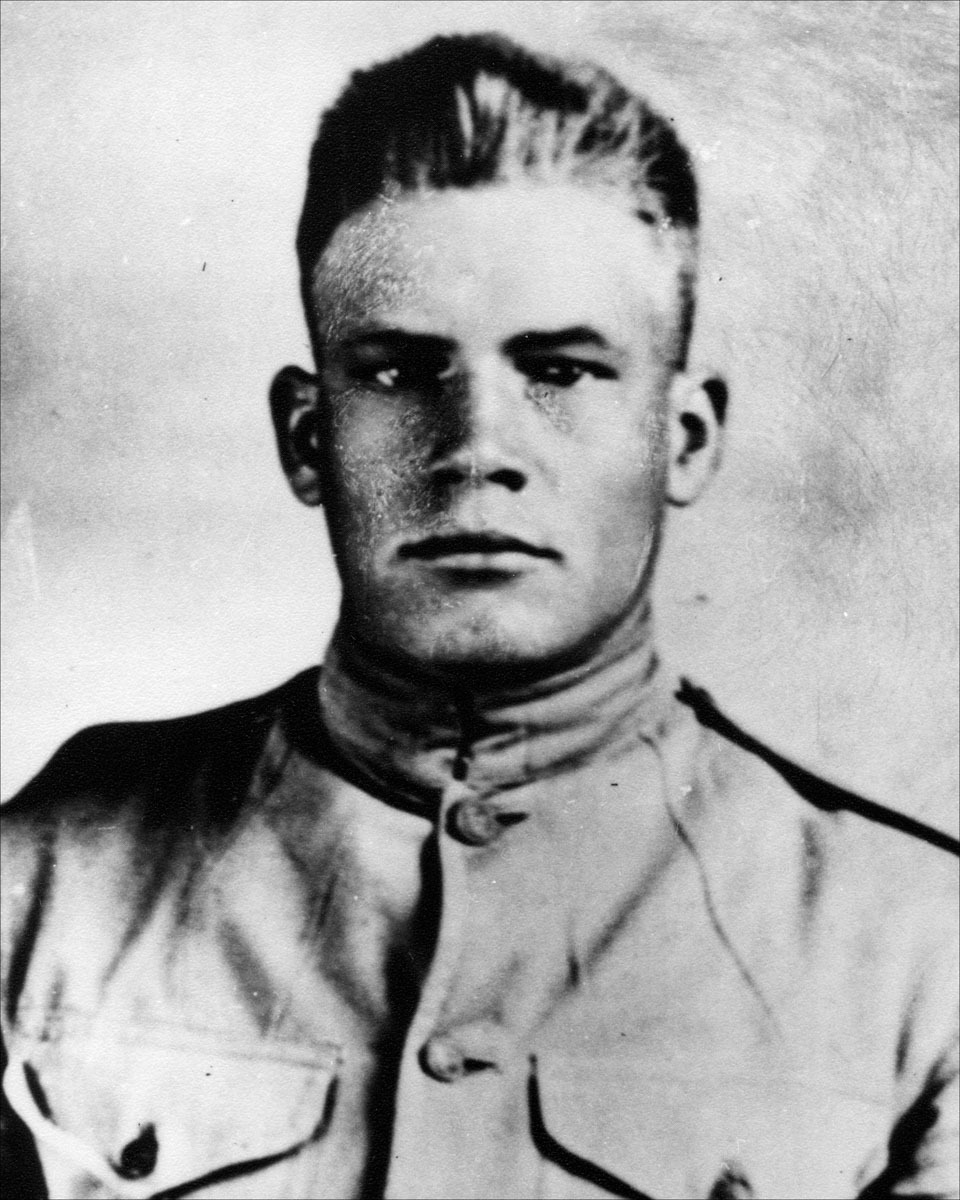
Corporal John Henry Pruitt, U.S. Marine Corps, Medal of Honor Recipient
Corporal Pruitt received the Medal of Honor for single-handedly attacking 2 machineguns and rescuing 40 prisoners at Blanc Mont Ridge.
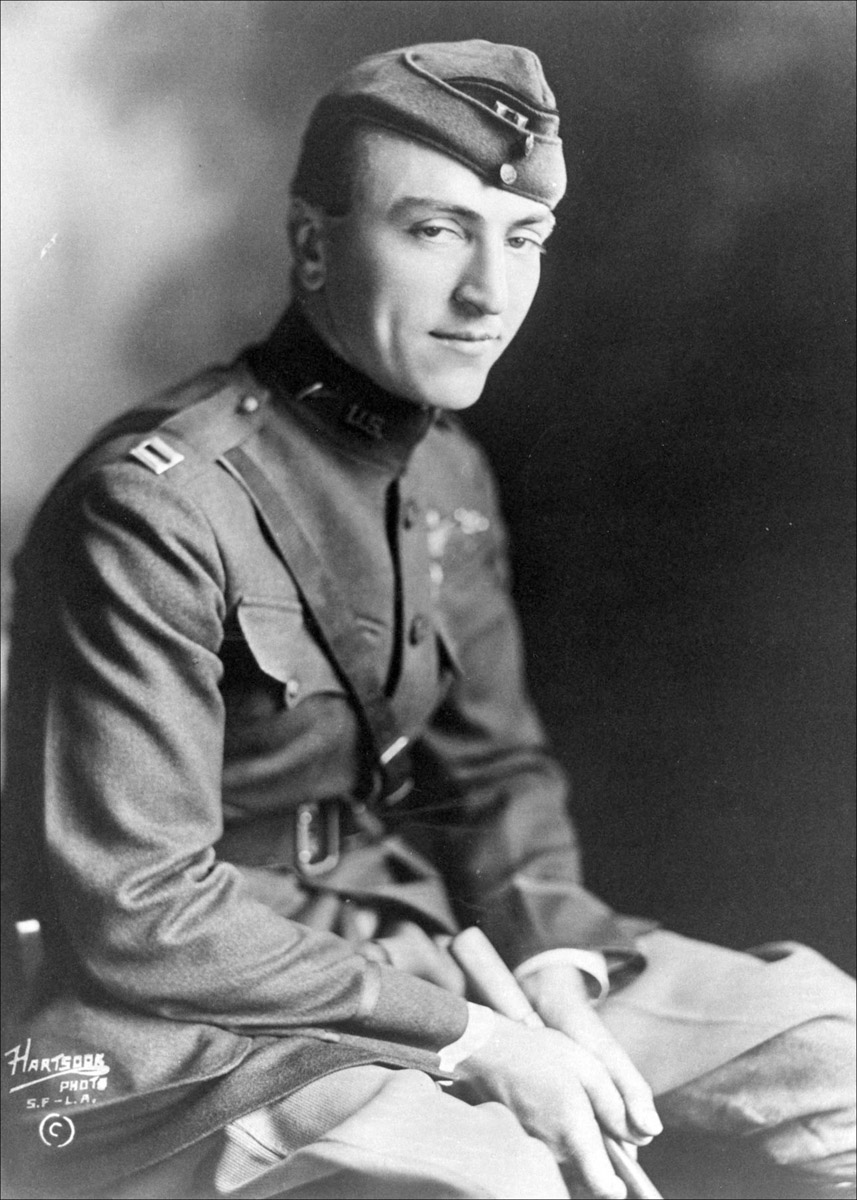
First Lieutenant Edward V. Rickenbacker, U.S. Army, Medal of Honor Recipient
First Lieutenant Edward Rickenbacker was awarded the Medal of Honor for attacking enemy planes.
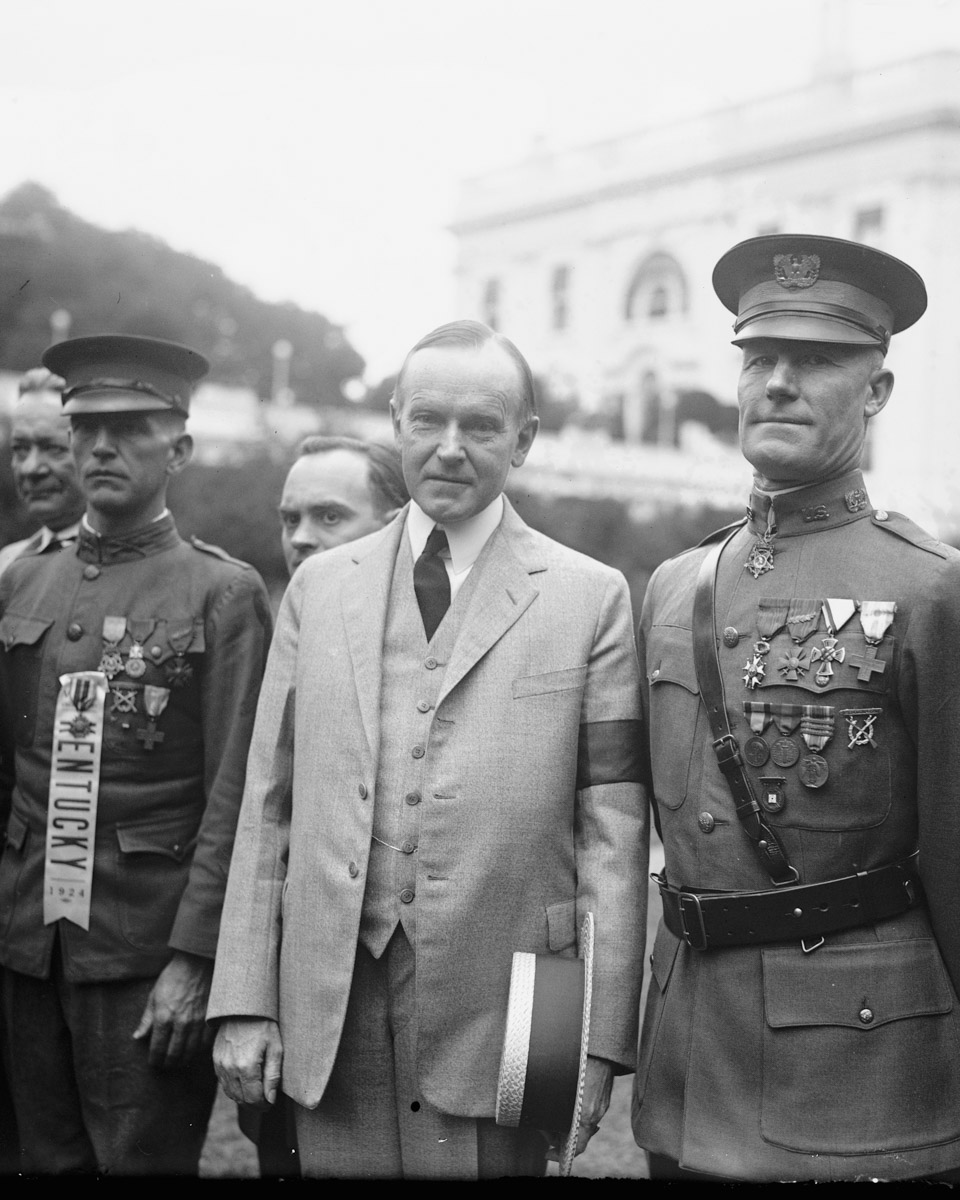
Sergeant Willie Sandlin, U.S. Army, Medal of Honor Recipient
Sergeant Wilie Sandlin was awarded the Medal of Honor advancing alone and securing an enemy machinegun nest.
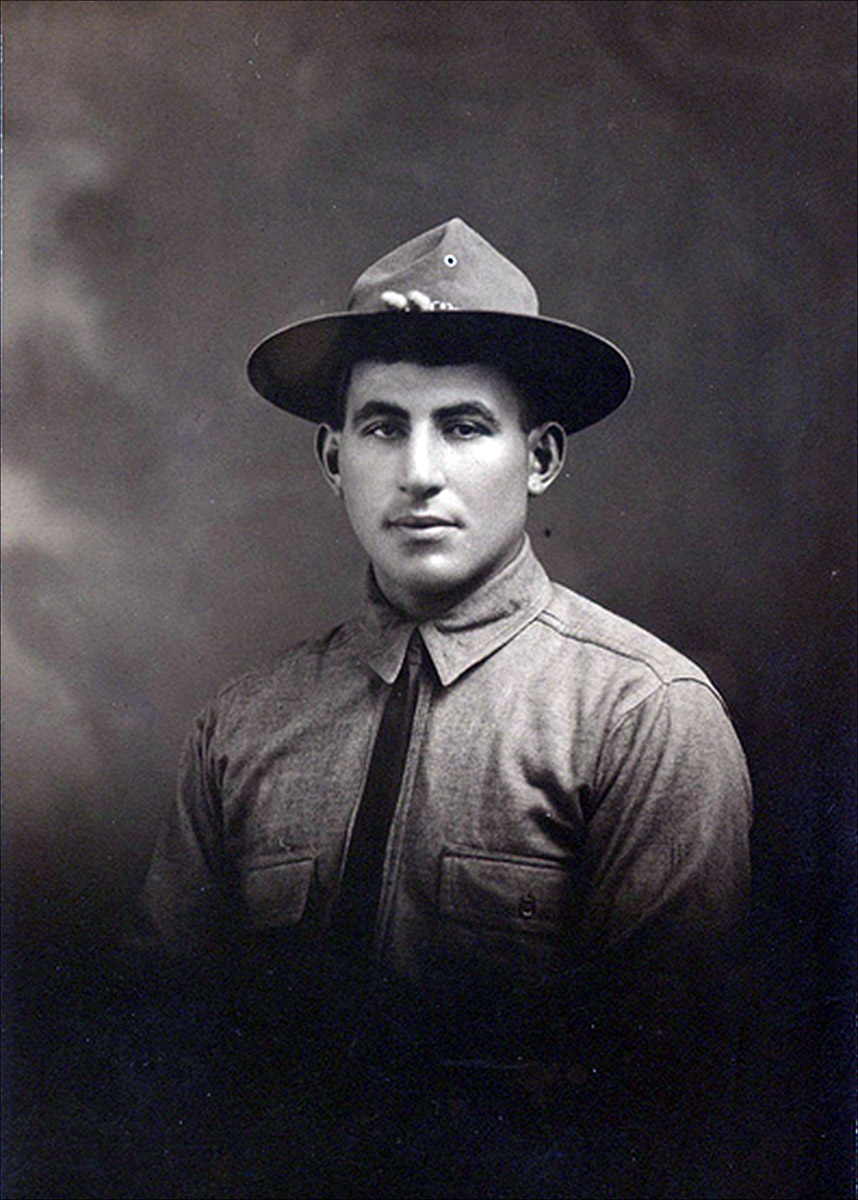
Sergeant William Shemin, U.S. Army, Medal of Honor Recipient
Sergeant William Shemin was awarded the Medal of Honor for repeatedly exposing himself to enemy fire to rescue the wounded.
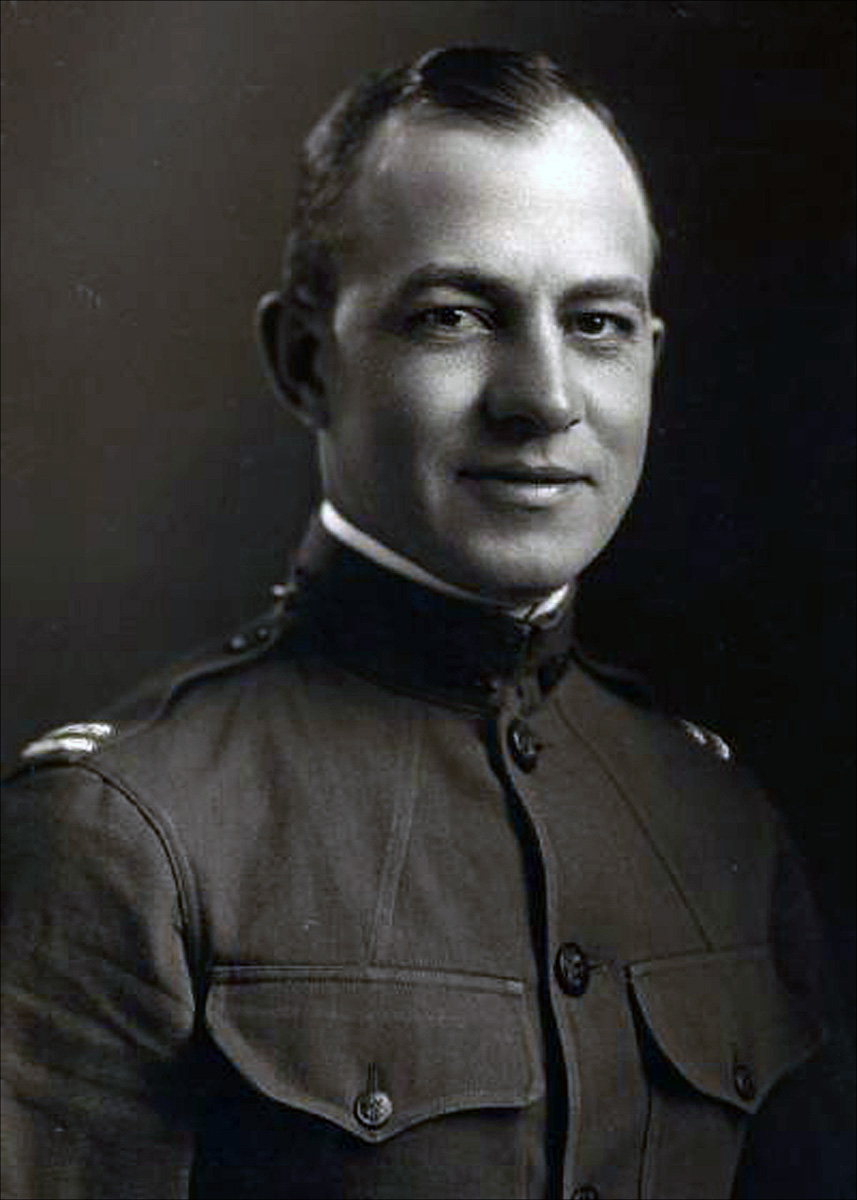
Captain Alexander R. Skinker, U.S. Army, Medal of Honor Recipient
Captain Alexander Skinner was awarded the Medal of Honor for personally leading an attack on an enemy machinegun.
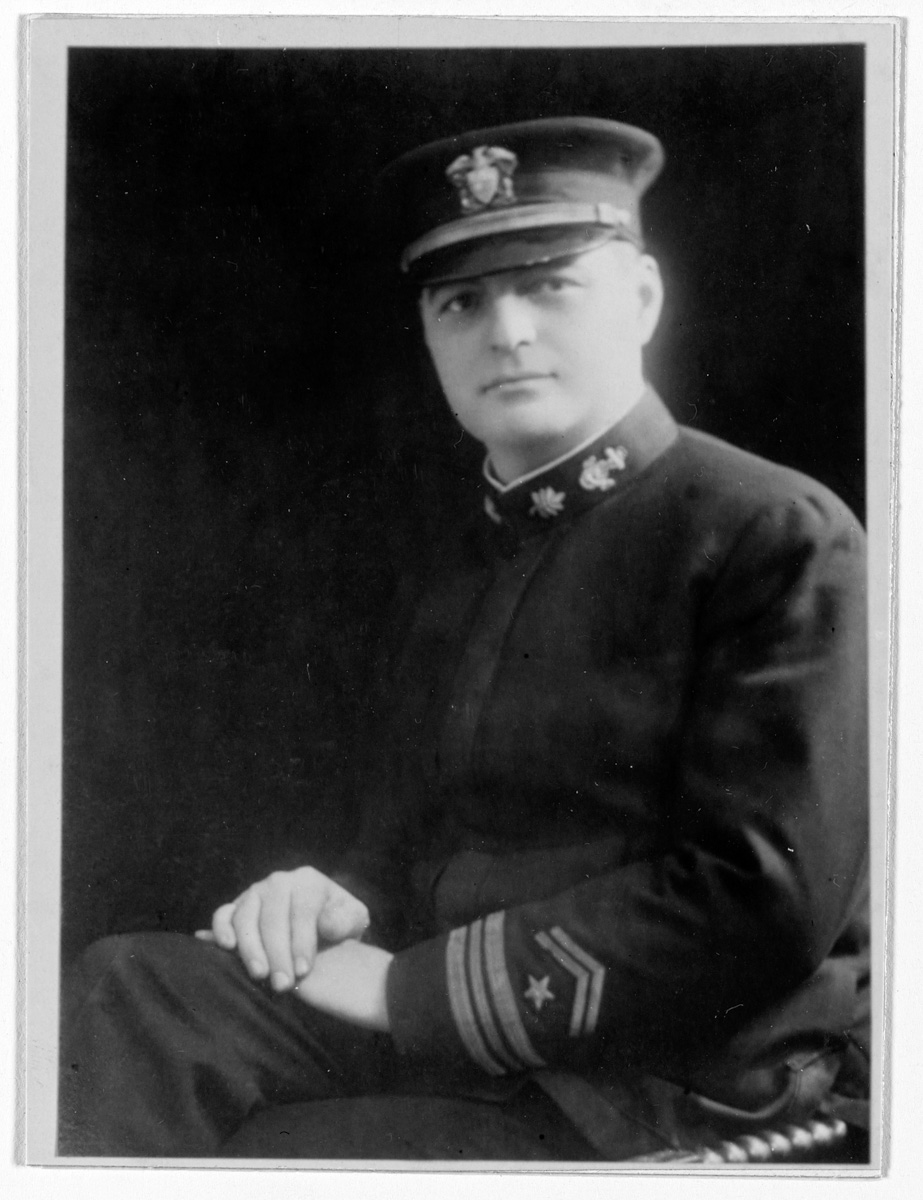
Ensign Daniel A.J. Sullivan, U.S. Naval Reserve Force, Medal of Honor Recipient
Ensign Daniel Sullivan was awarded the Medal of Honor for saving the lives on board USS Christabel.
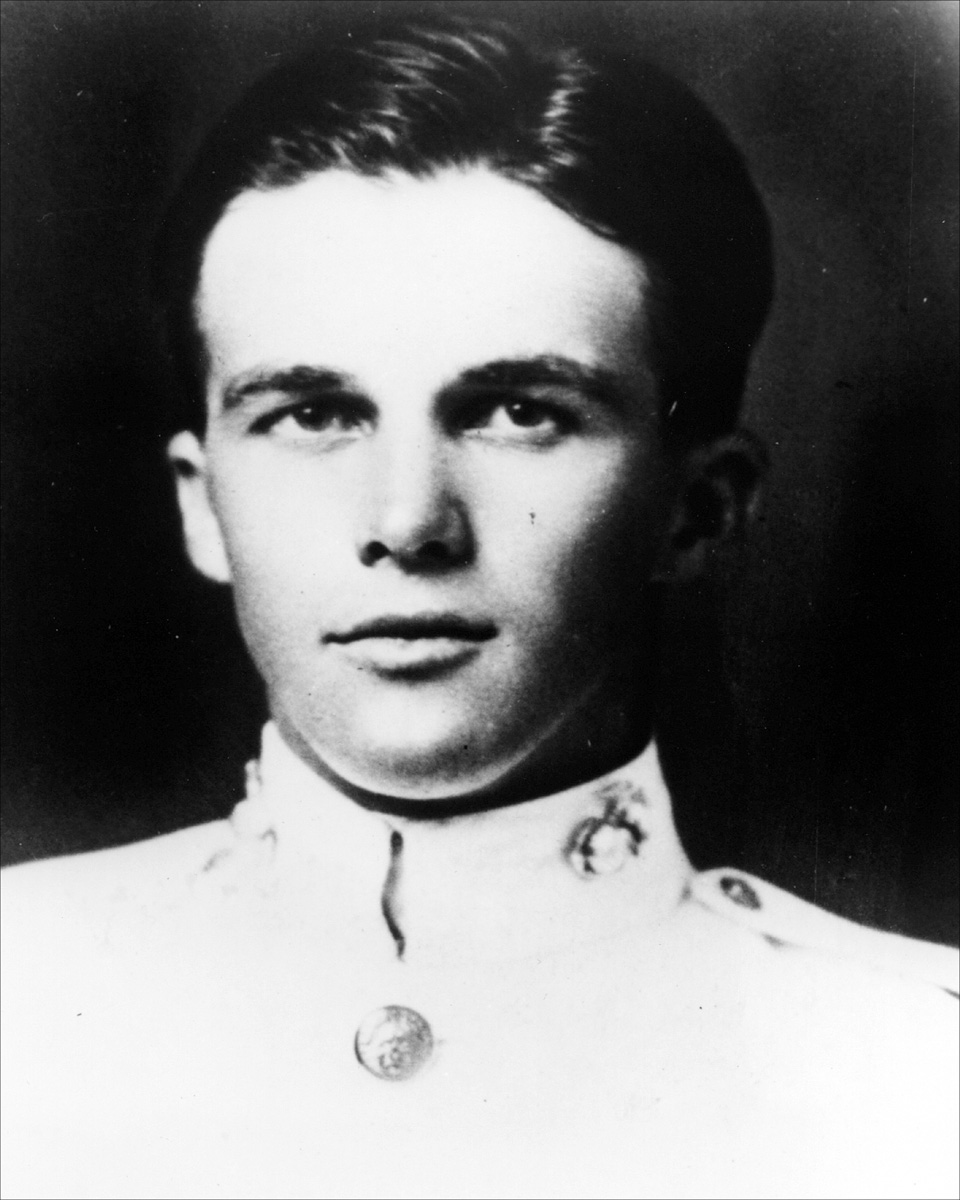
Second Lieutenant Ralph Talbot, U. S. Marine Corps, Medal of Honor Recipient
Second Lieutenant Ralph Talbot was awarded the Medal of Honor air raids into enemy territory.
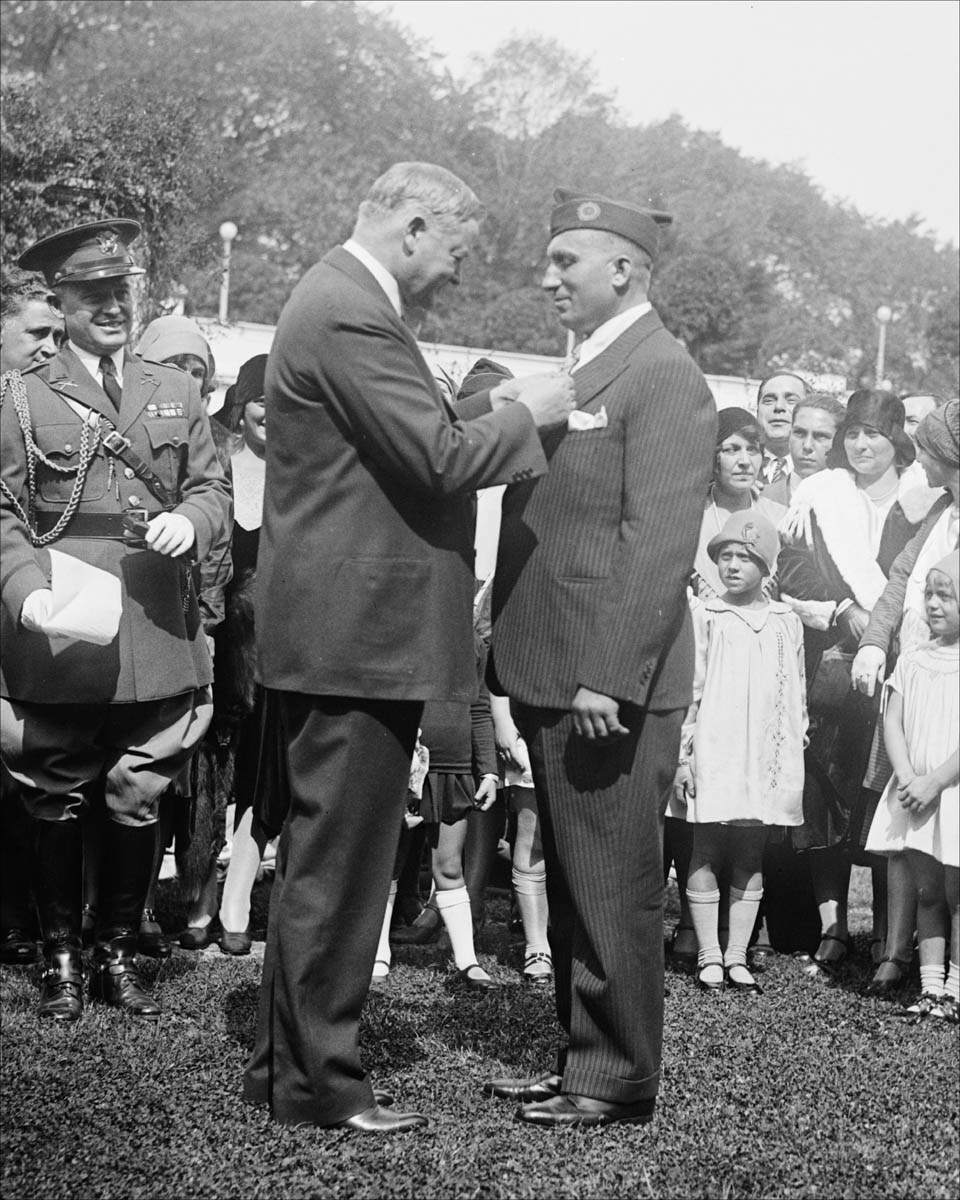
Private Michael Valente, U.S. Army, Medal of Honor Recipient
Private Michael Valente was awarded the Medal of Honor for his actions to disable multiple machineguns and capture enemy soldiers.
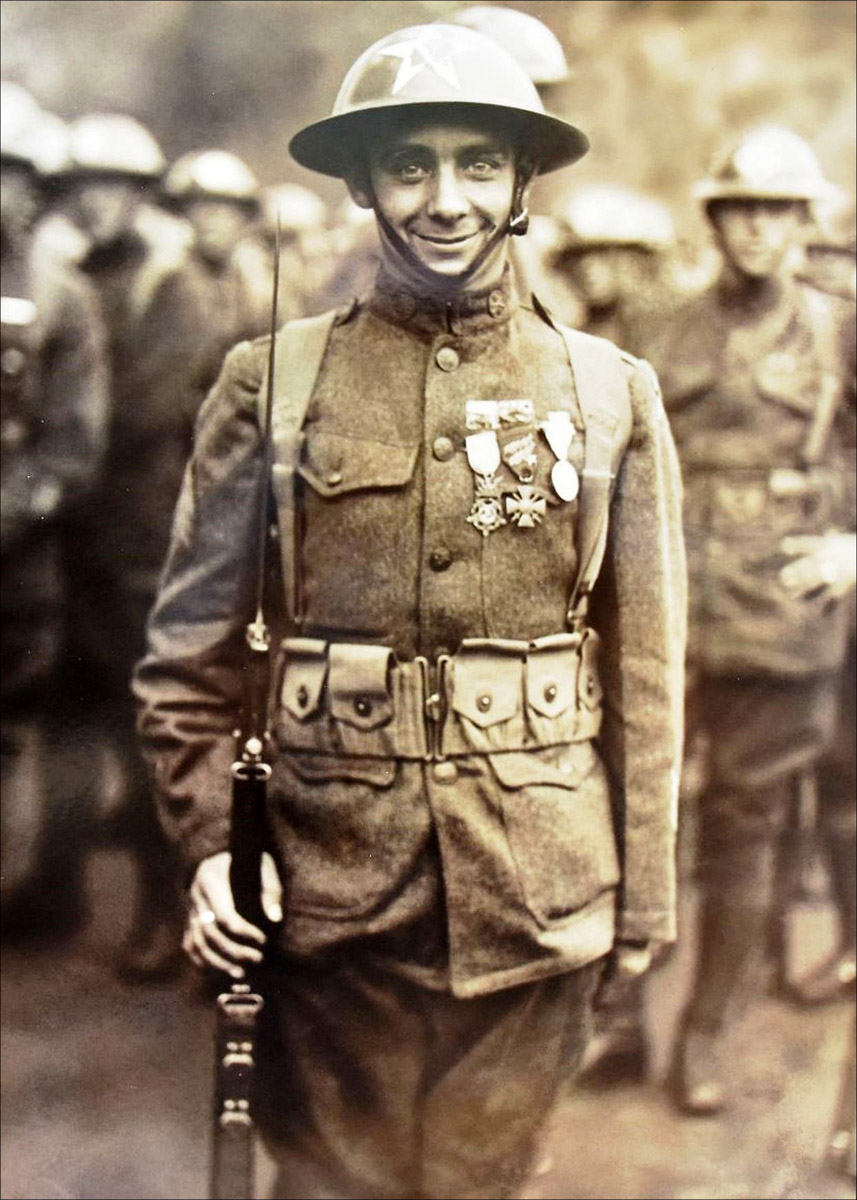
Sergeant Ludovicus M. M. Van Iersel, U.S. Army, Medal of Honor Recipient
Sergeant Ludovicus M.M. Van Iersel was awarded the Medal of Honor for his reconnaissance mission.
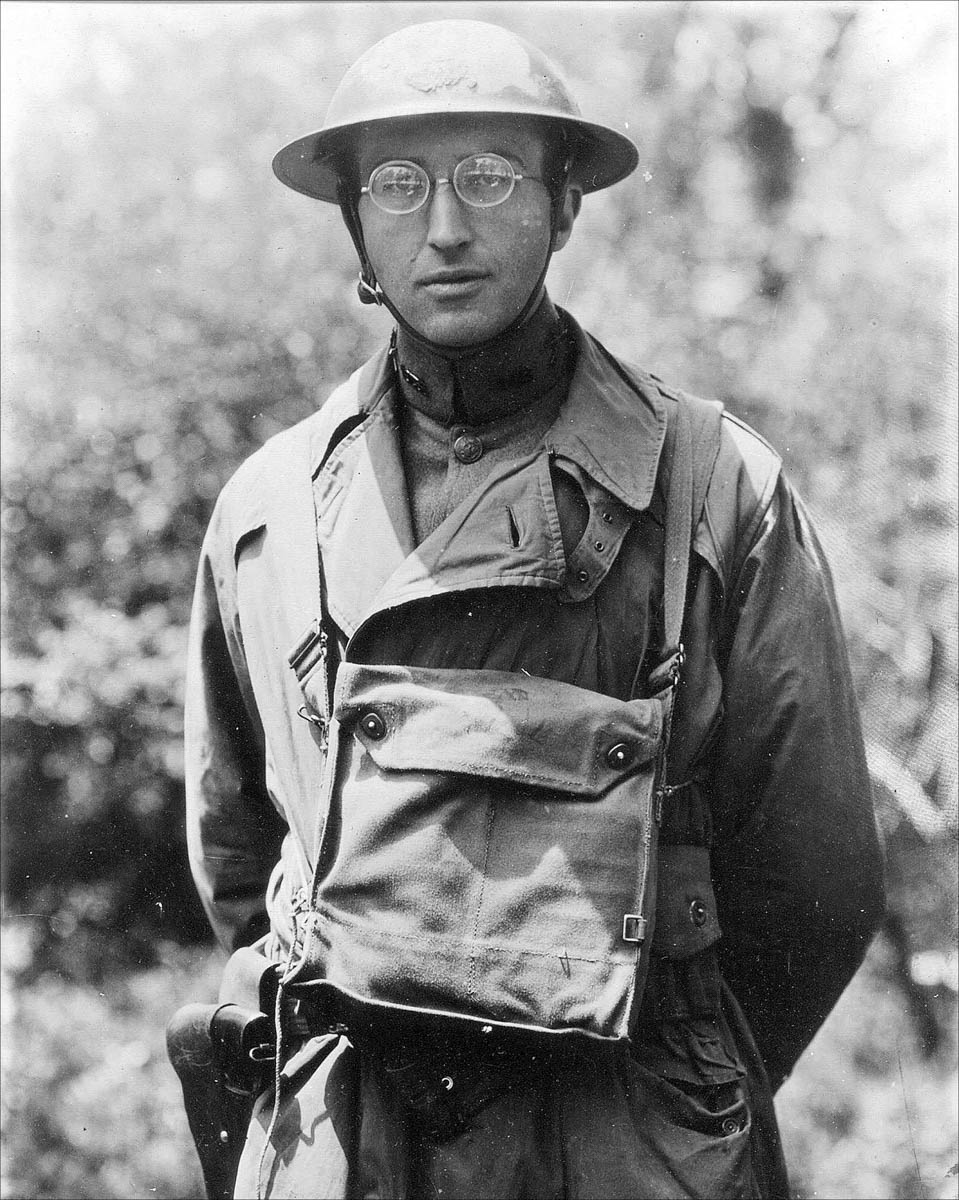
Major Charles Whittlesey, U.S. Army, Medal of Honor Recipient
Major Charles Whittlesey was awarded the Medal of Honor for his actions maintaining his division's position surrounded by the enemy.

First Lieutenant Samuel Woodfill, U.S. Army, Medal of Honor Recipient
First Lieutenant Samuel Woodfill was awarded the Medal of Honor for his actions to secure multiple machinegun nests from the enemy.
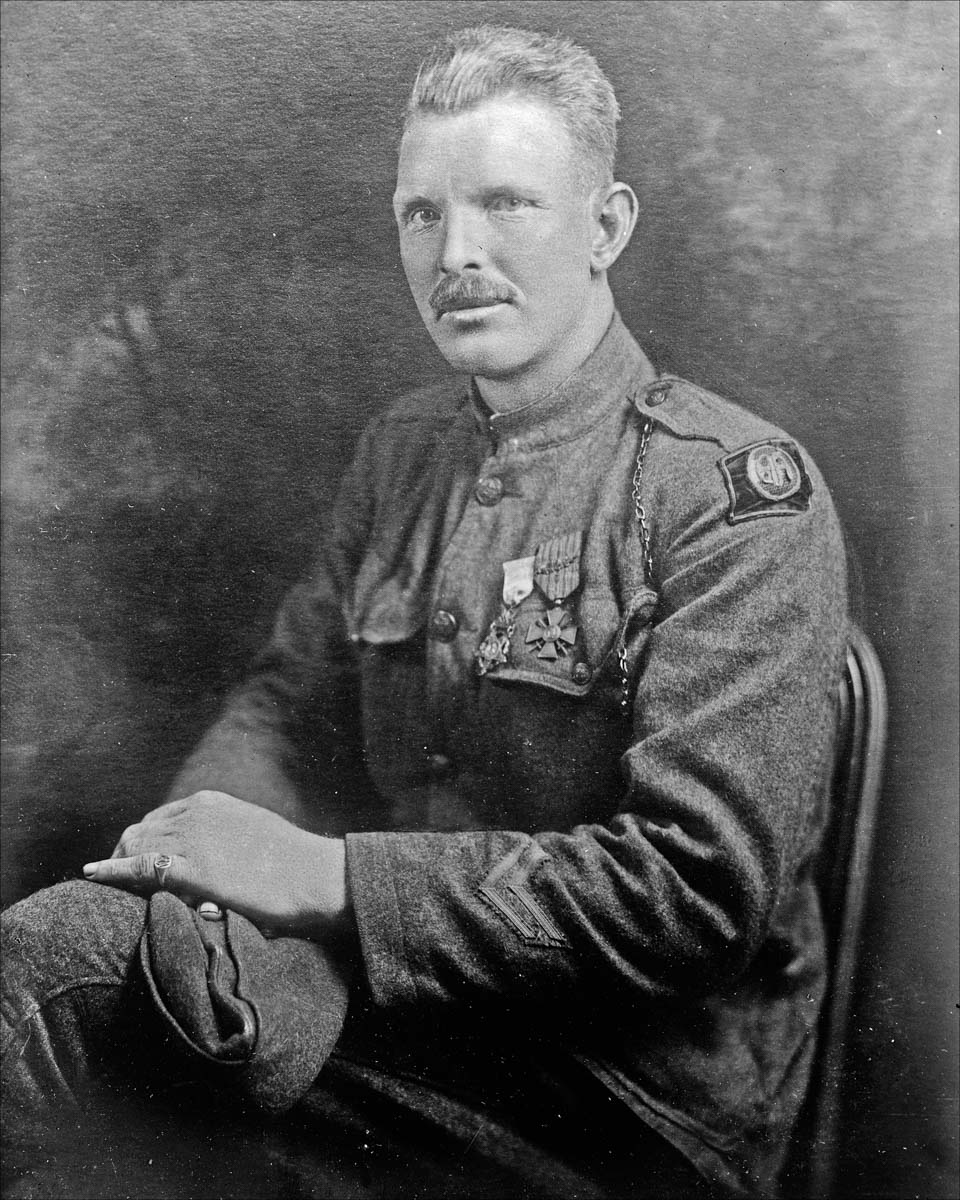
Corporal Alvin York, U.S. Army, Medal of Honor Recipient
Corporal Alvin York was awarded the Medal of Honor for securing a machinegun nest under deadly fire.
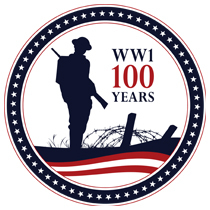
Thank you sponsors
Thank you to the sponsors of Lest We Forget: Sailors, Sammies, and Doughboys Over There in World War I
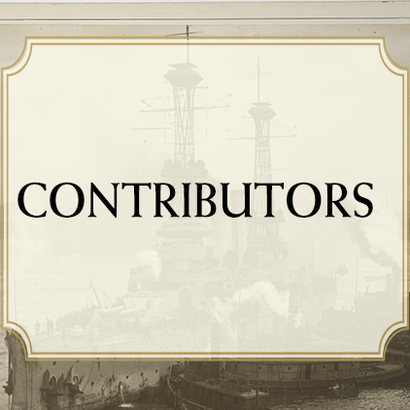
Contributors
Many individuals contributed to the opening of Lest We Forget: Sailors, Sammies and Doughboys Over There in World War I.
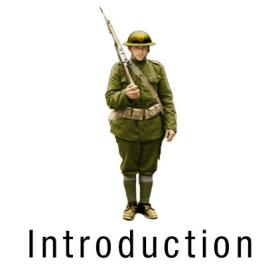
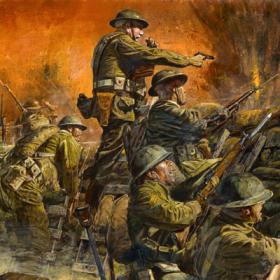
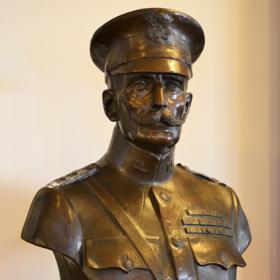
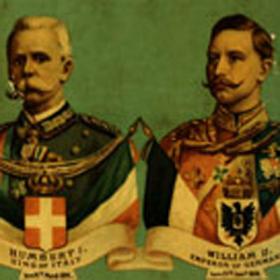
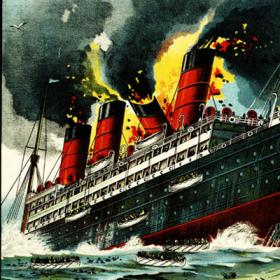

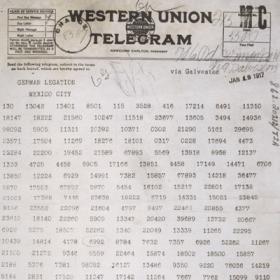
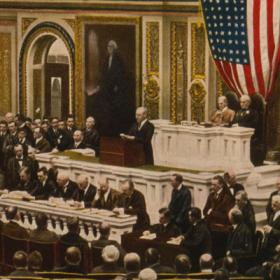
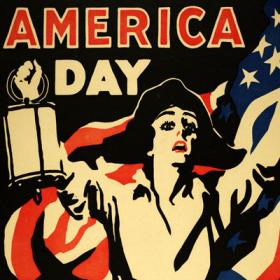
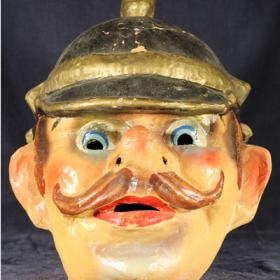

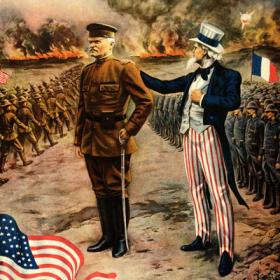
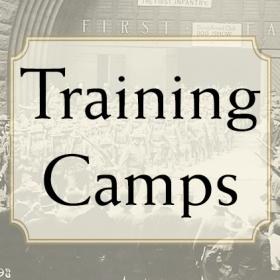
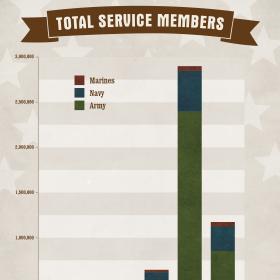
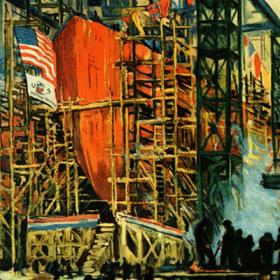
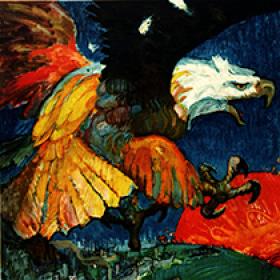
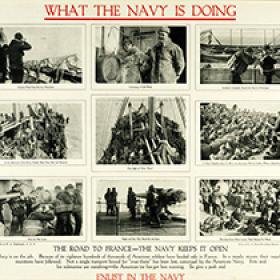
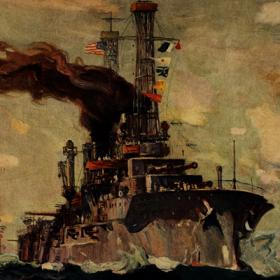
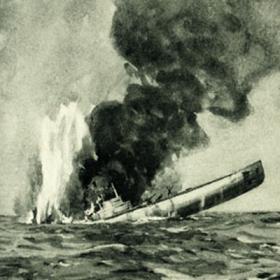
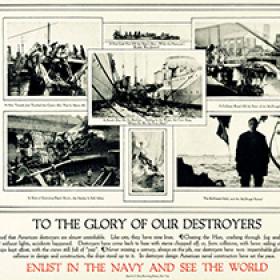
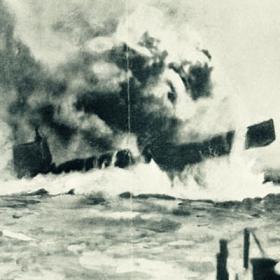

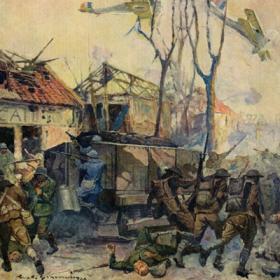
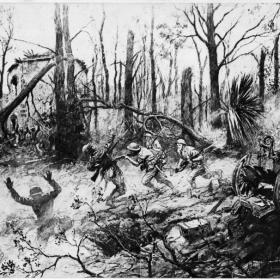
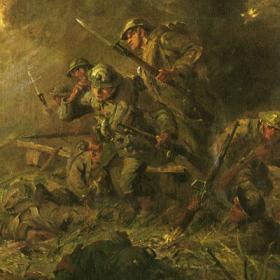
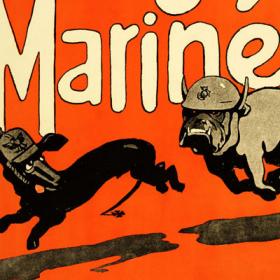
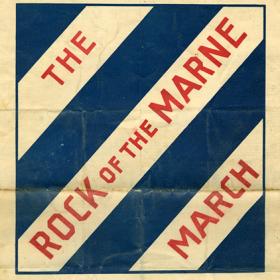
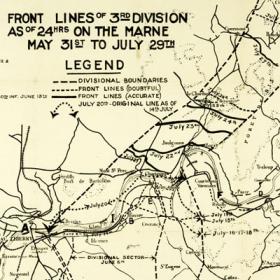
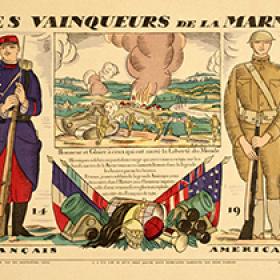
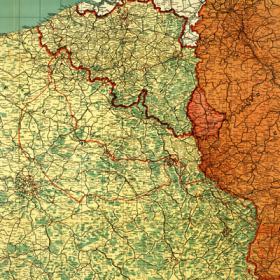
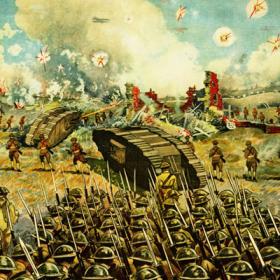
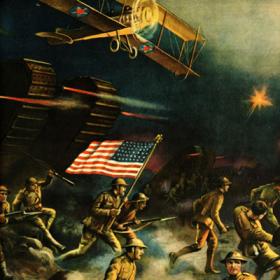
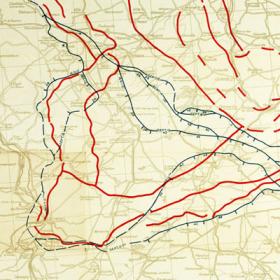
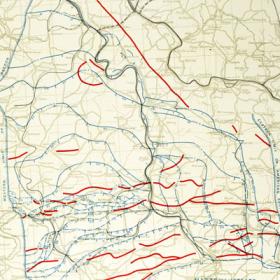
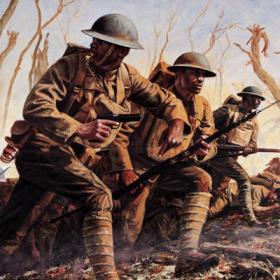
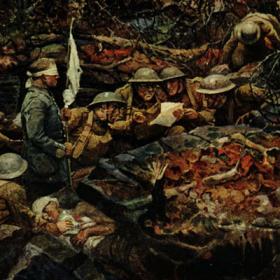
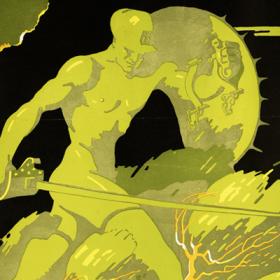
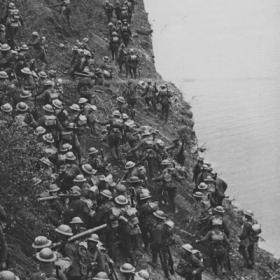
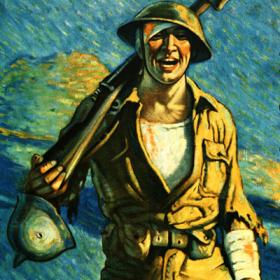
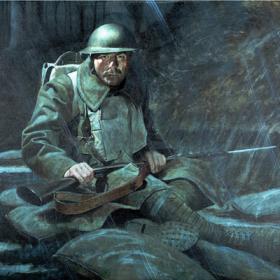
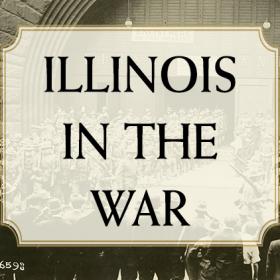
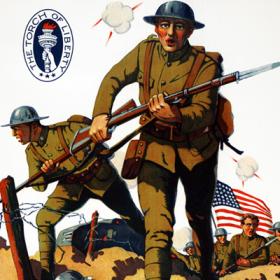
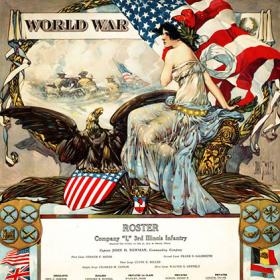
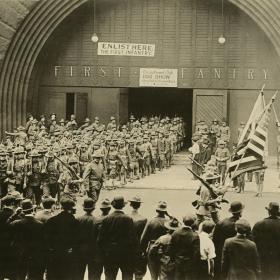
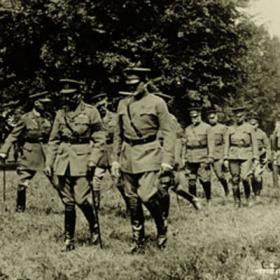
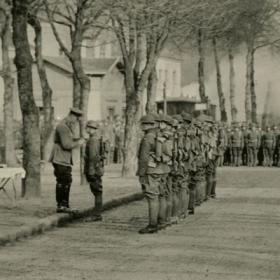
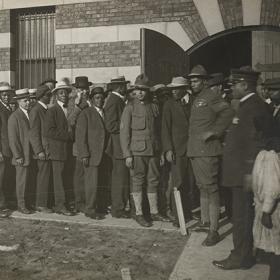
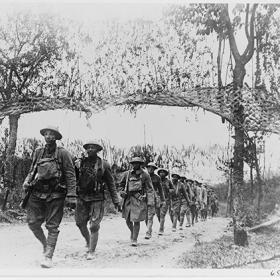
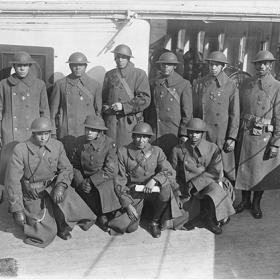
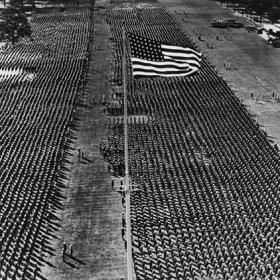
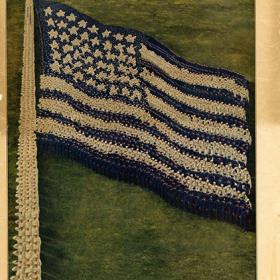
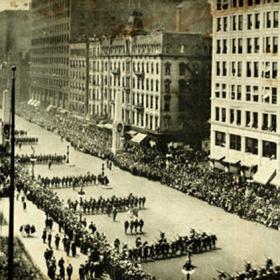

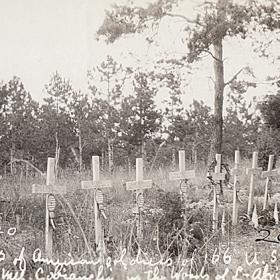
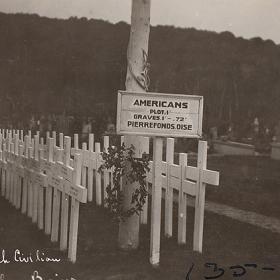
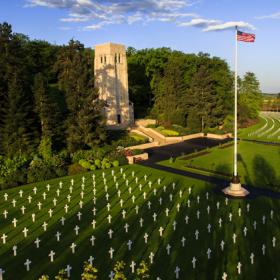
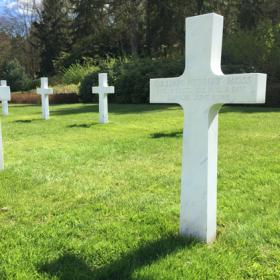
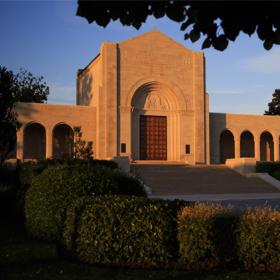
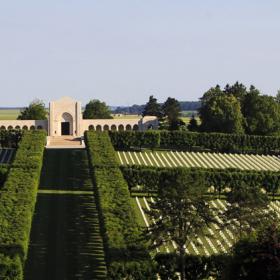
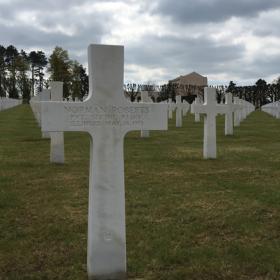
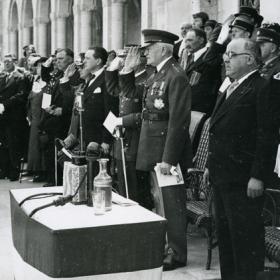
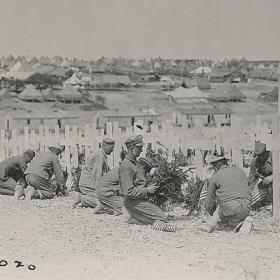
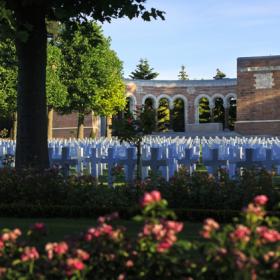
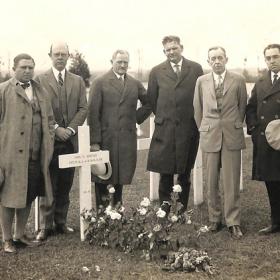
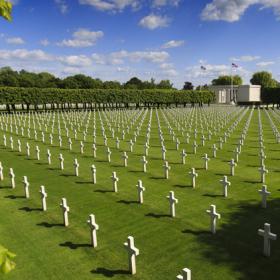
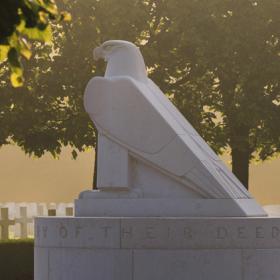
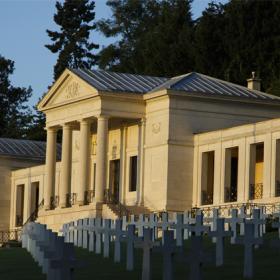
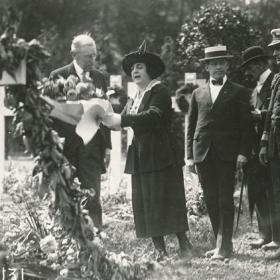
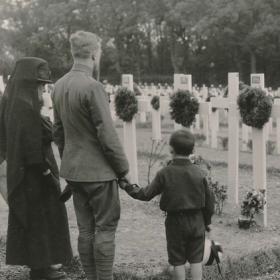

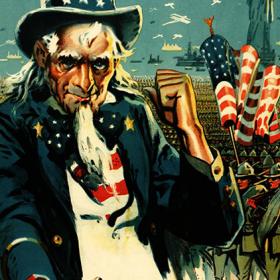

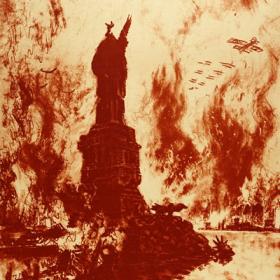
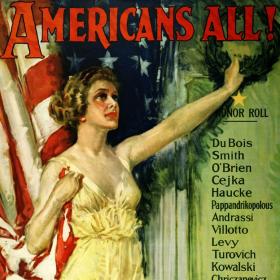

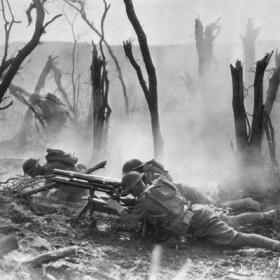
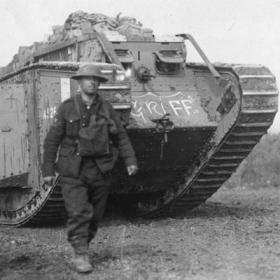
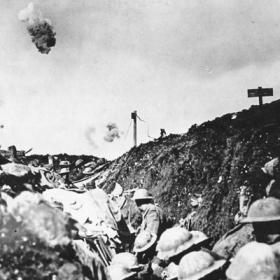
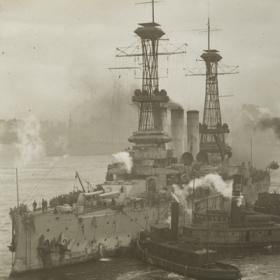
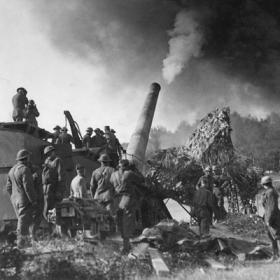
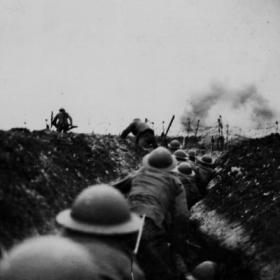
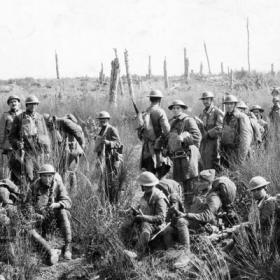
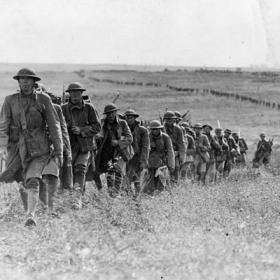

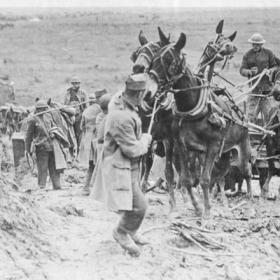
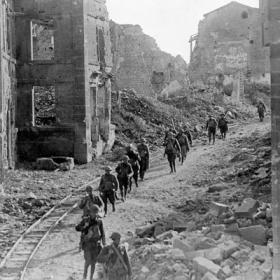
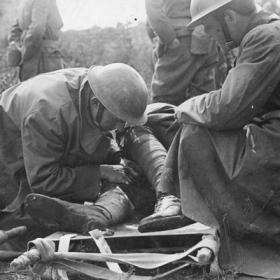
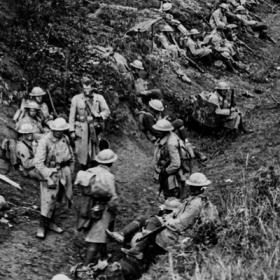
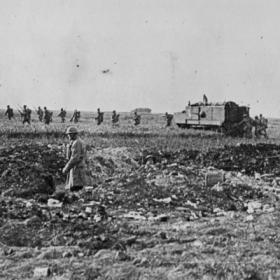
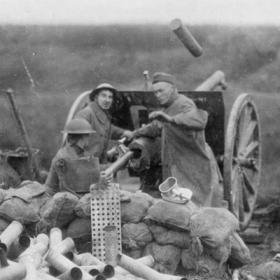
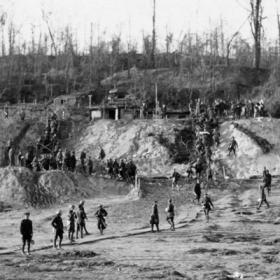

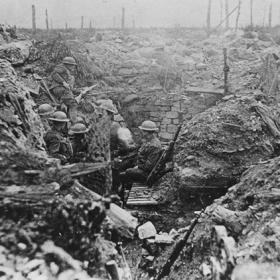
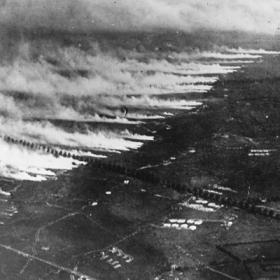
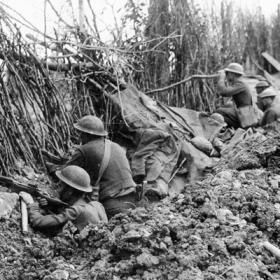
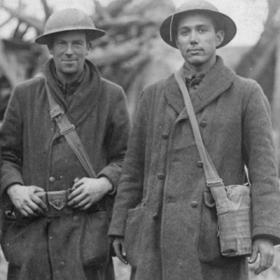
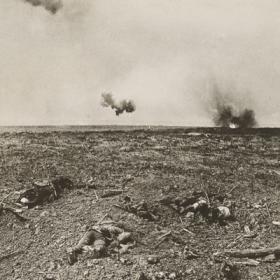
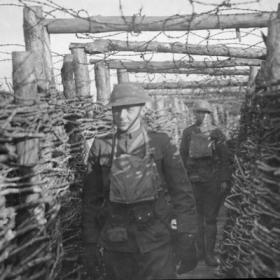
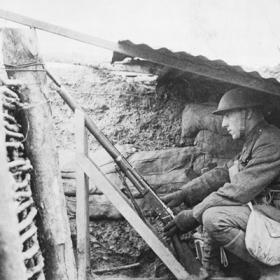
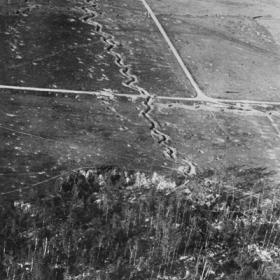
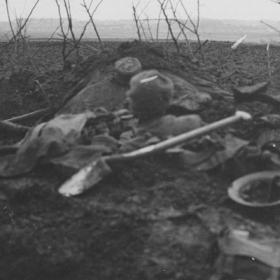
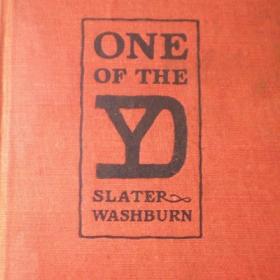
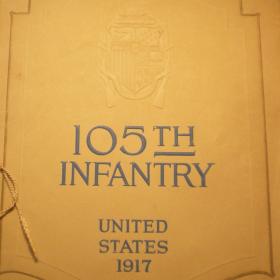
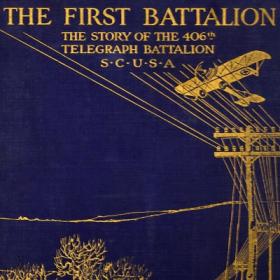
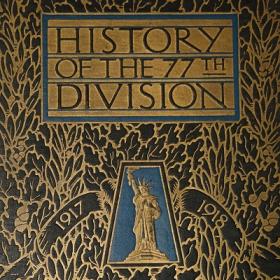
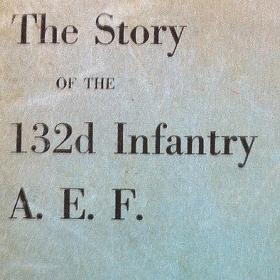
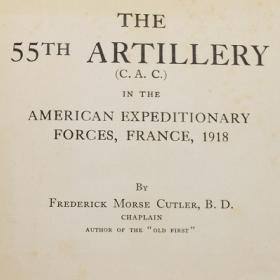
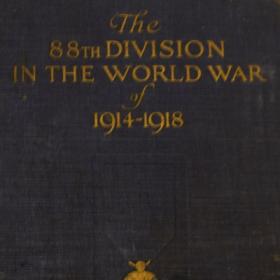
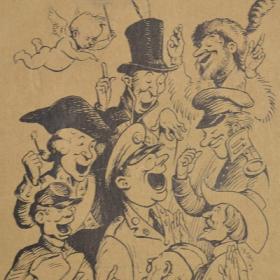
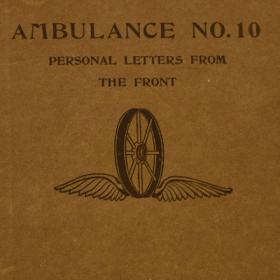
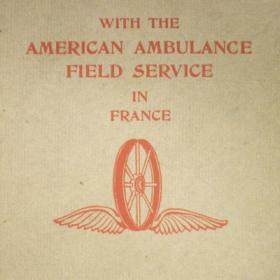
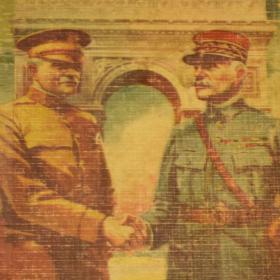
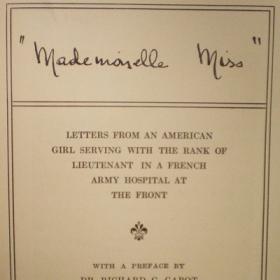
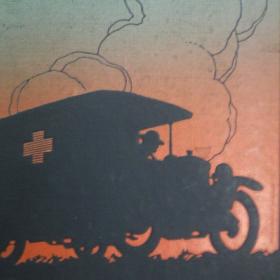
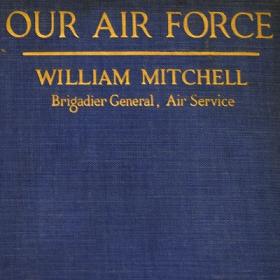
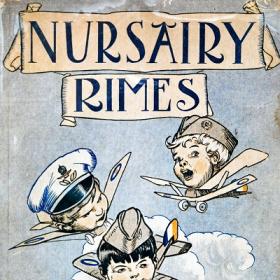
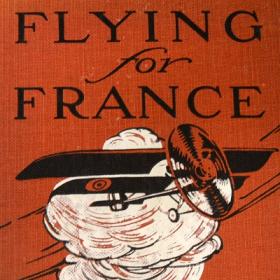
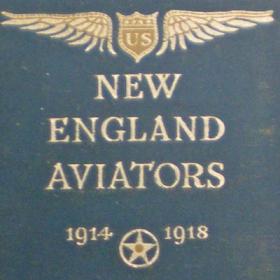
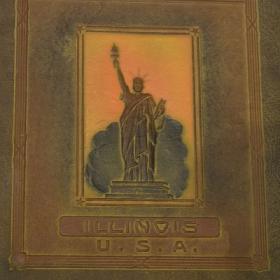
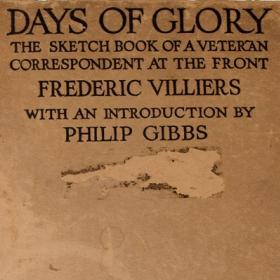
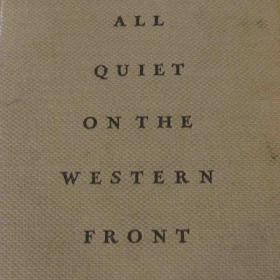
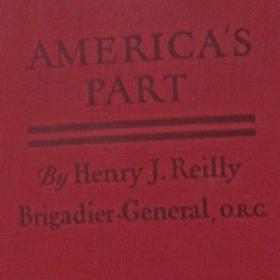
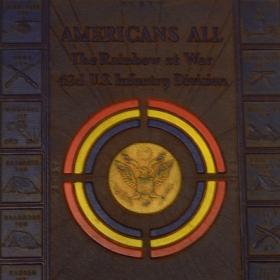
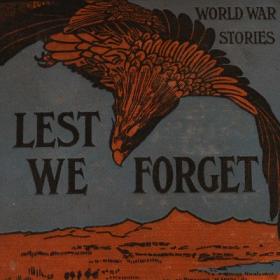
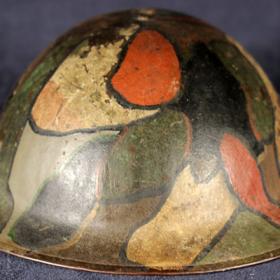
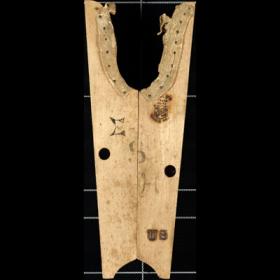
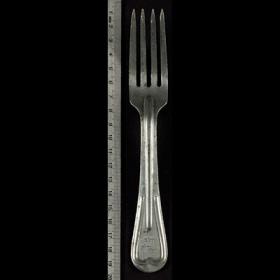
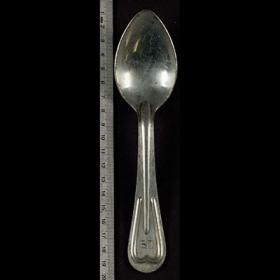
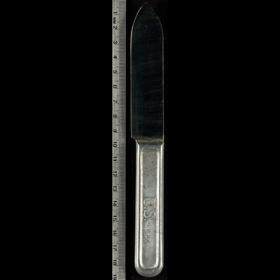
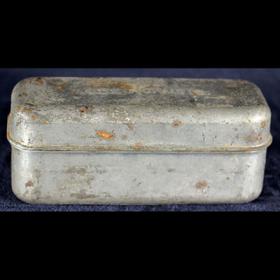
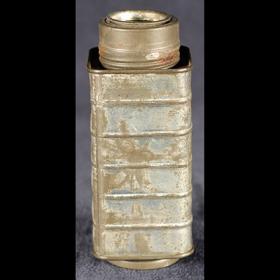

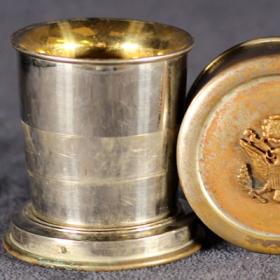
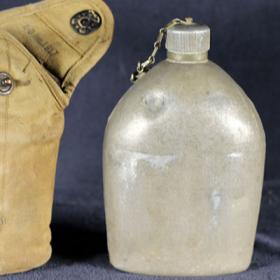
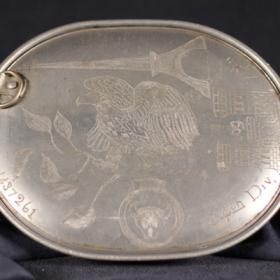
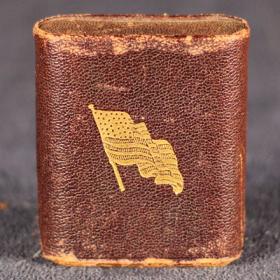
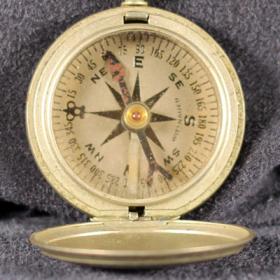
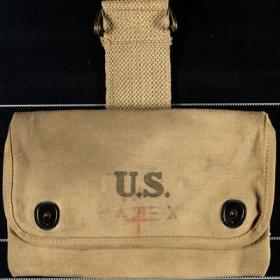
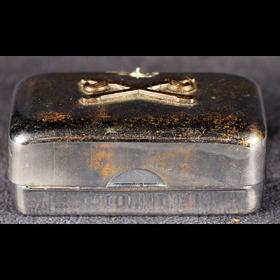
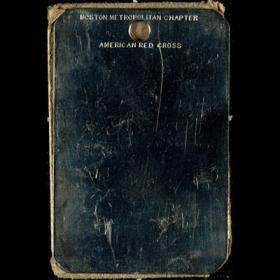
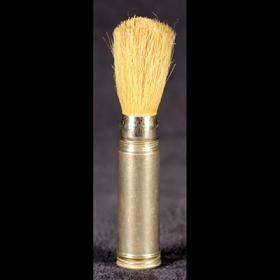

![United States Military Idenification Tag from World War I Era [Gruber, Benjamin]](/sites/default/files/styles/exhibit_thumbnail/public/c5/851060_400.jpg?itok=i3aKnQb4)

